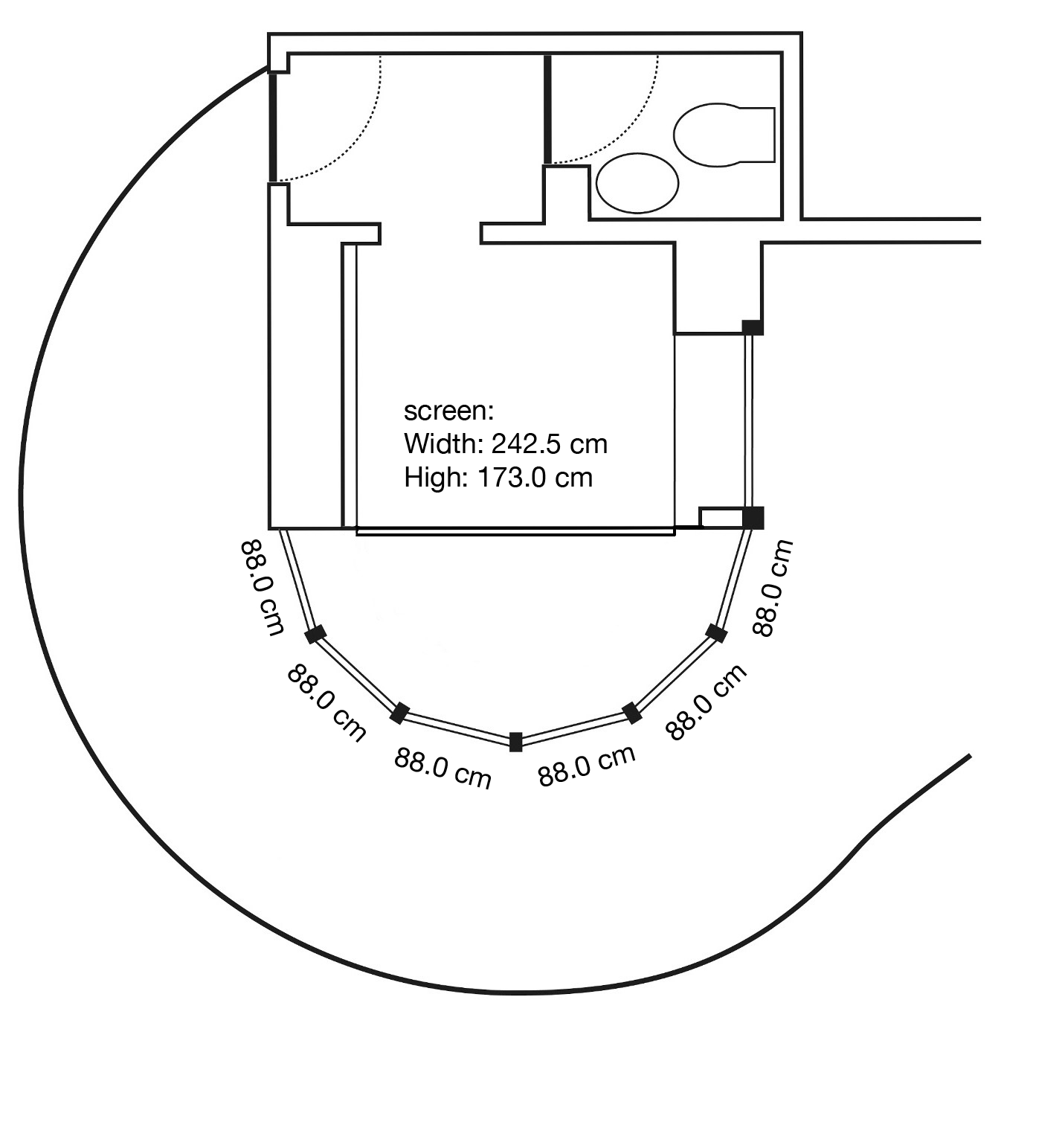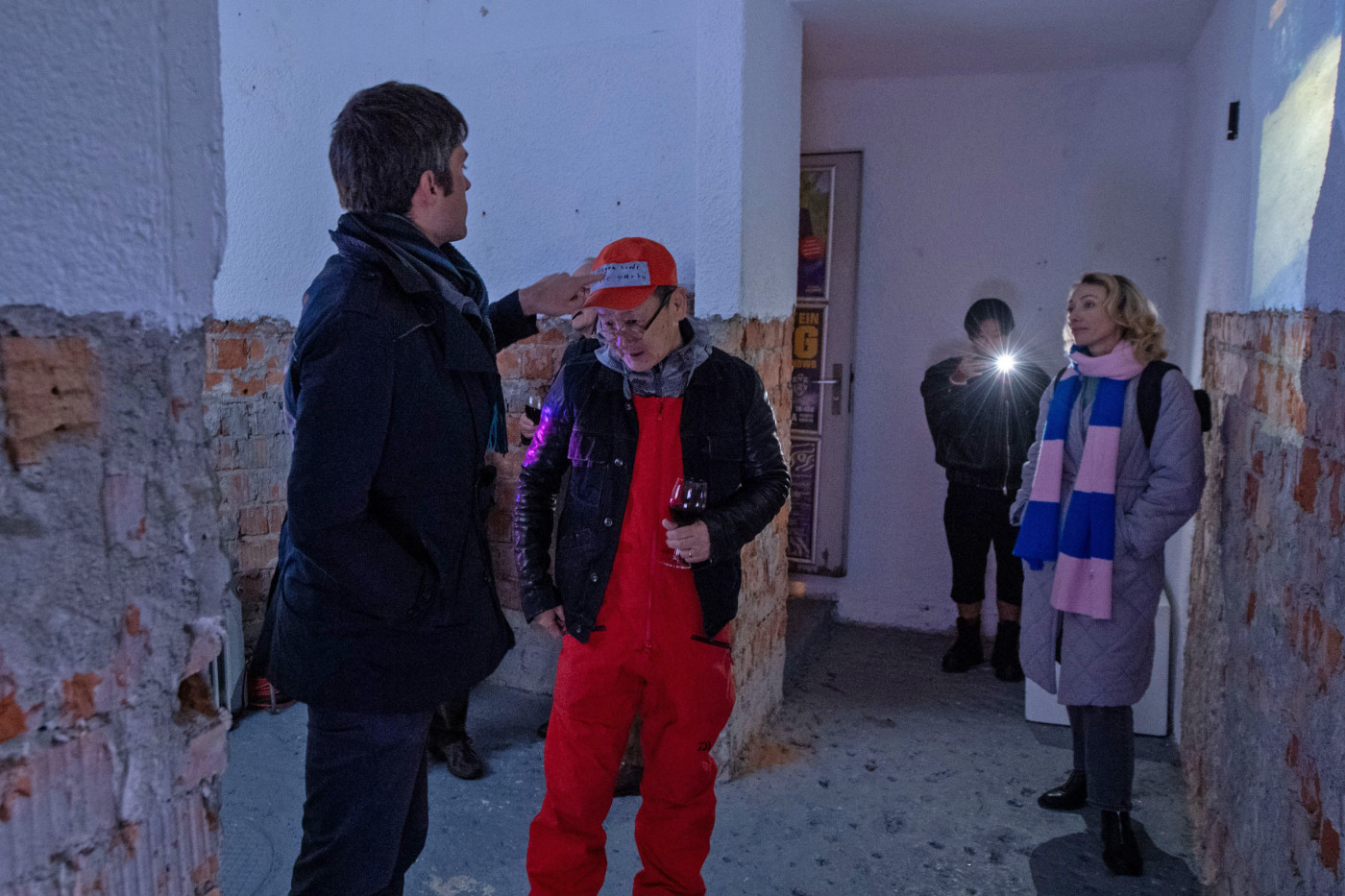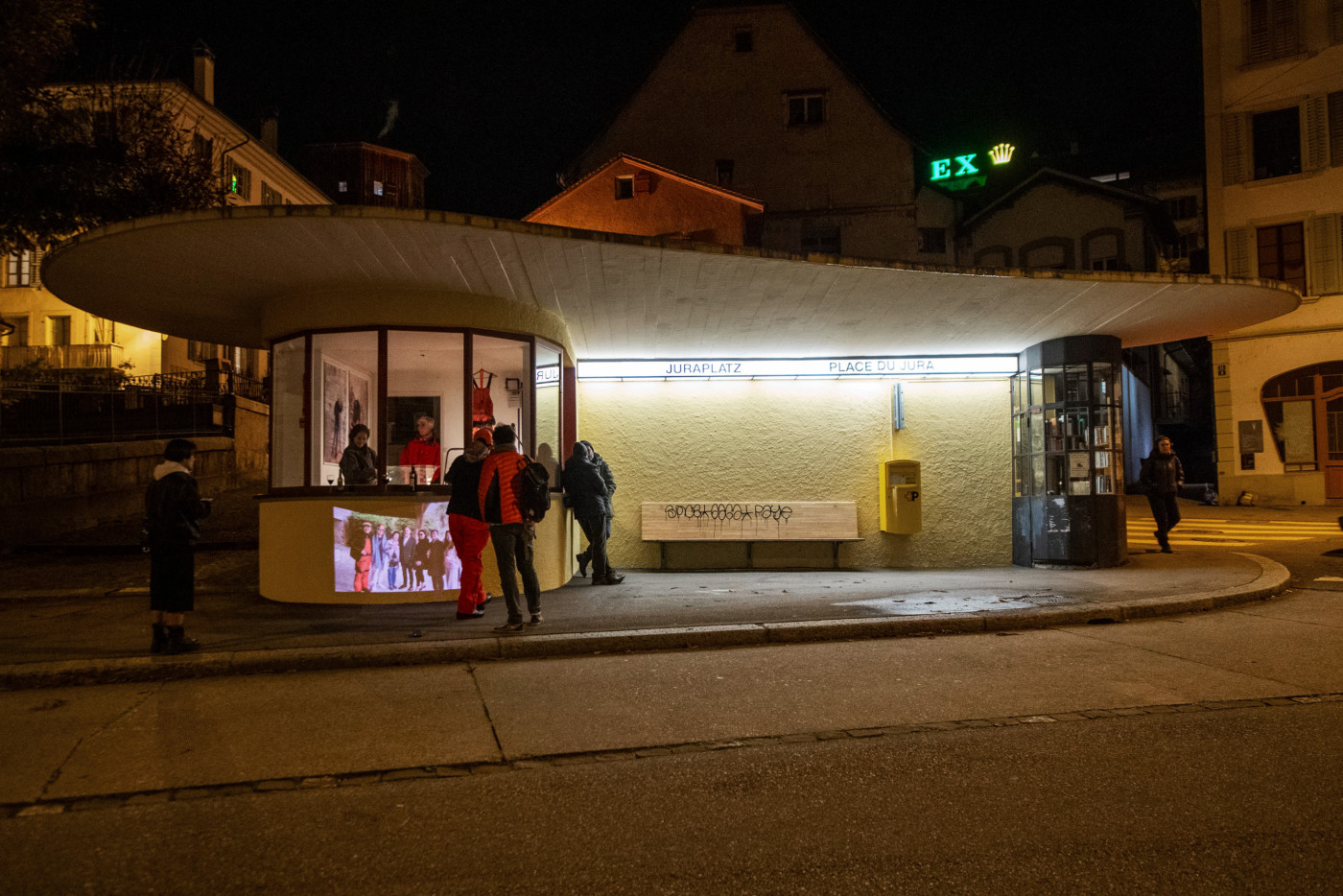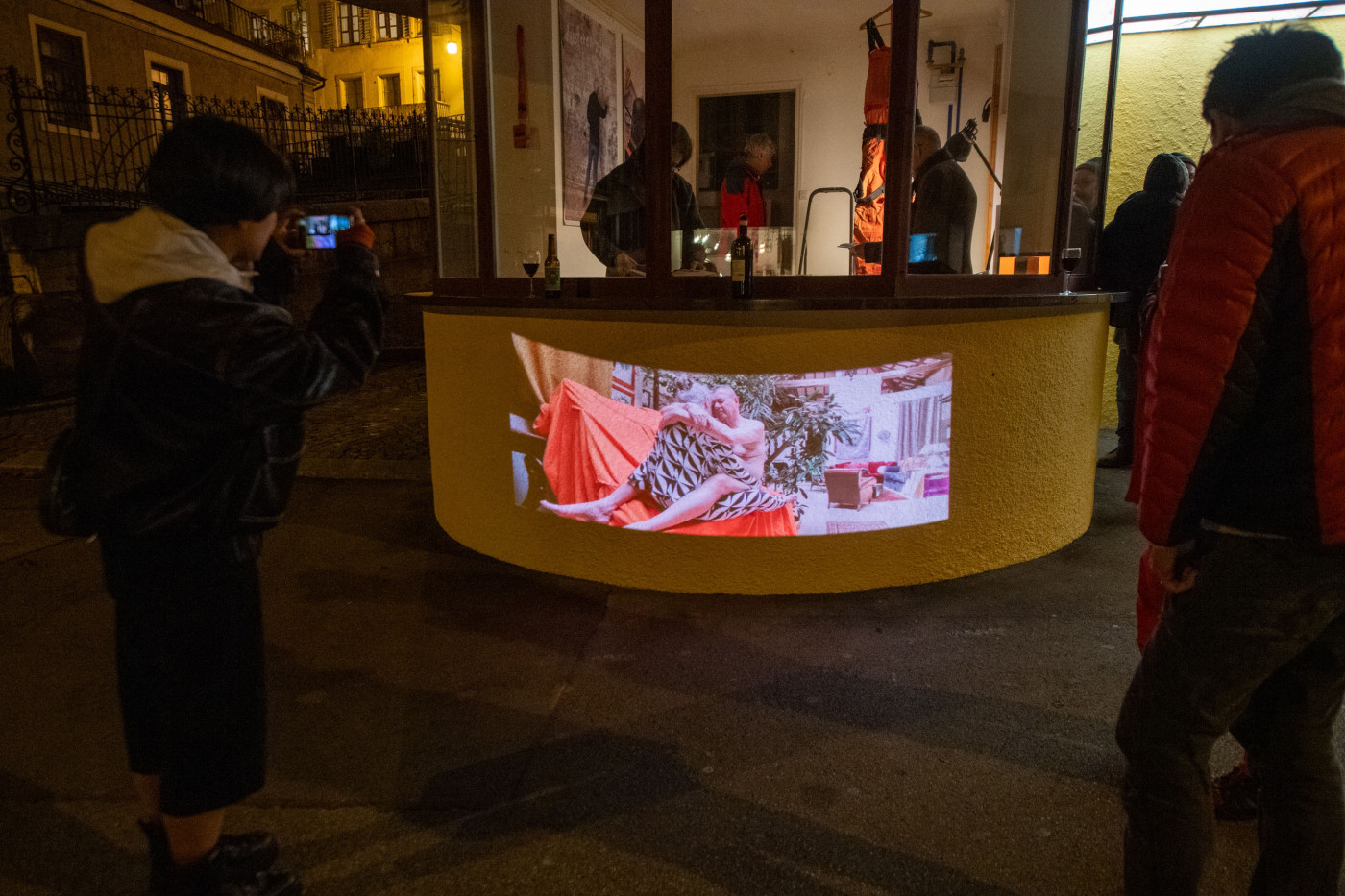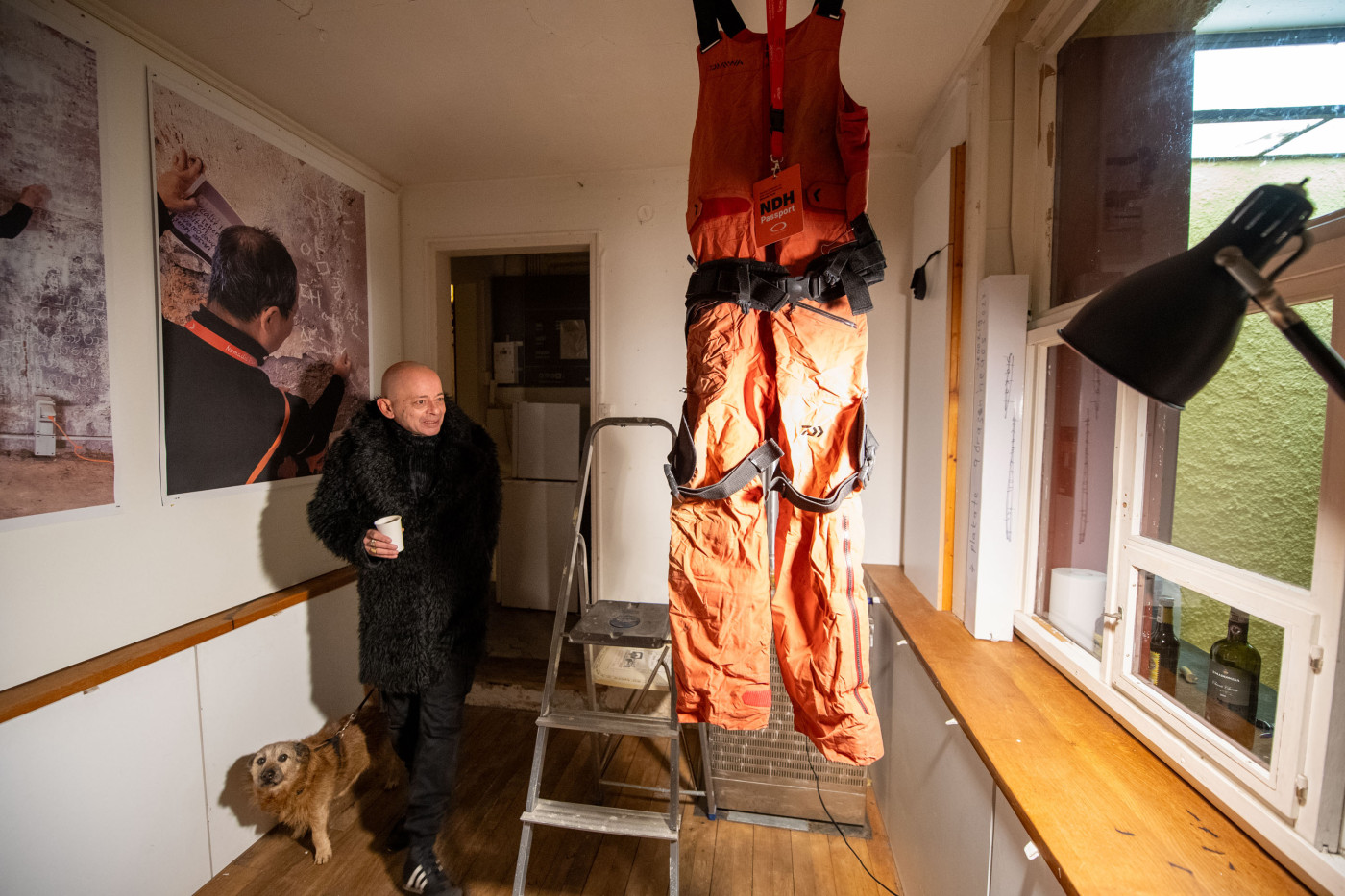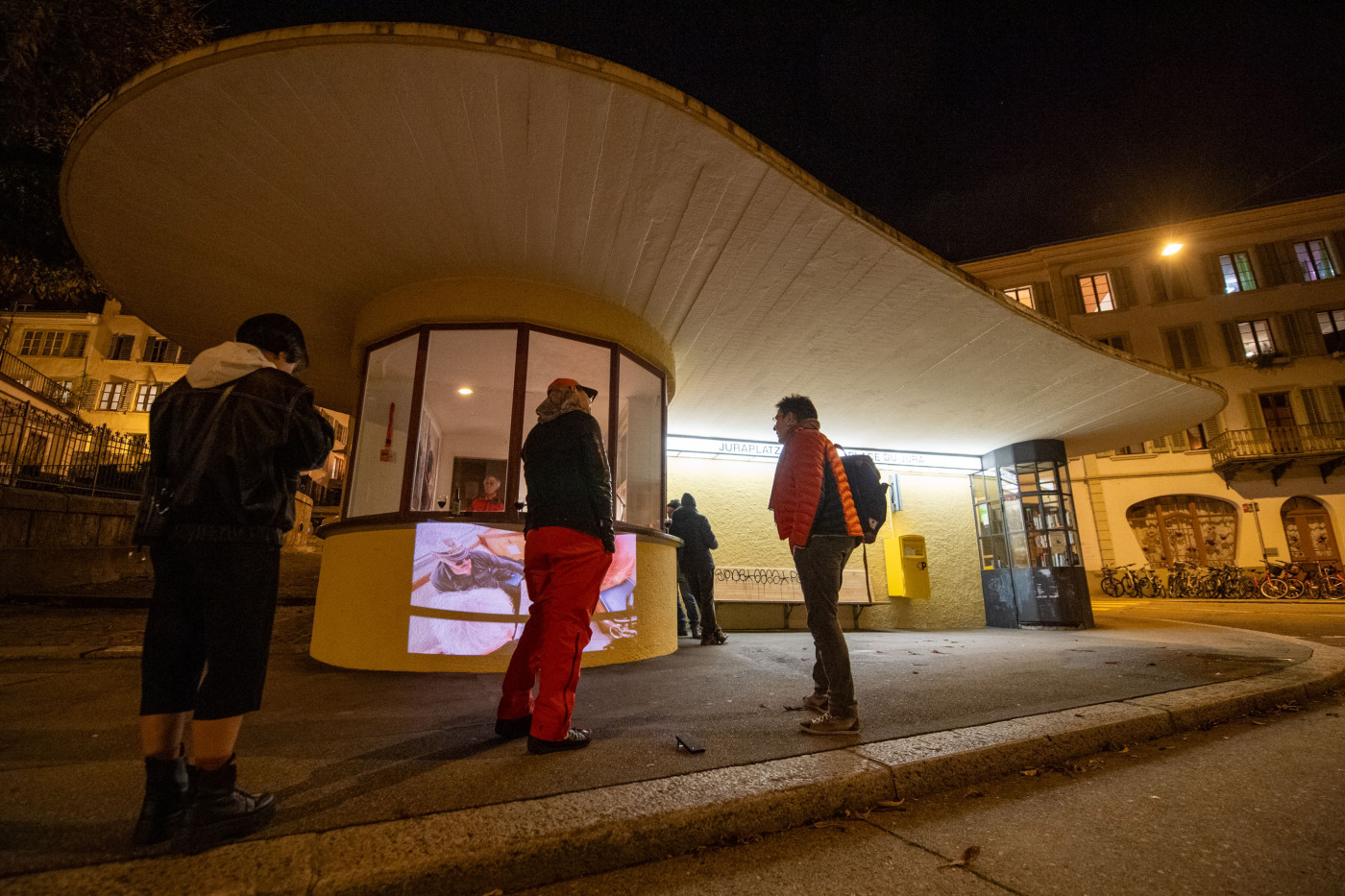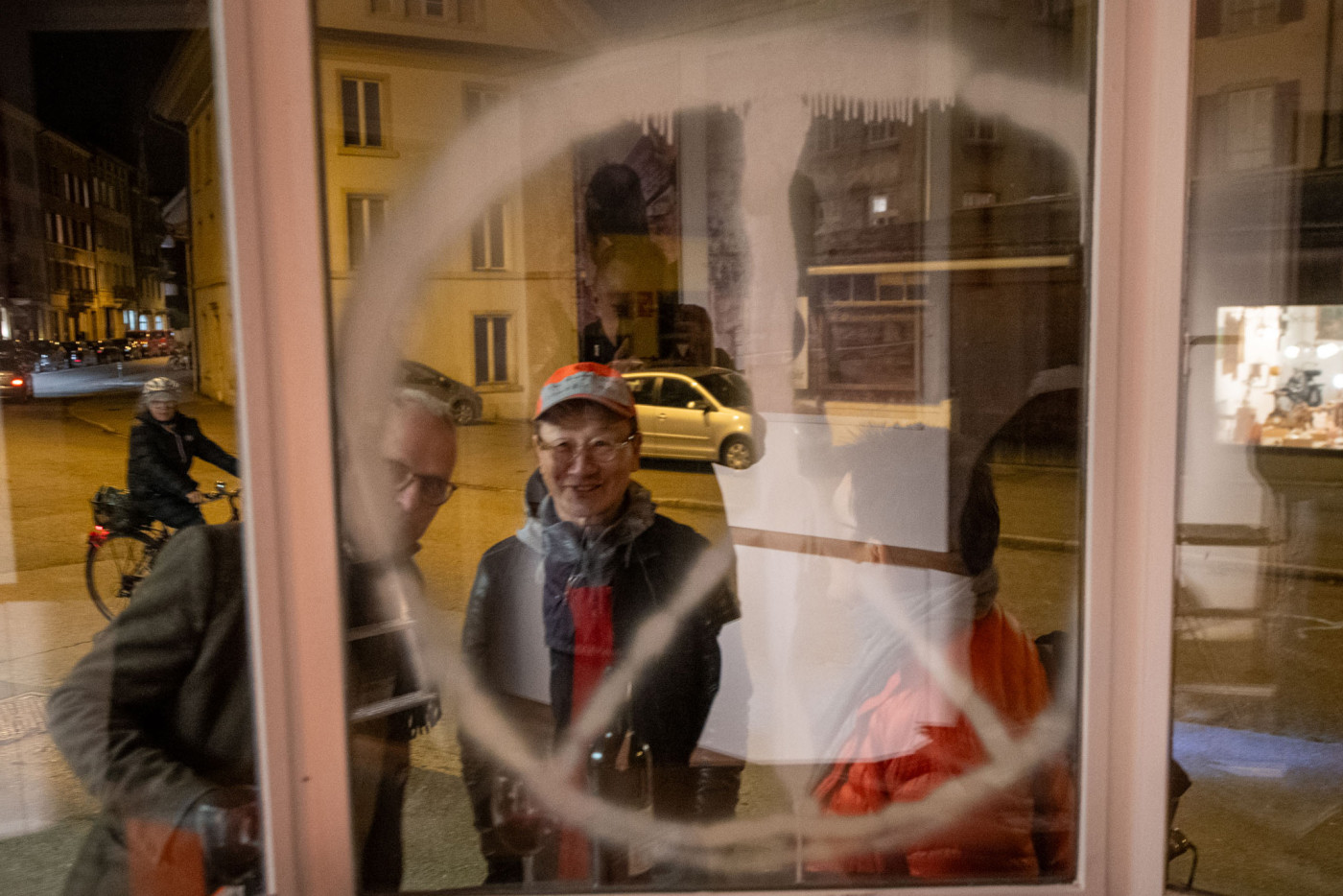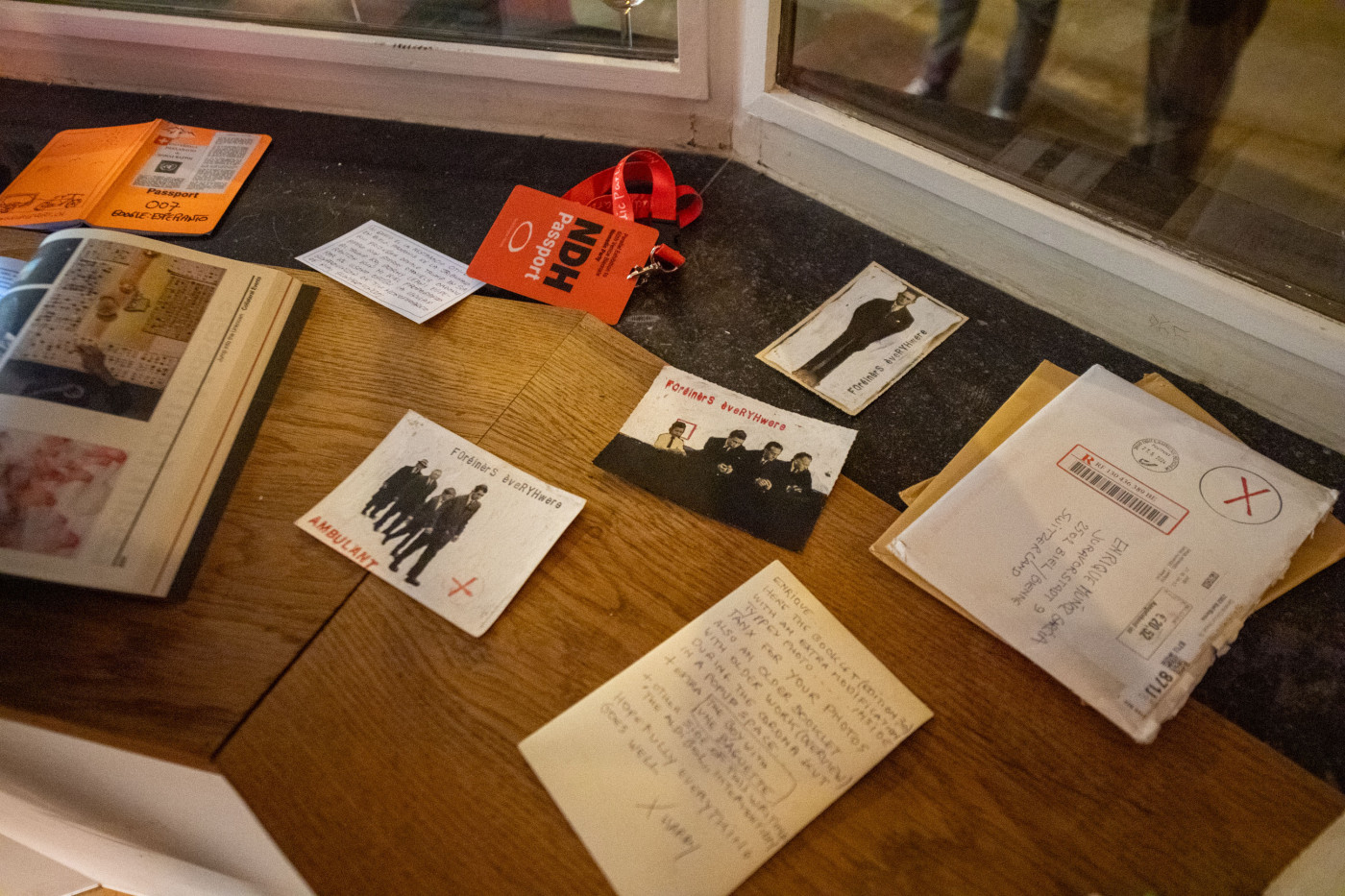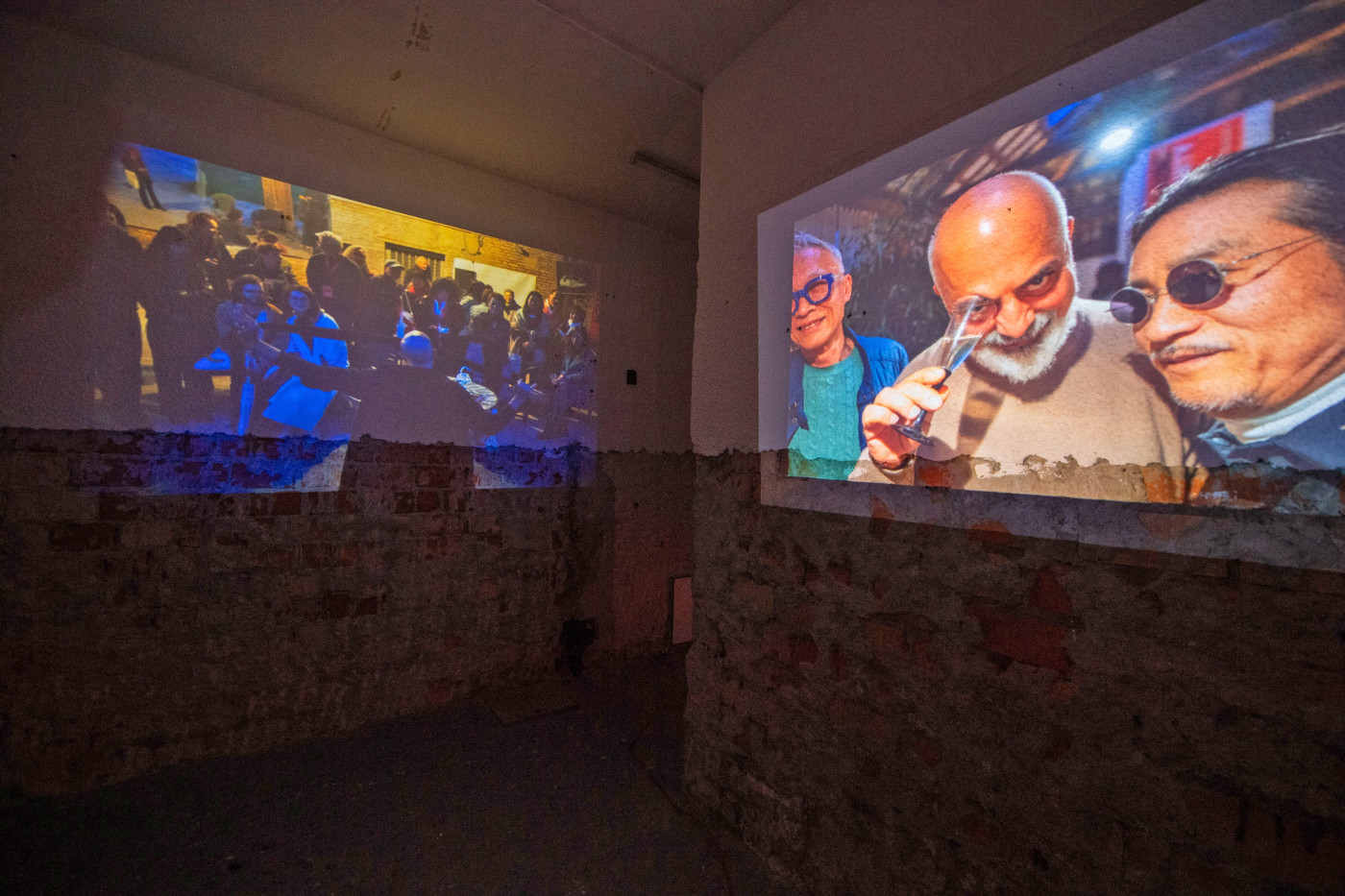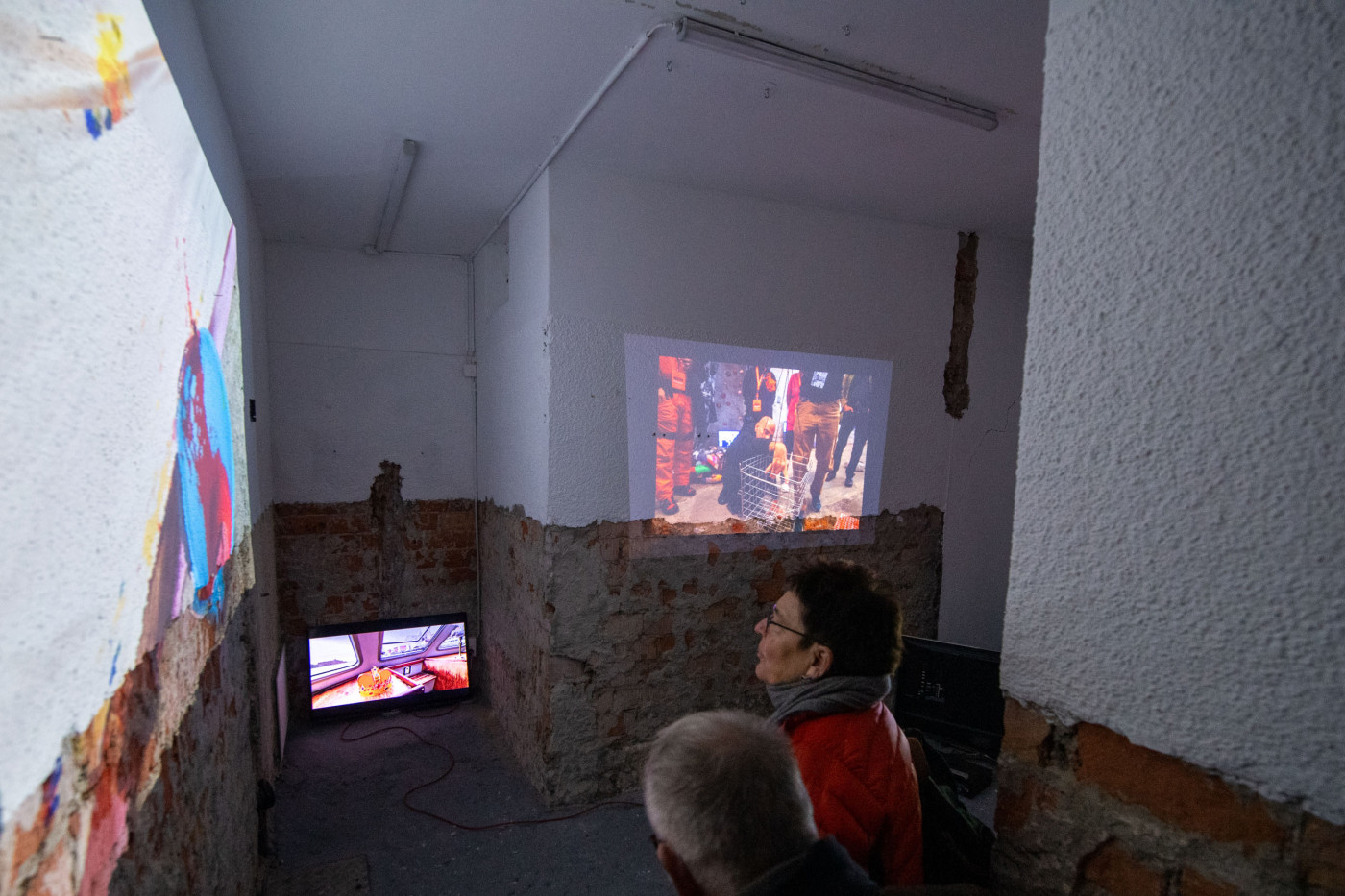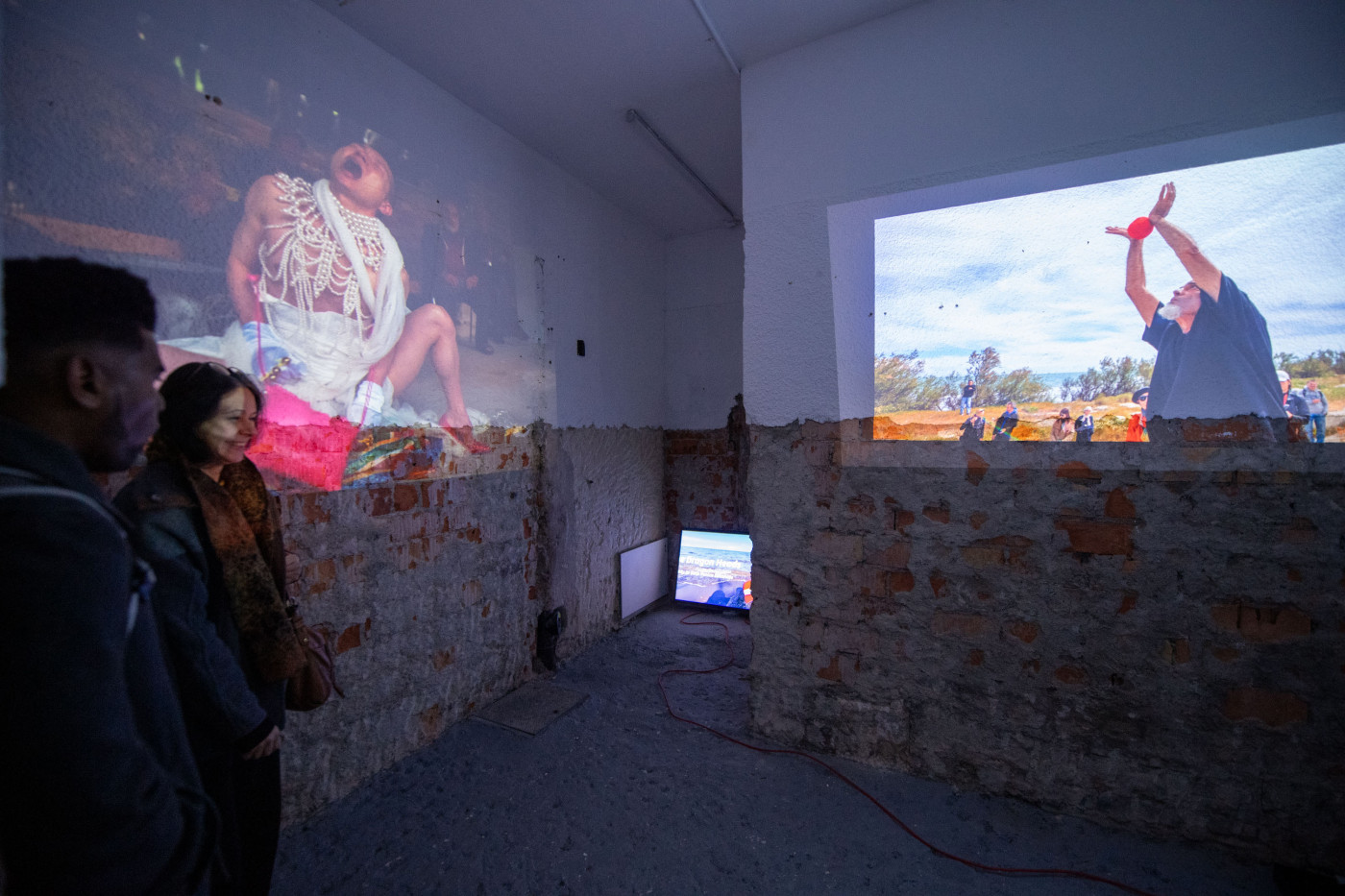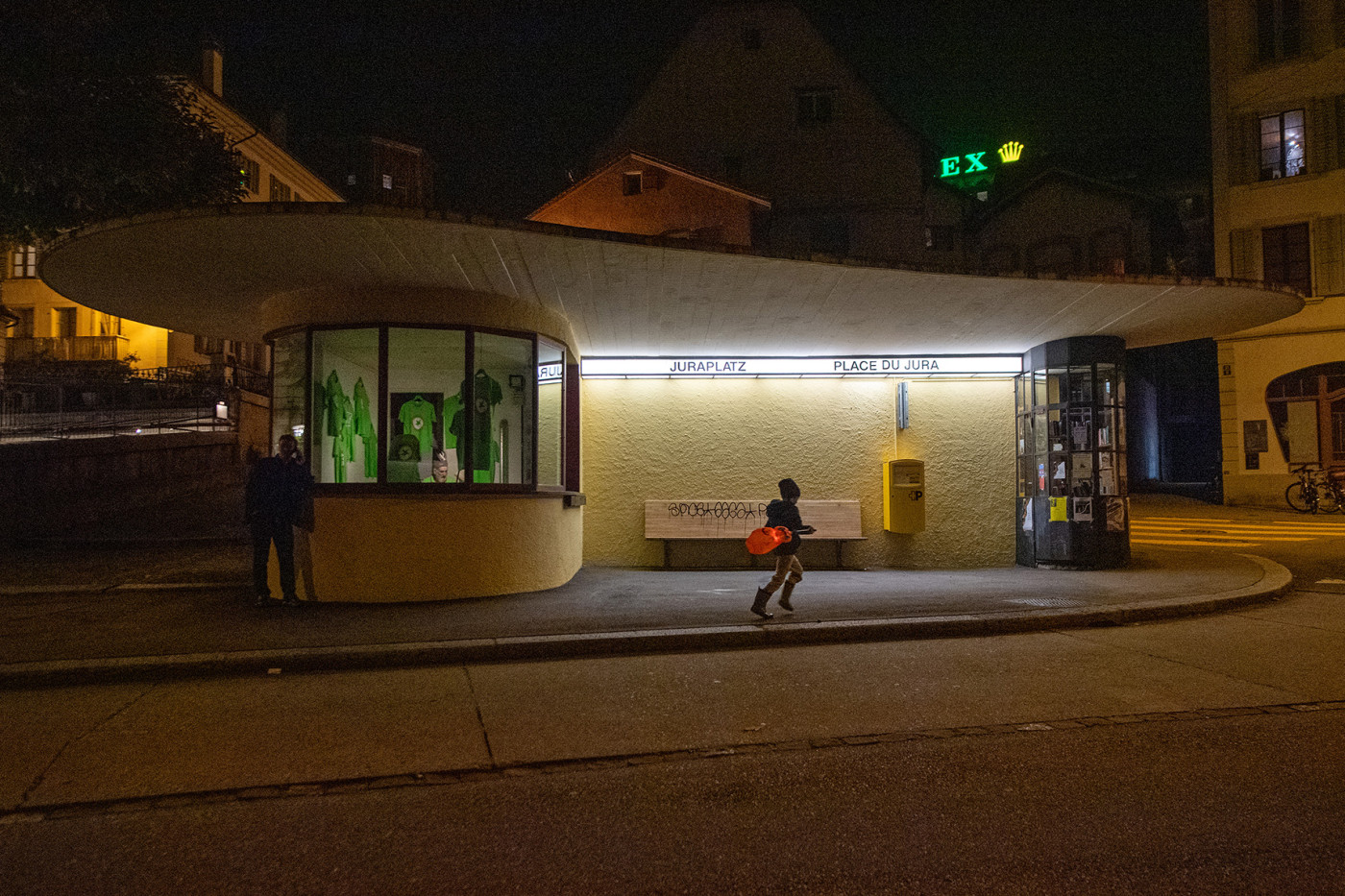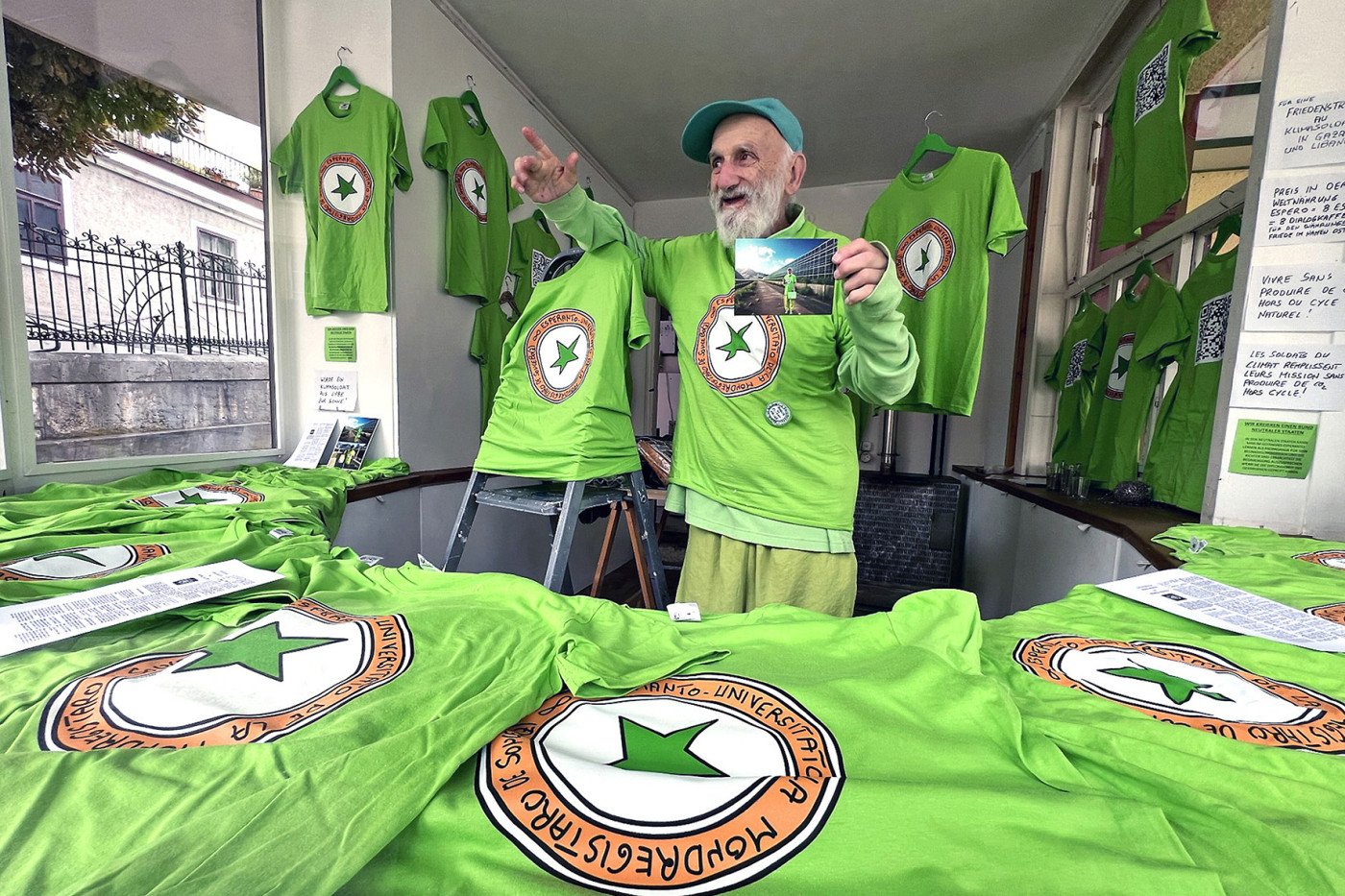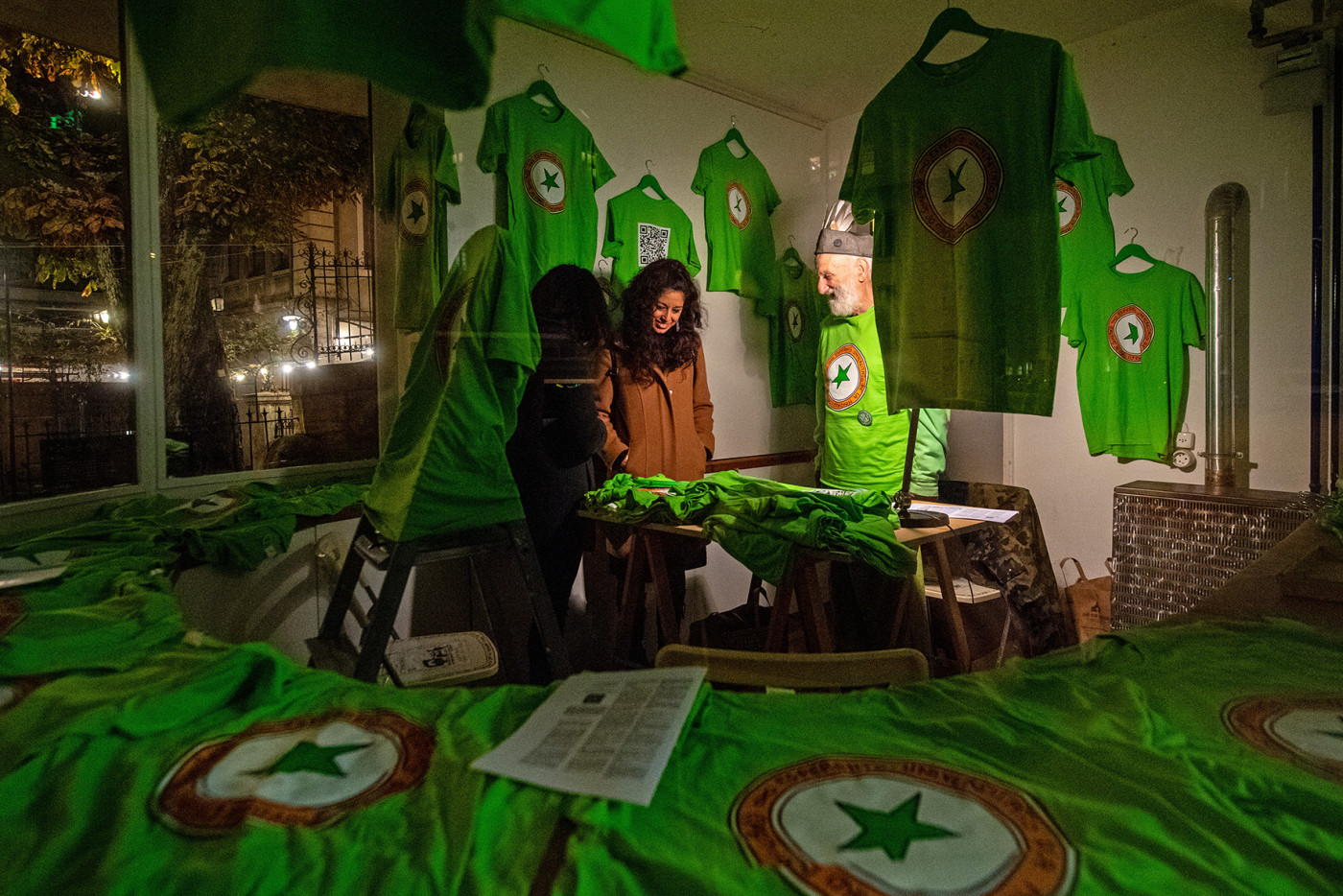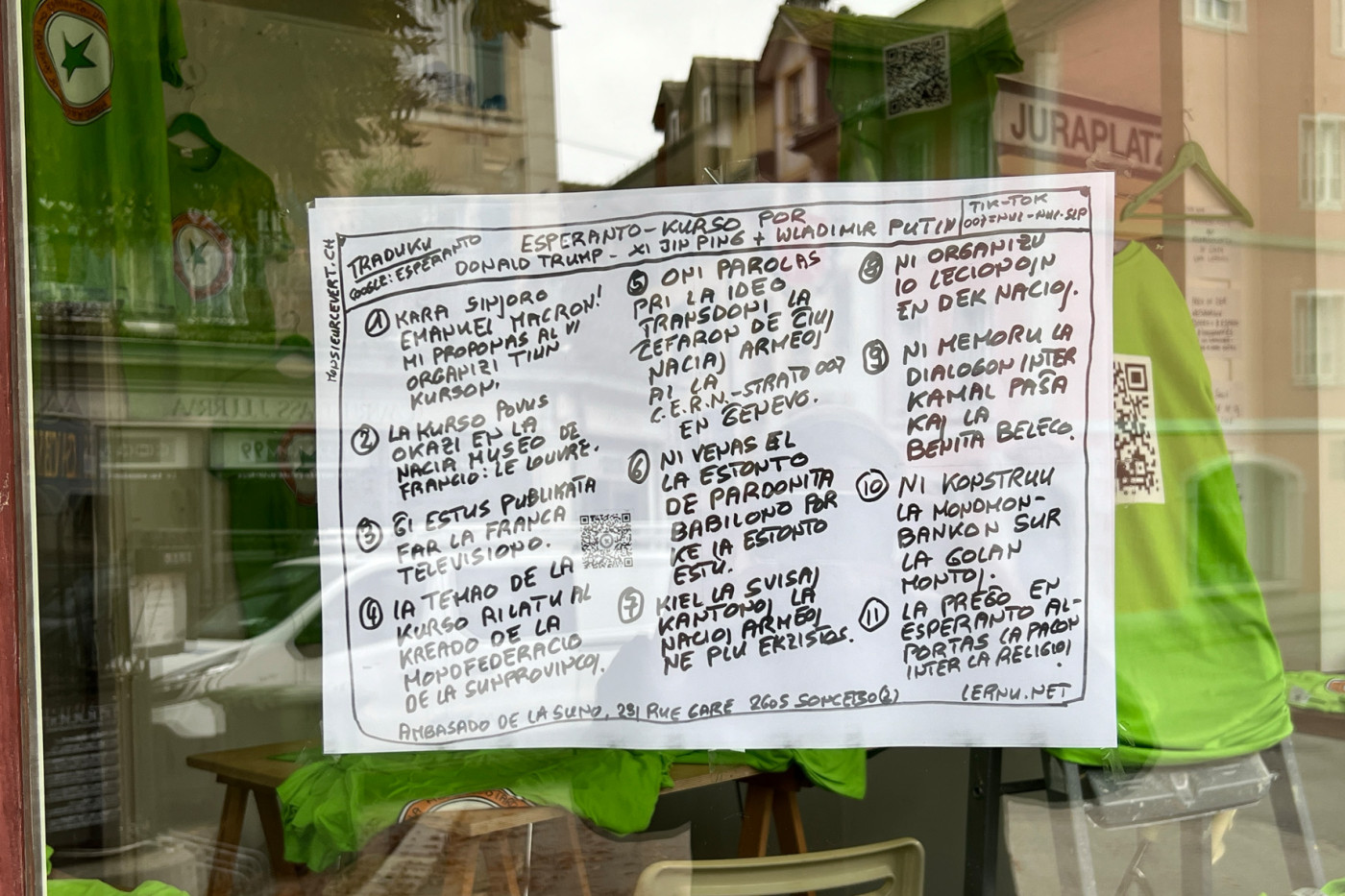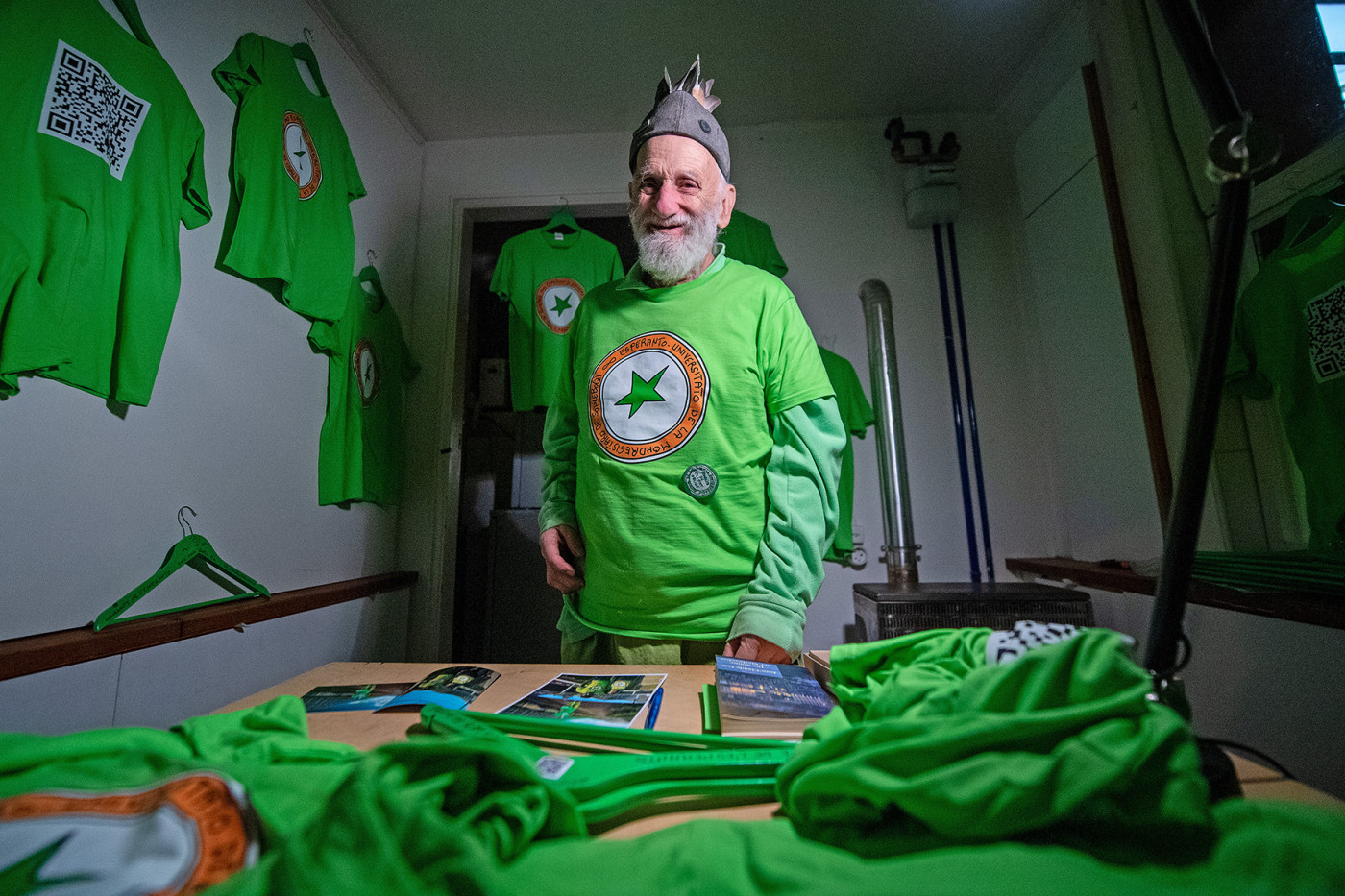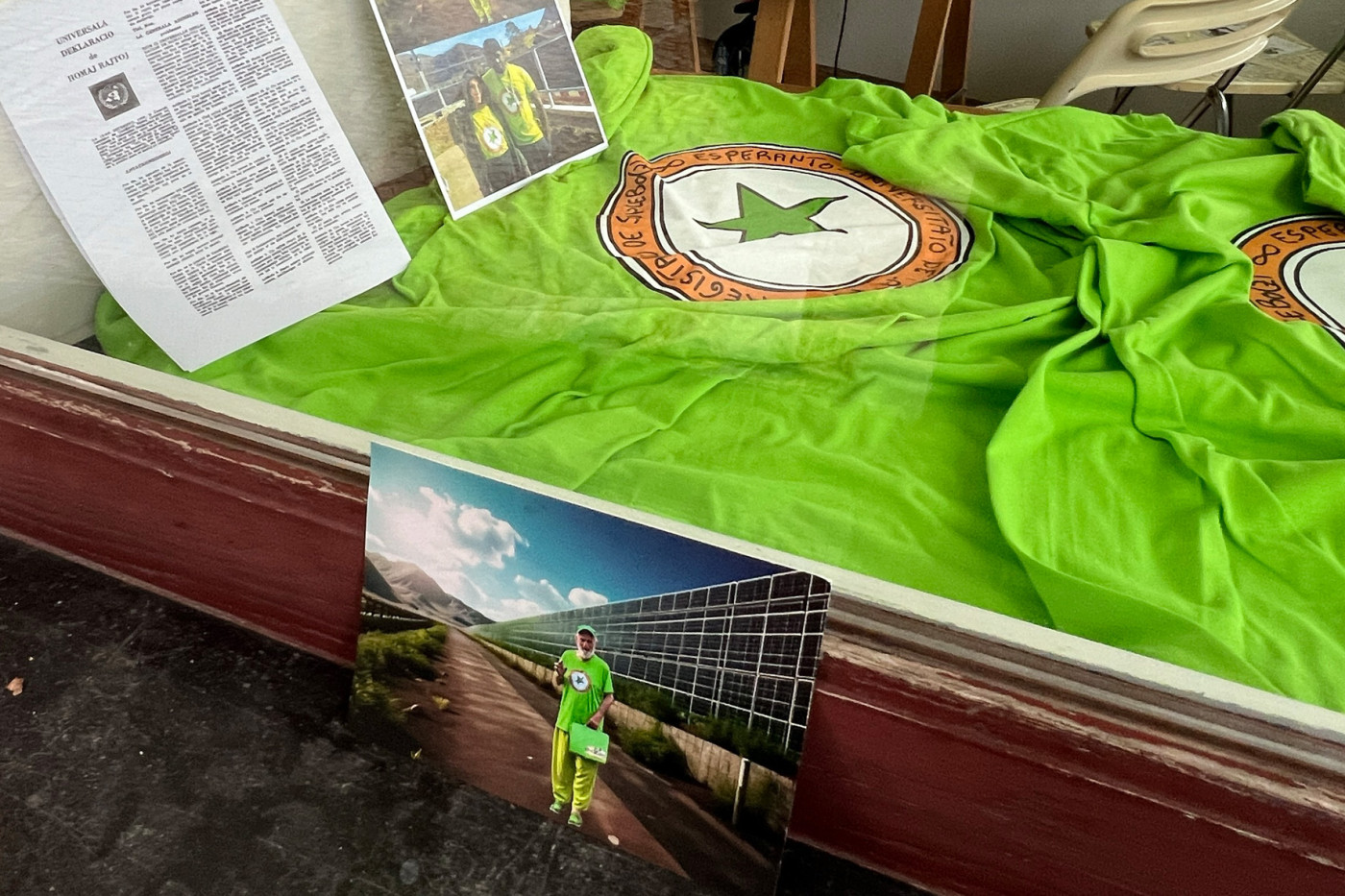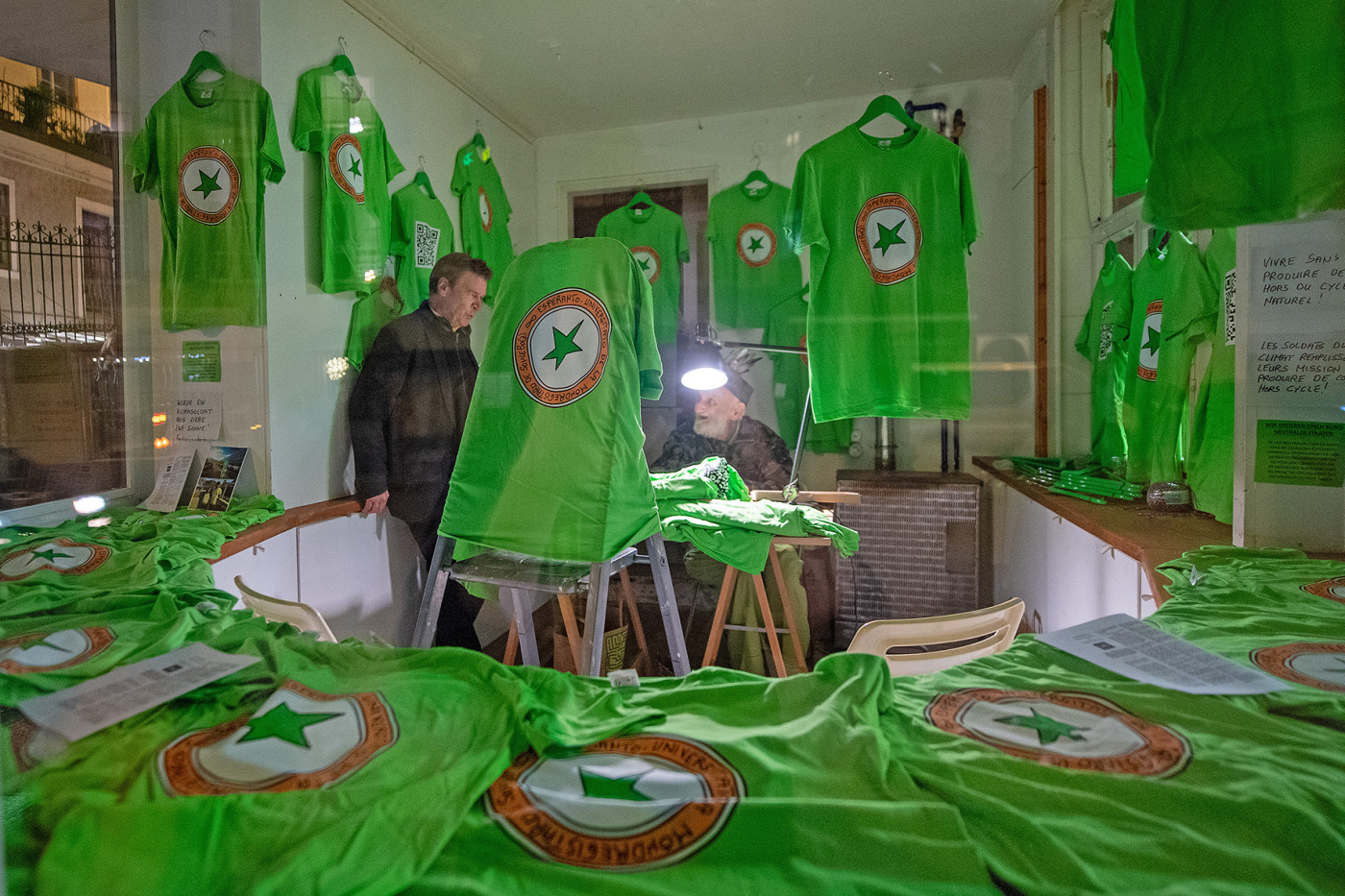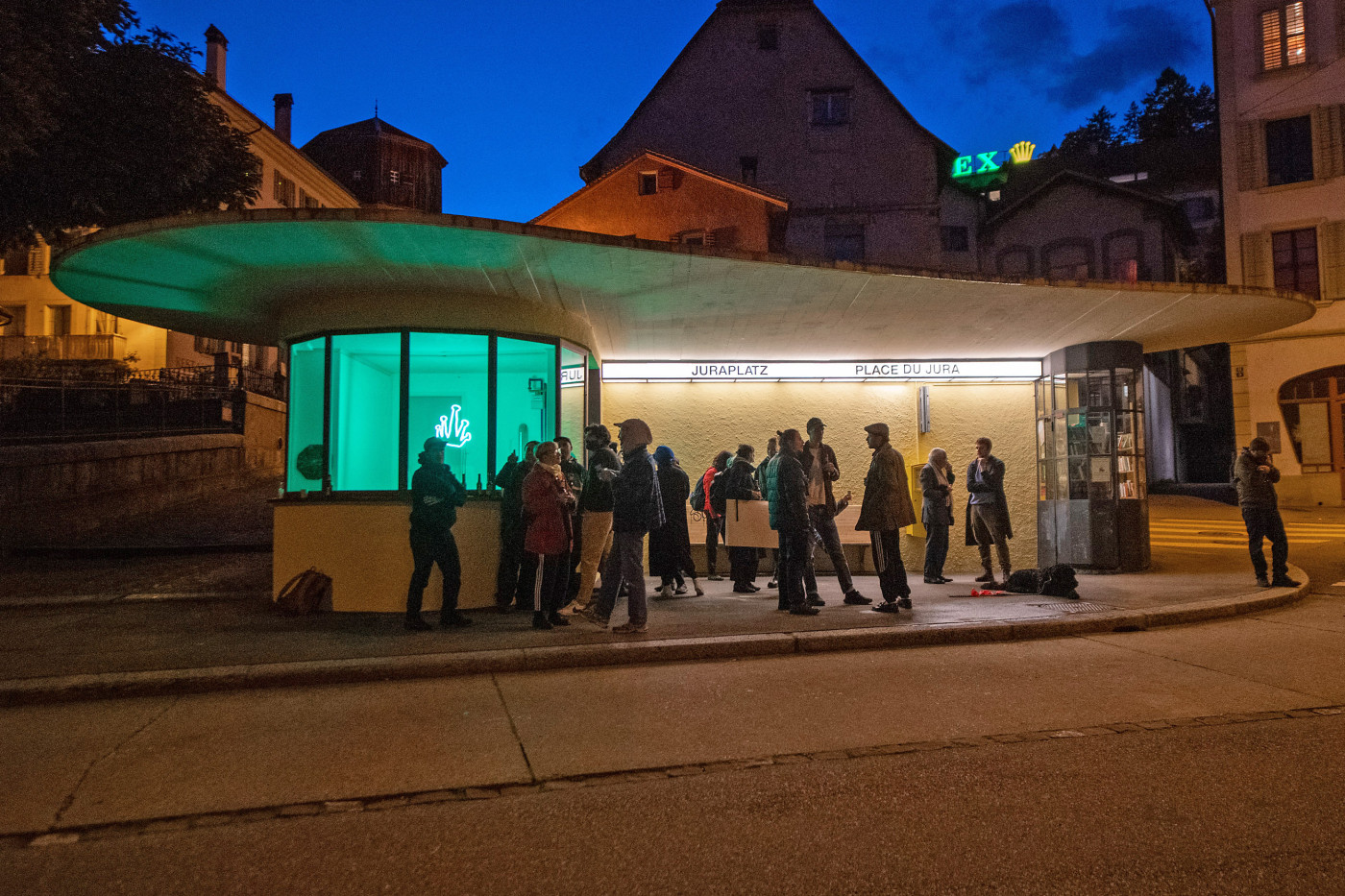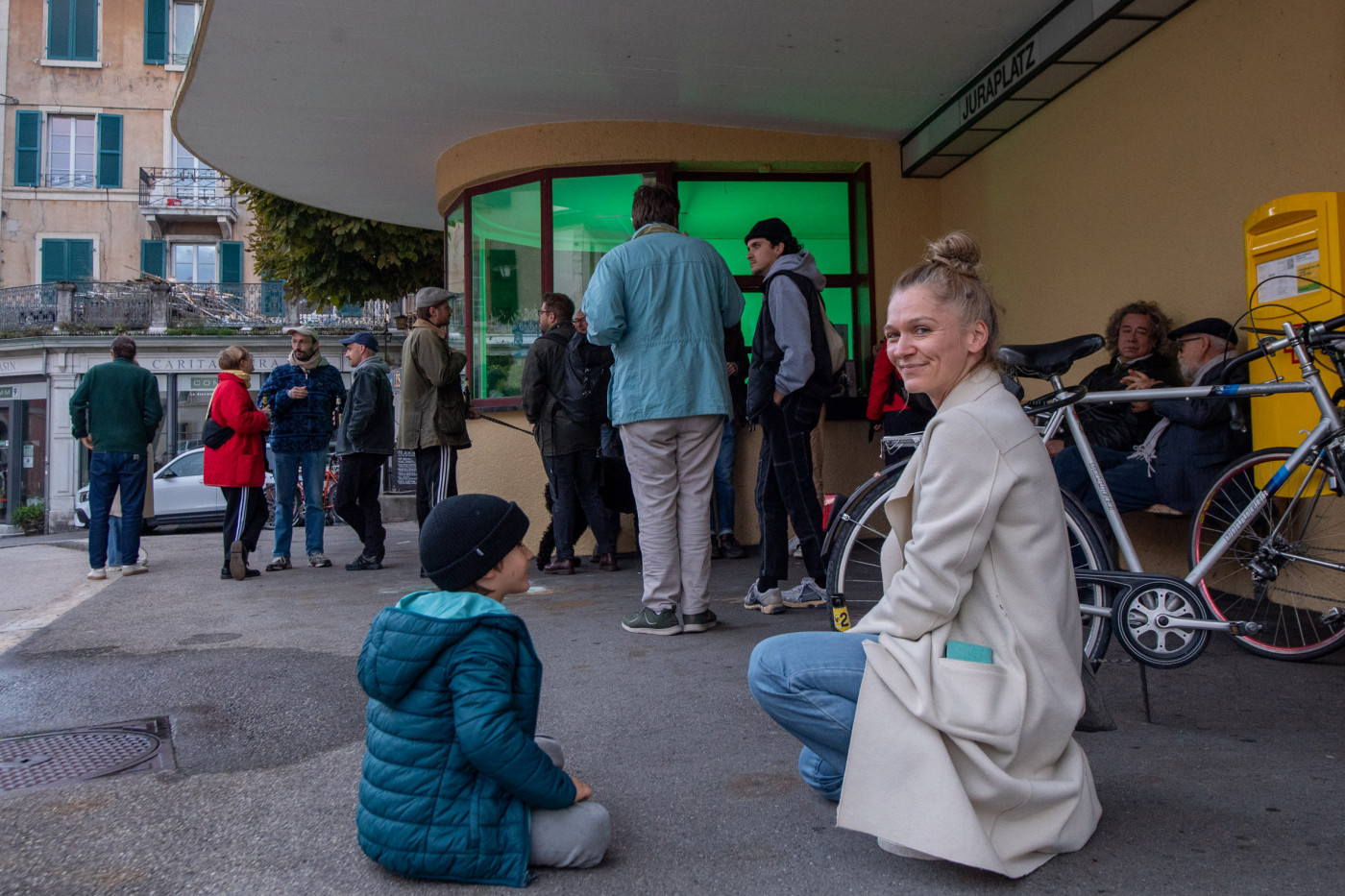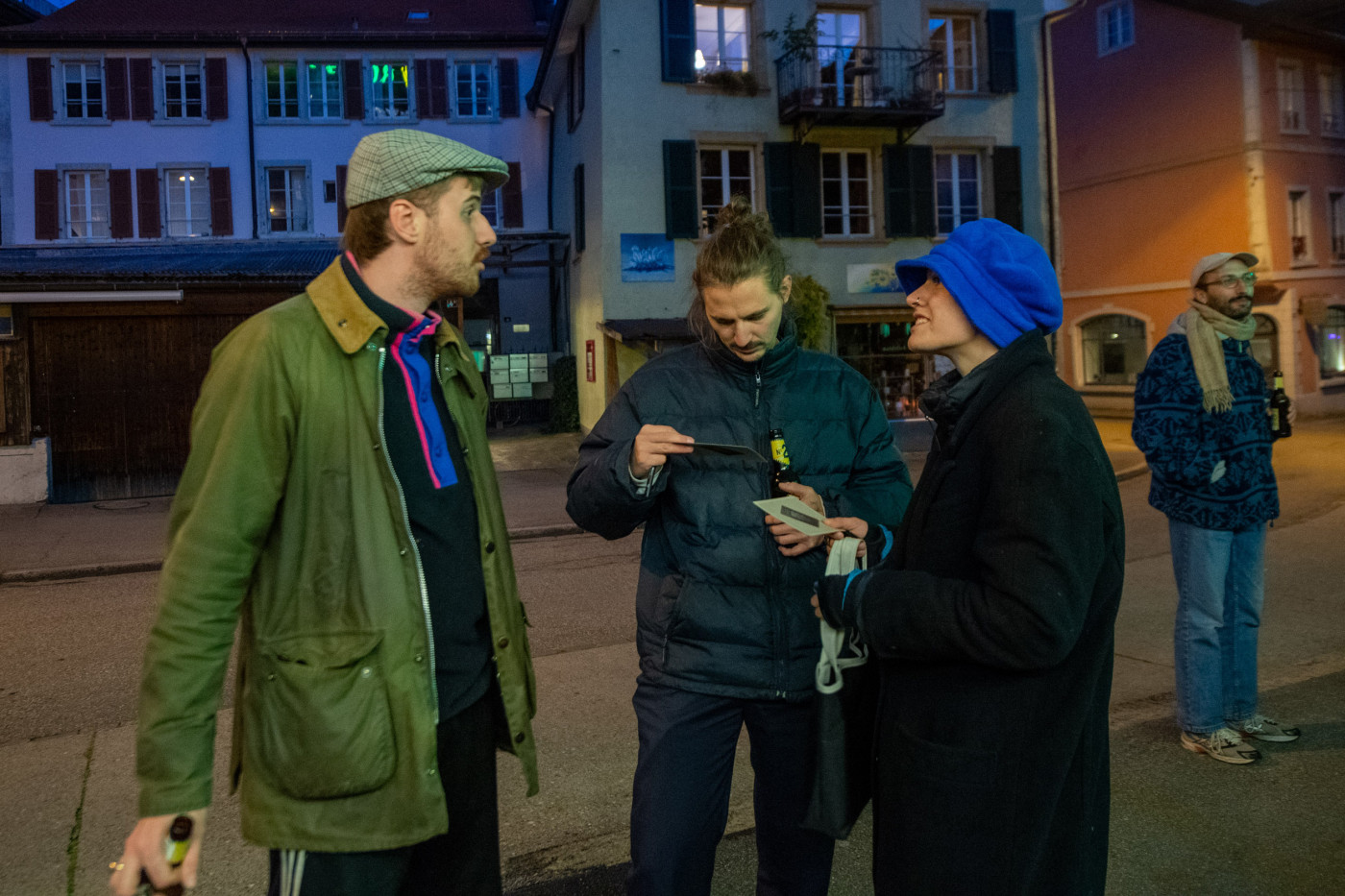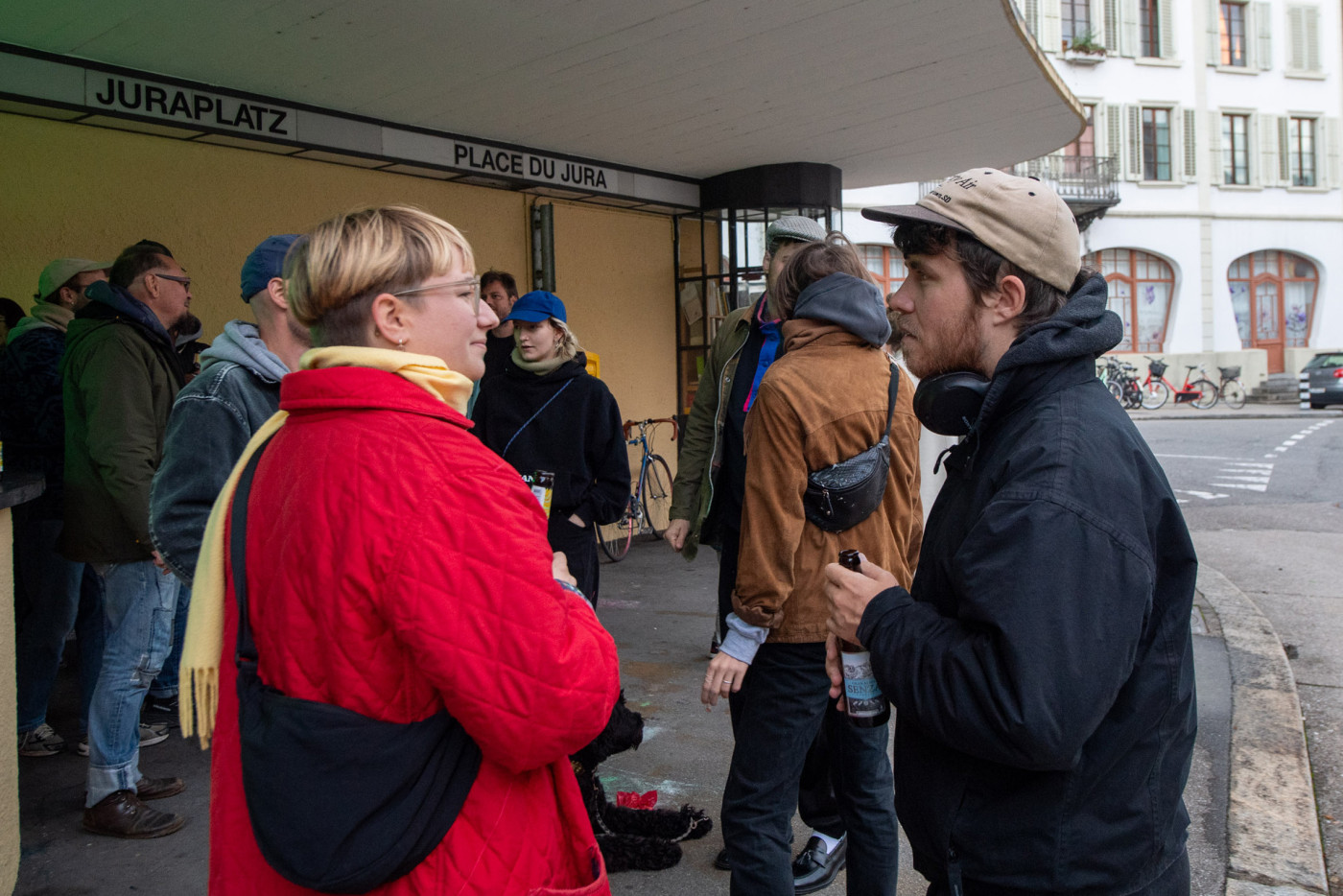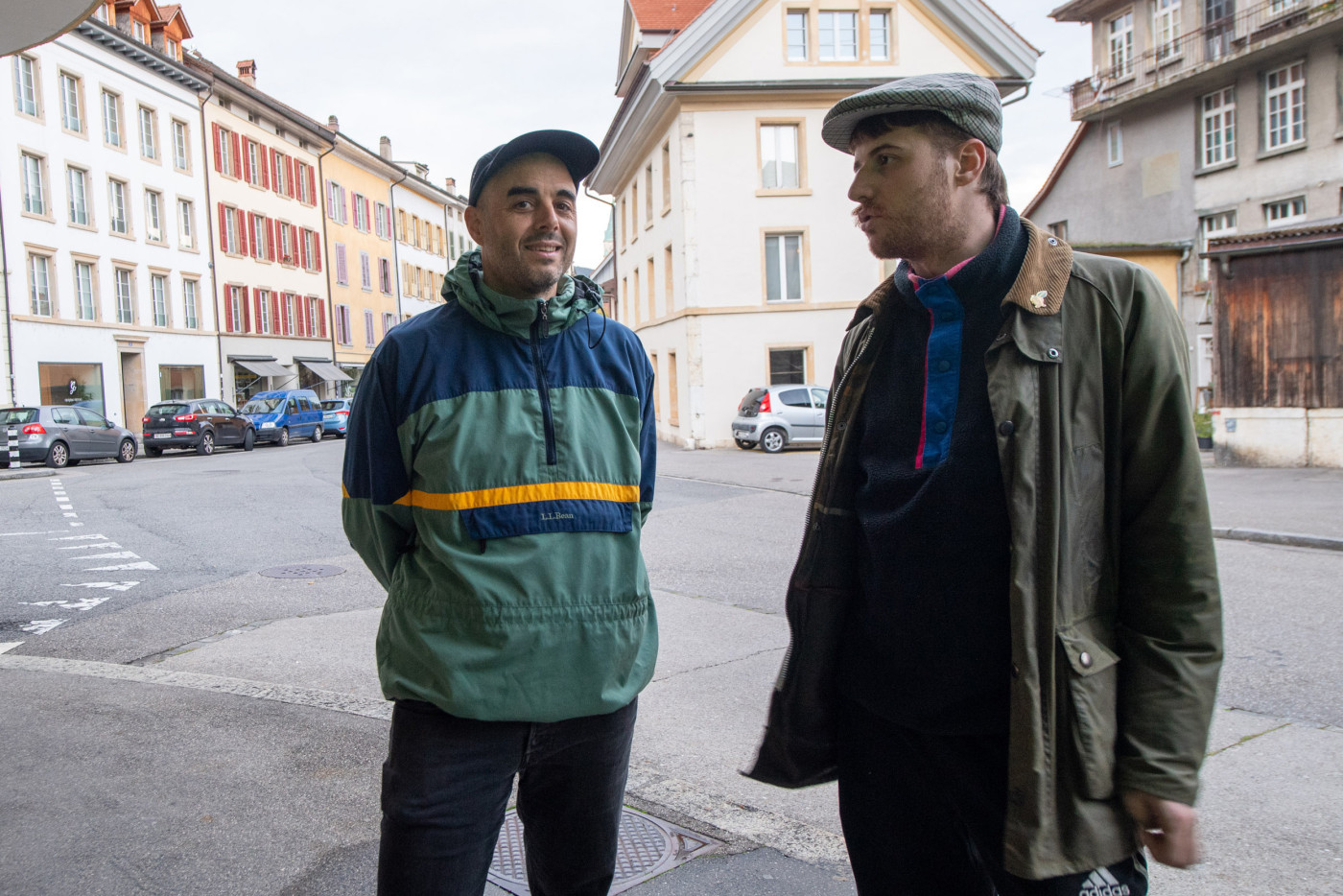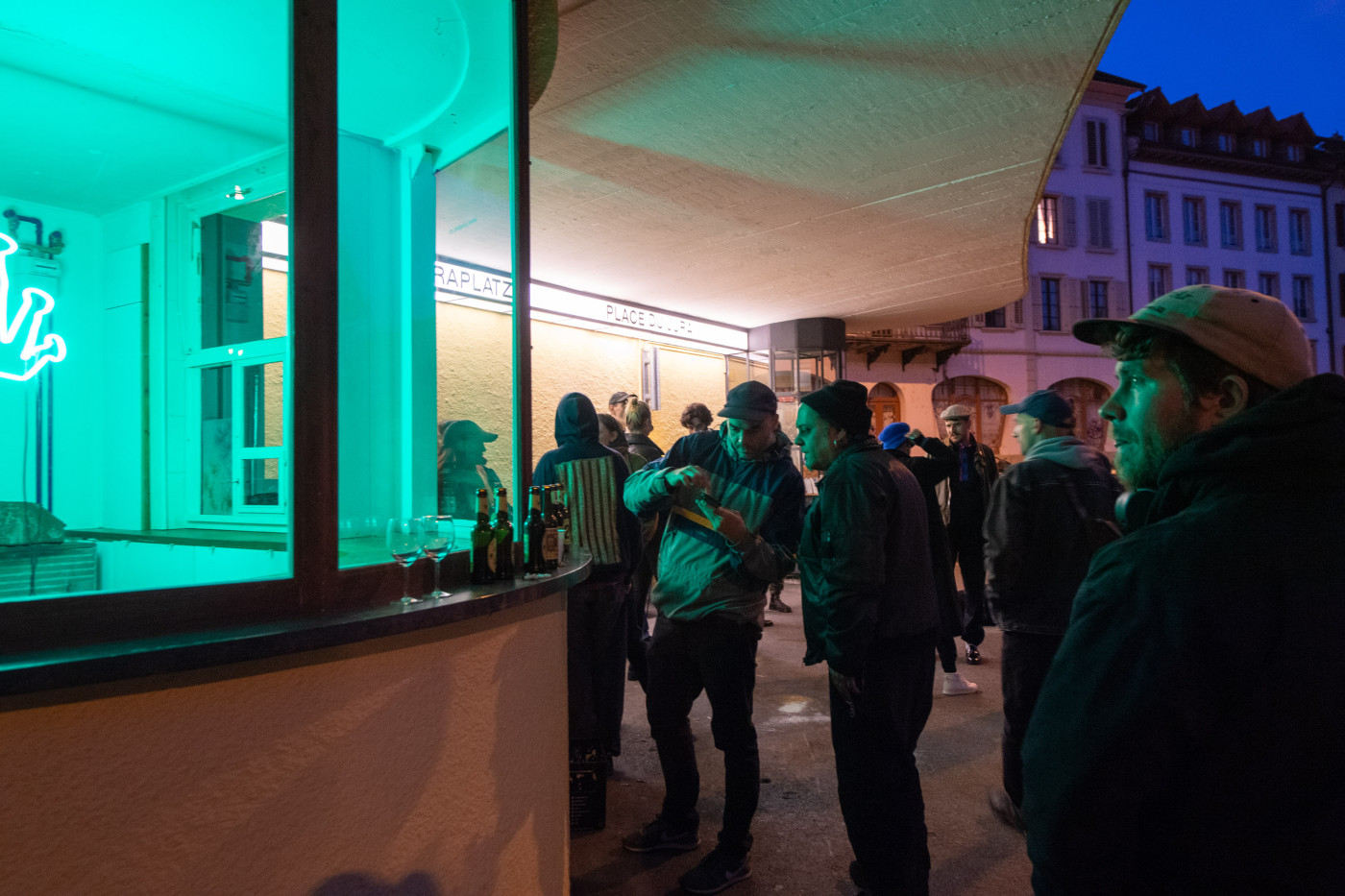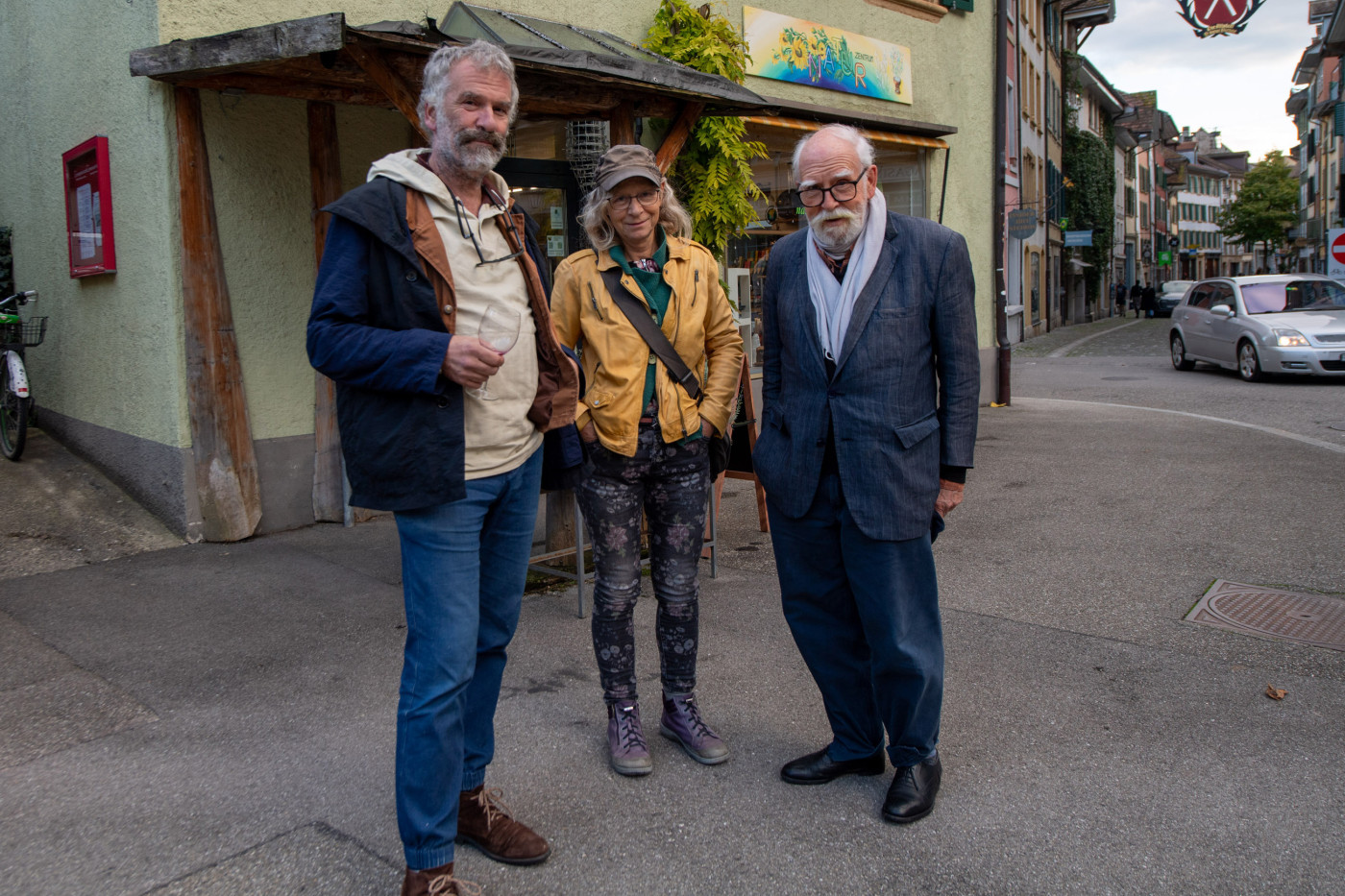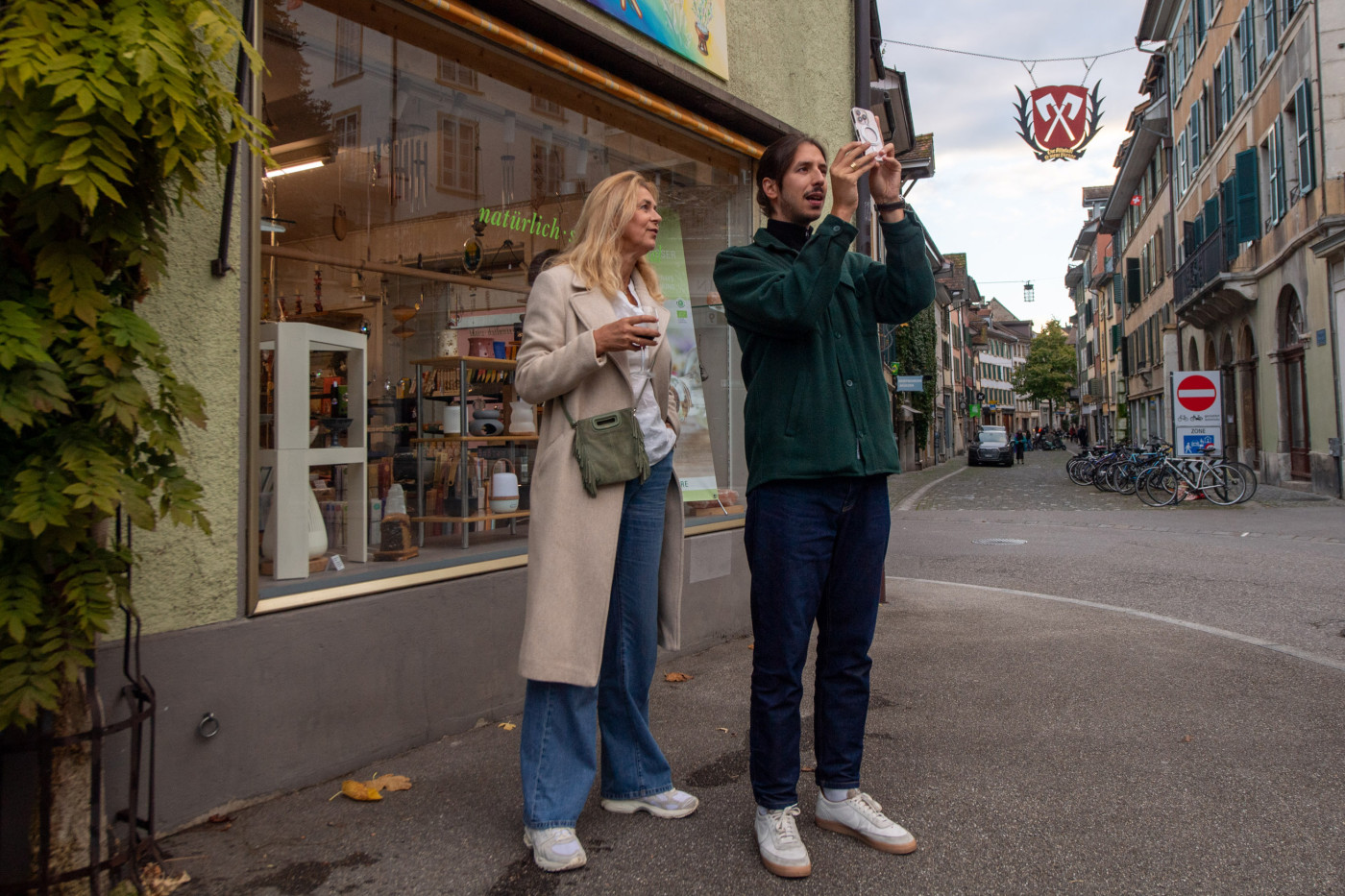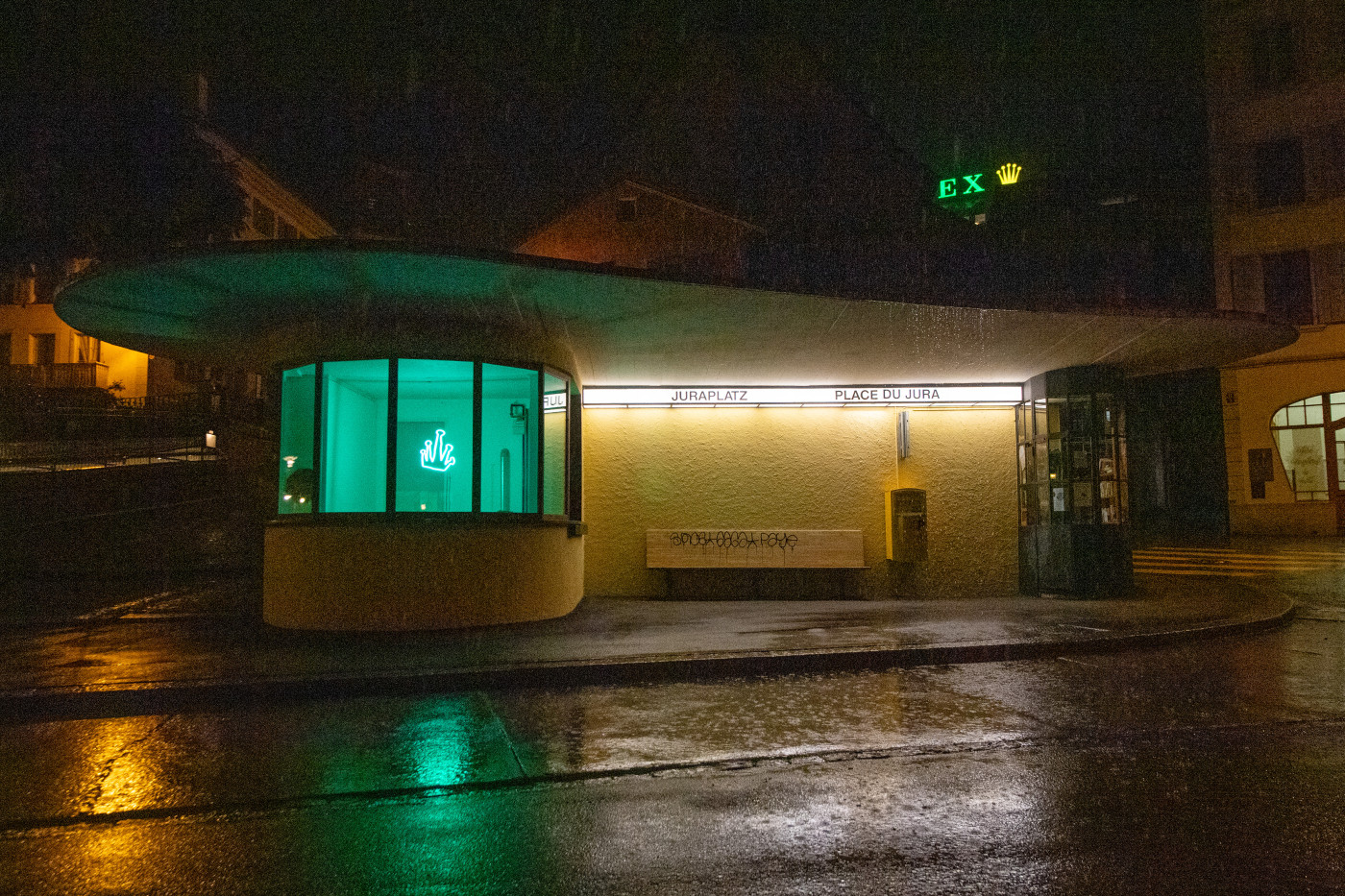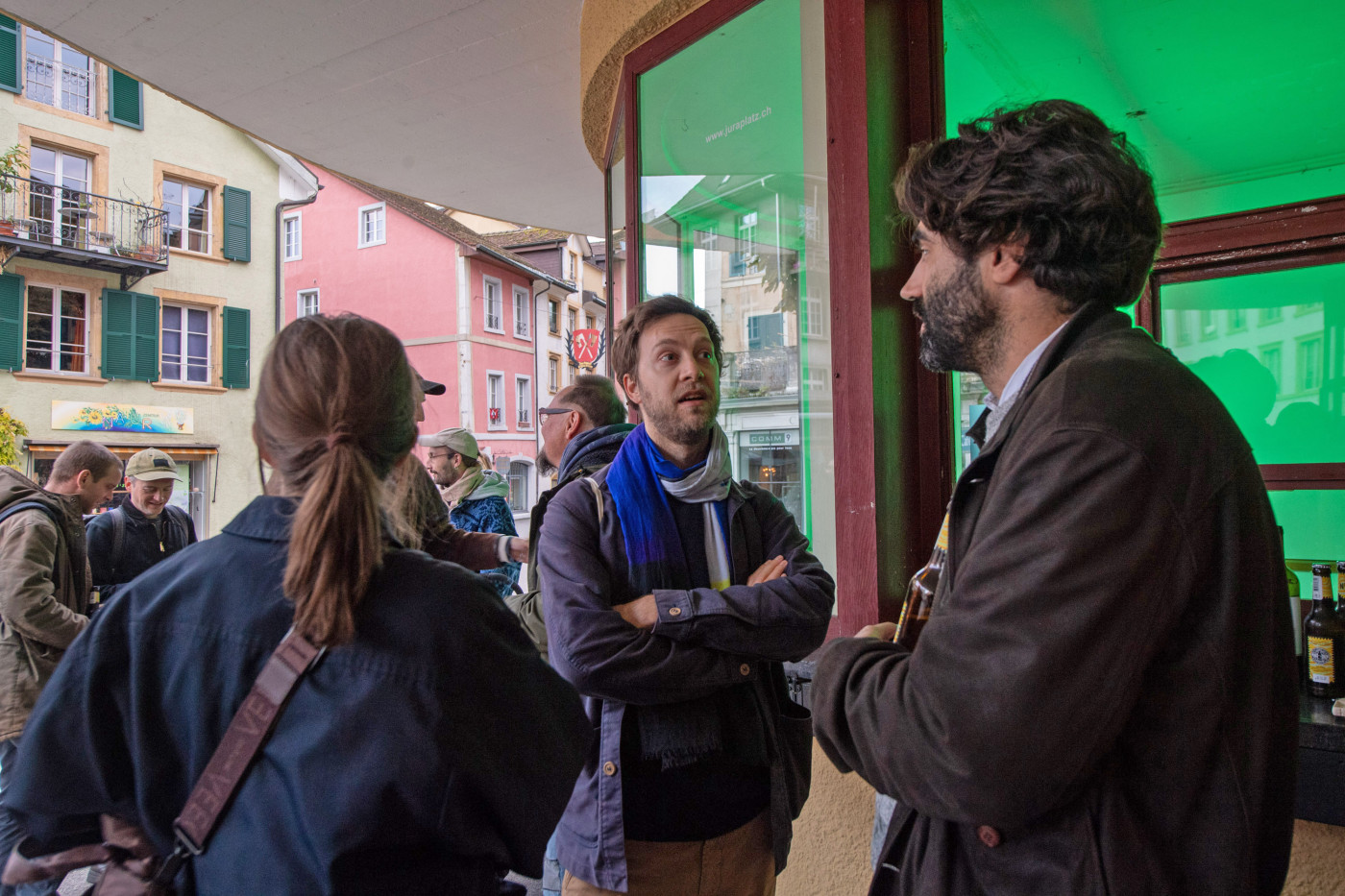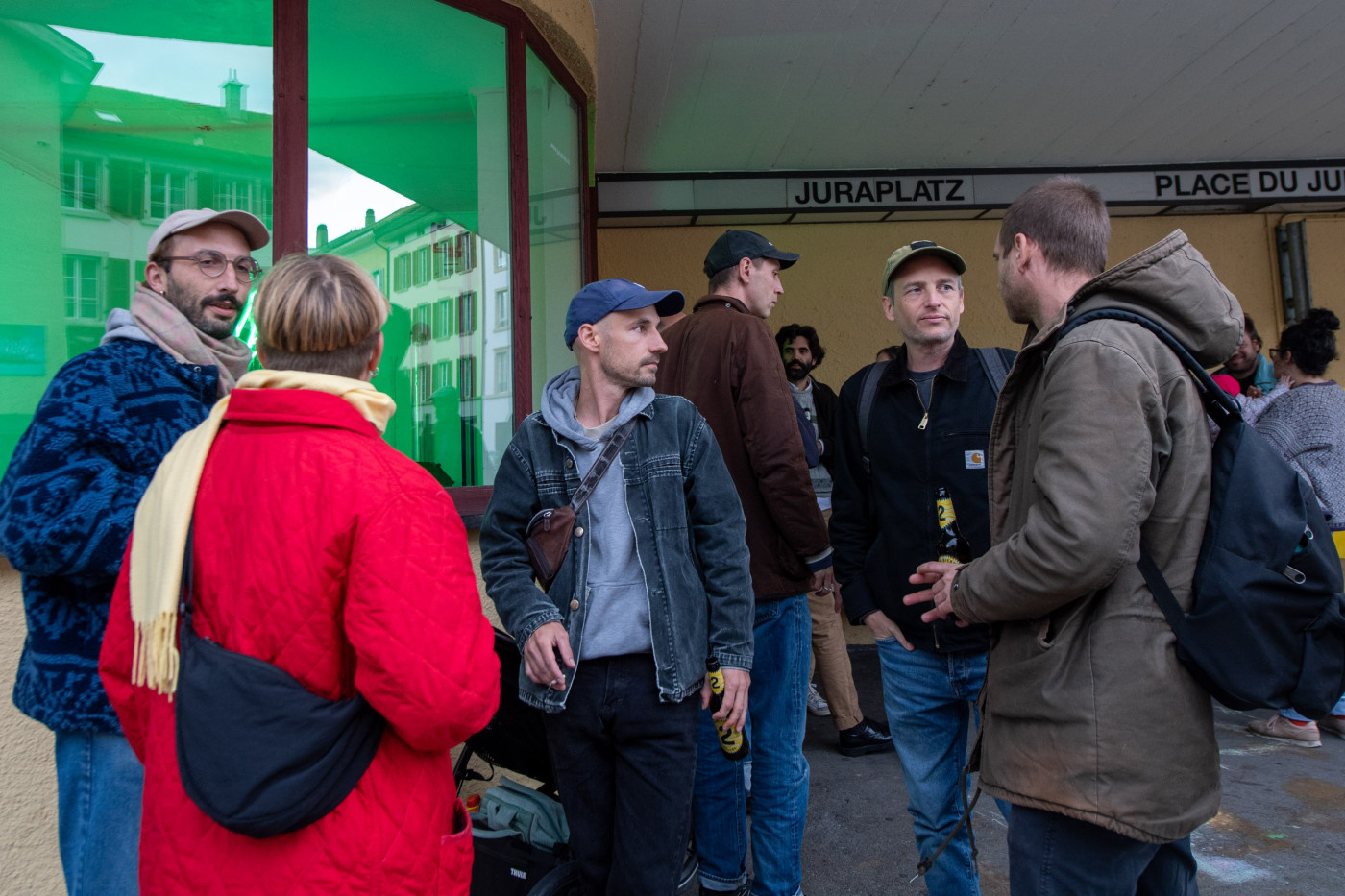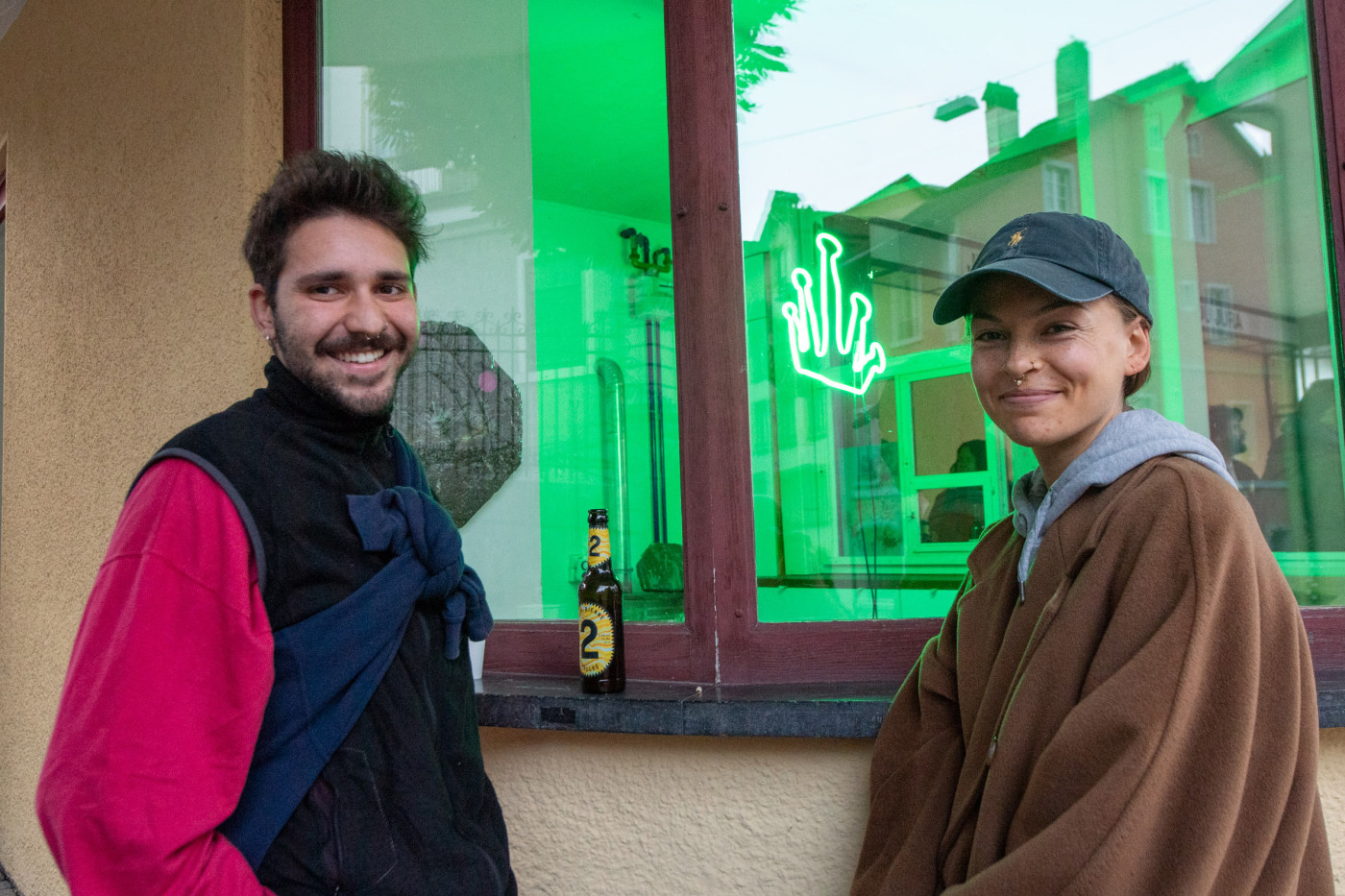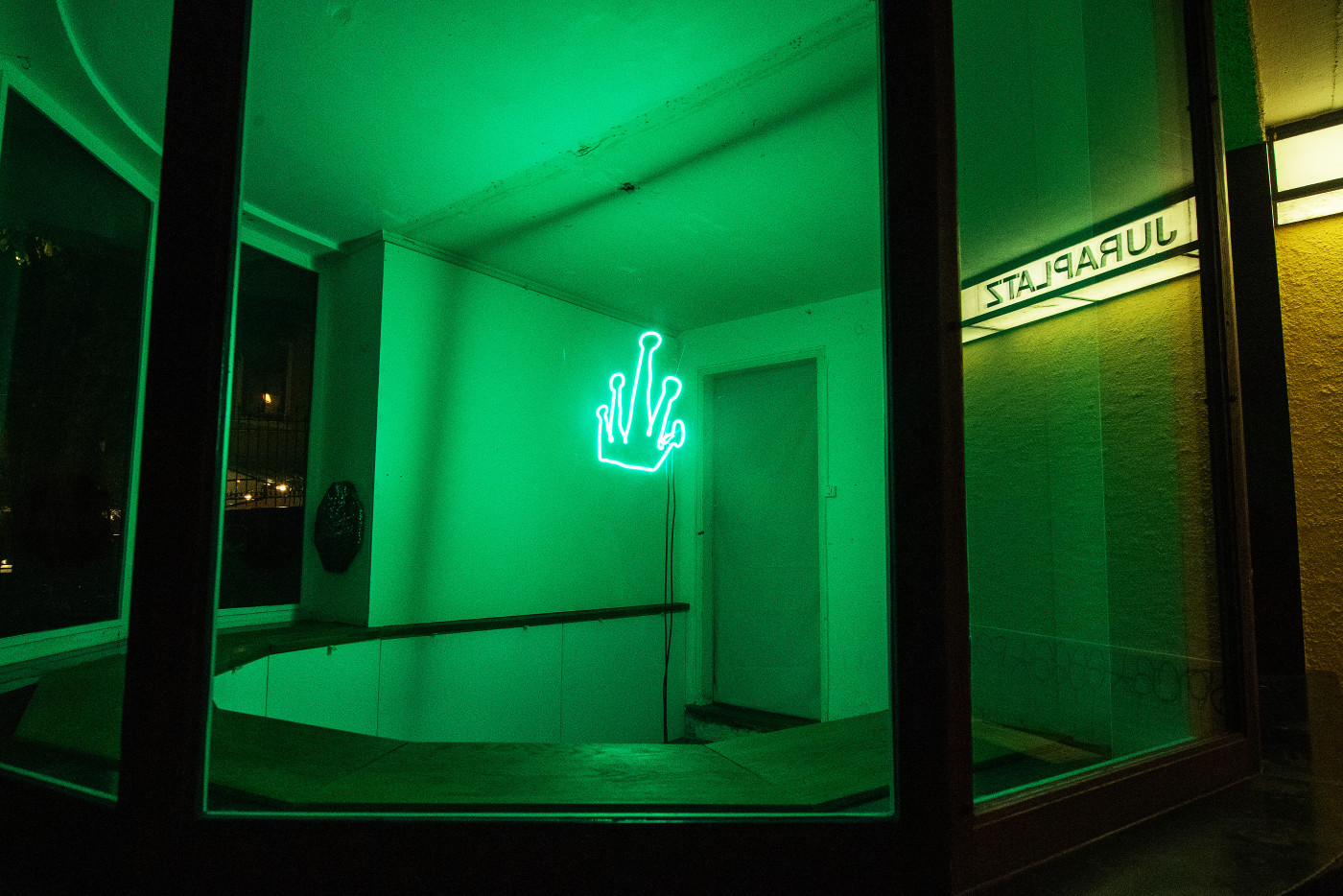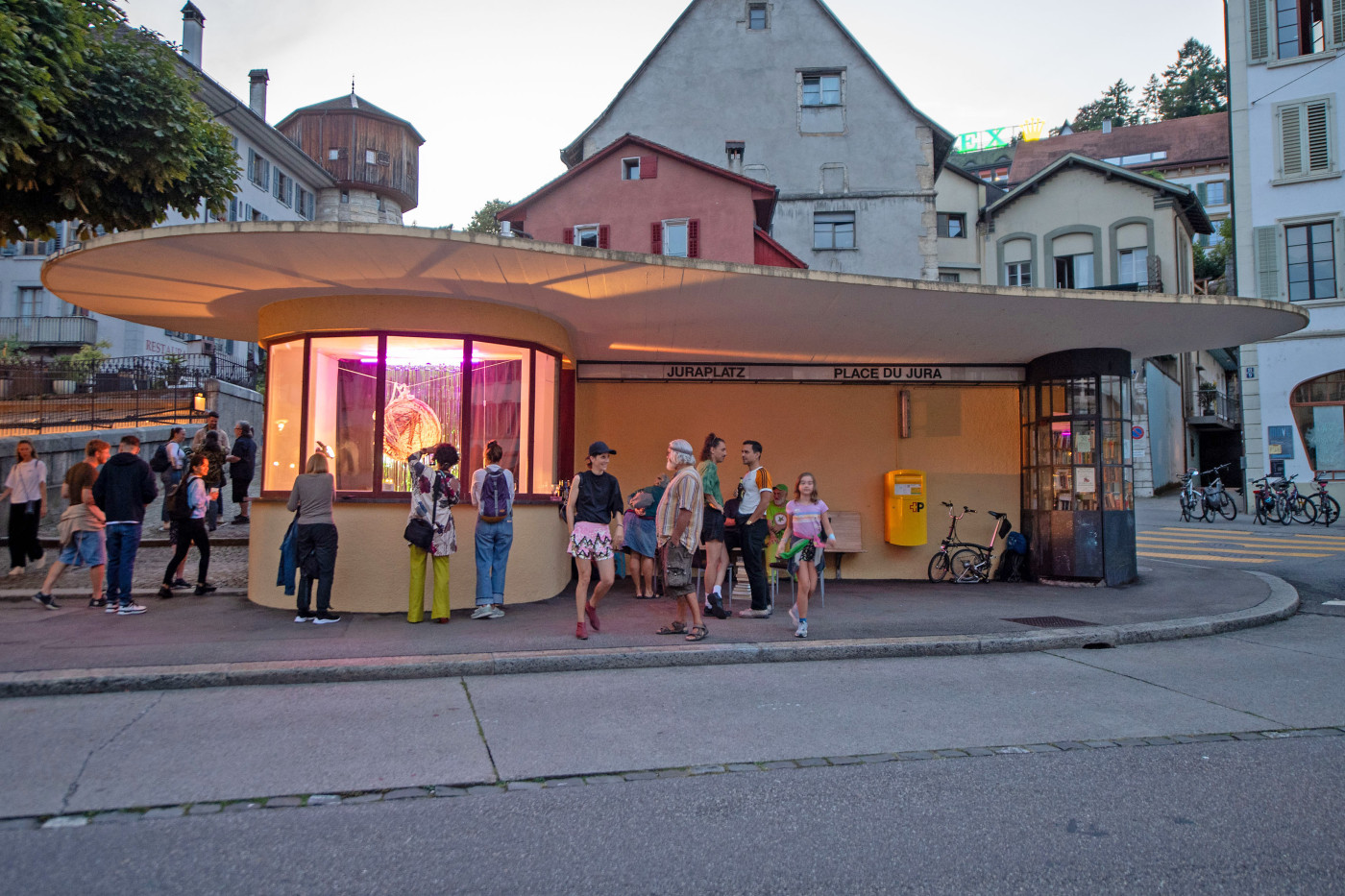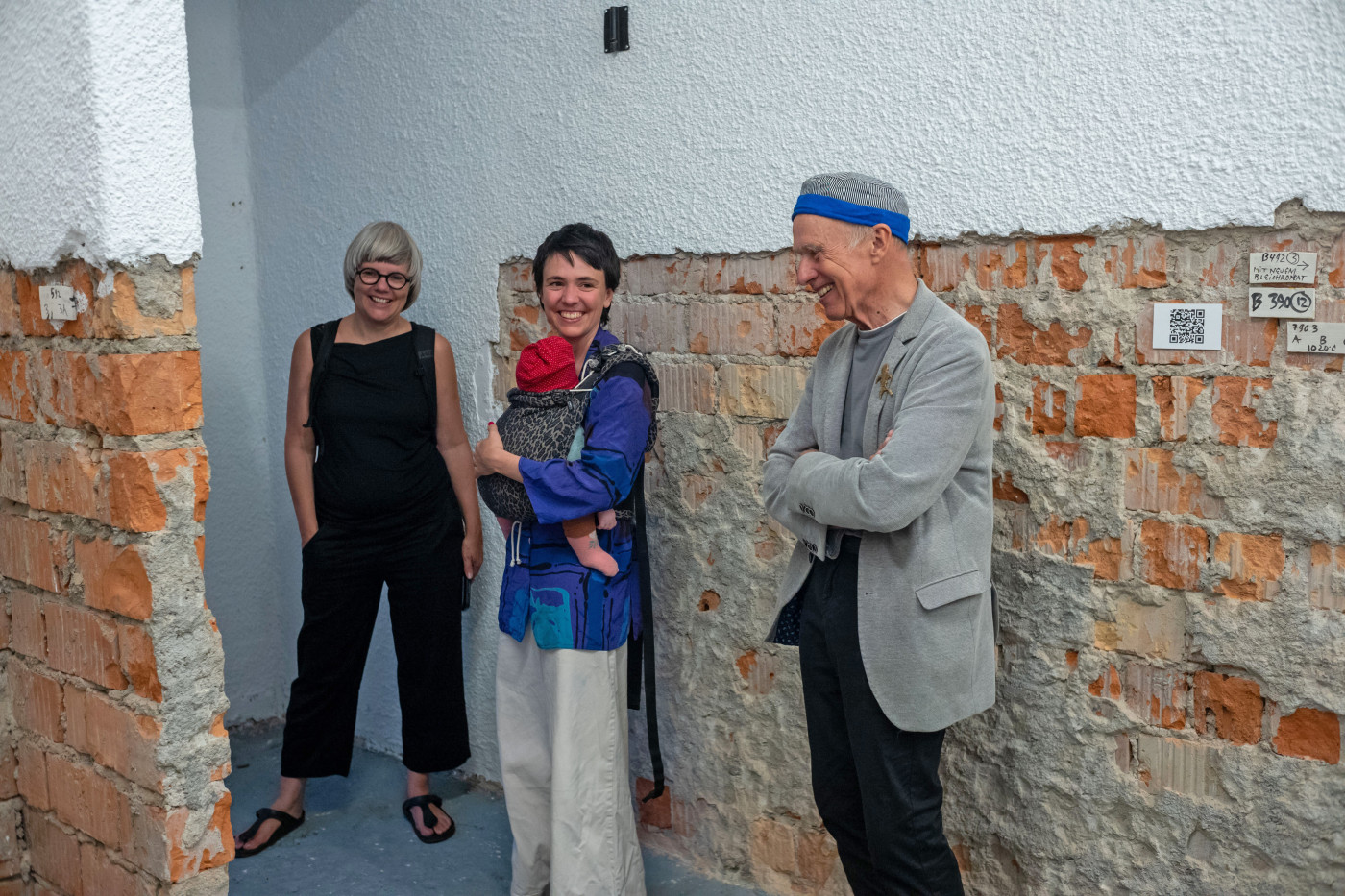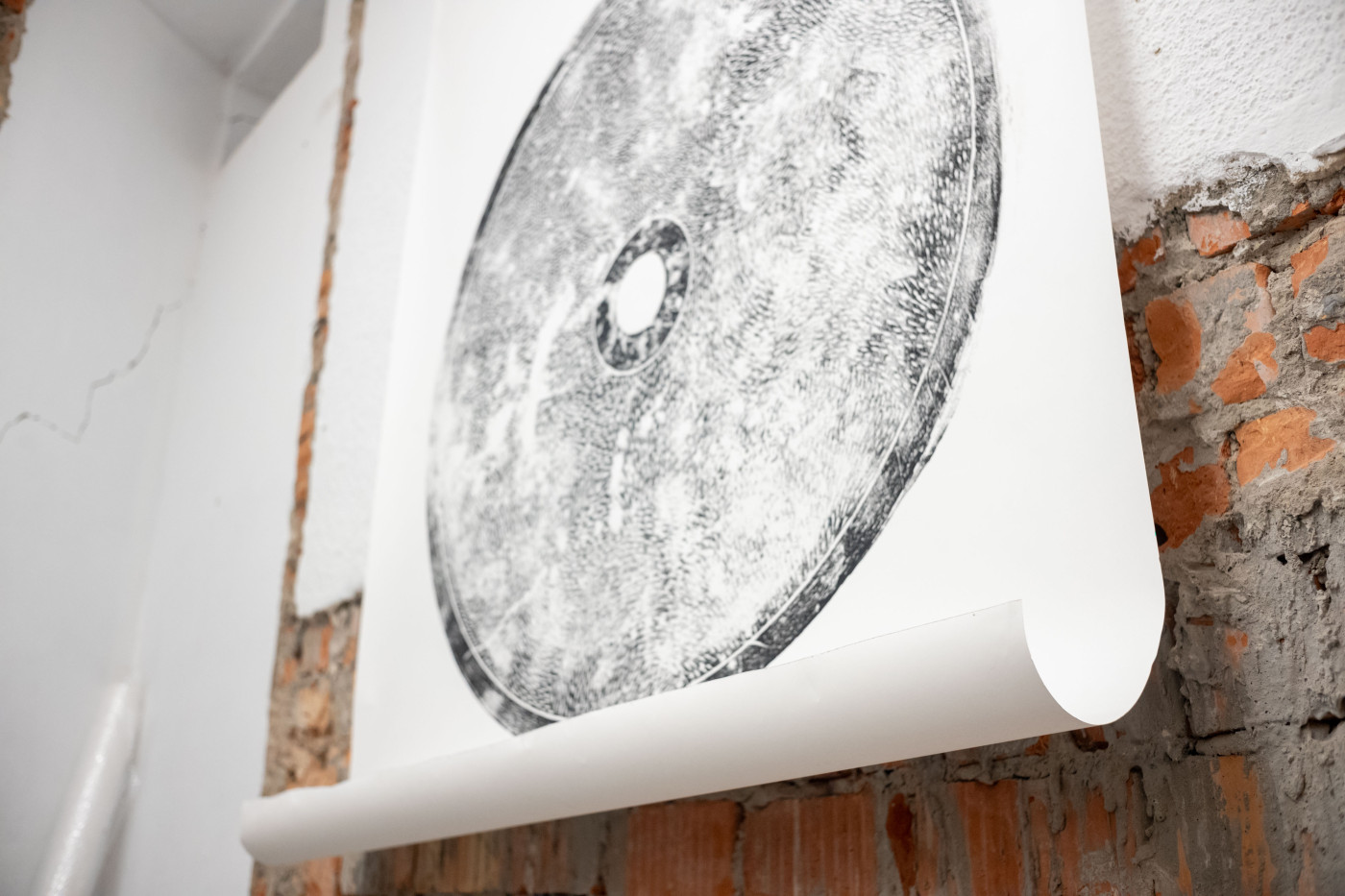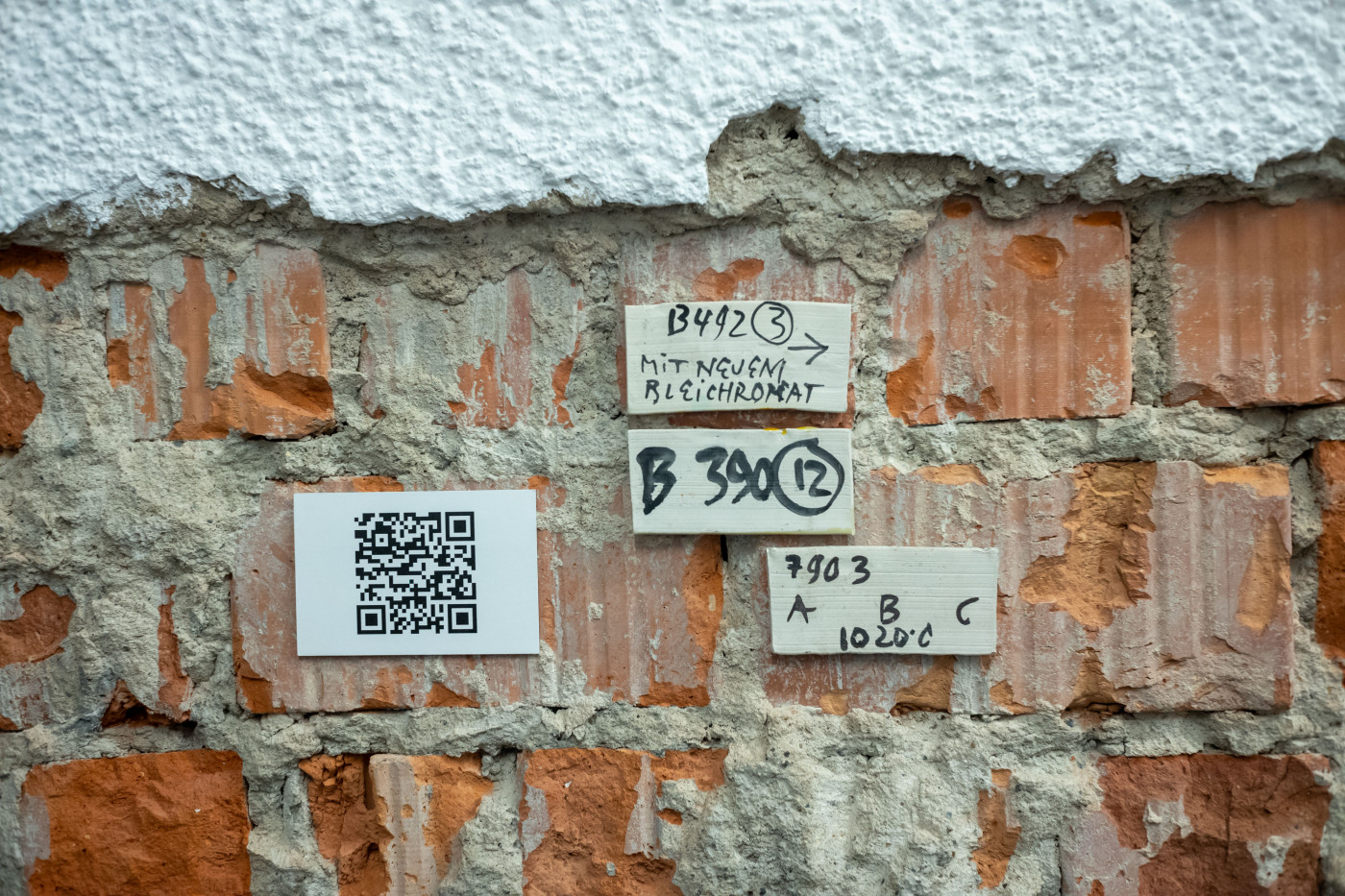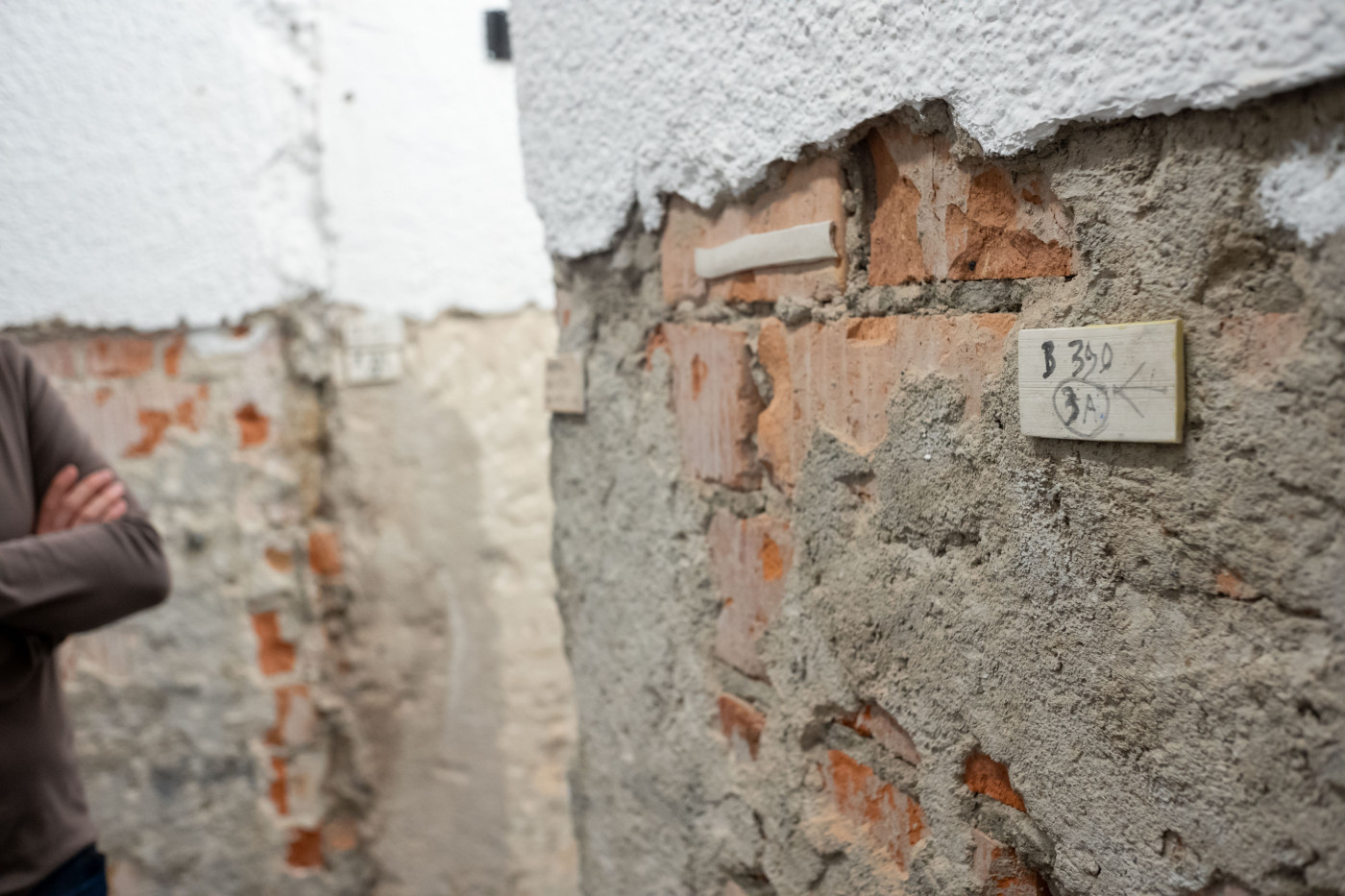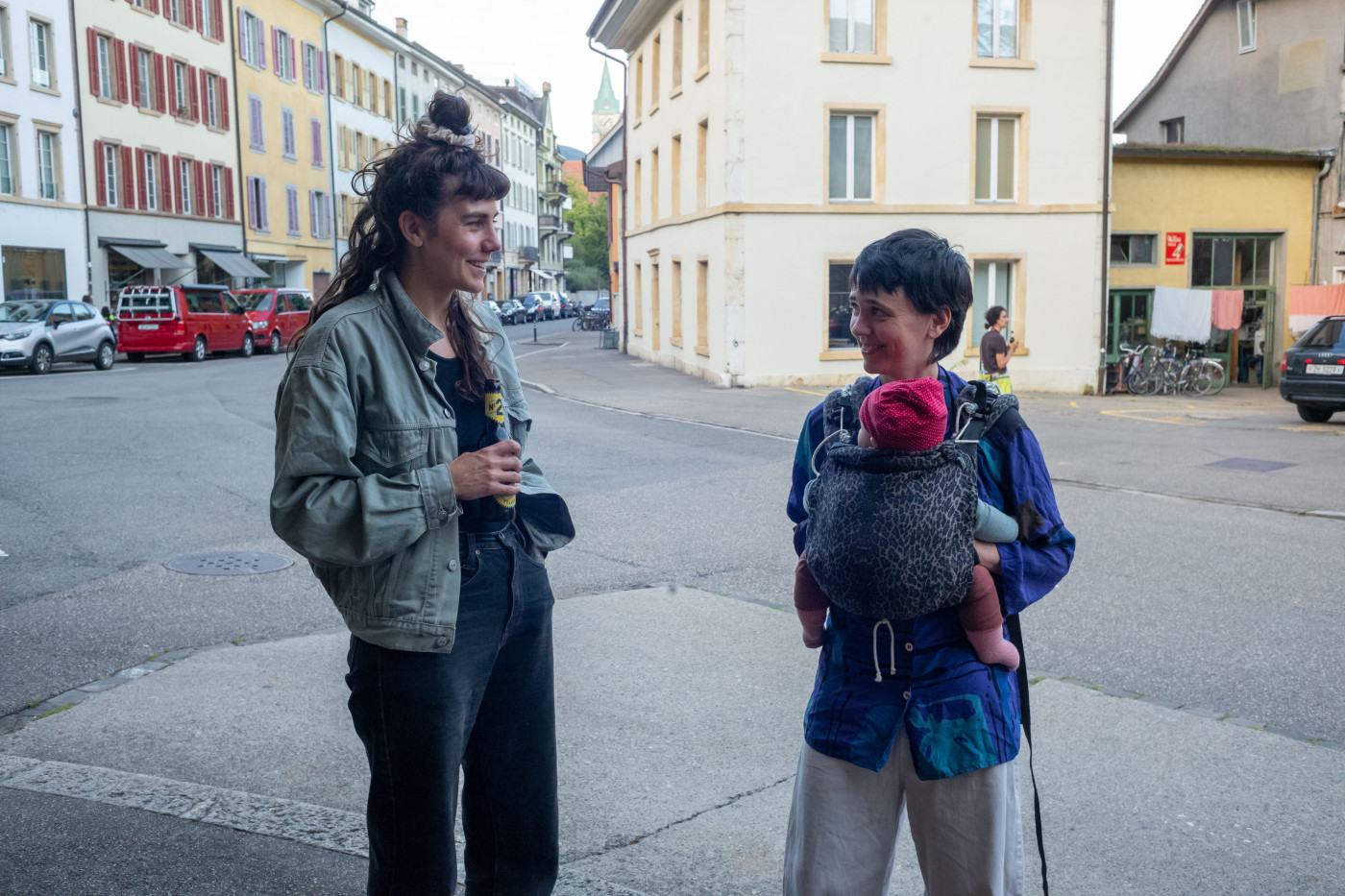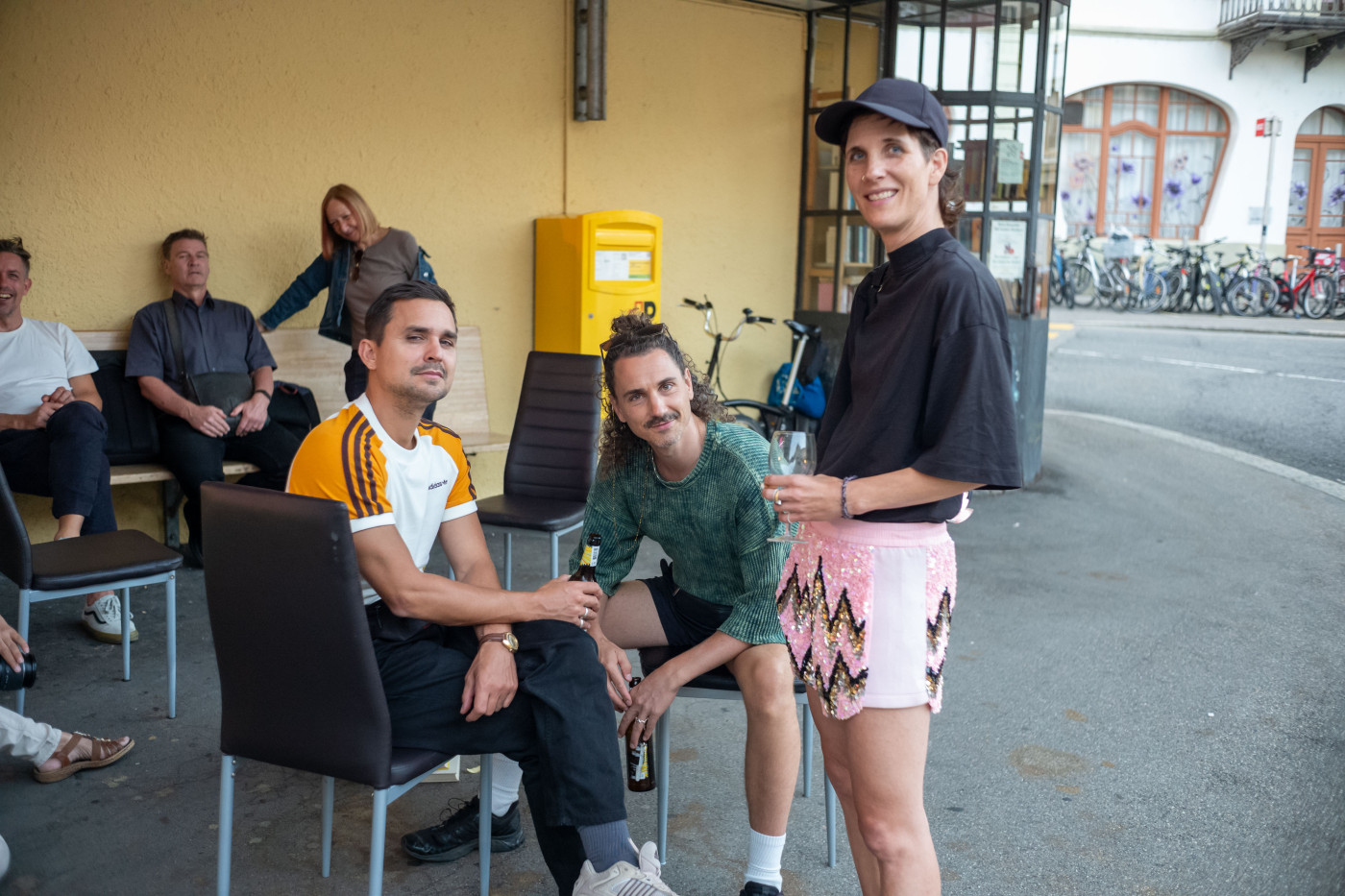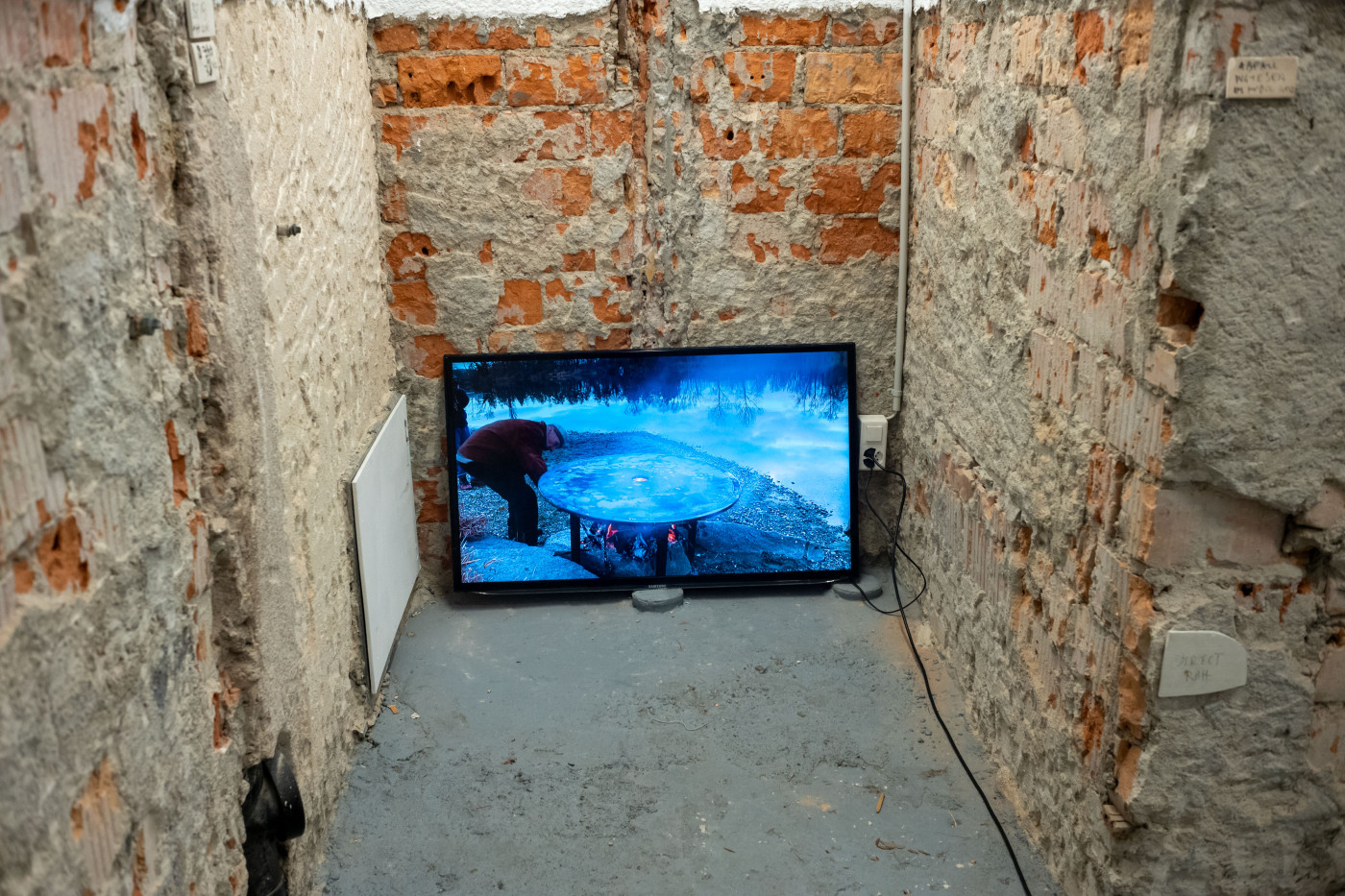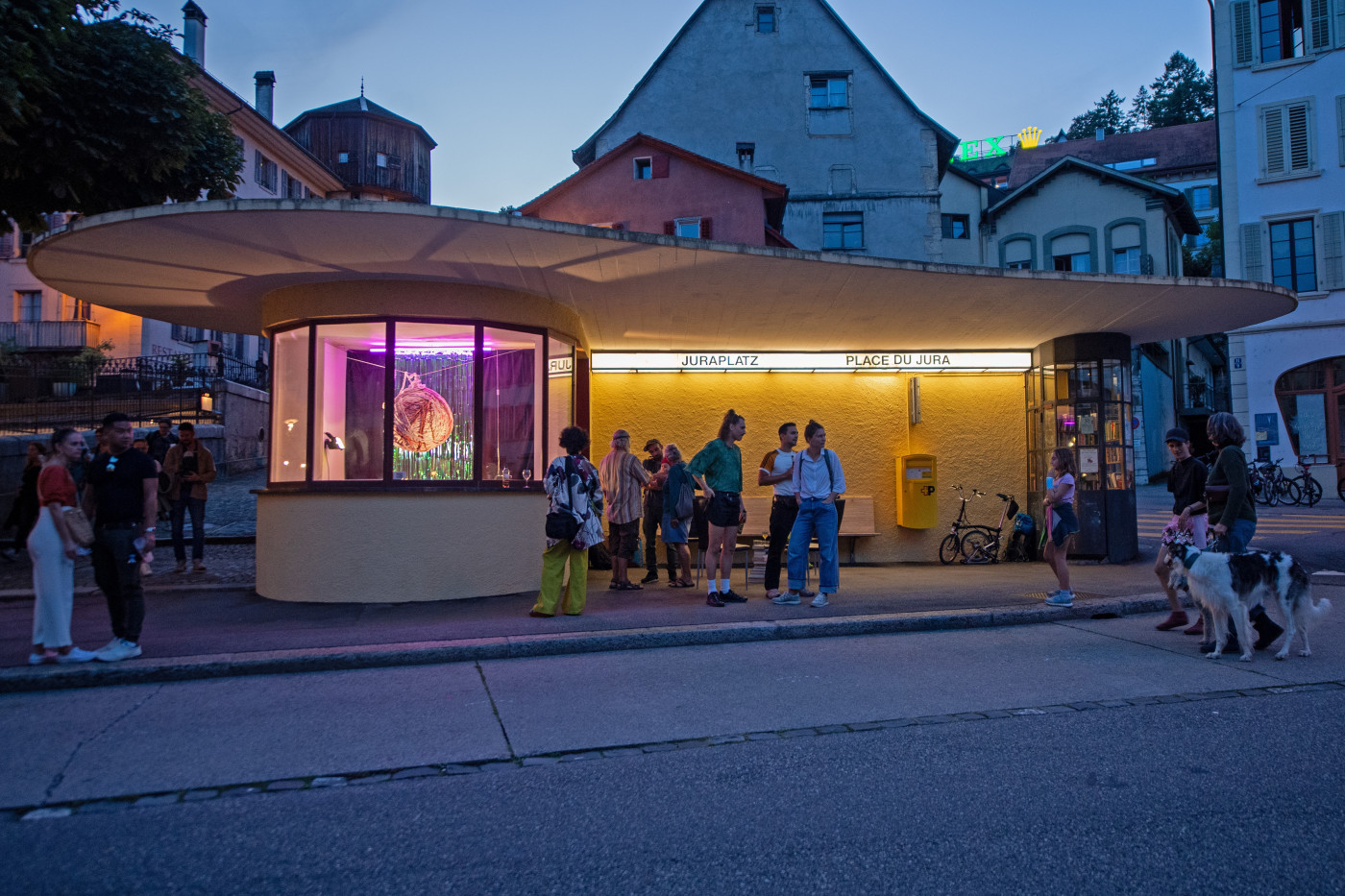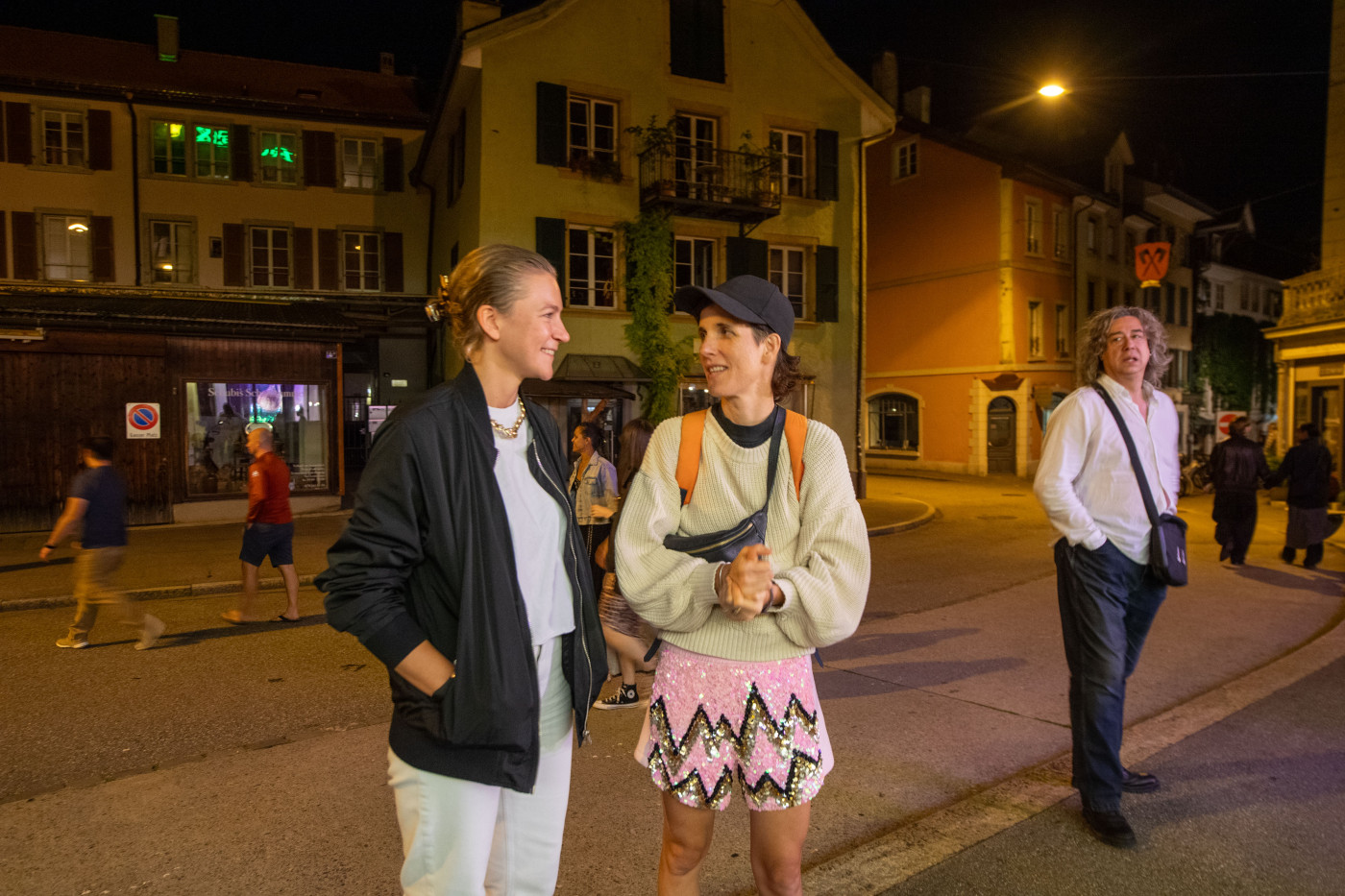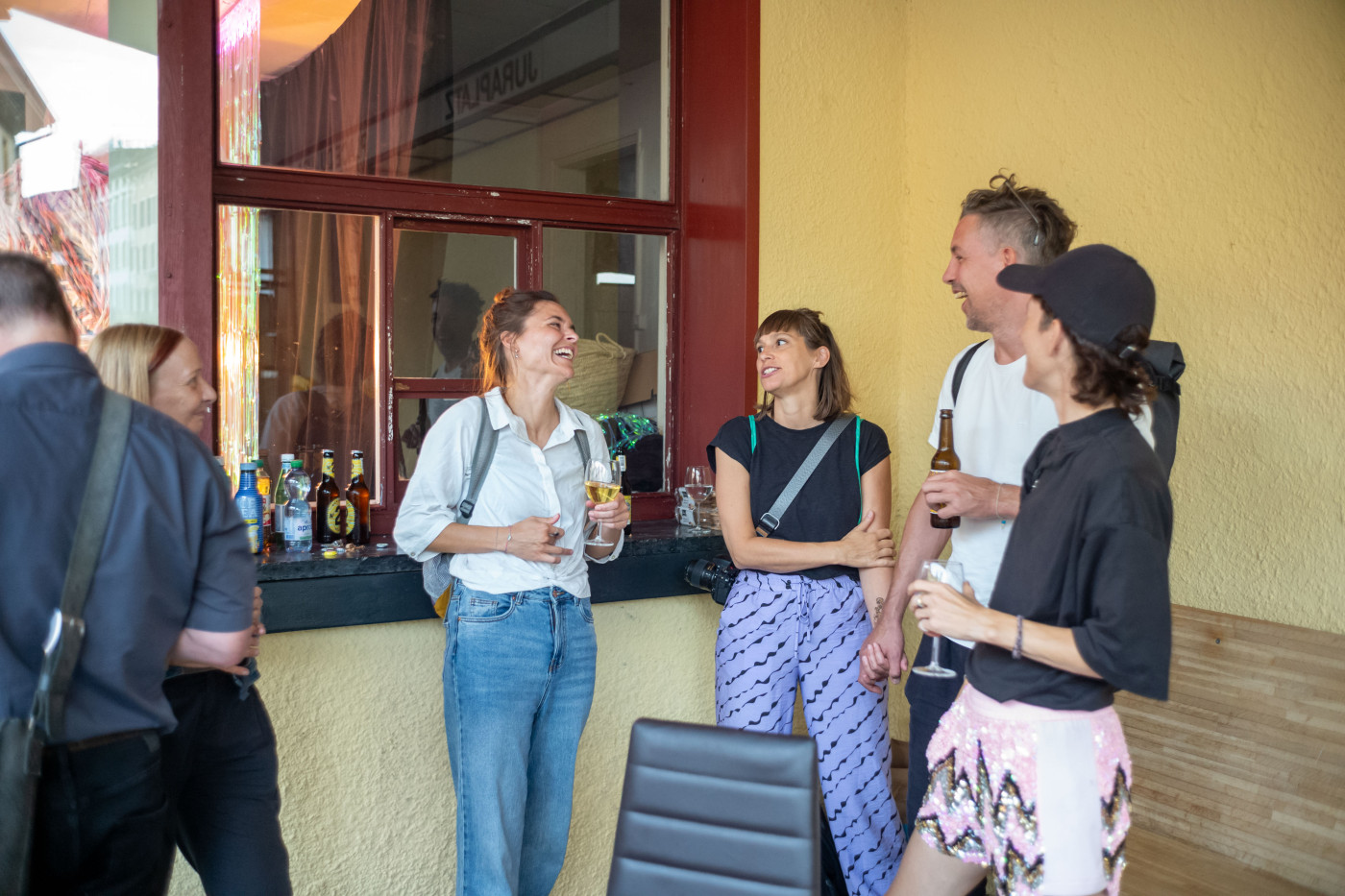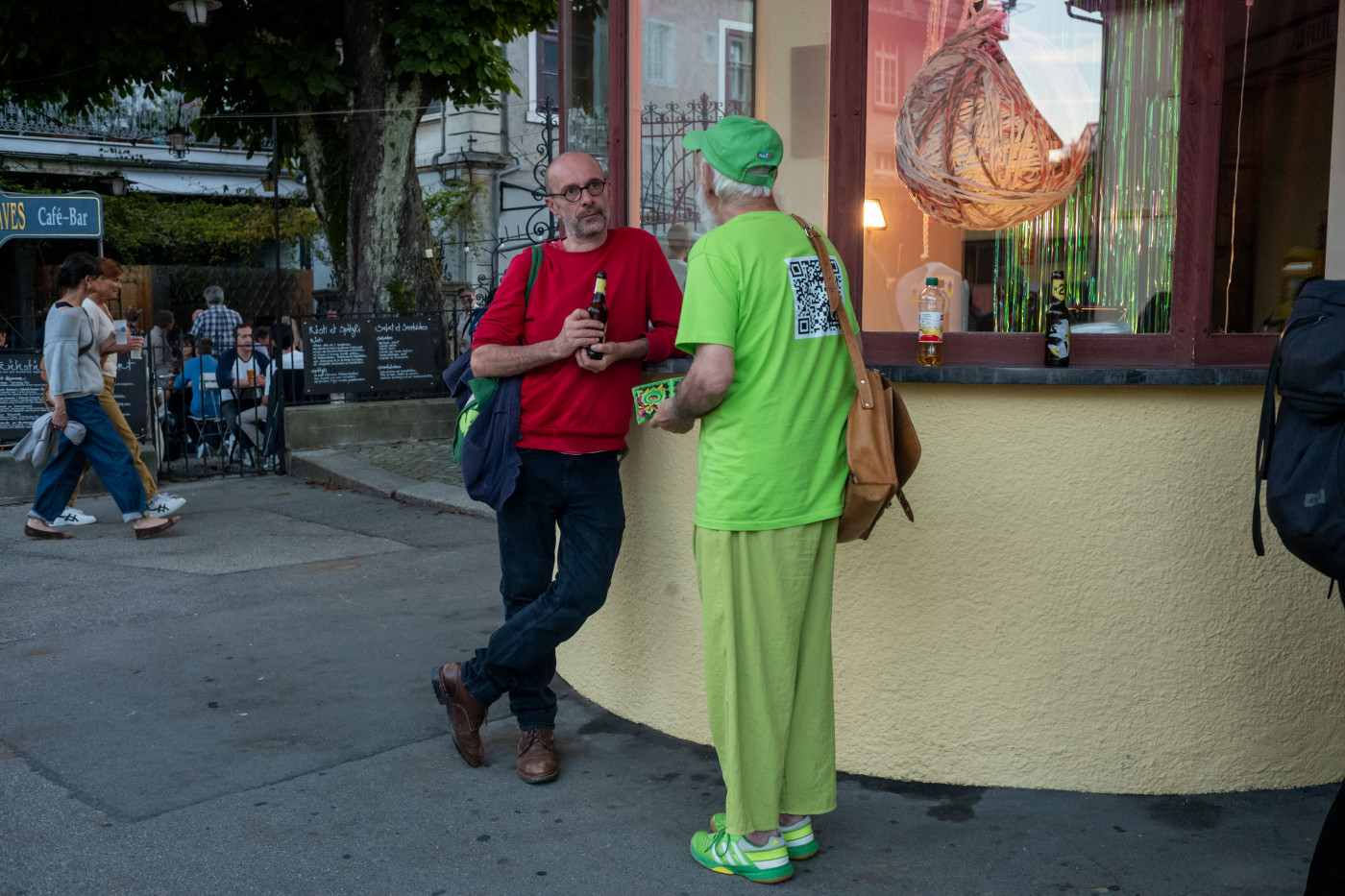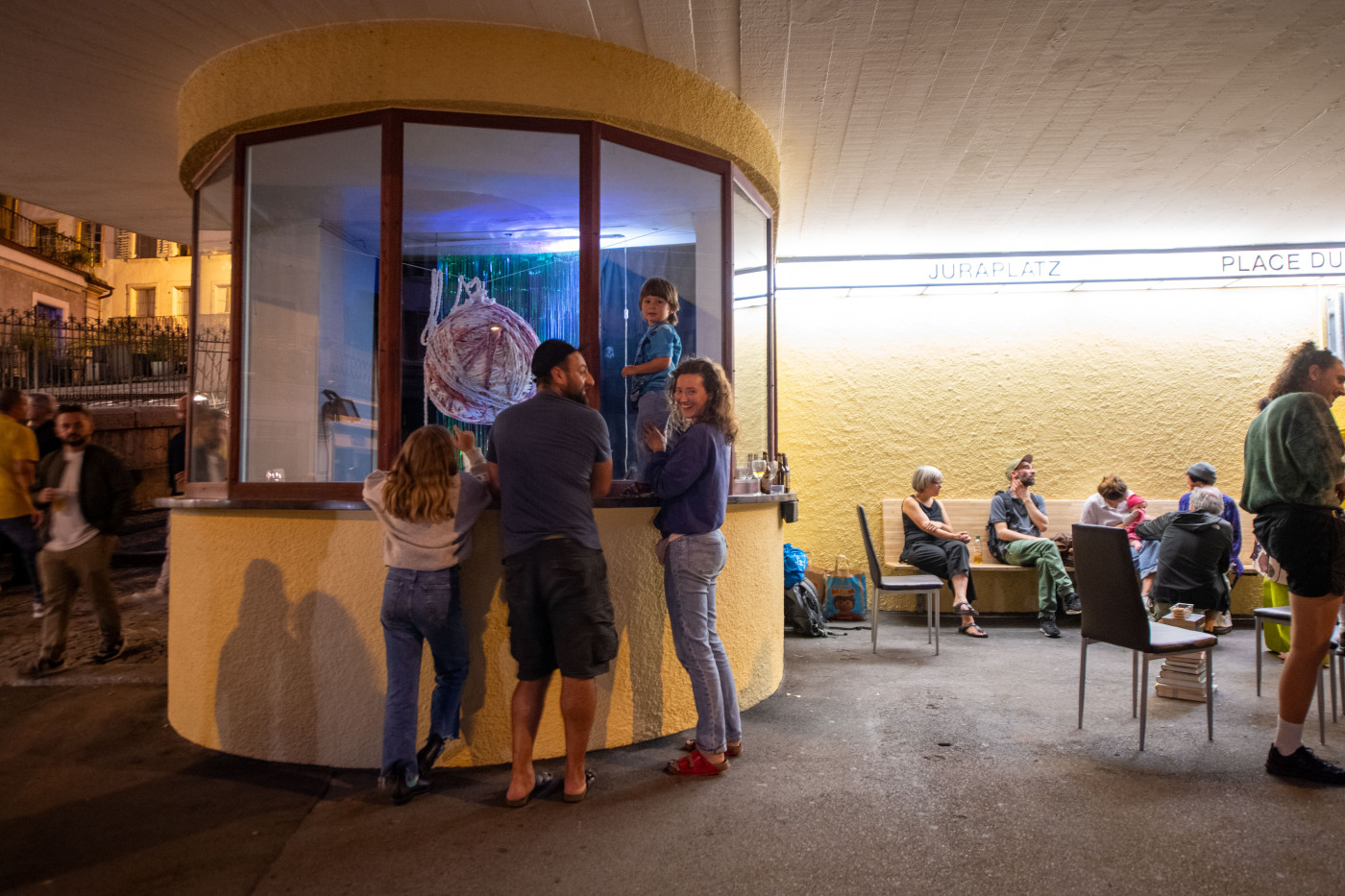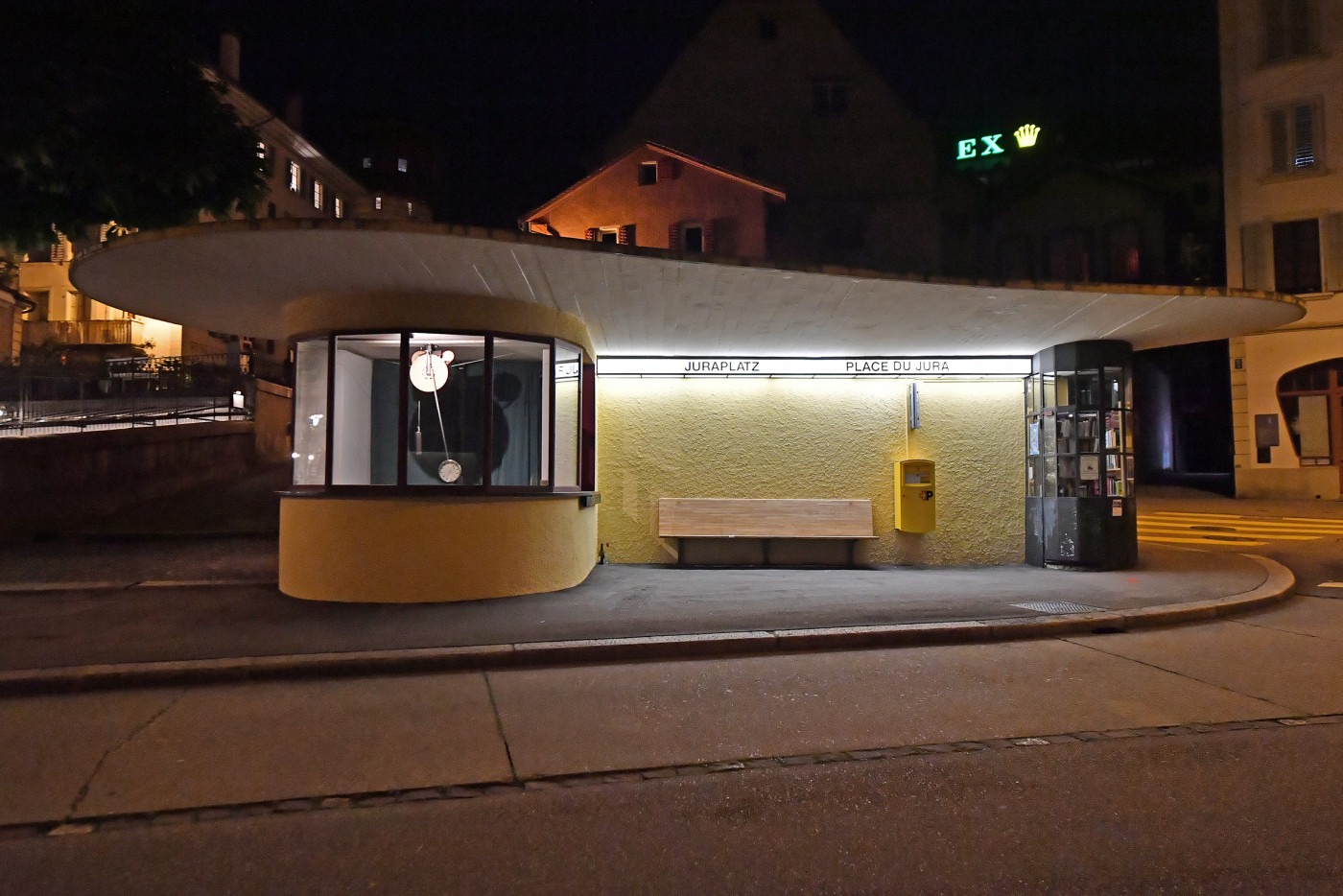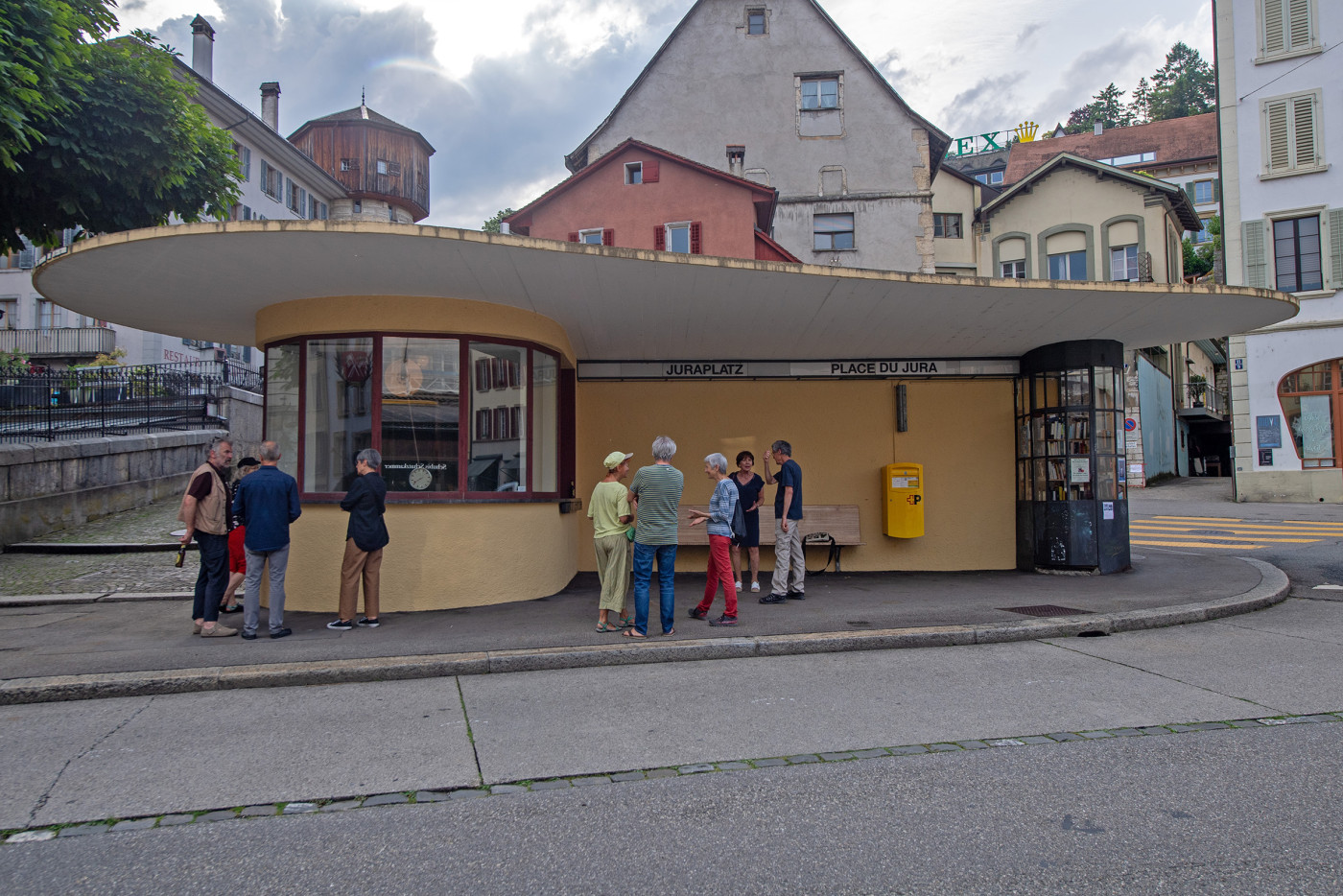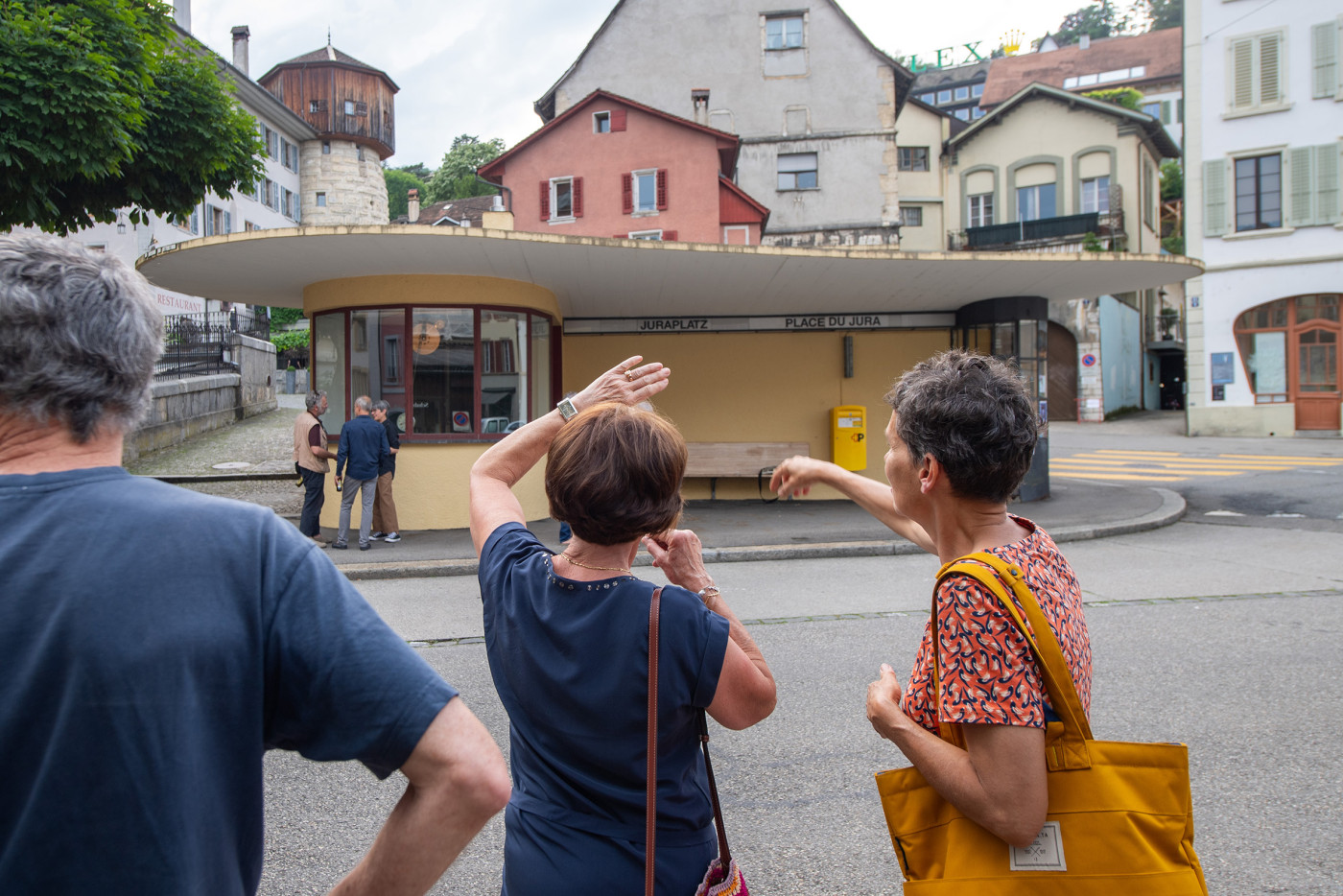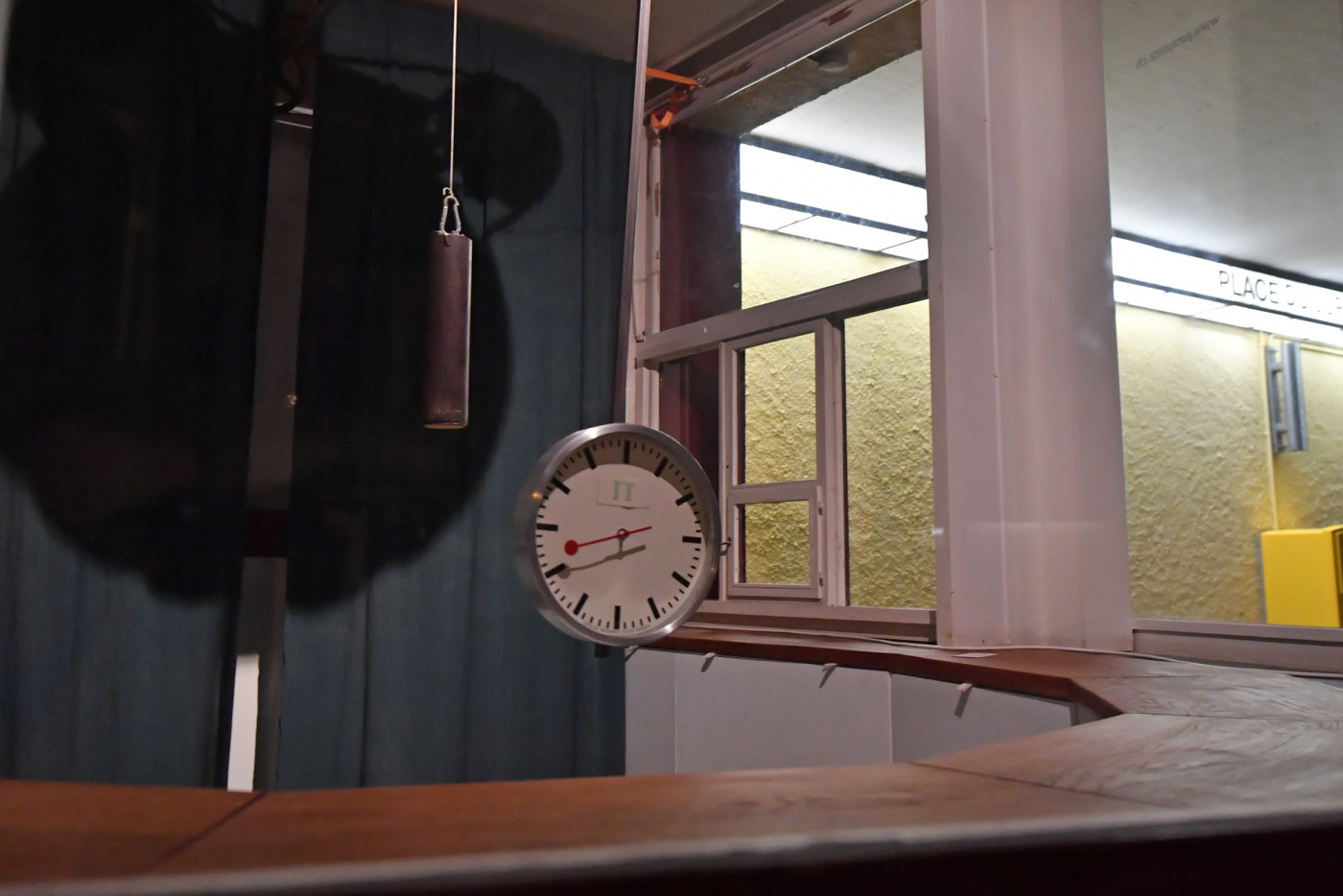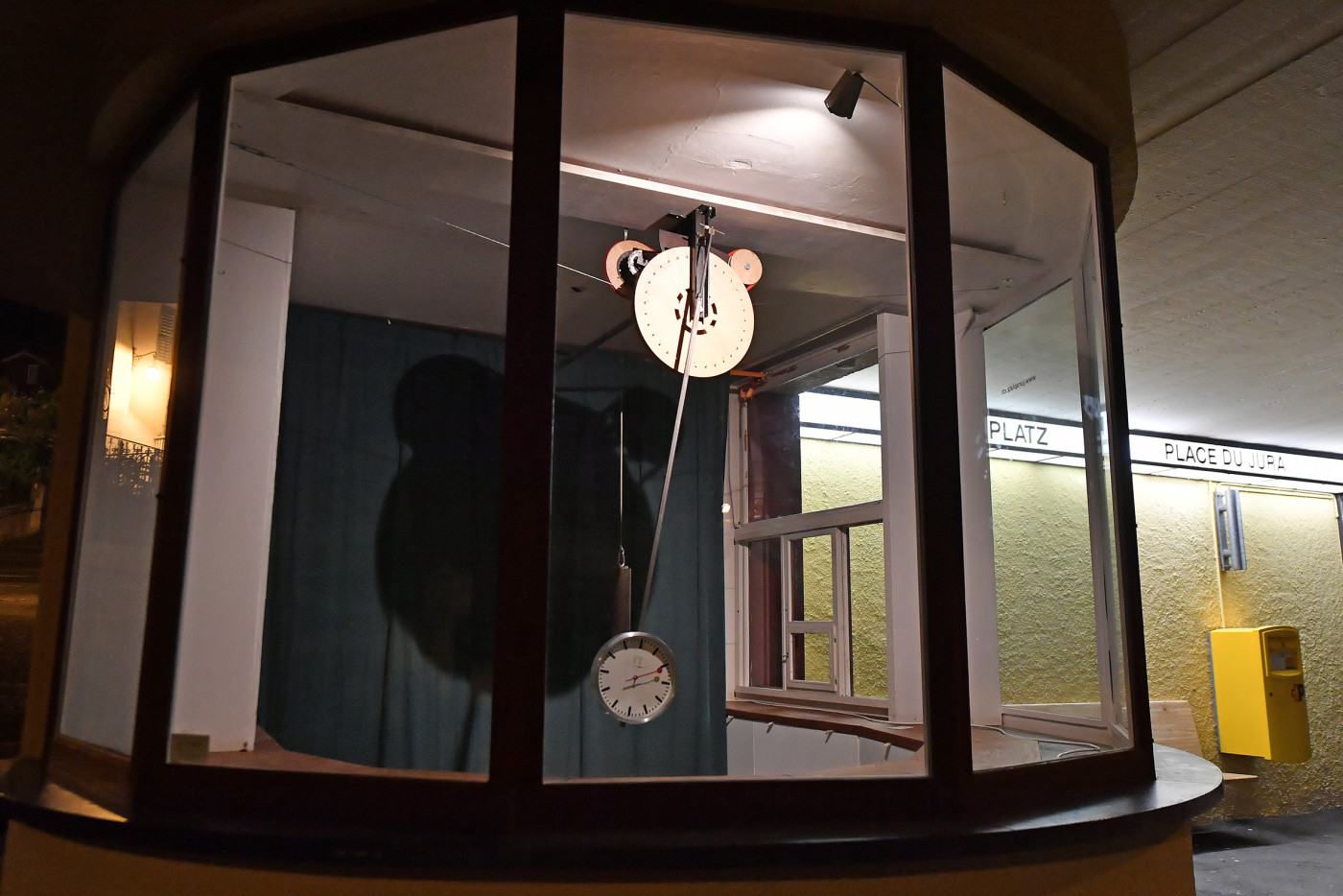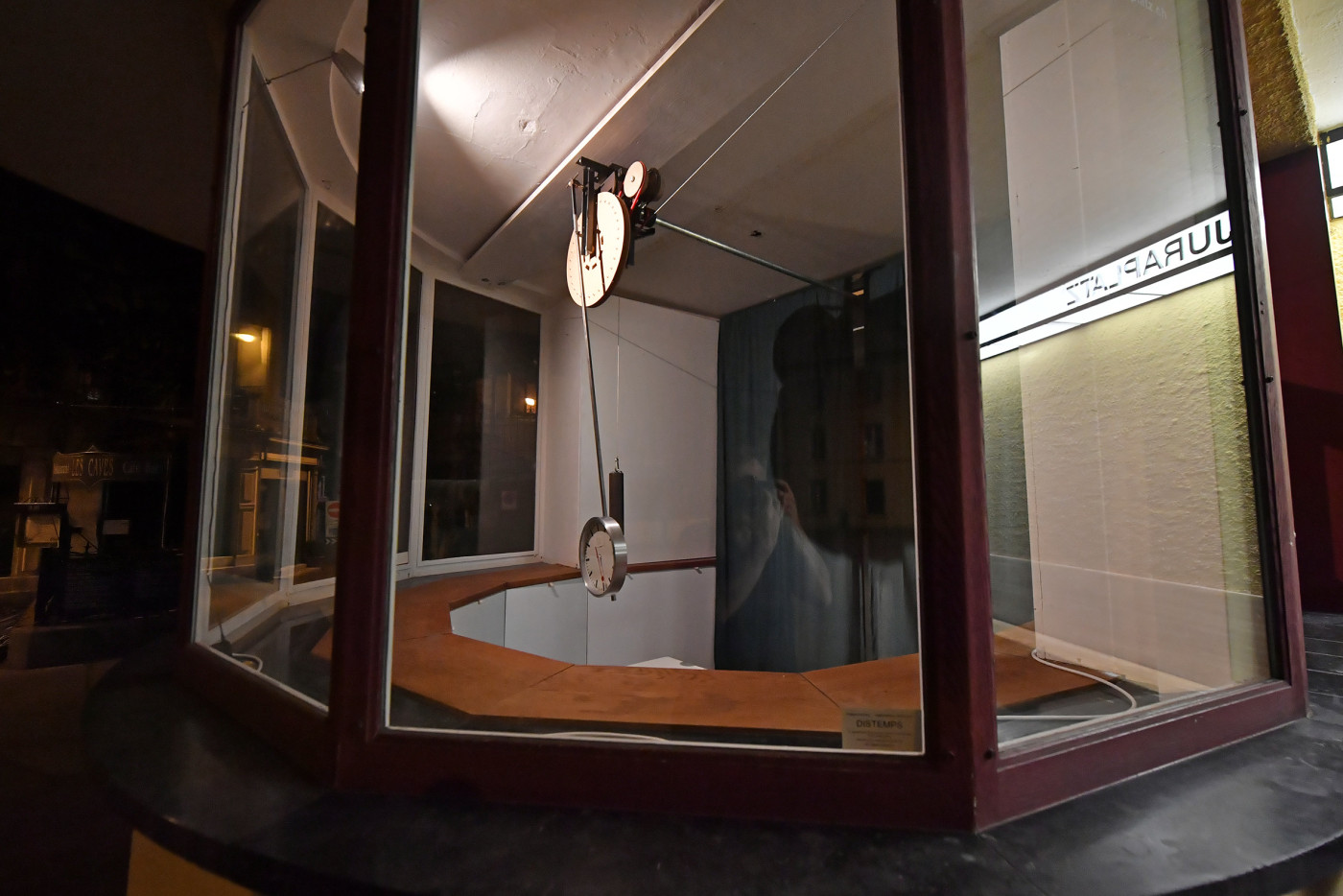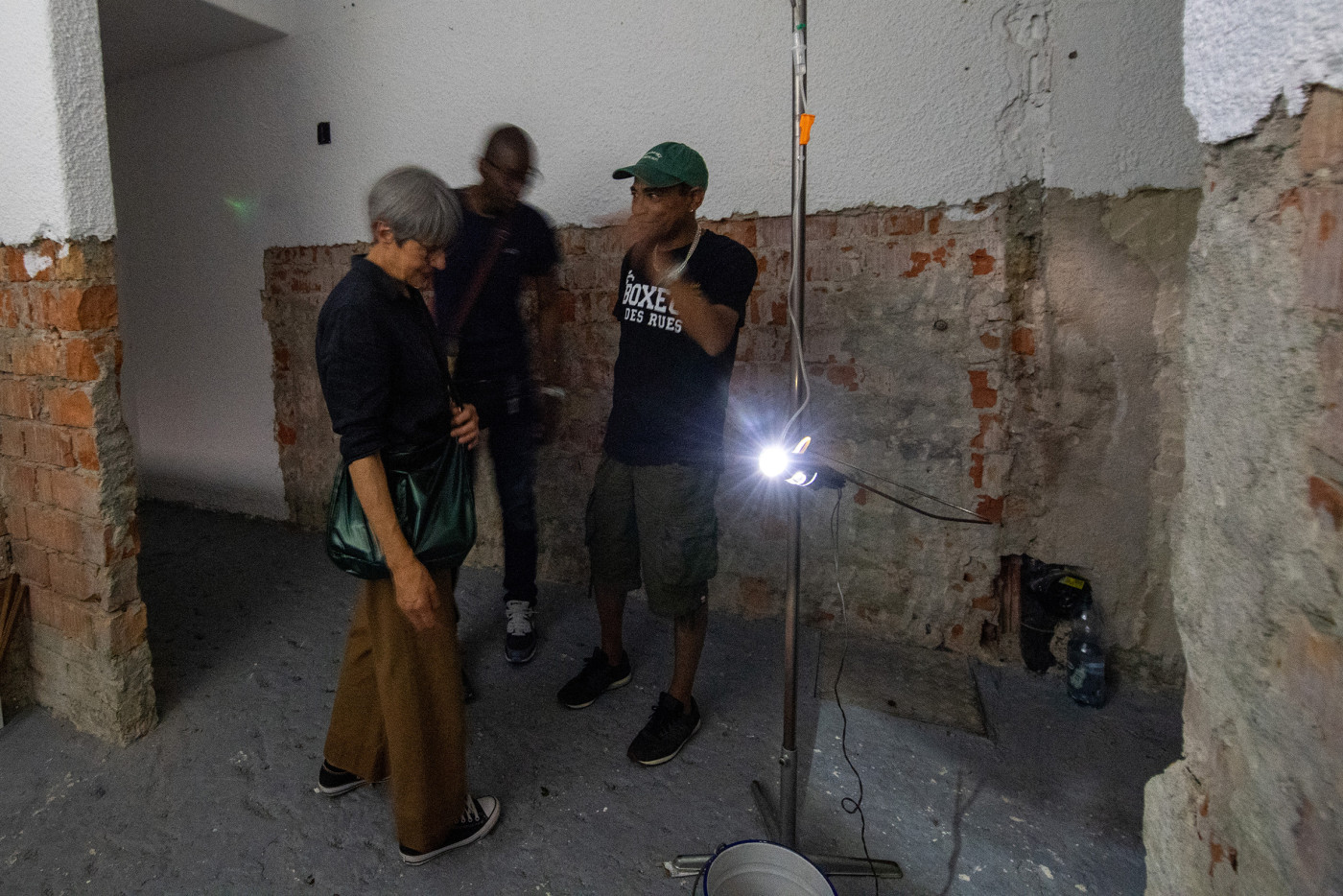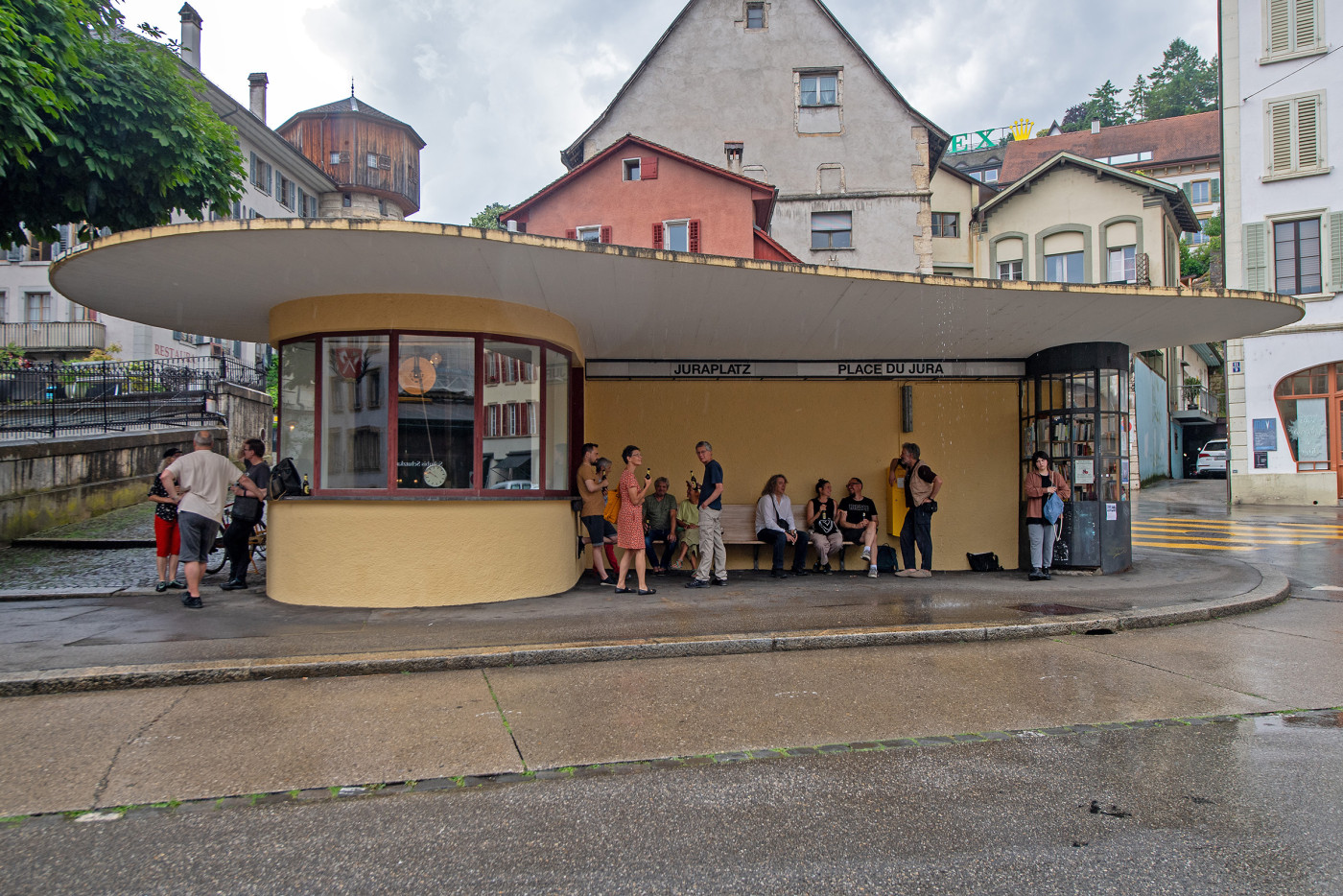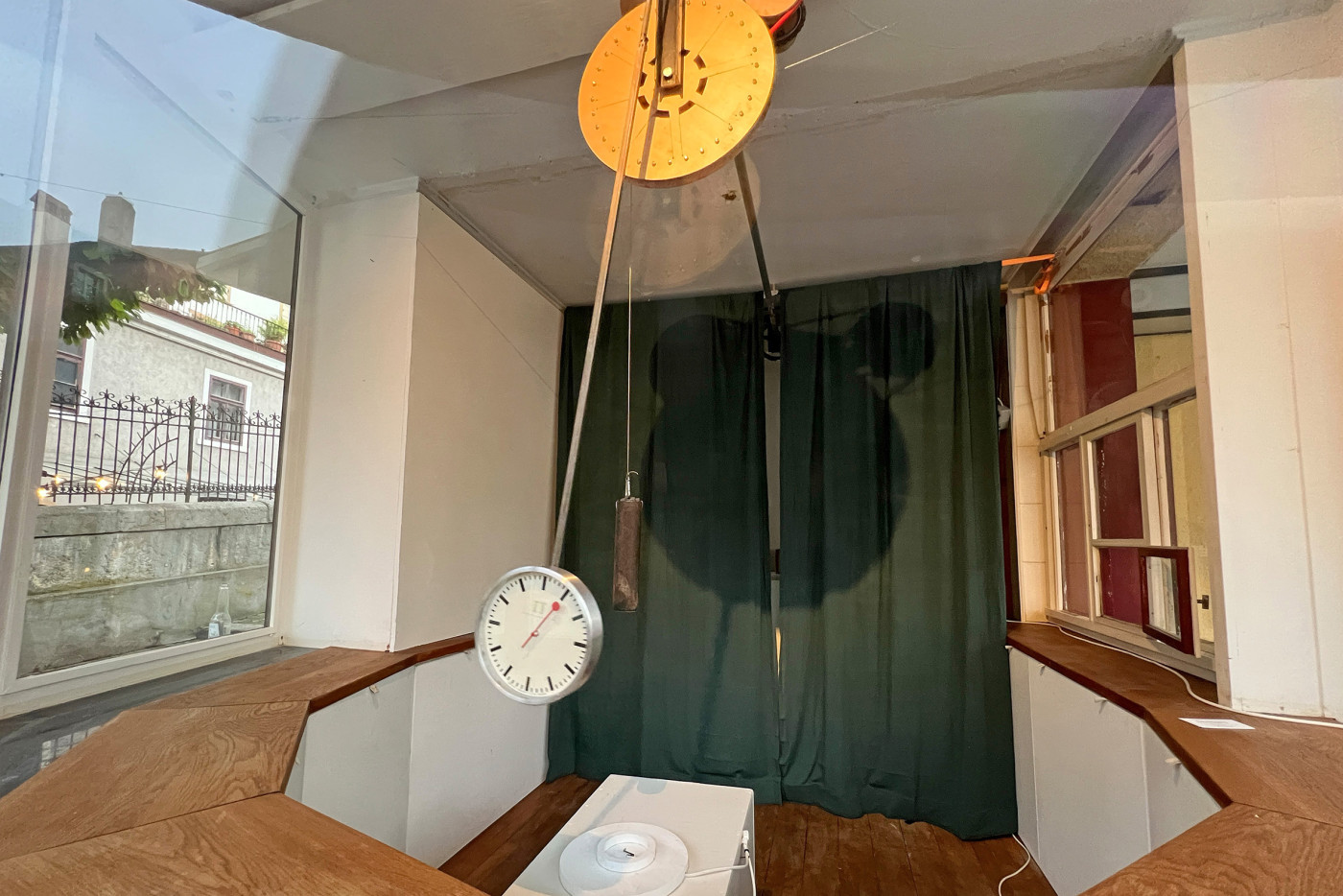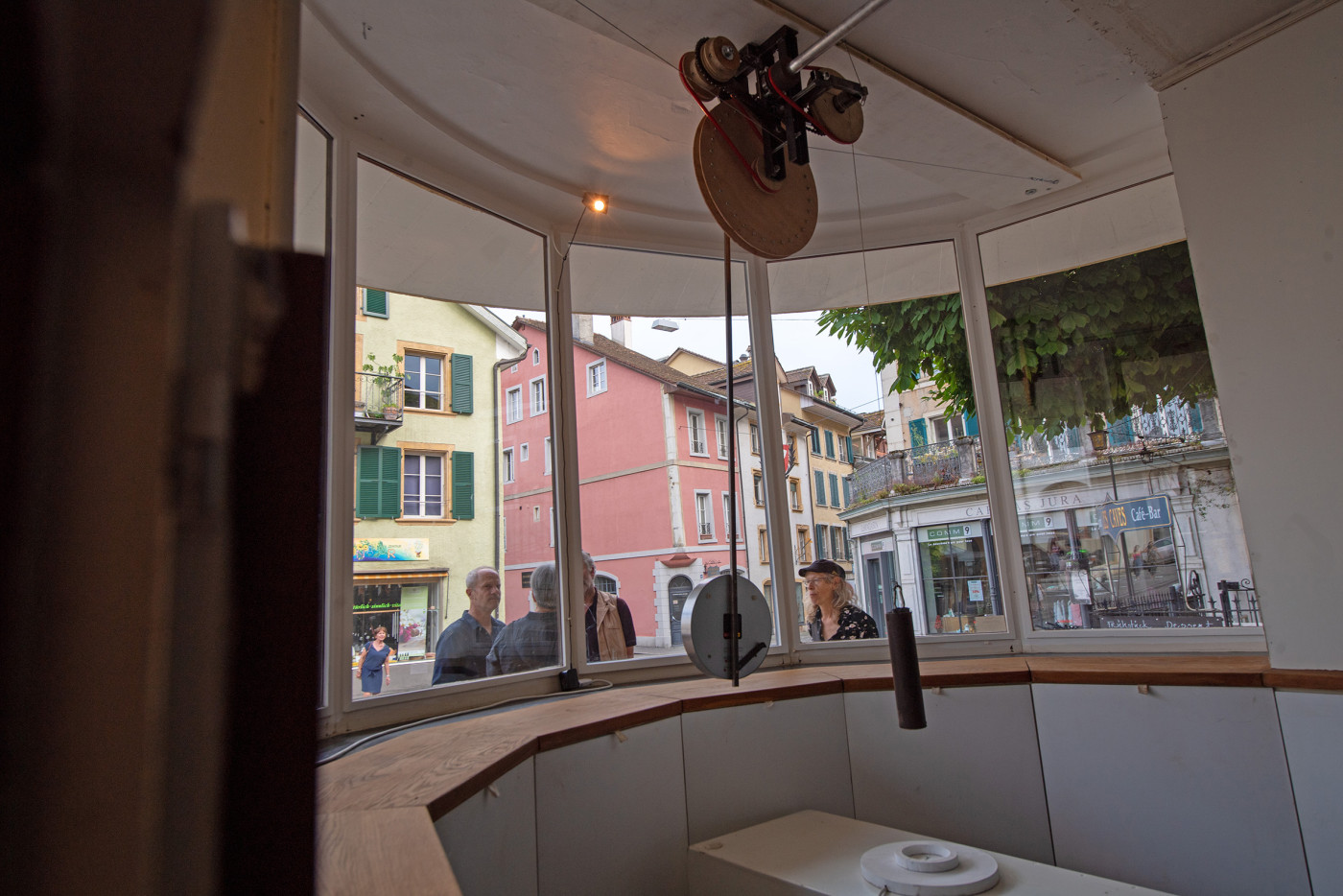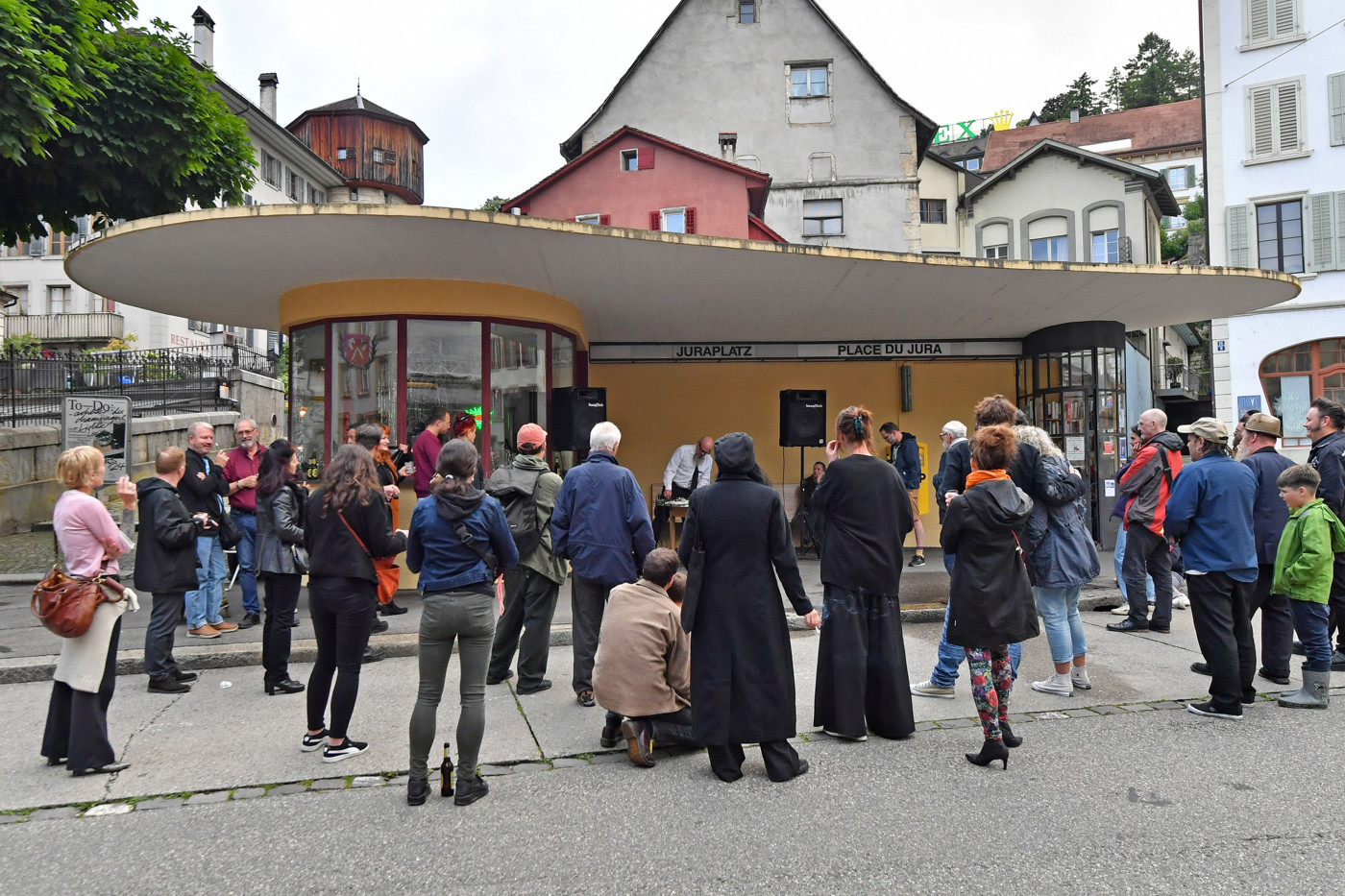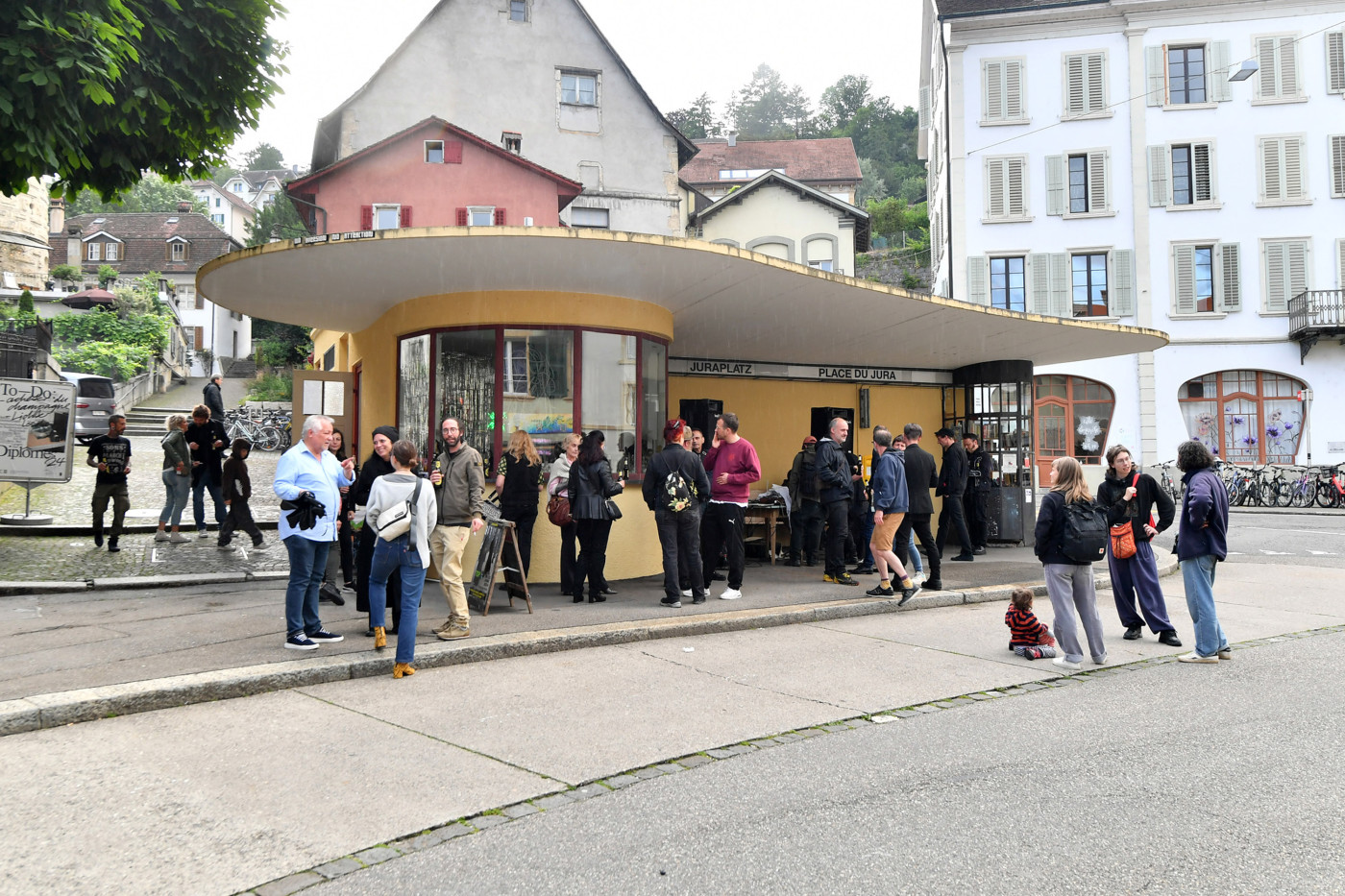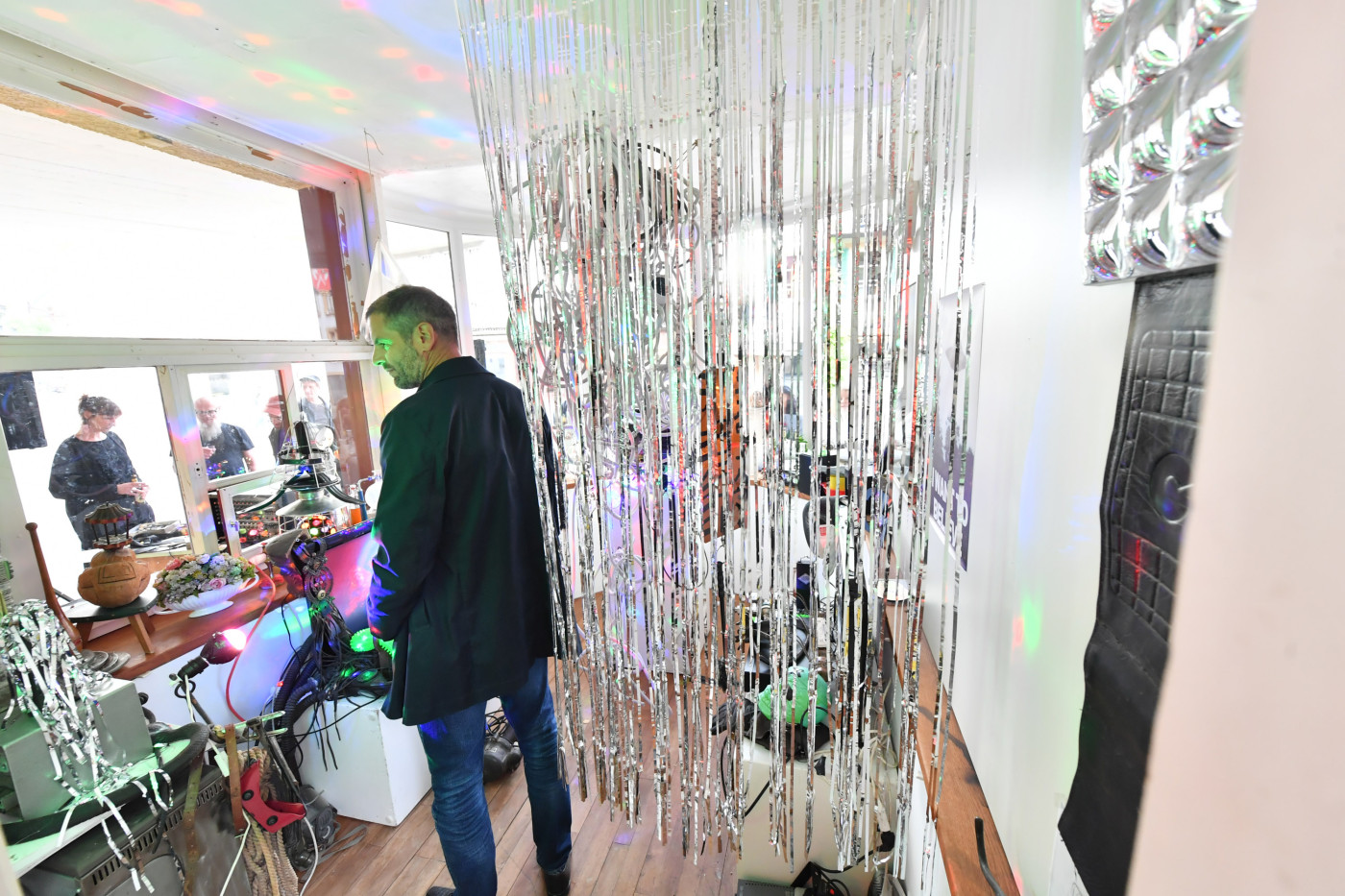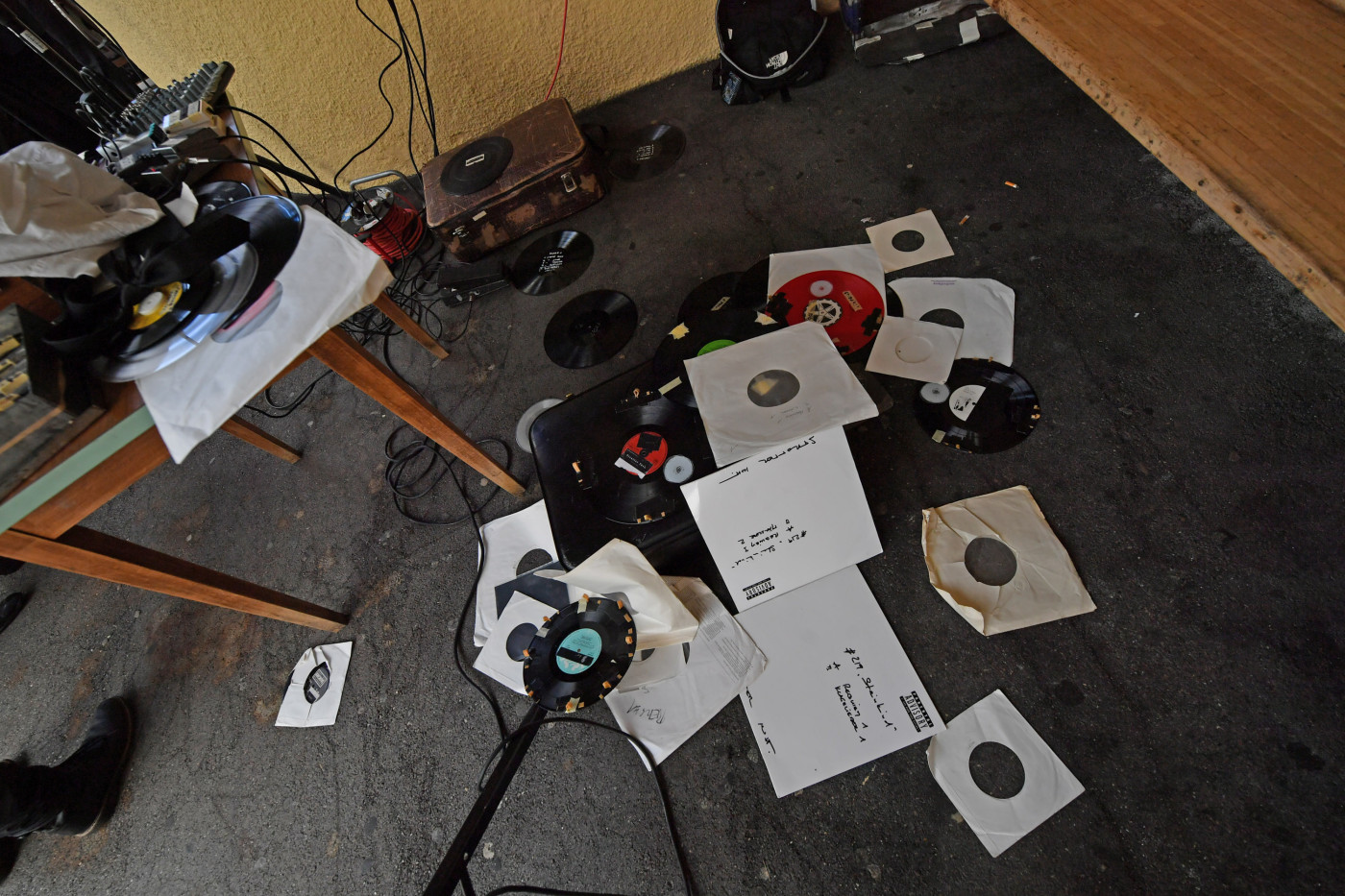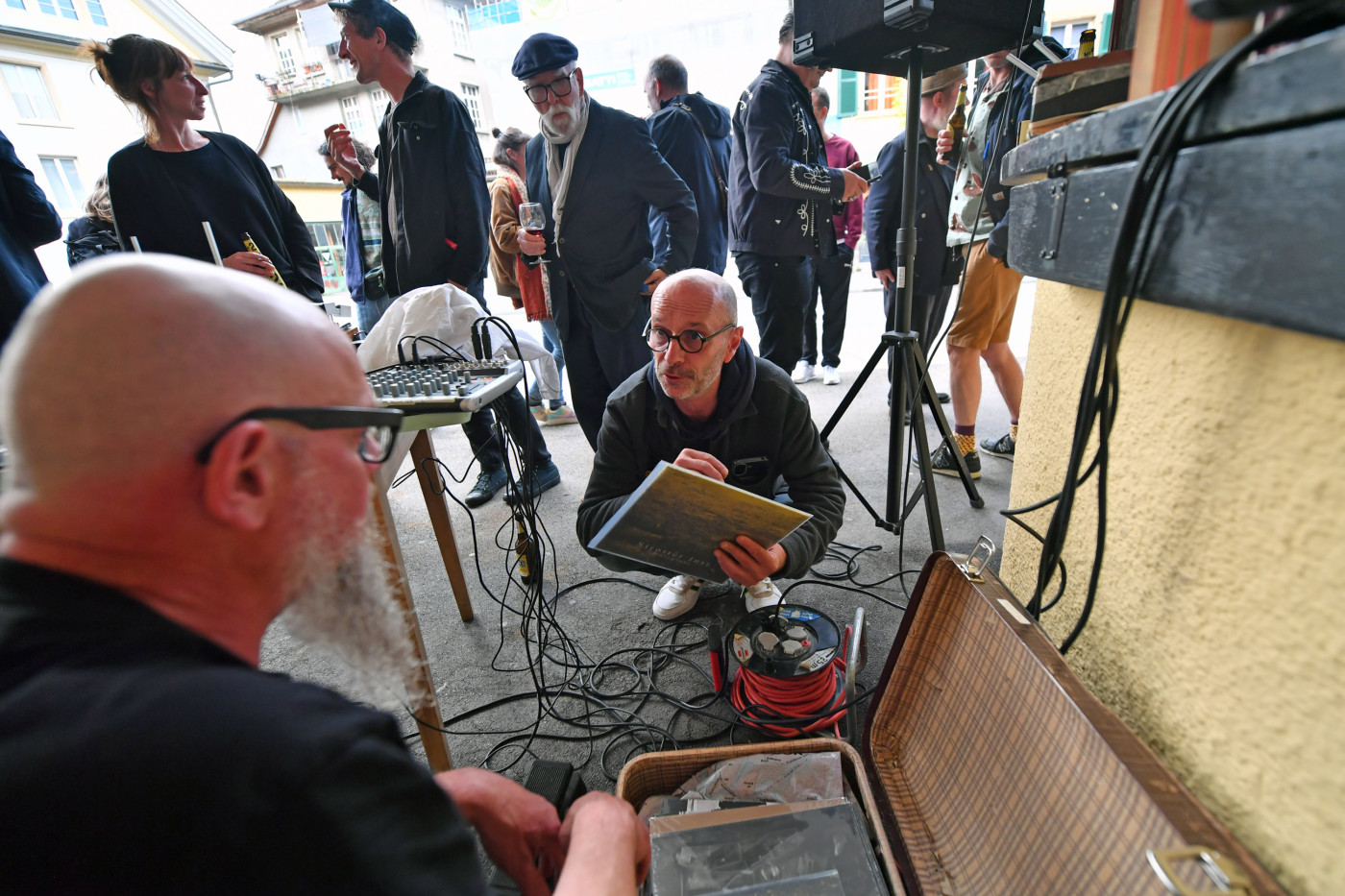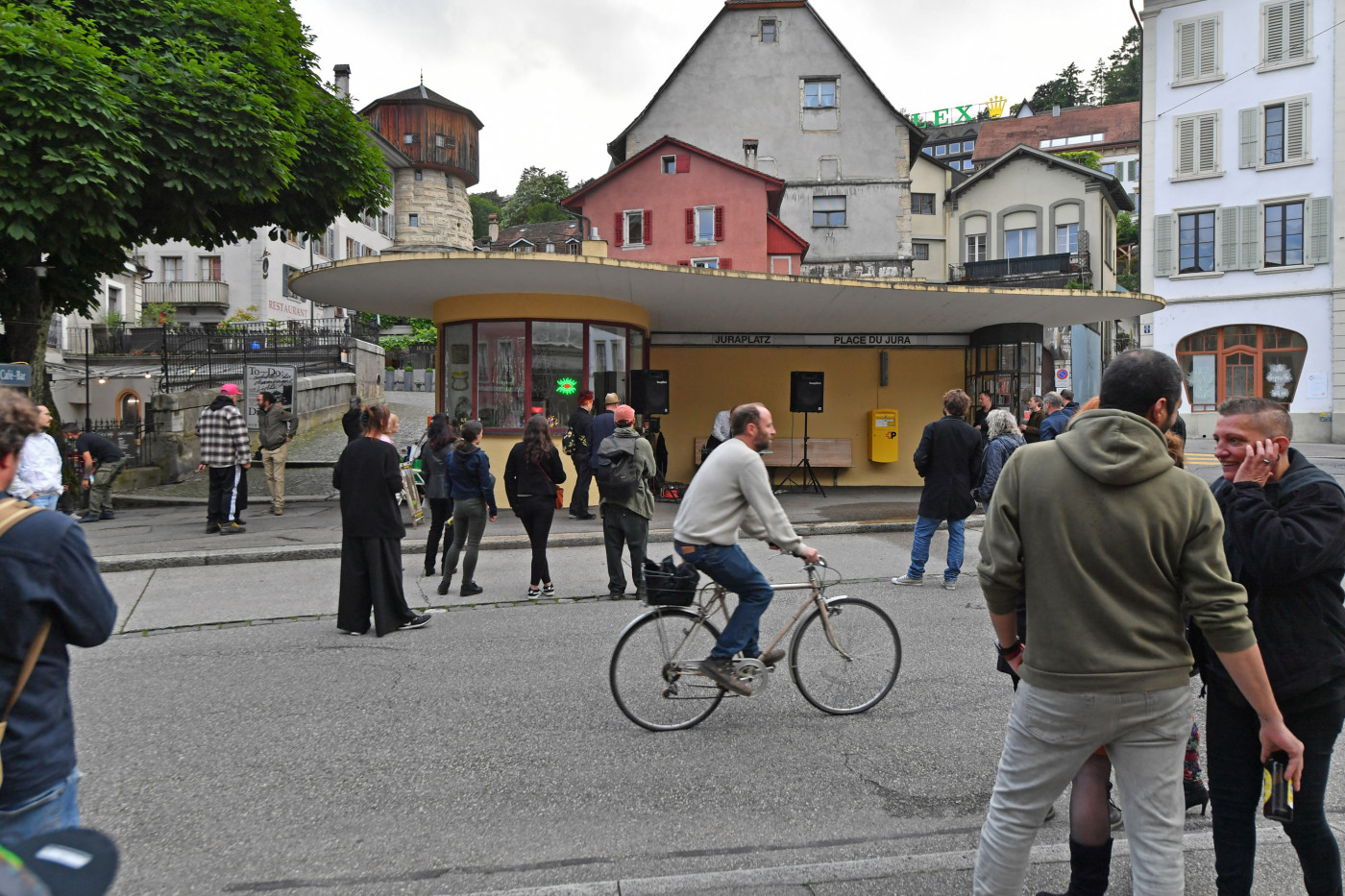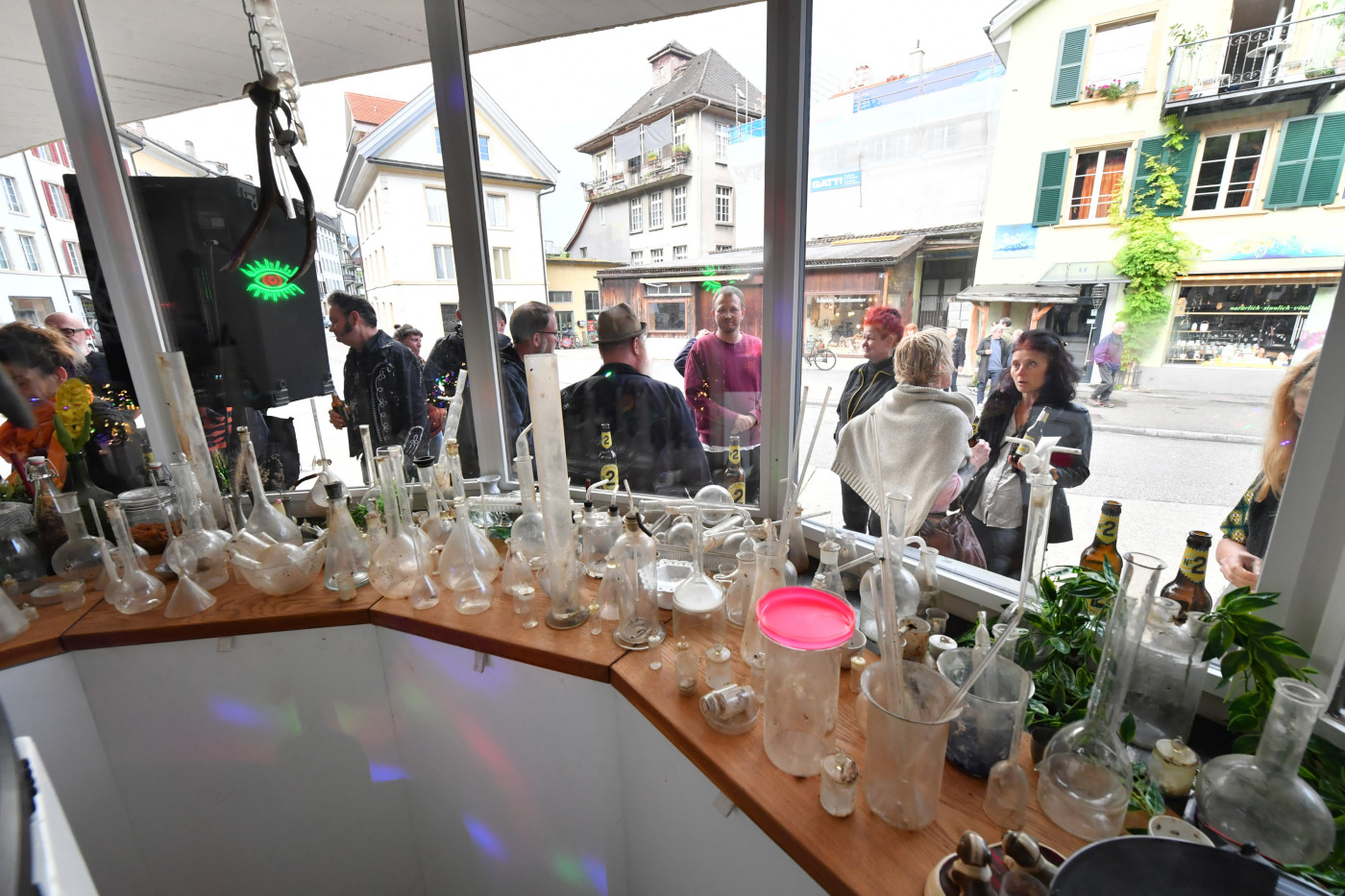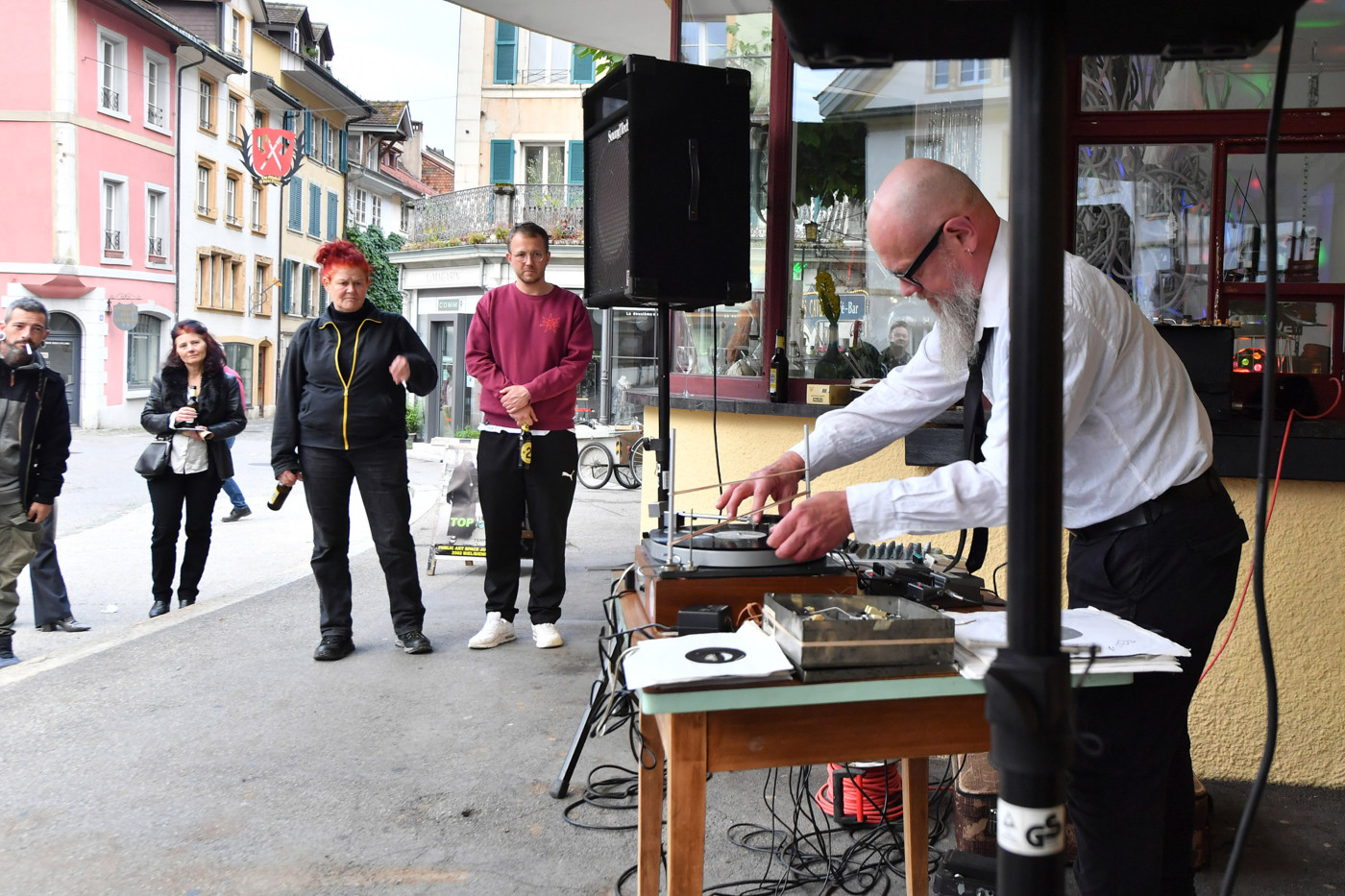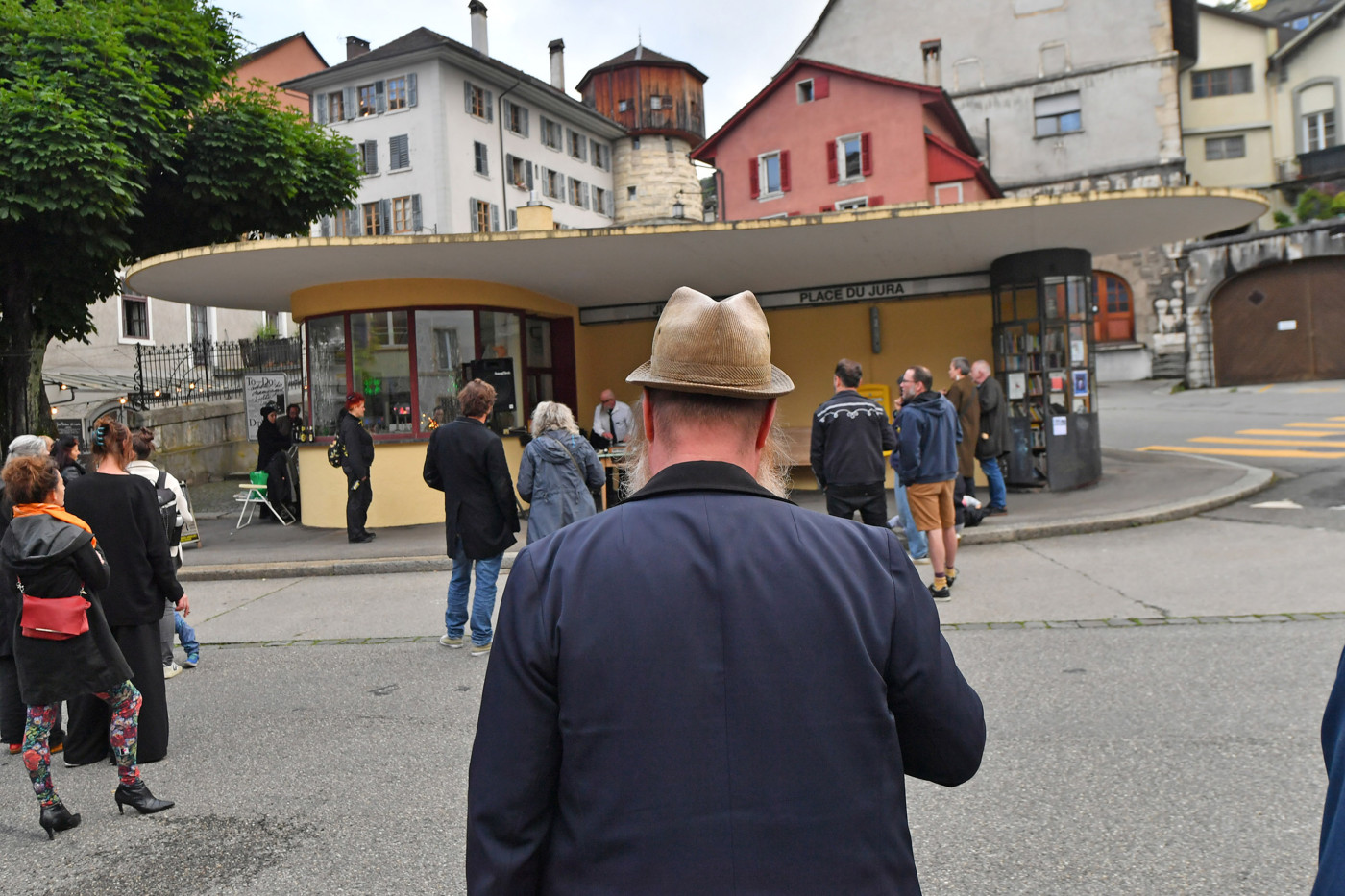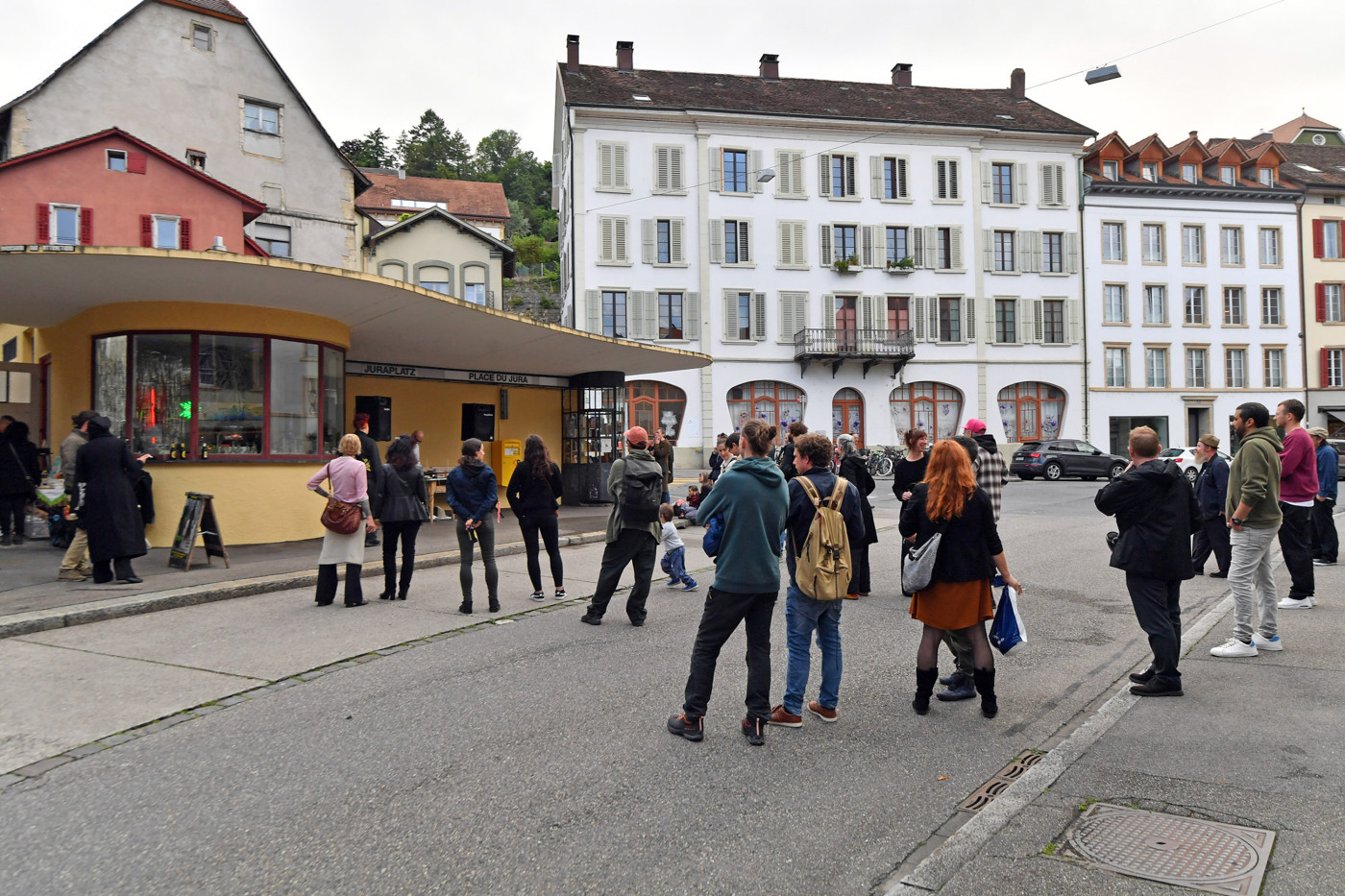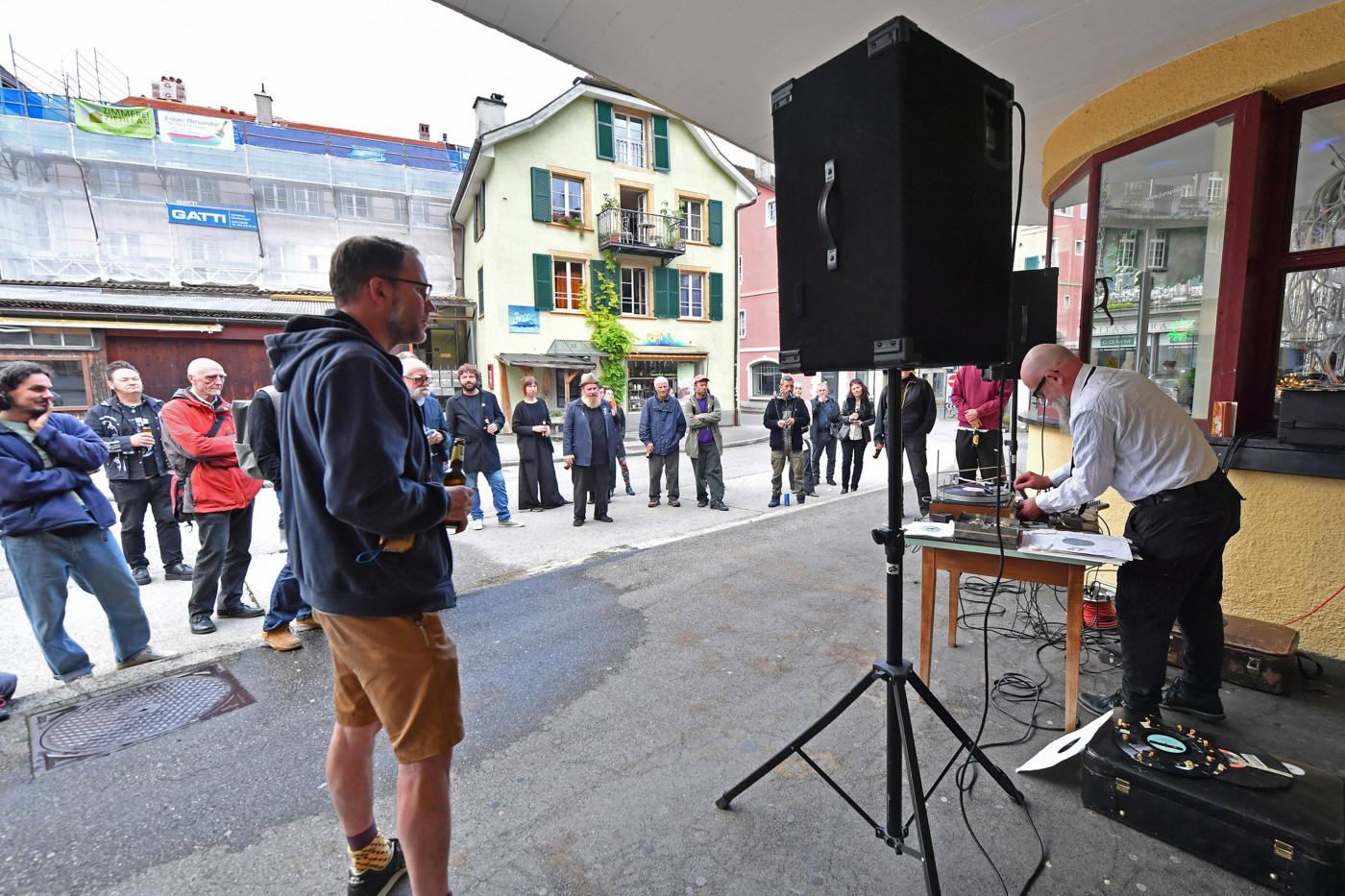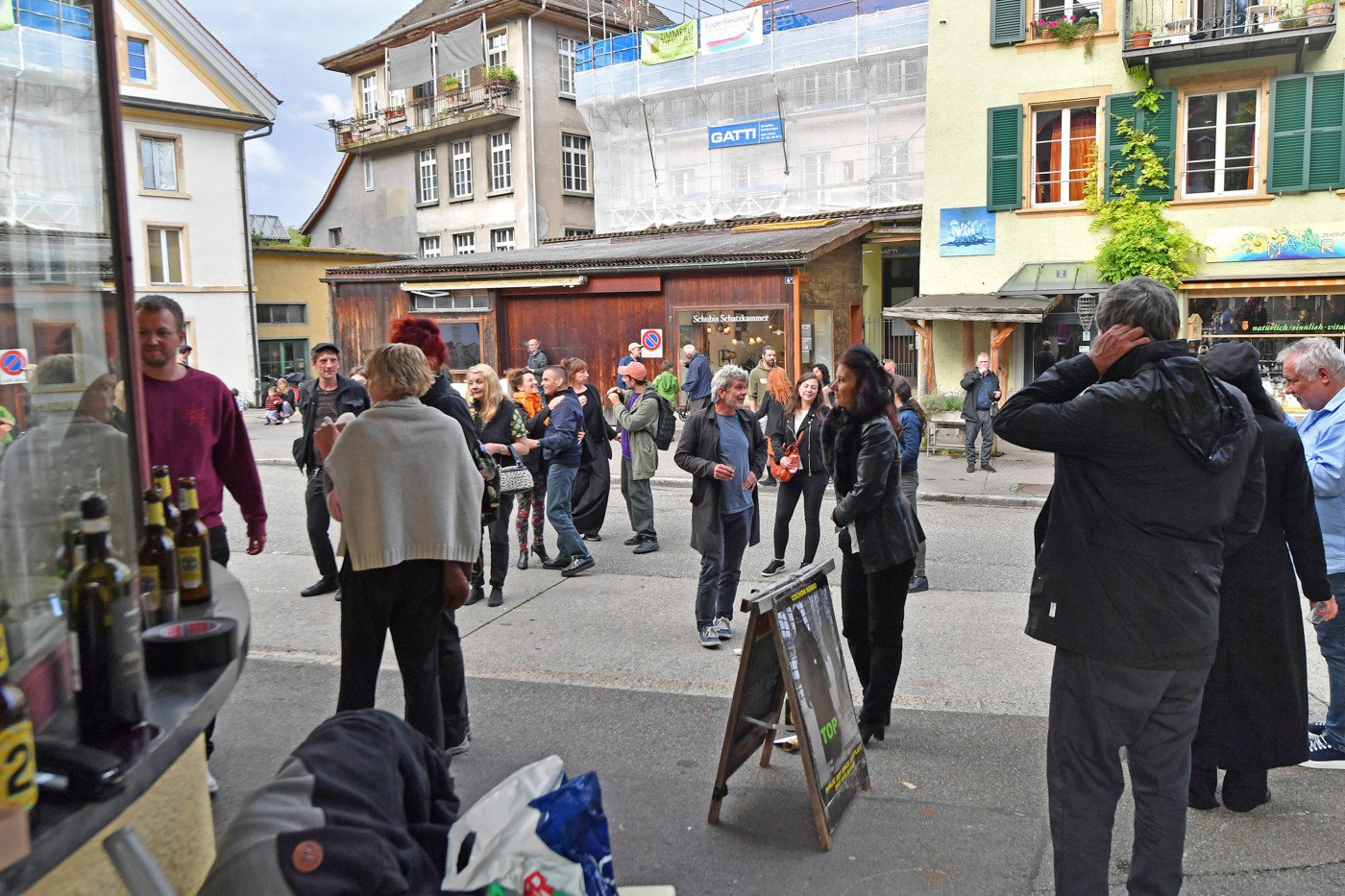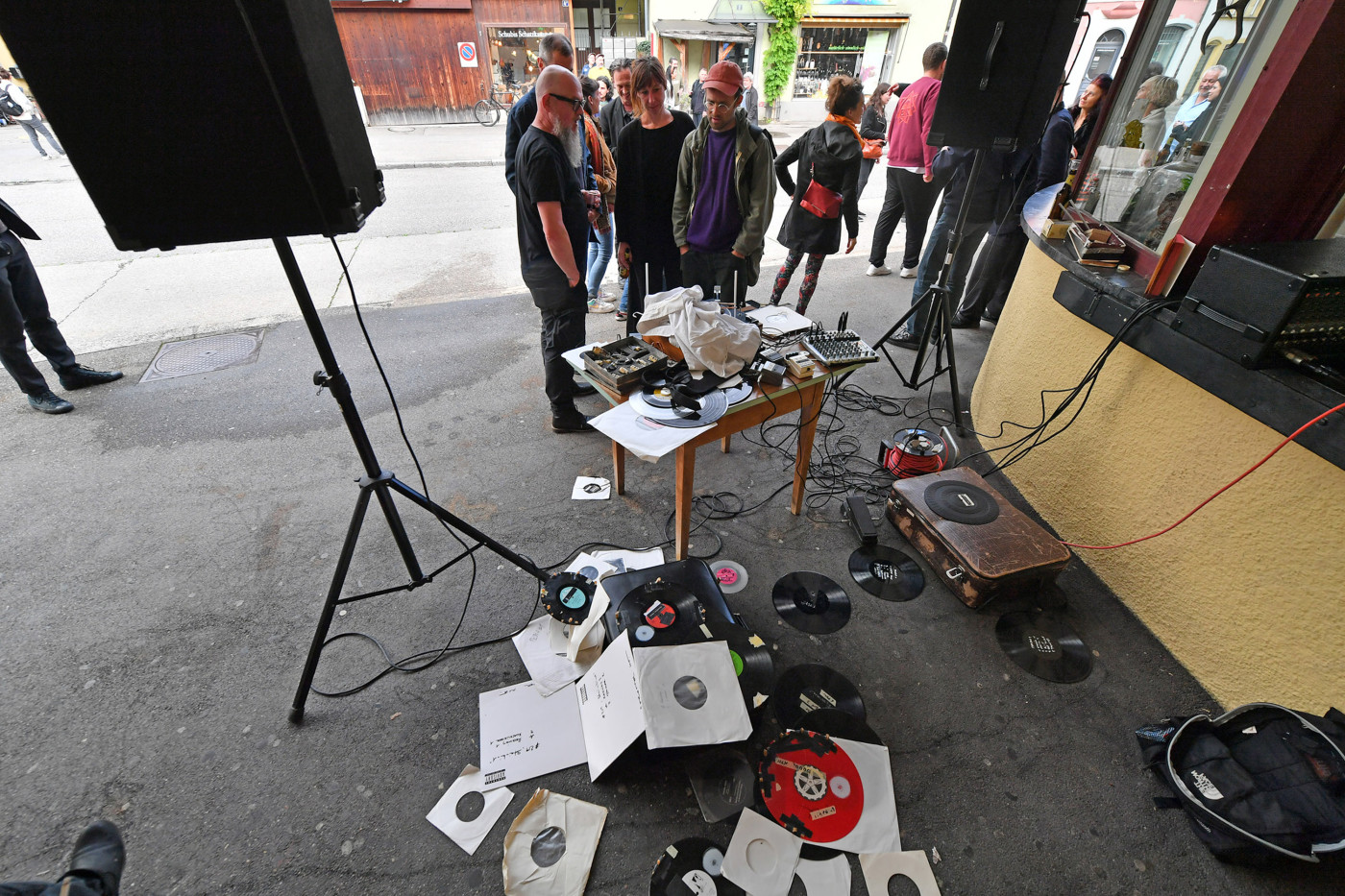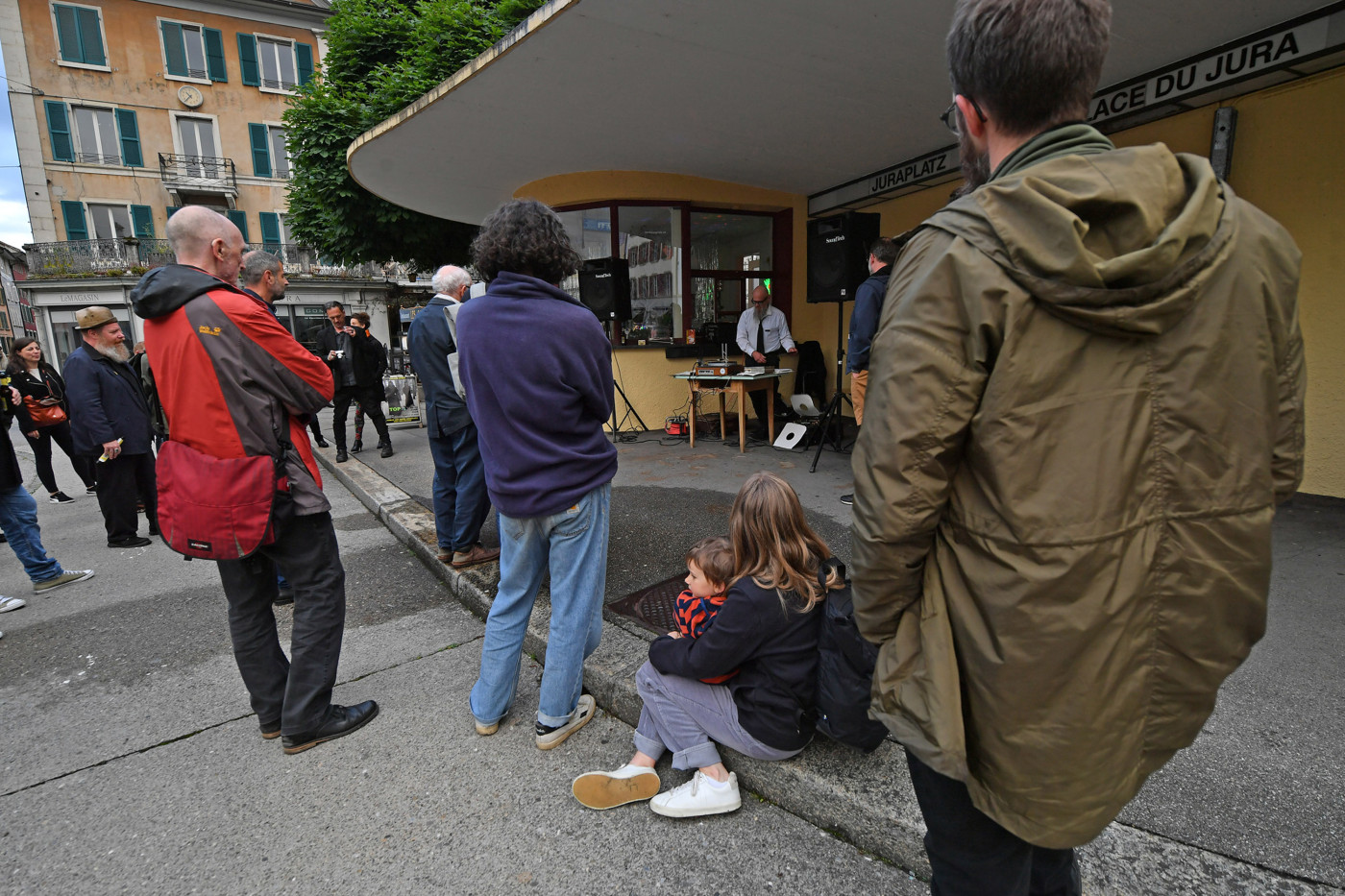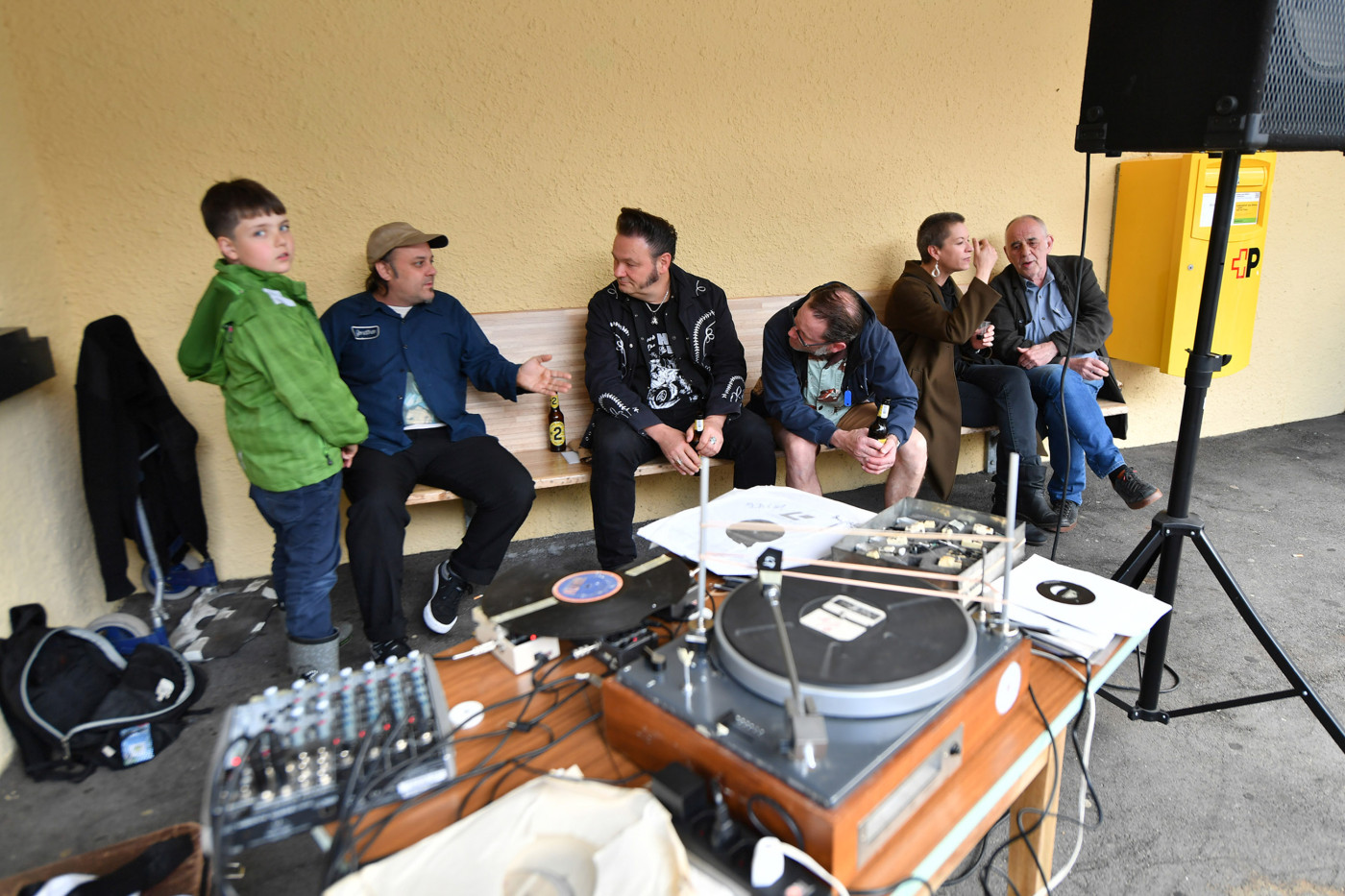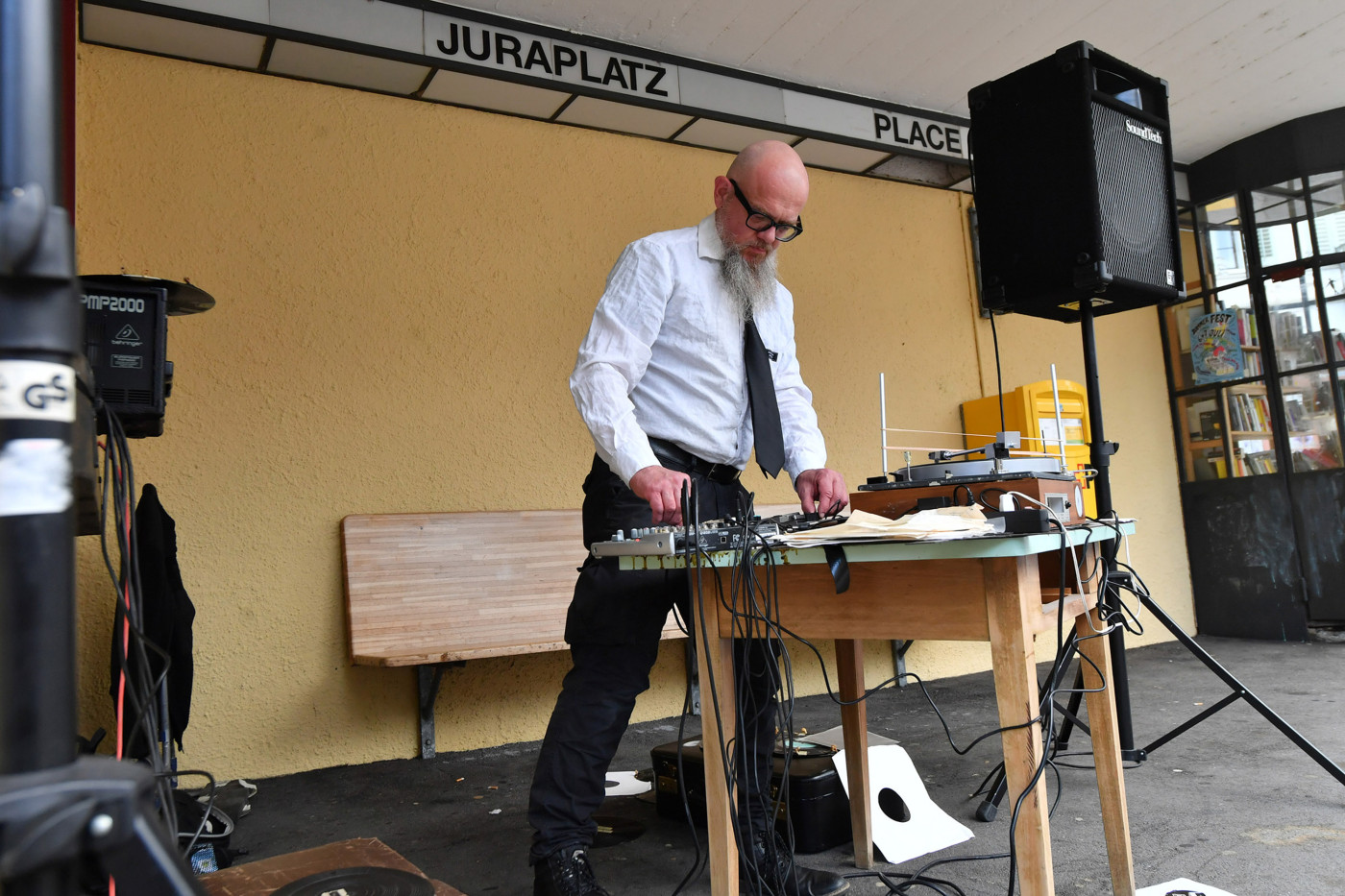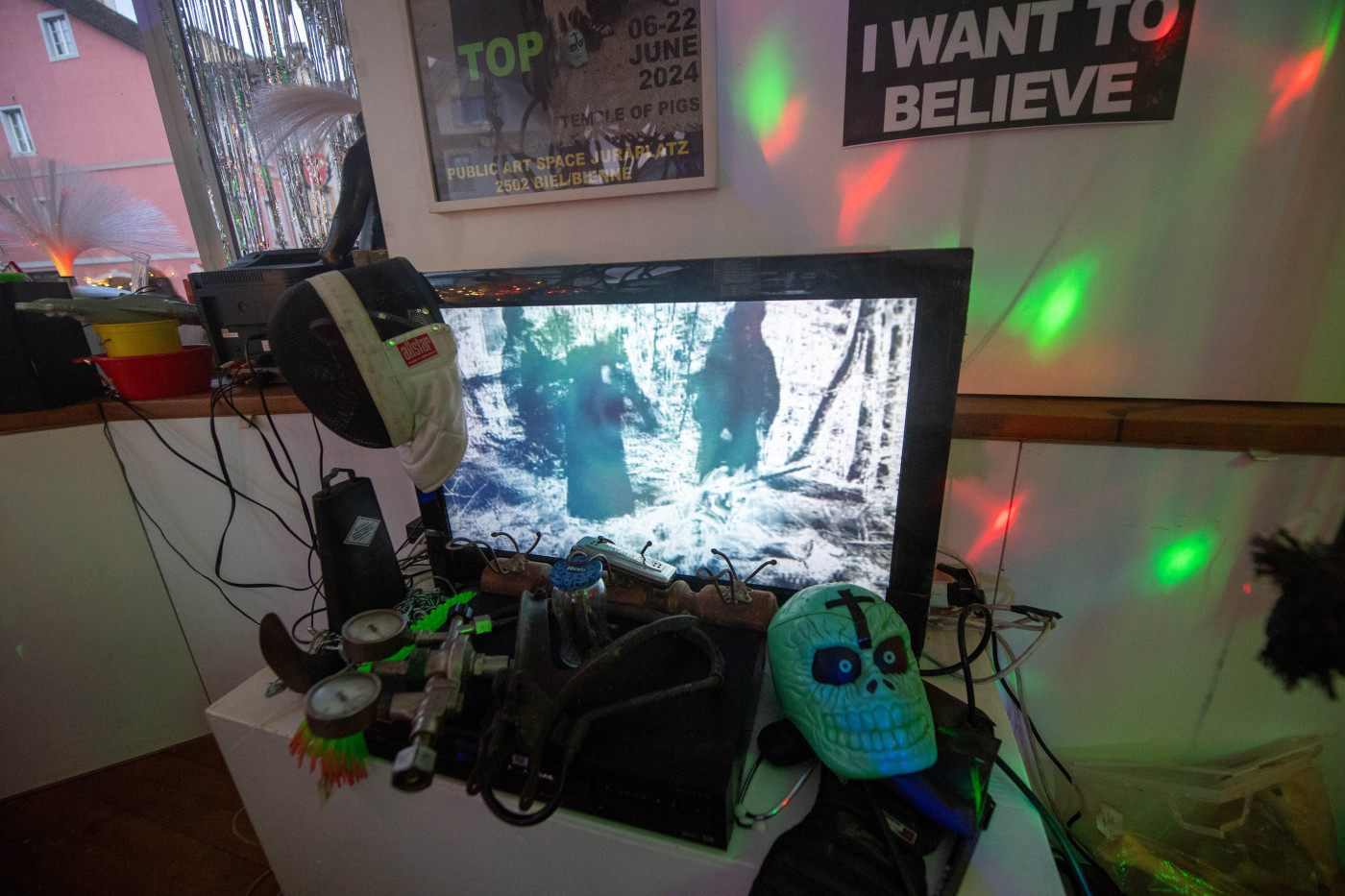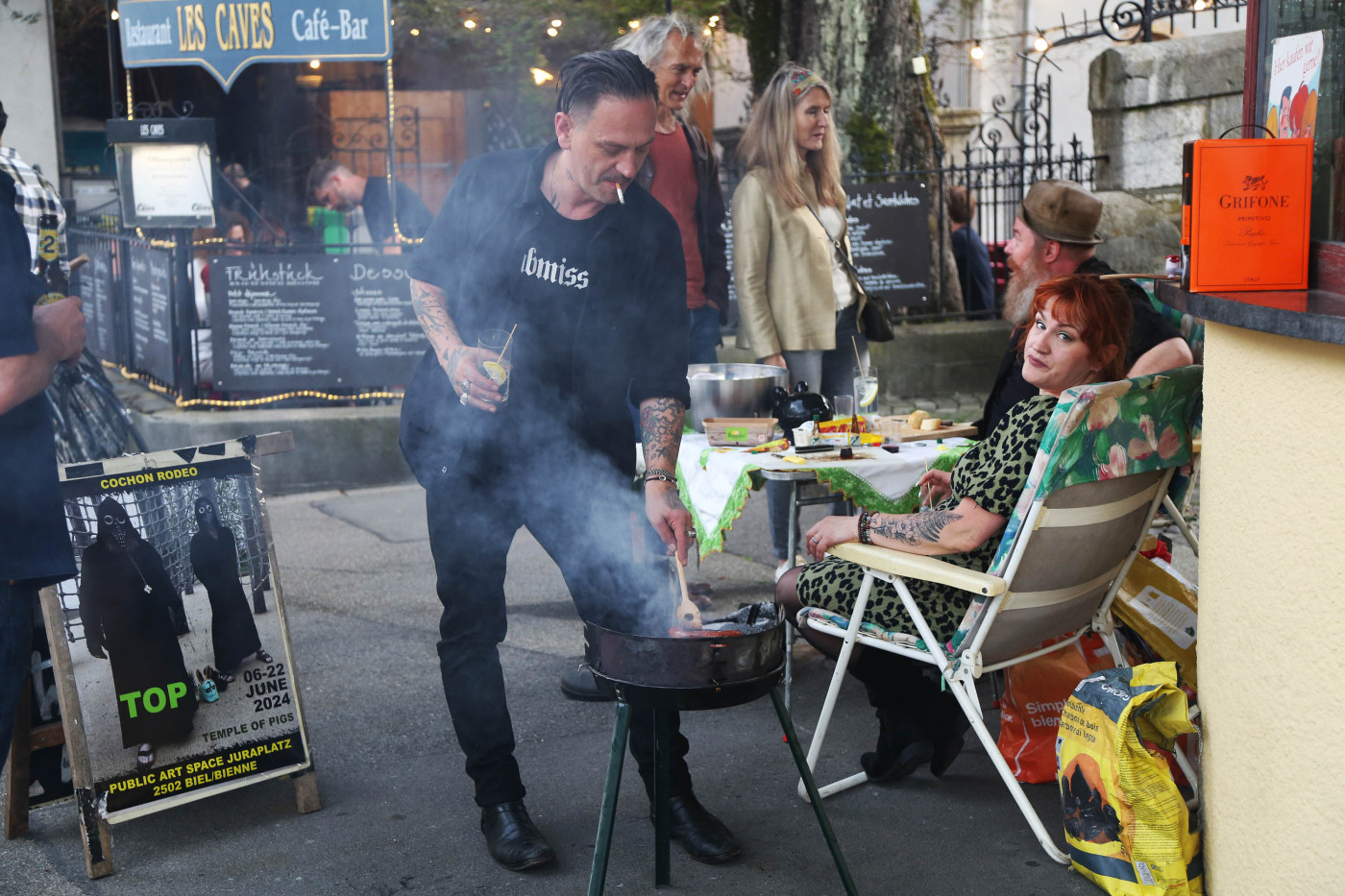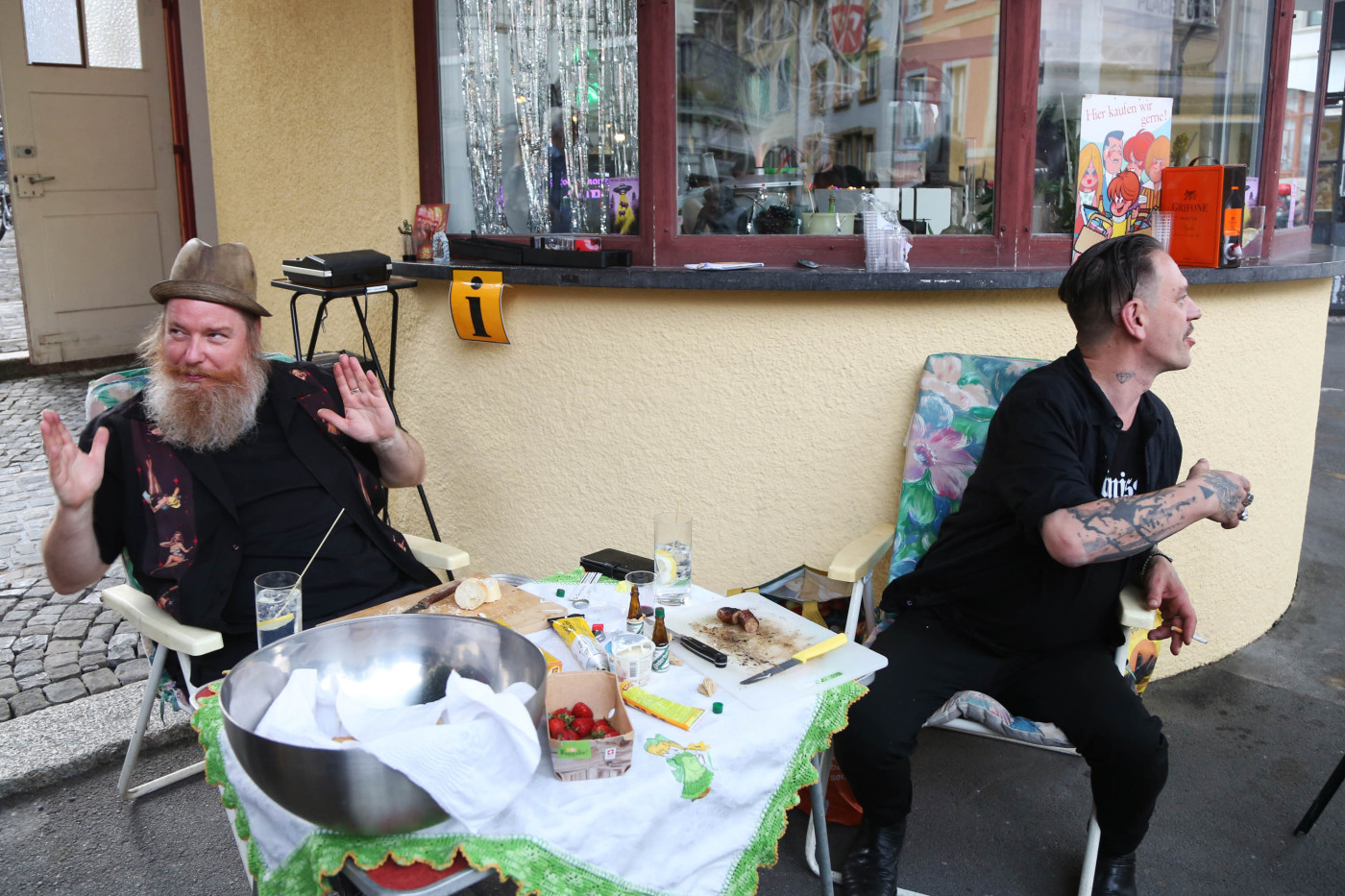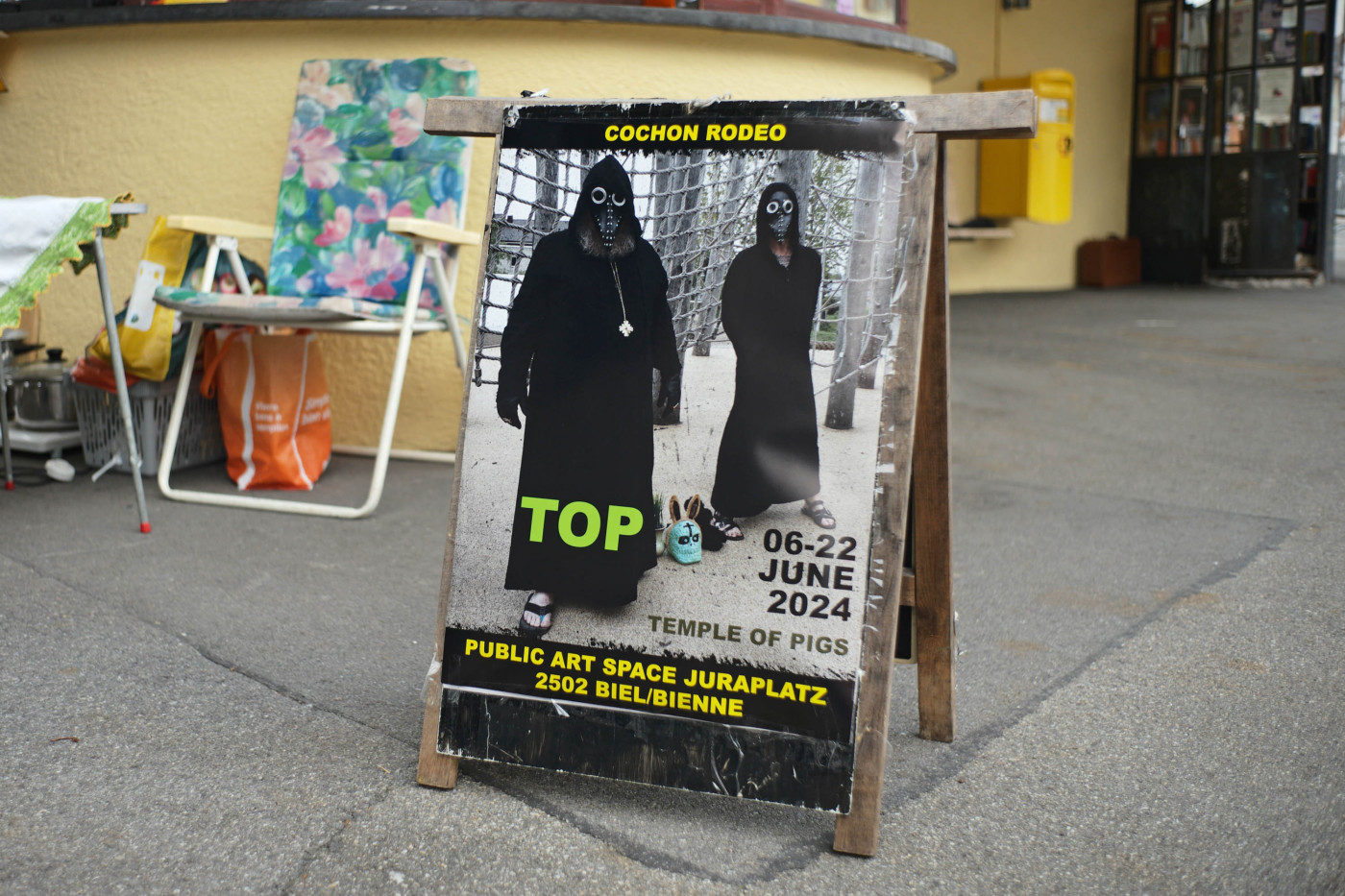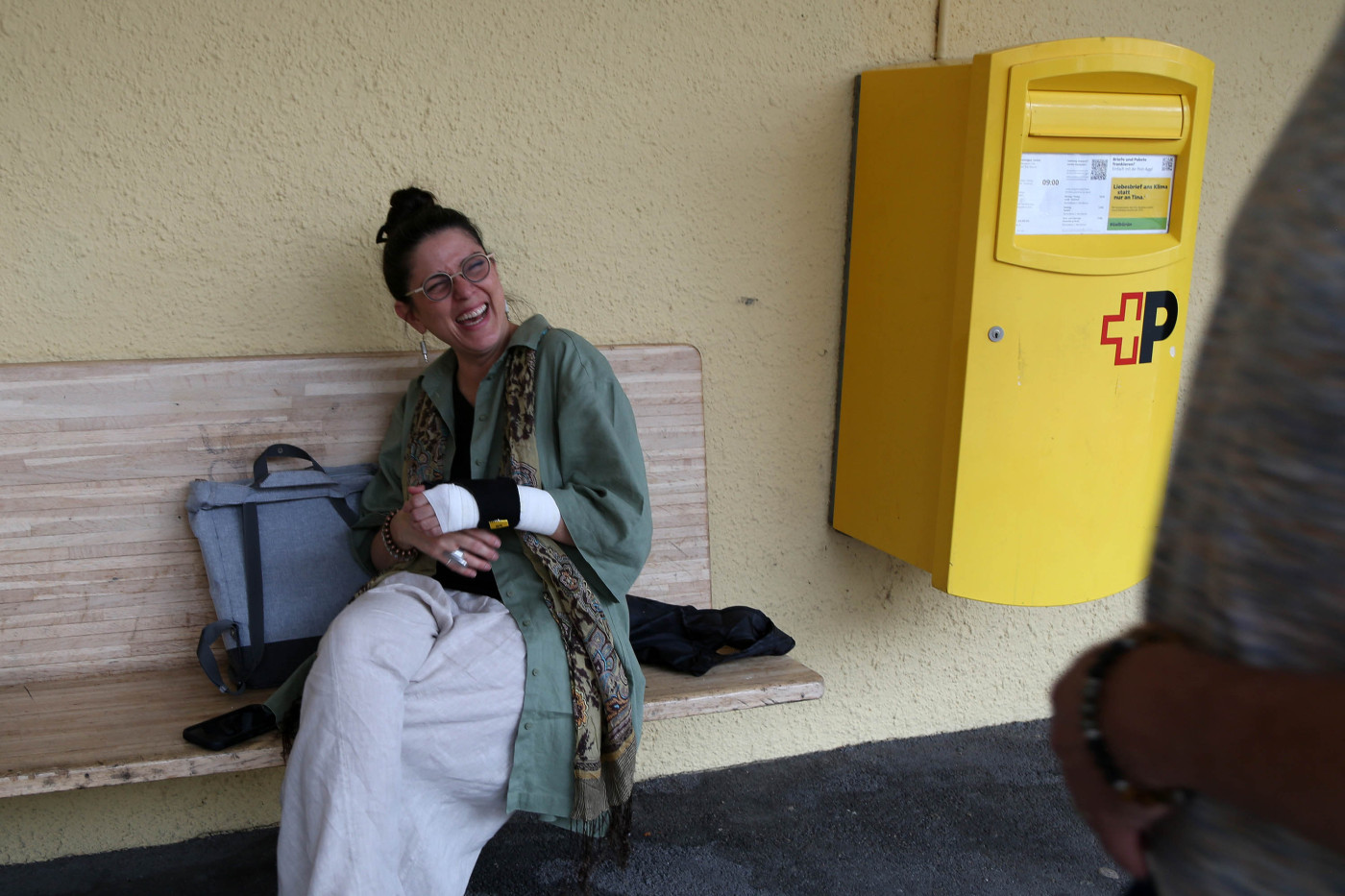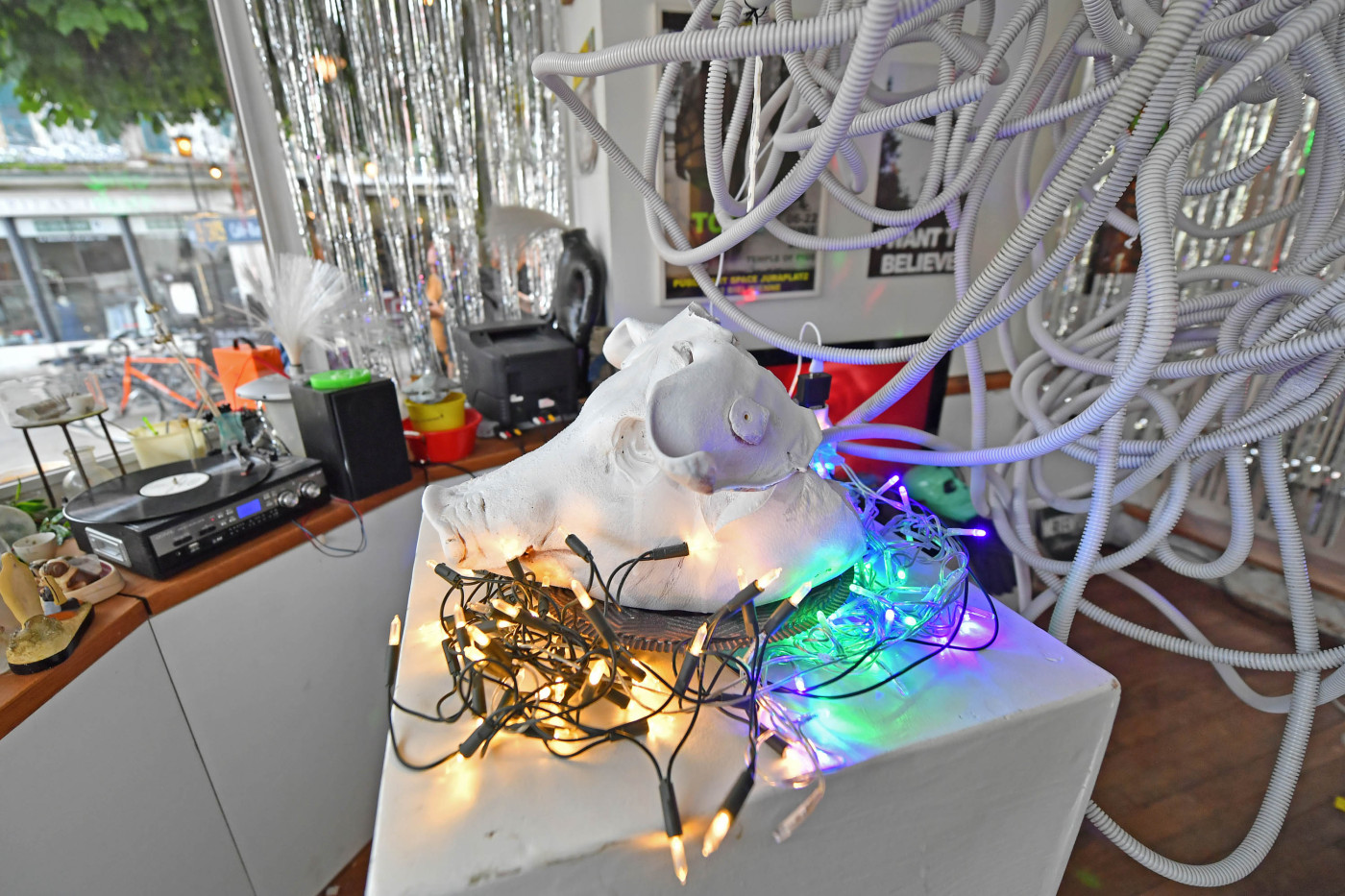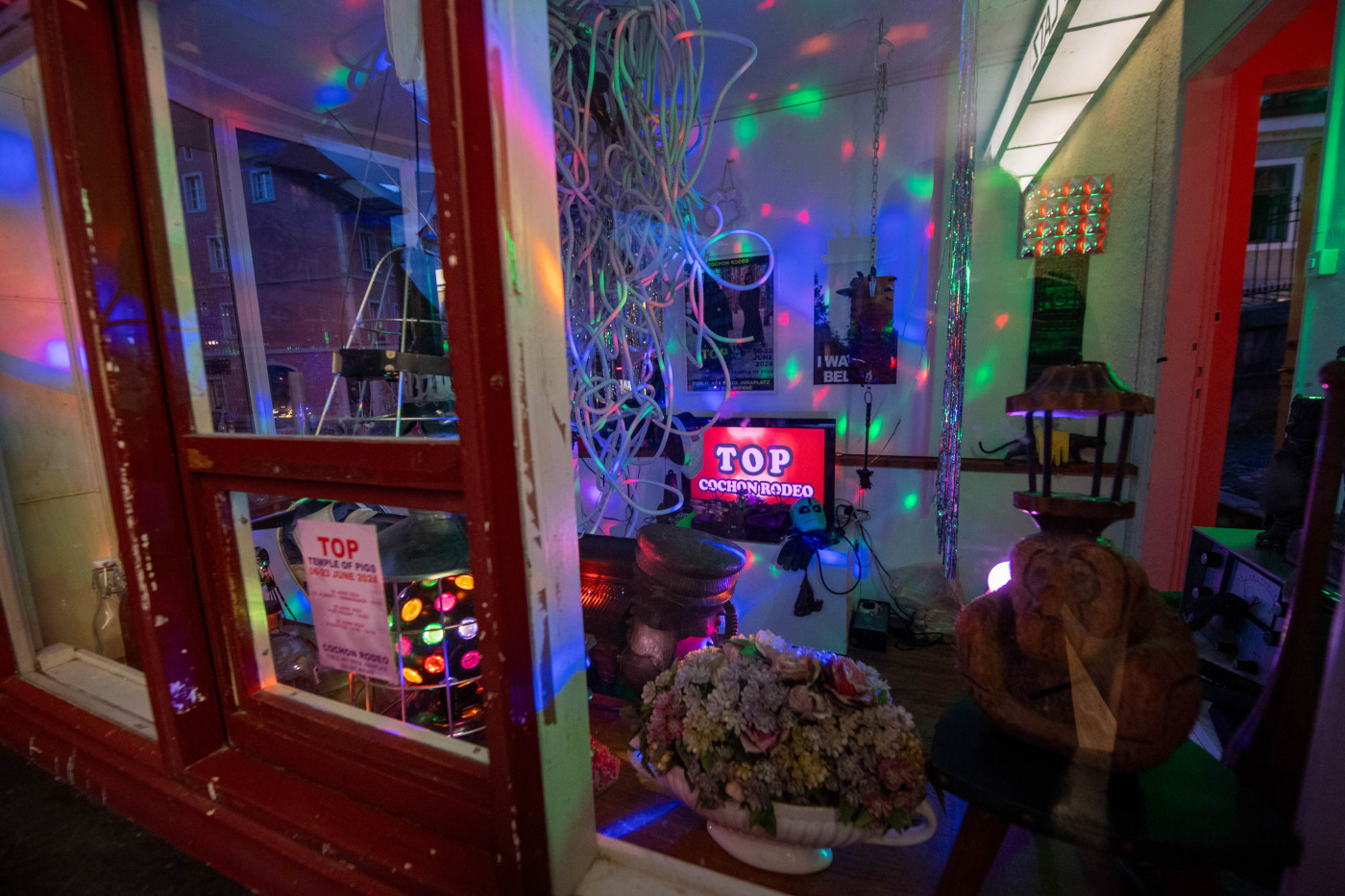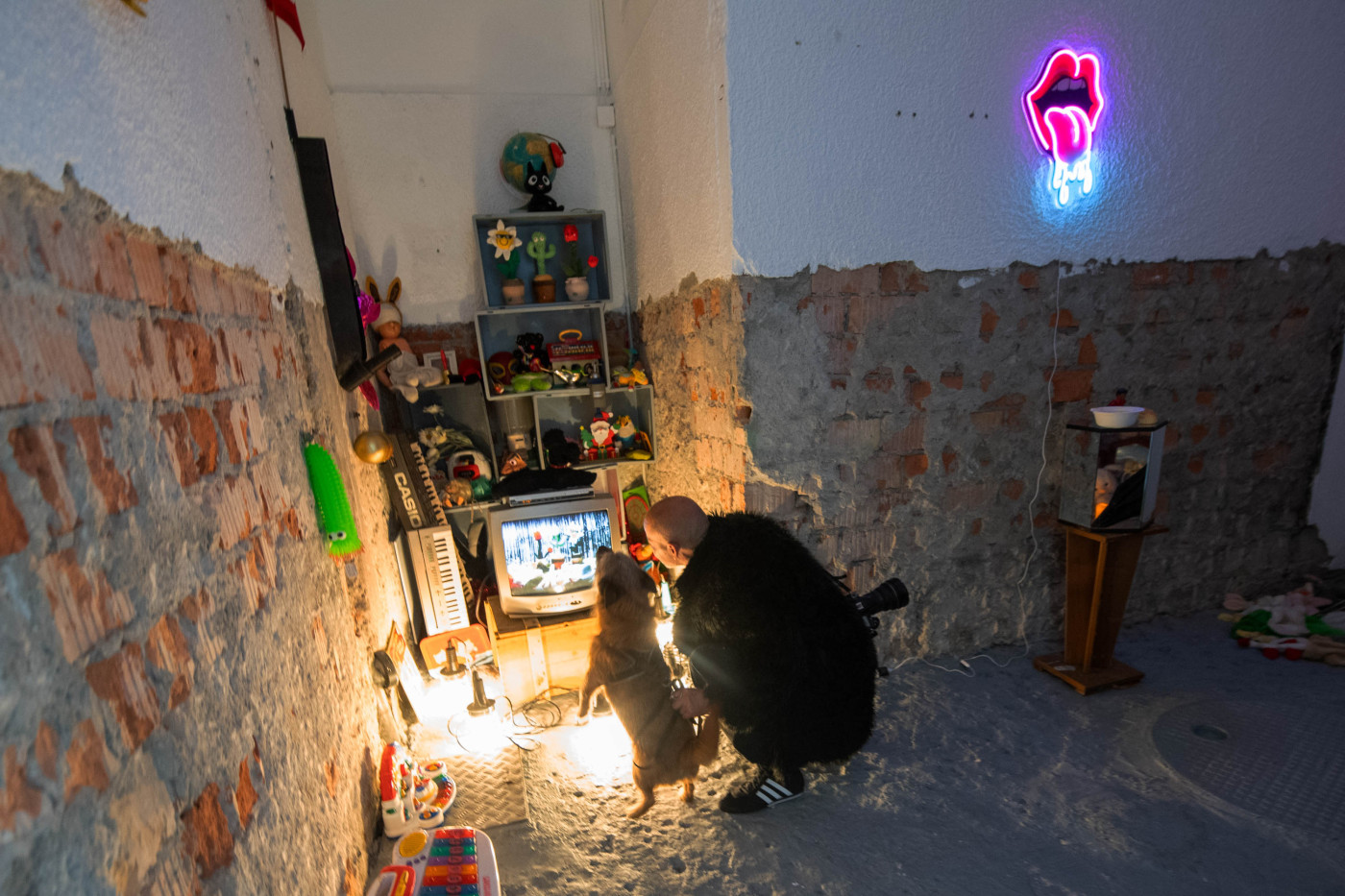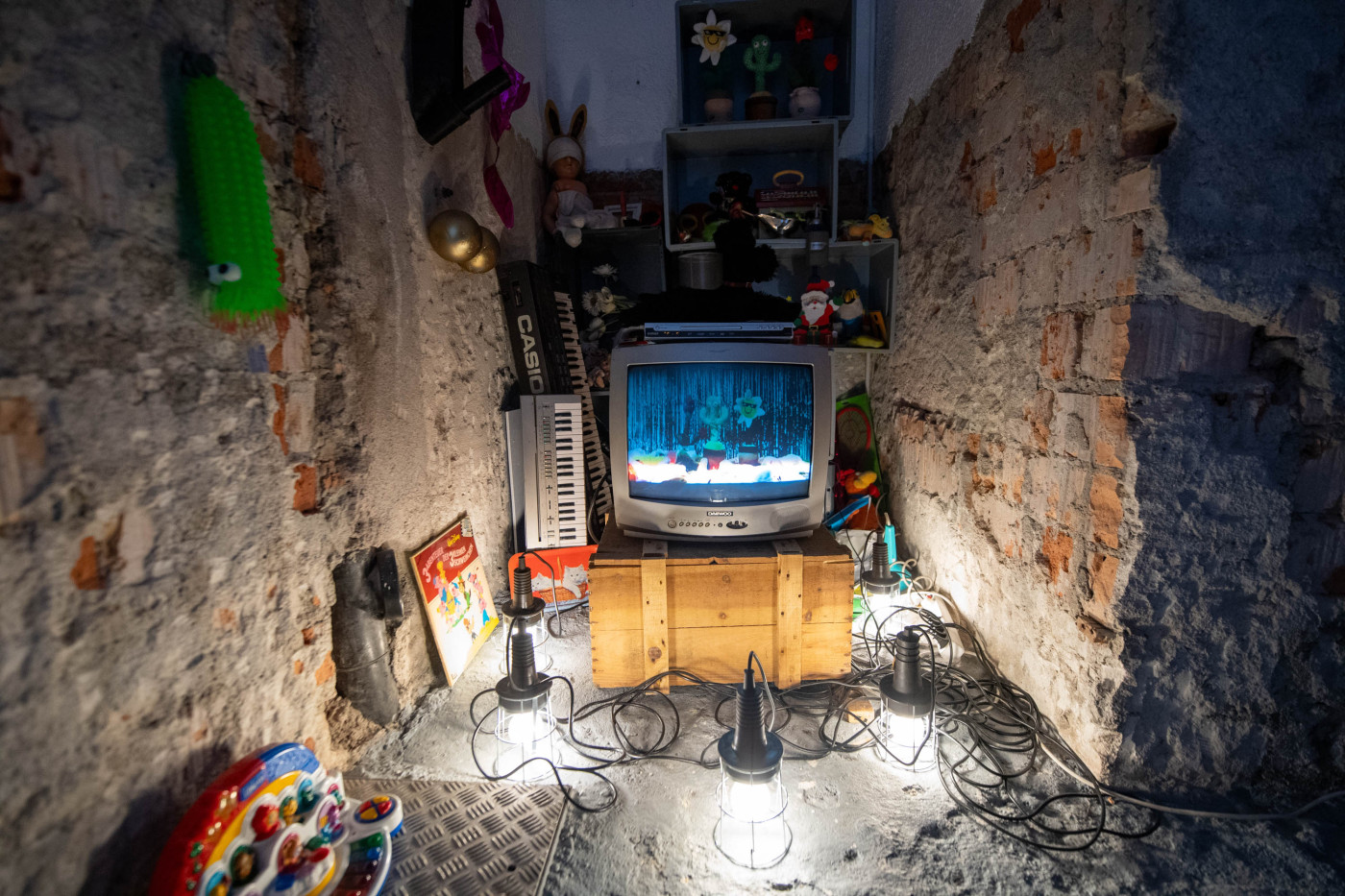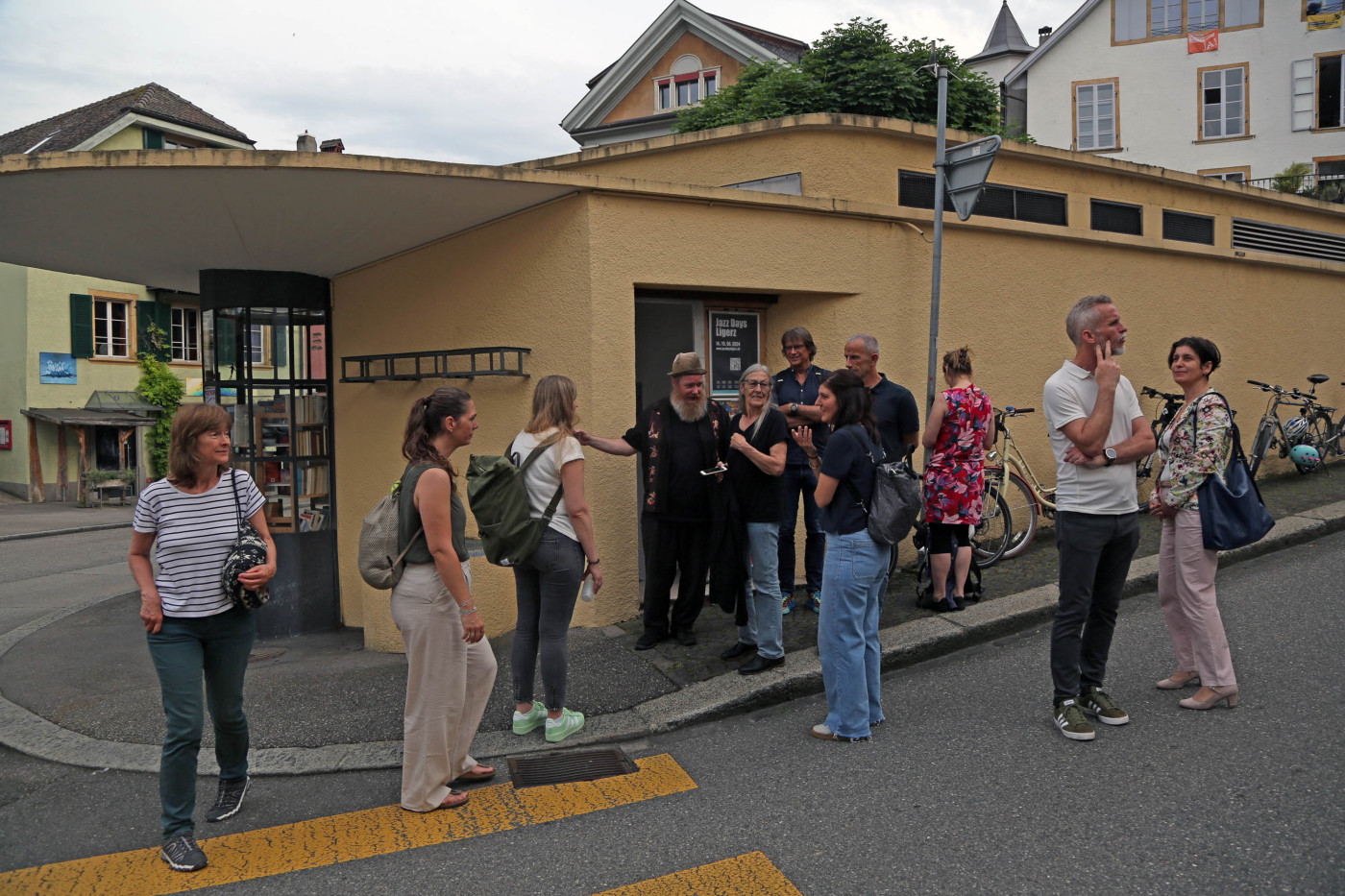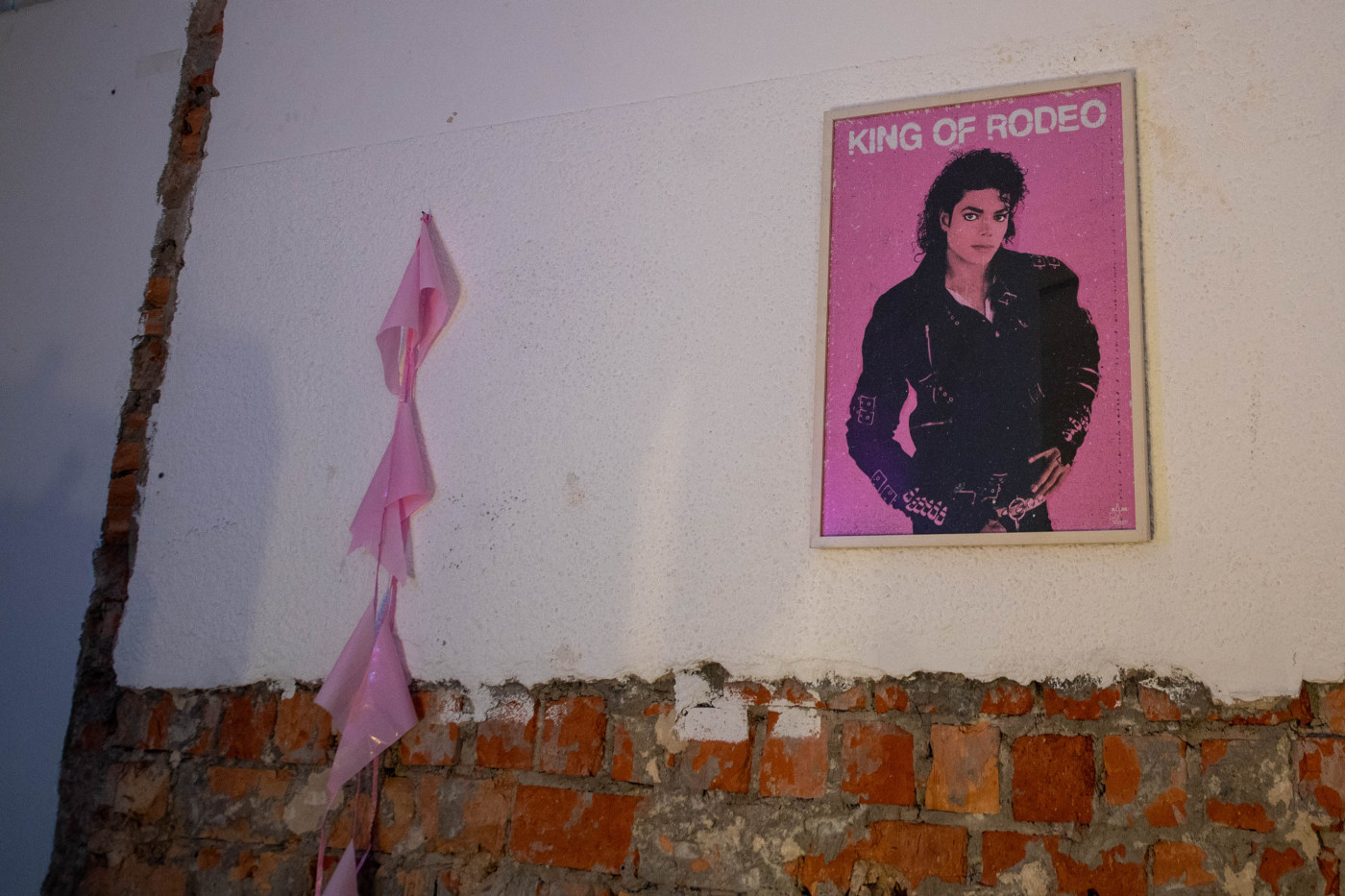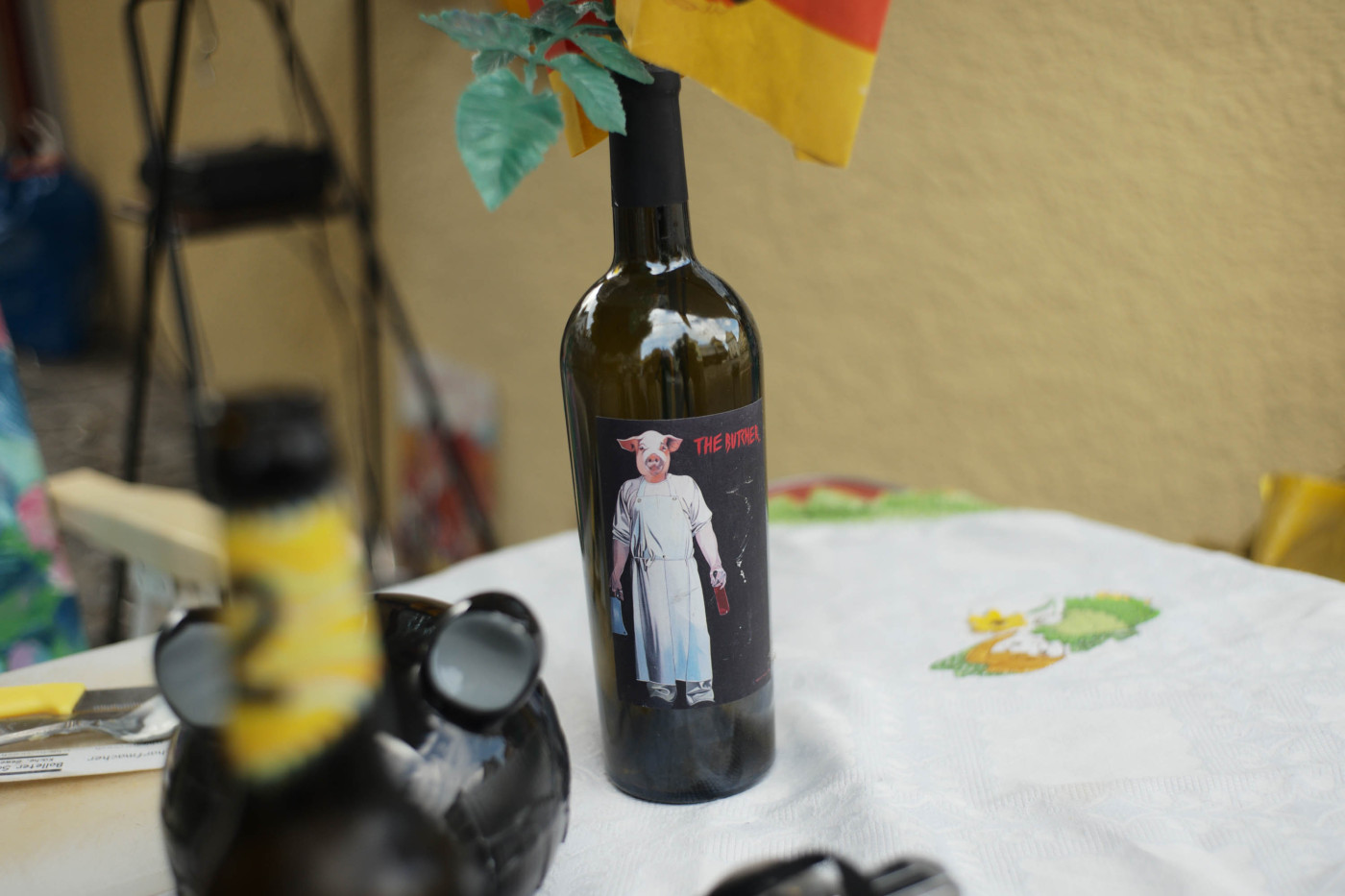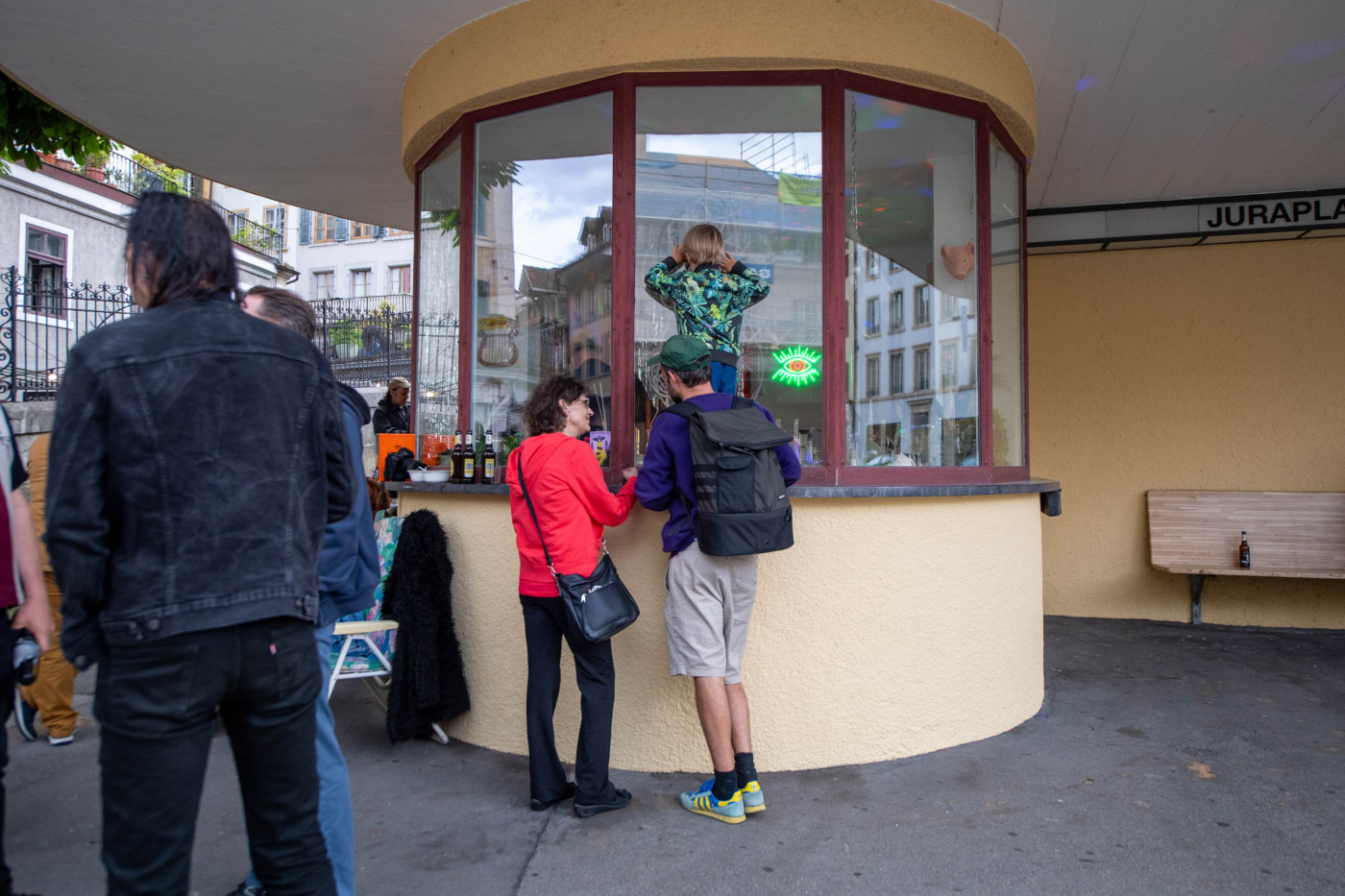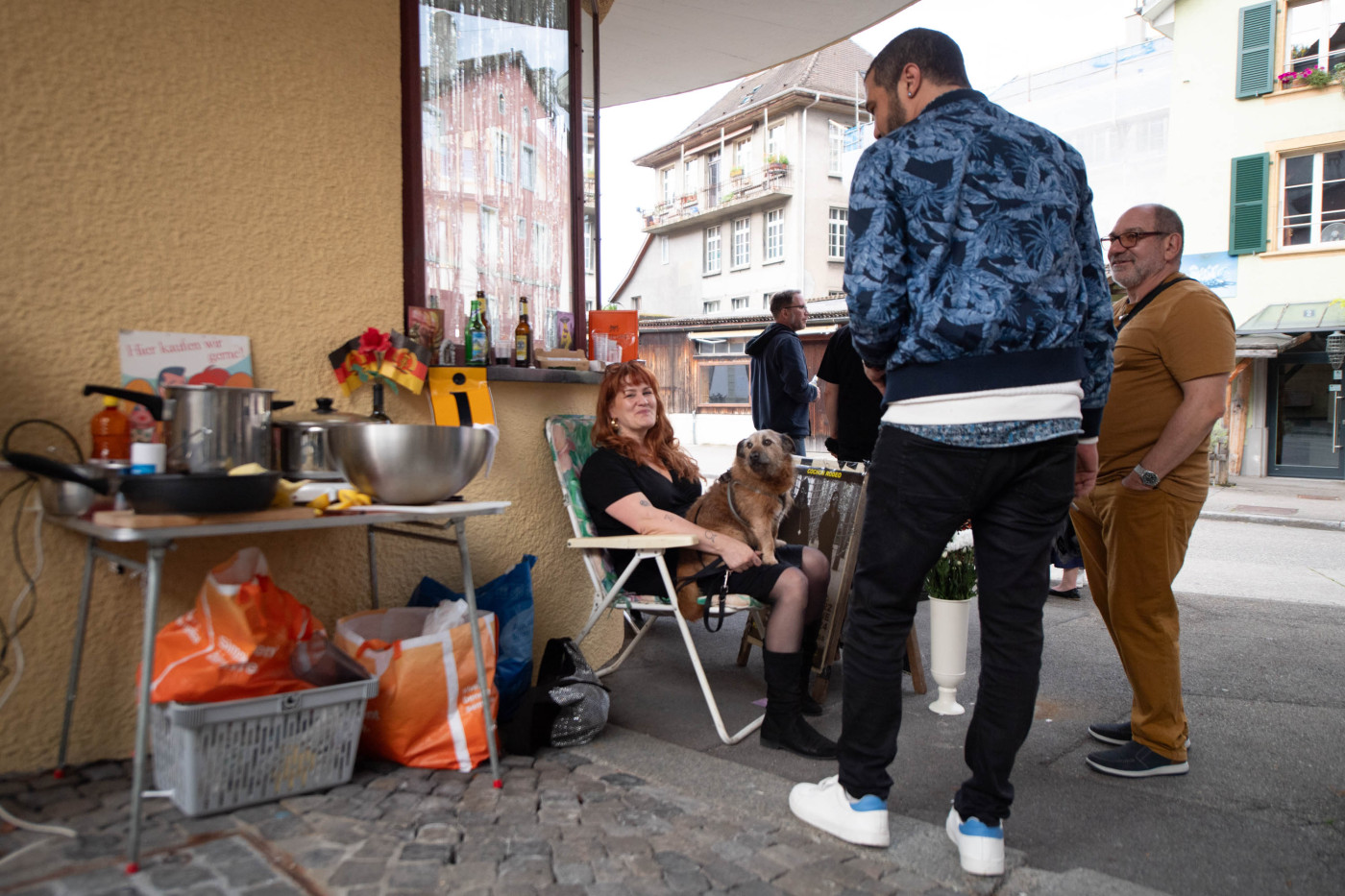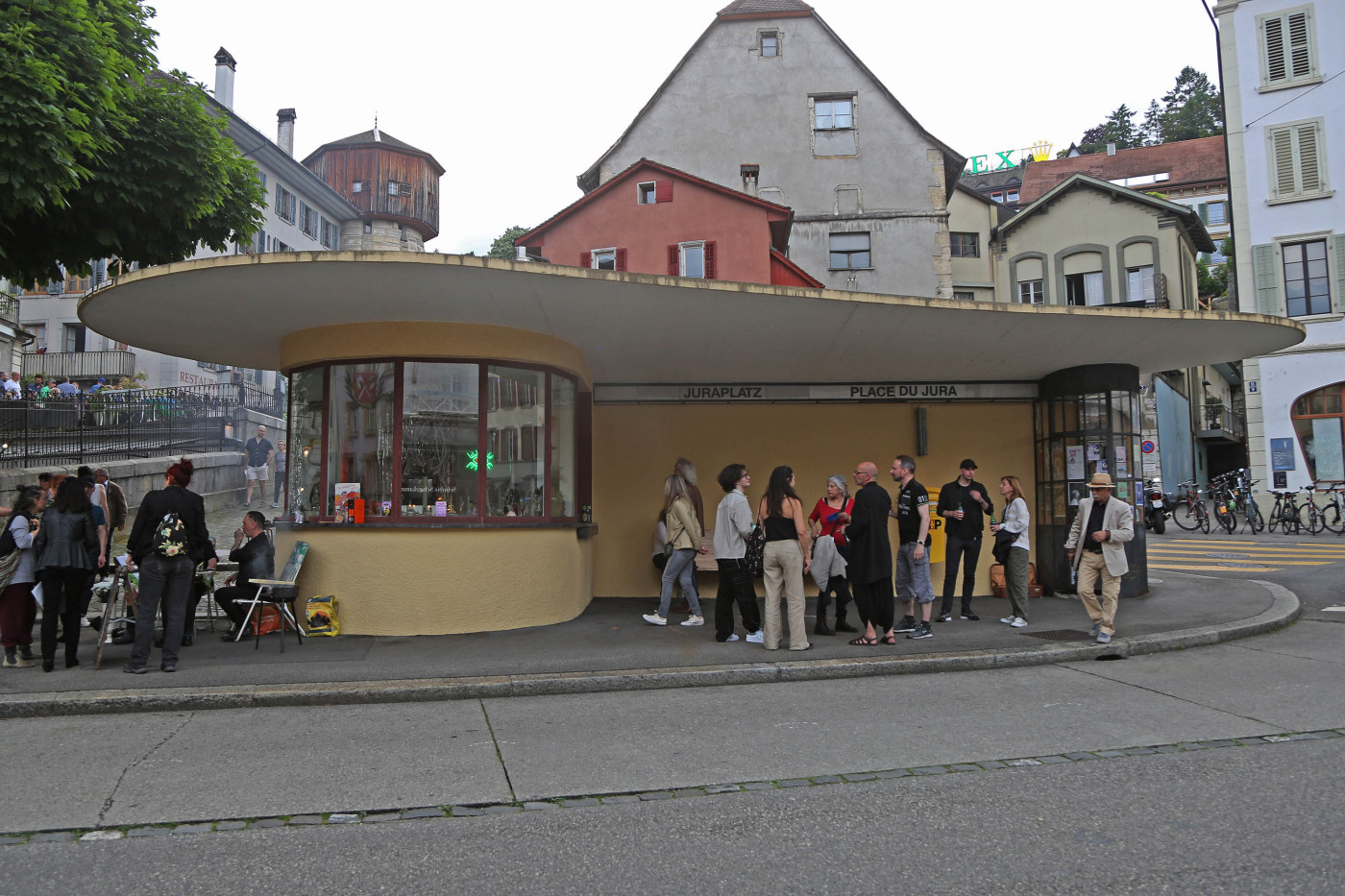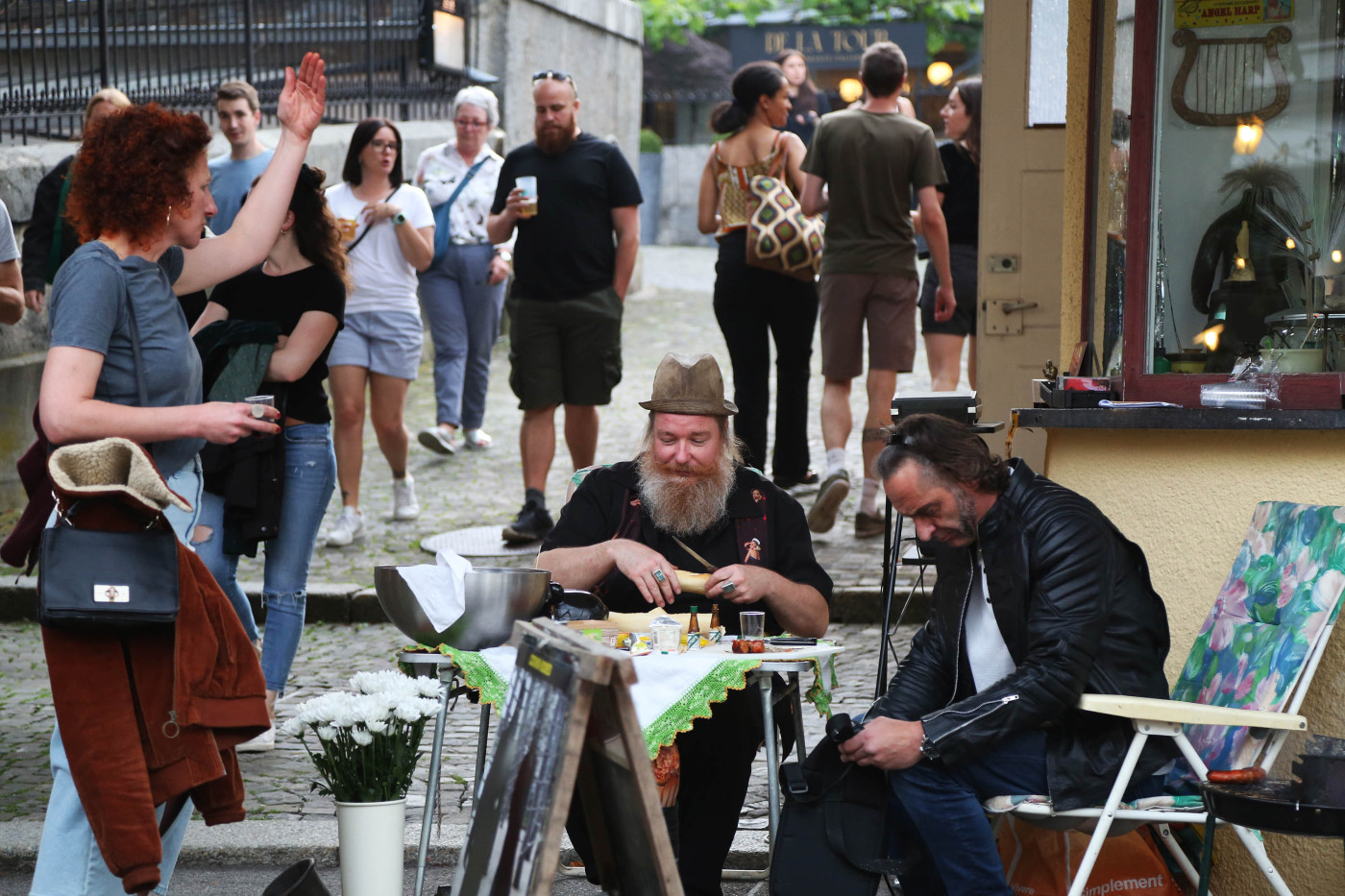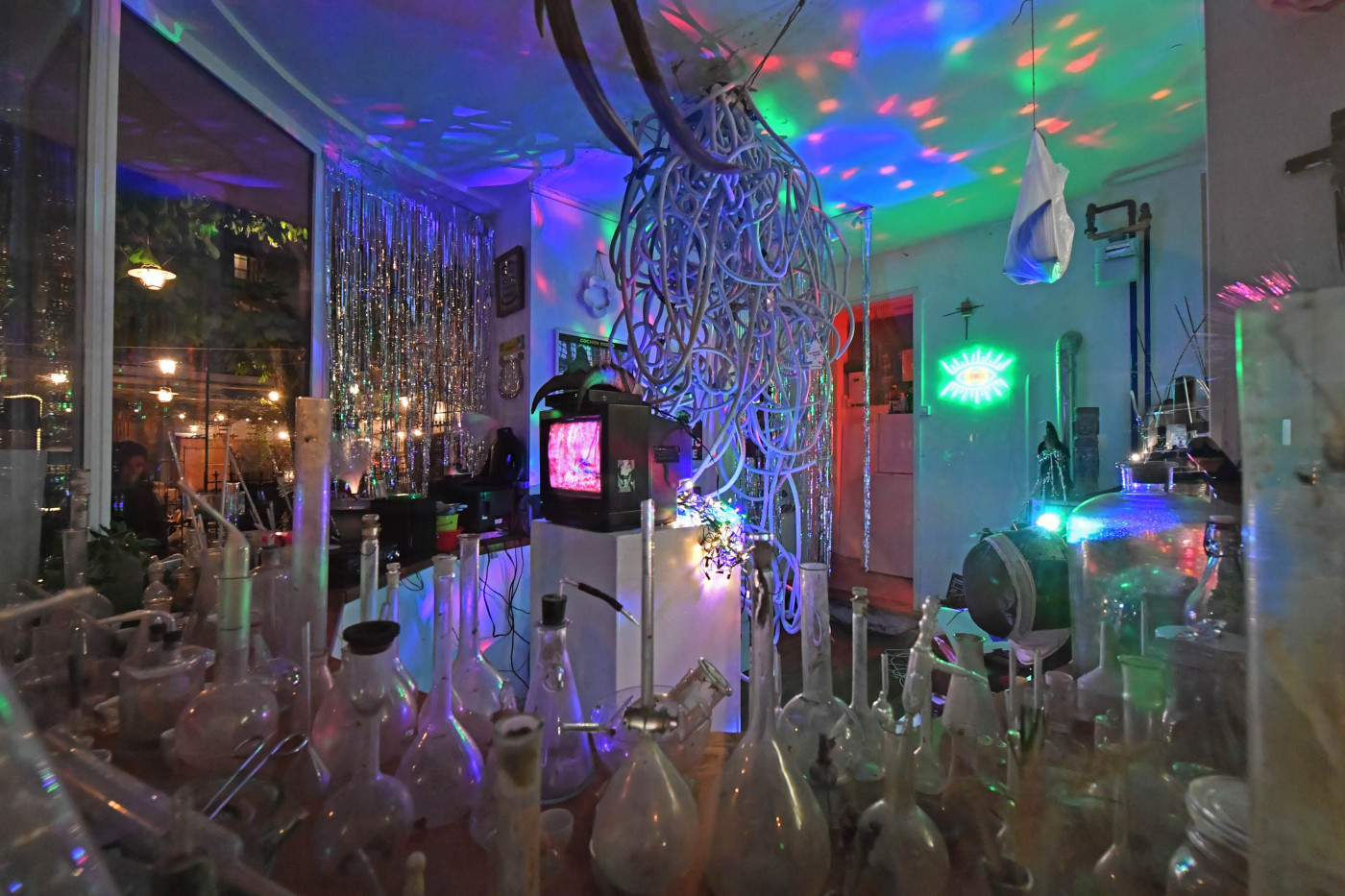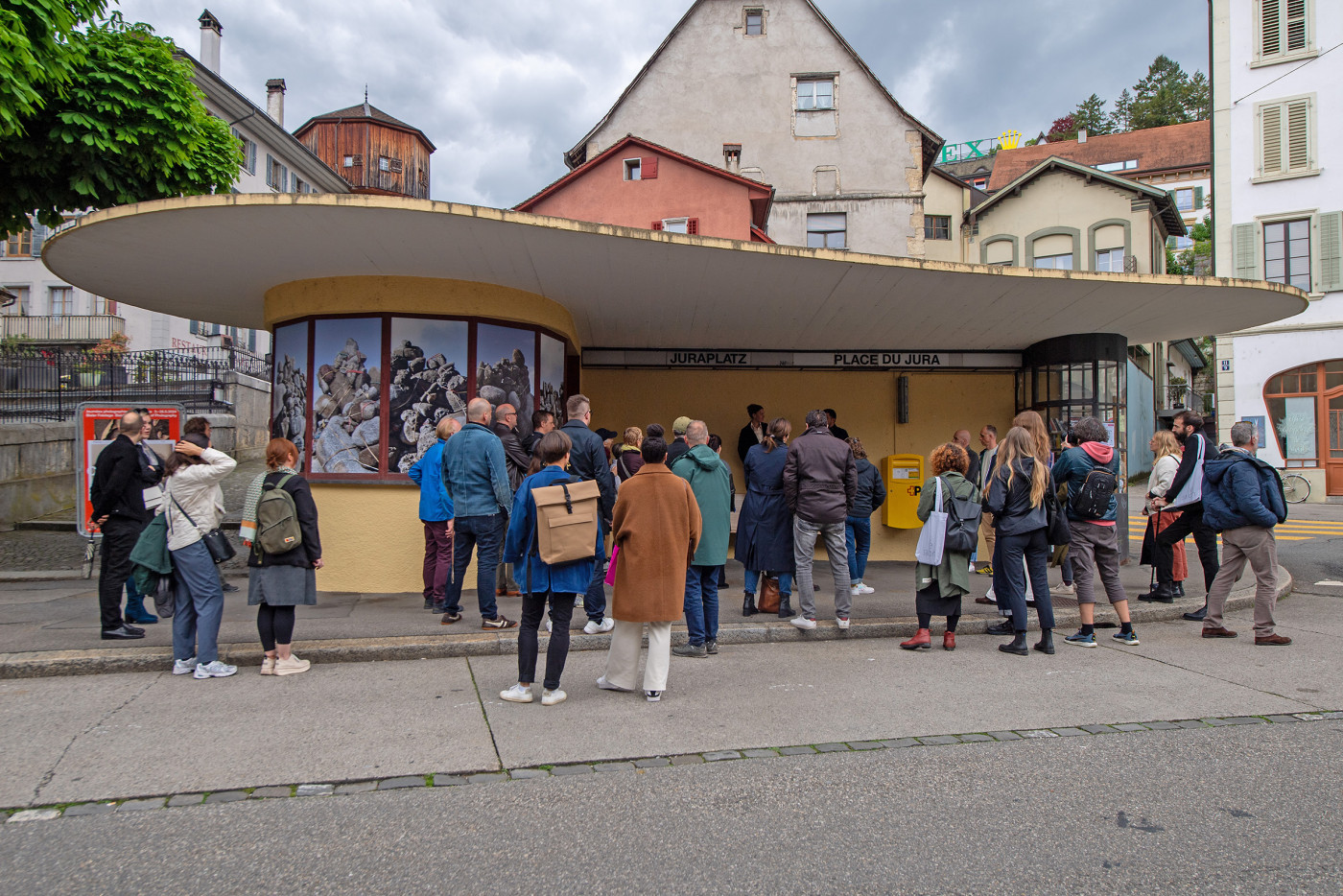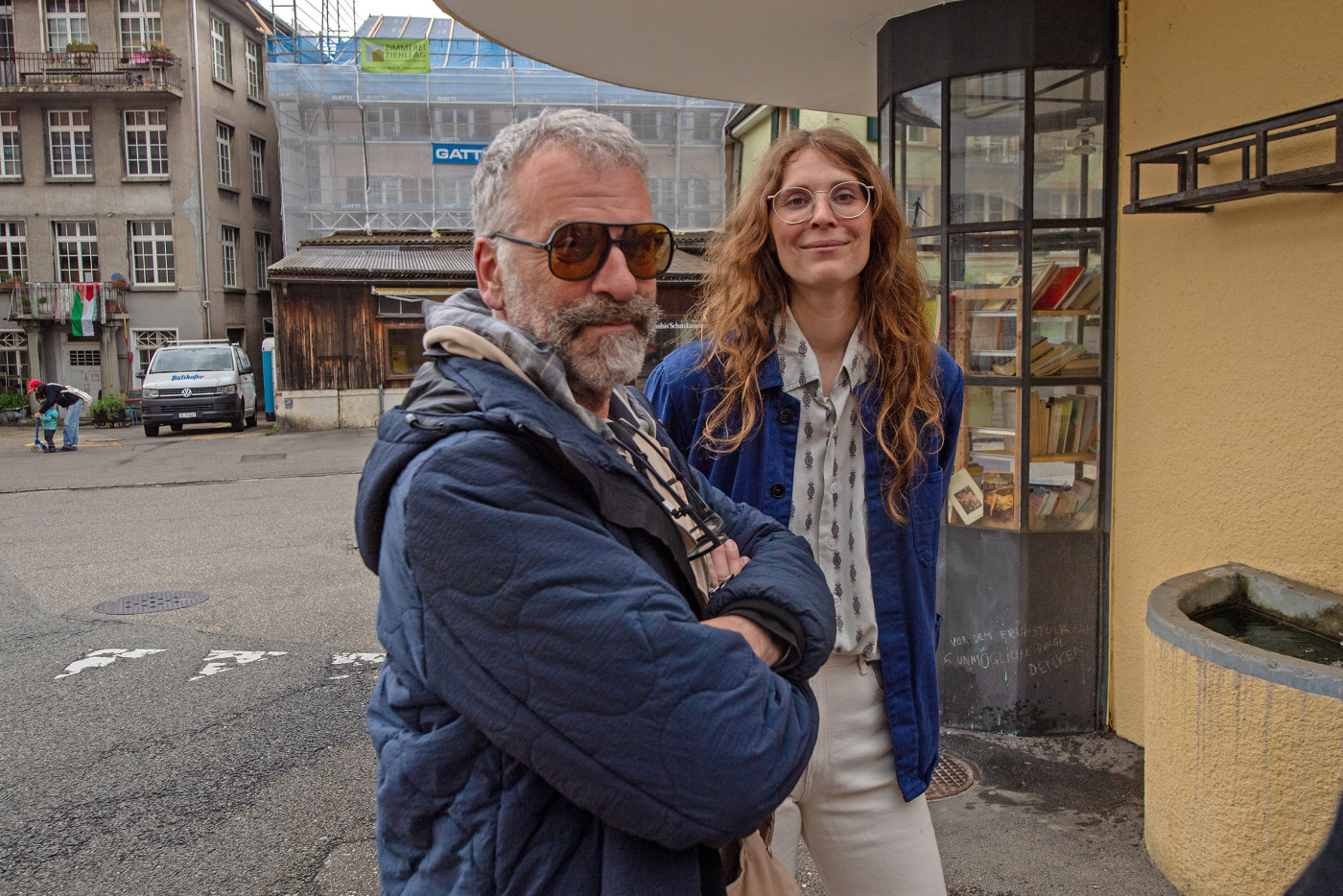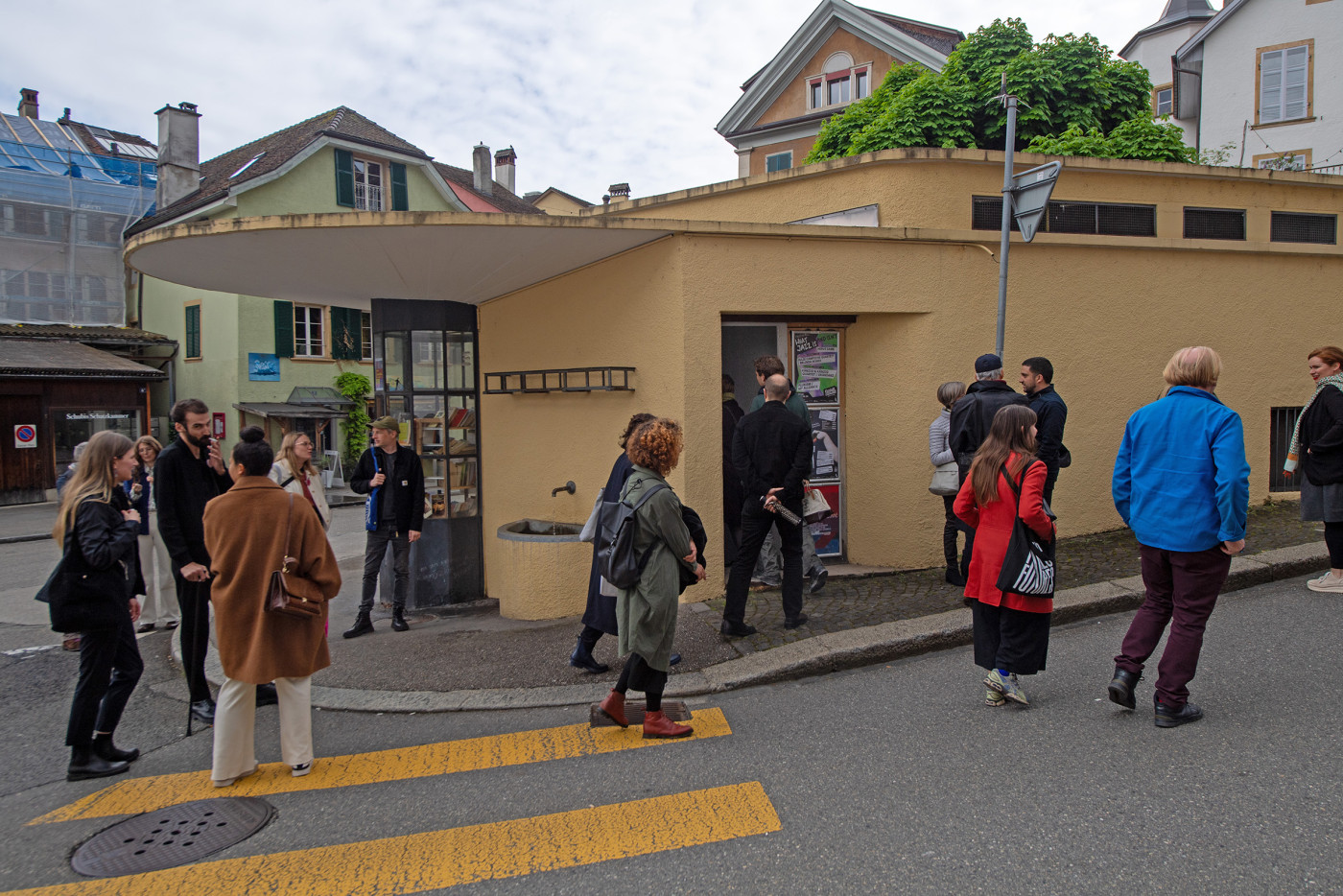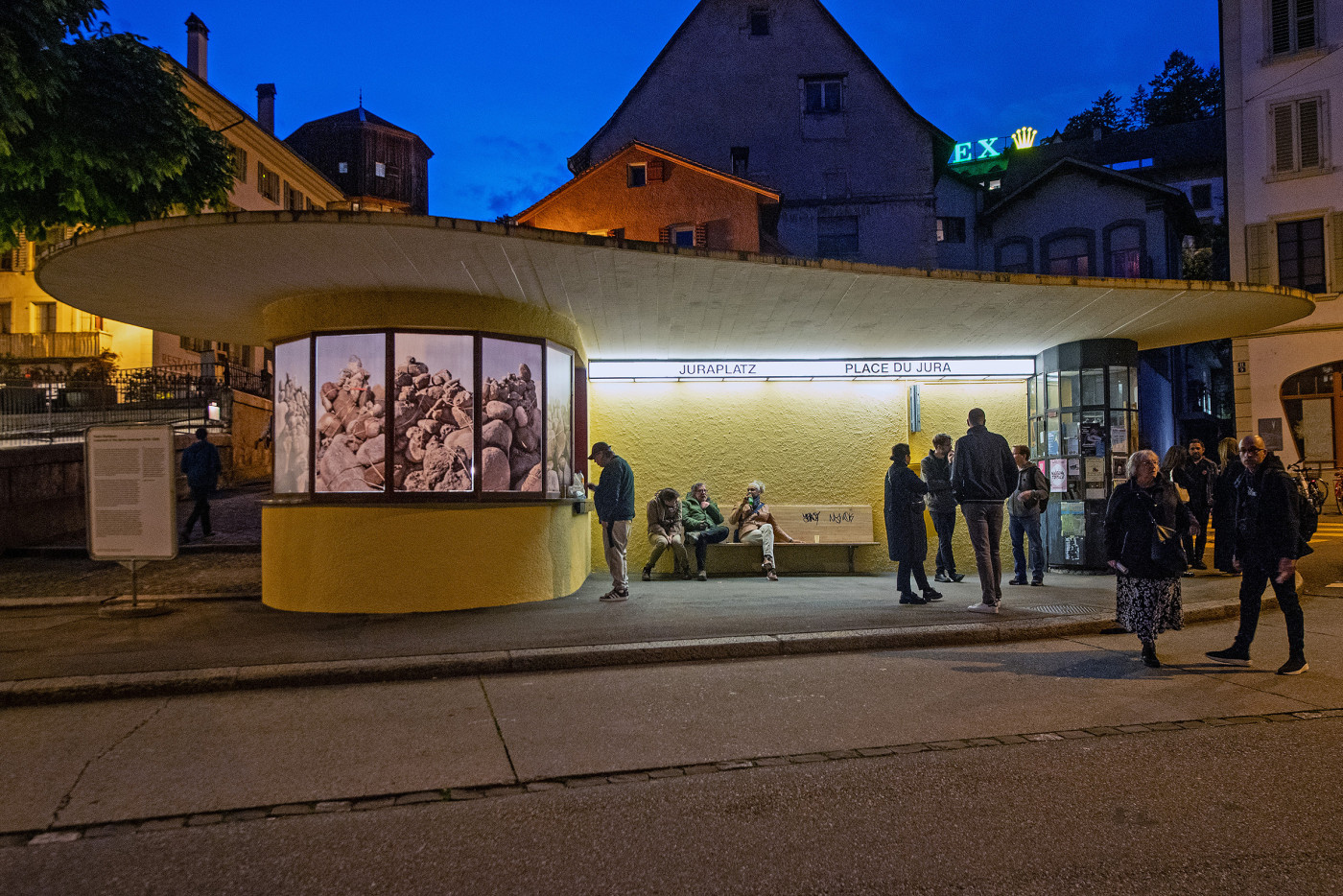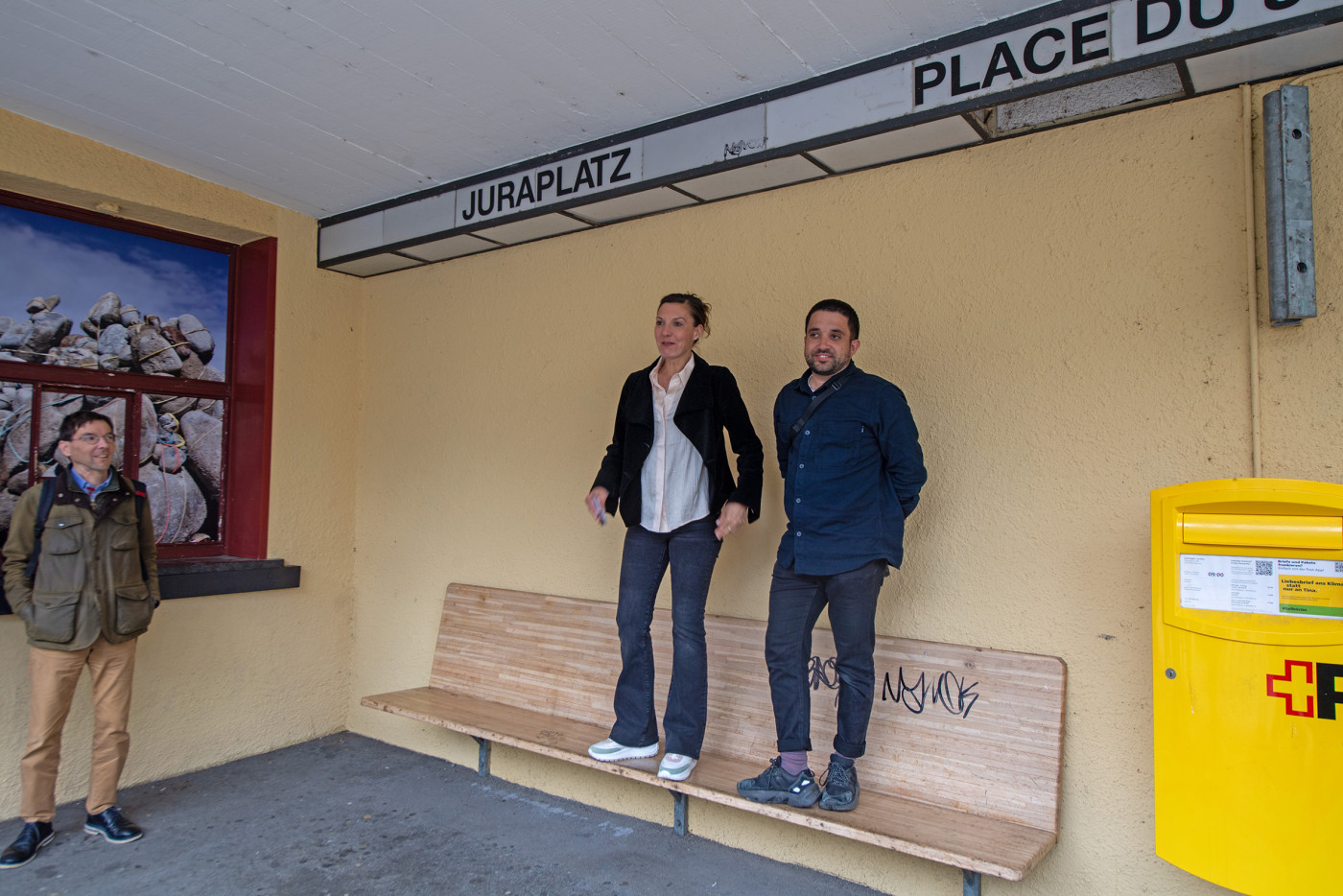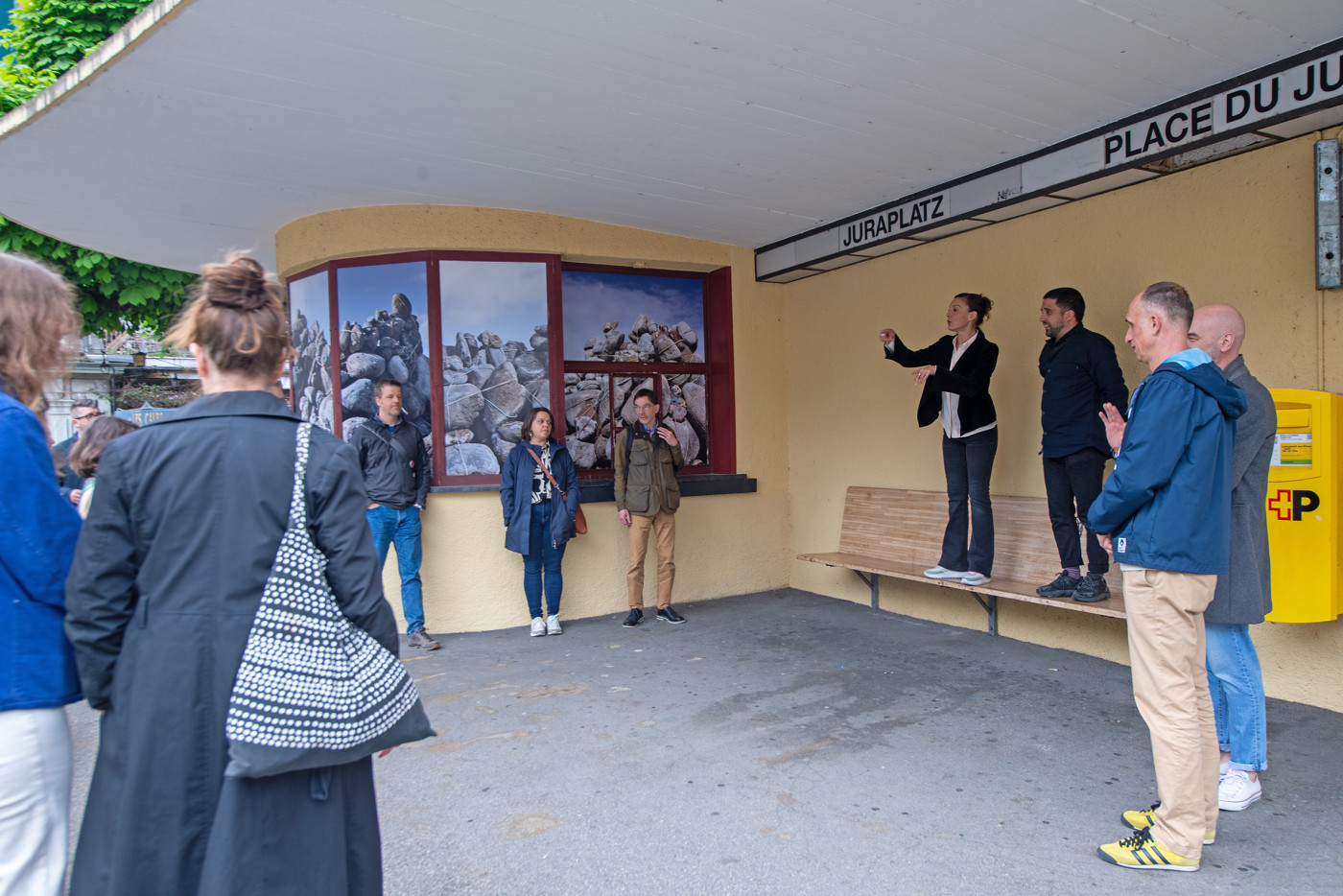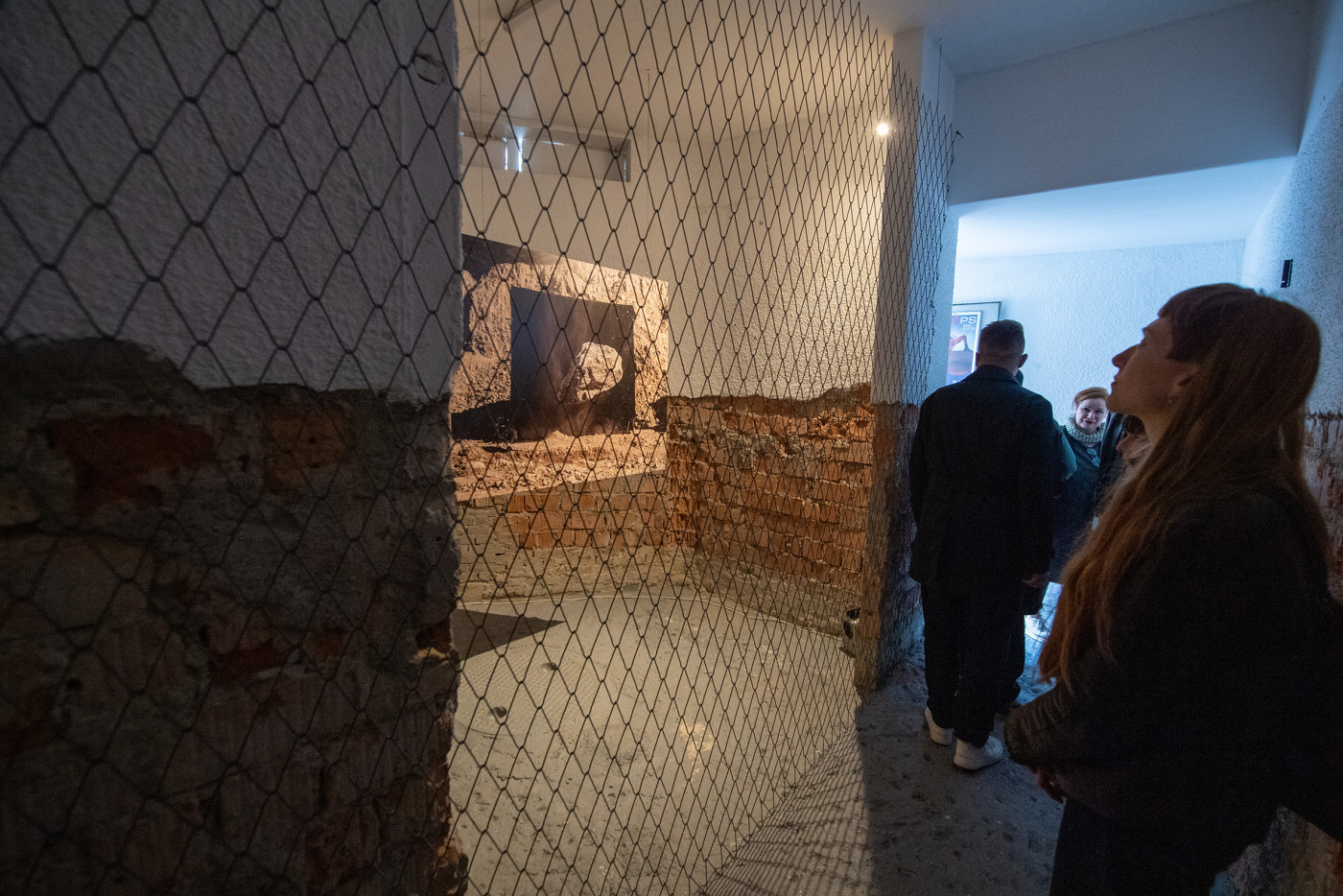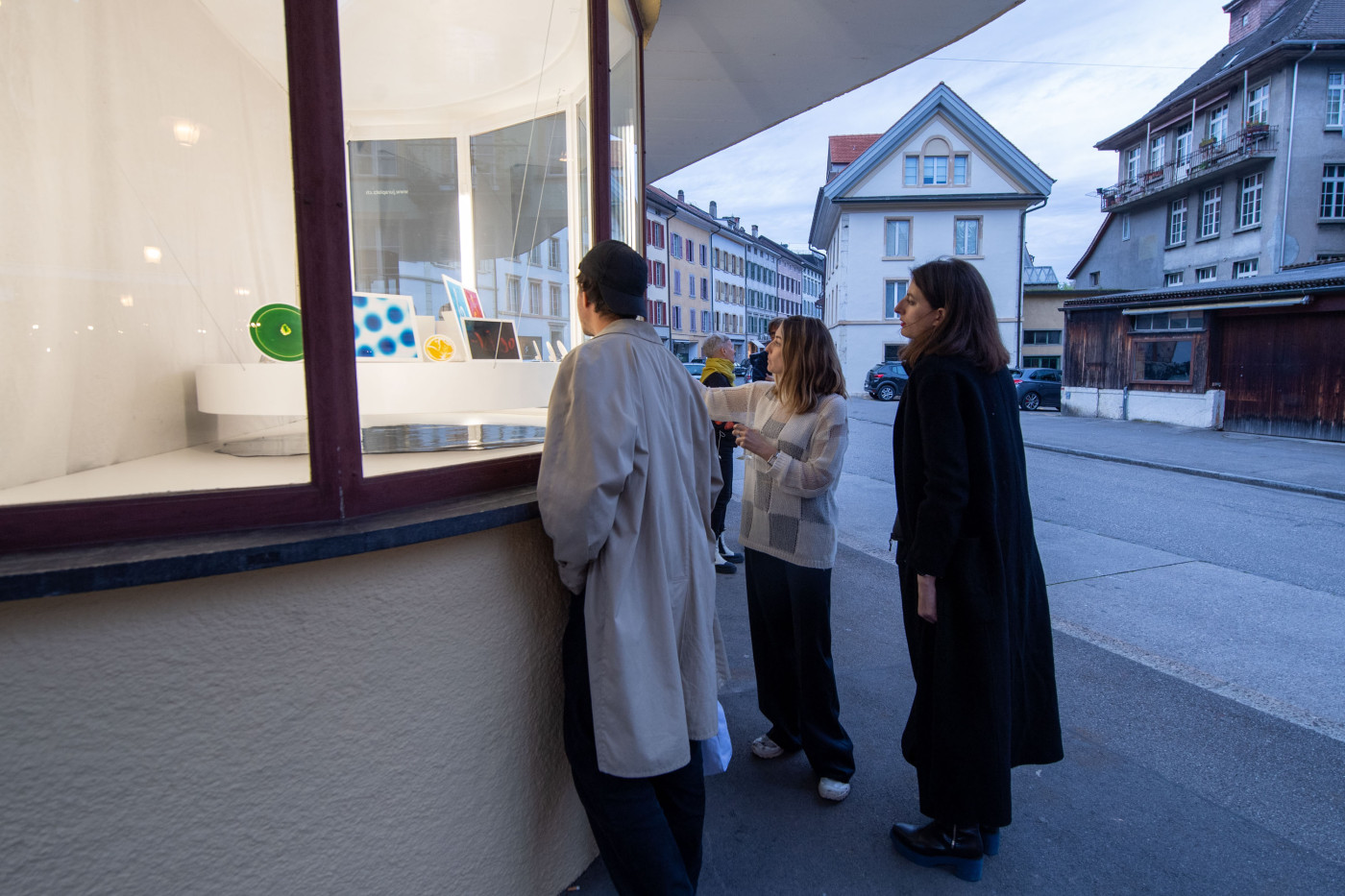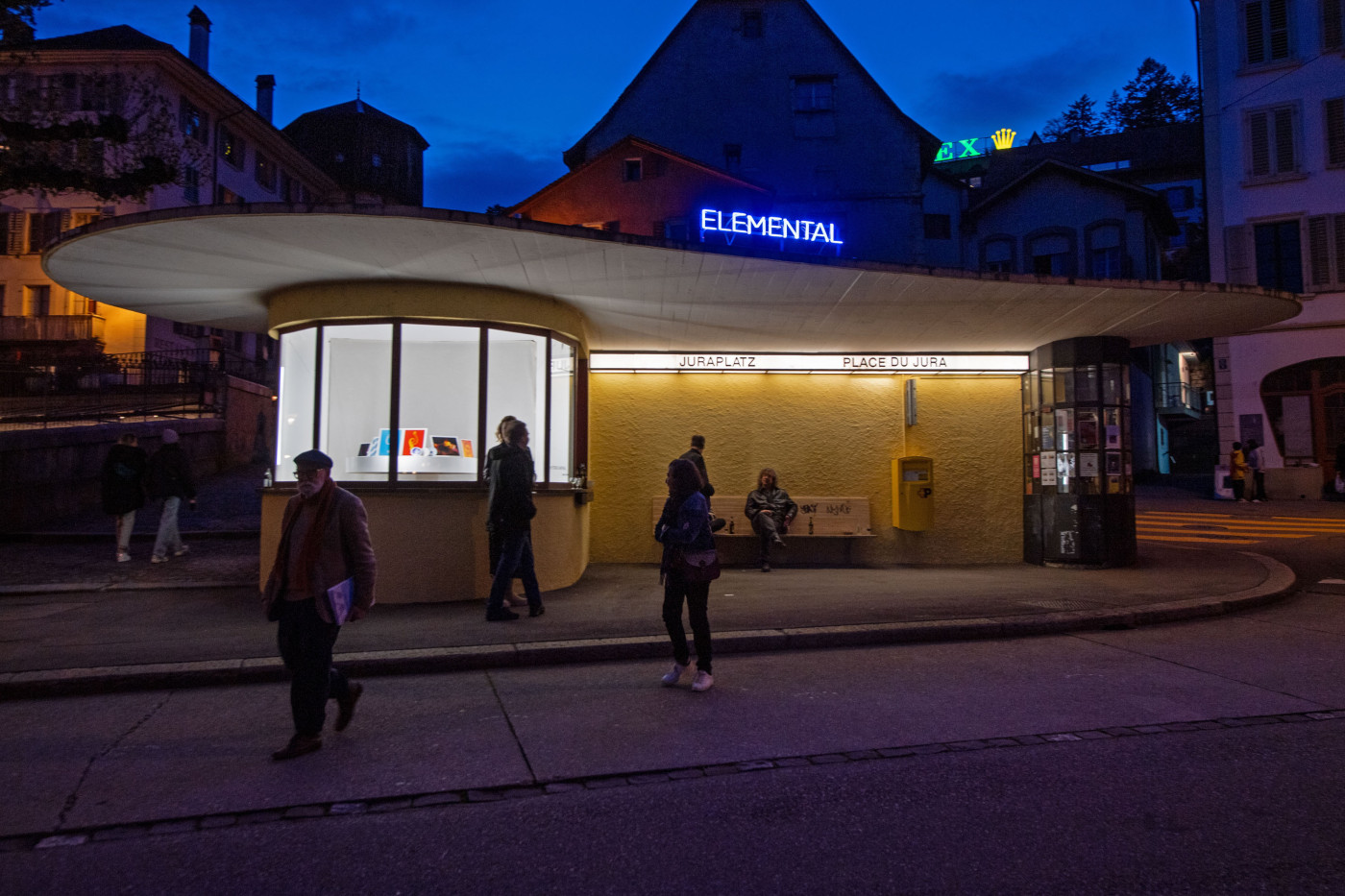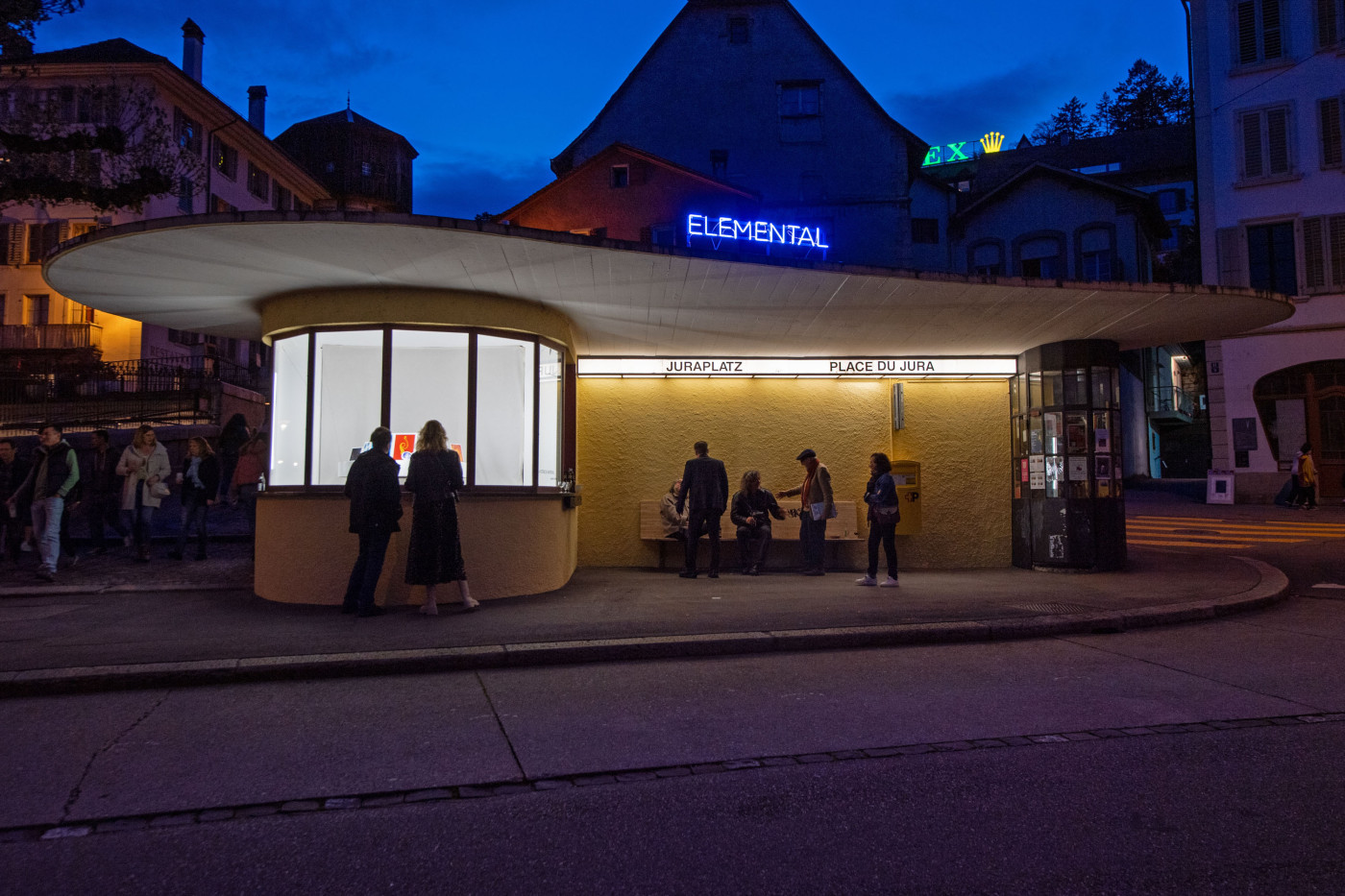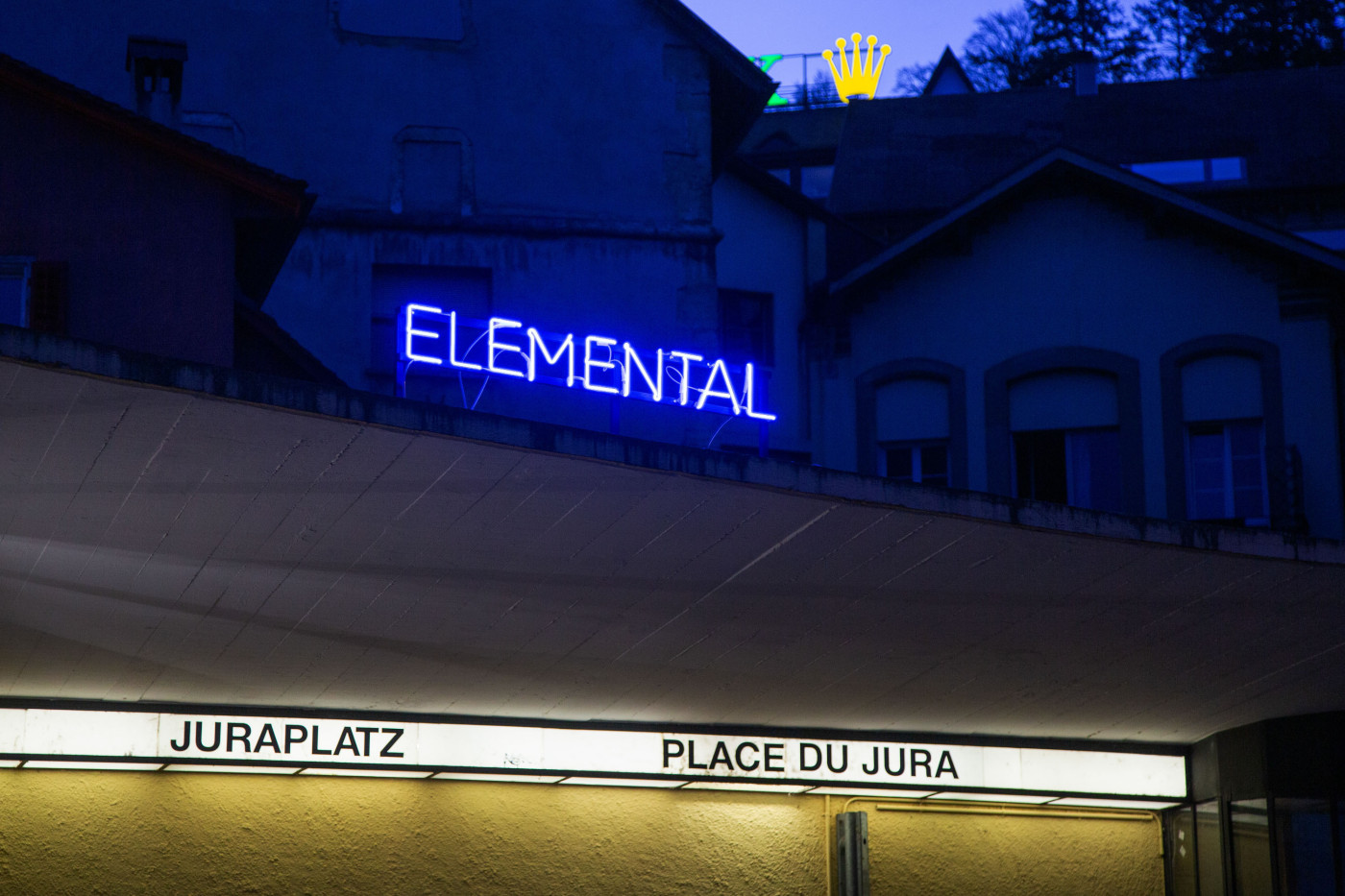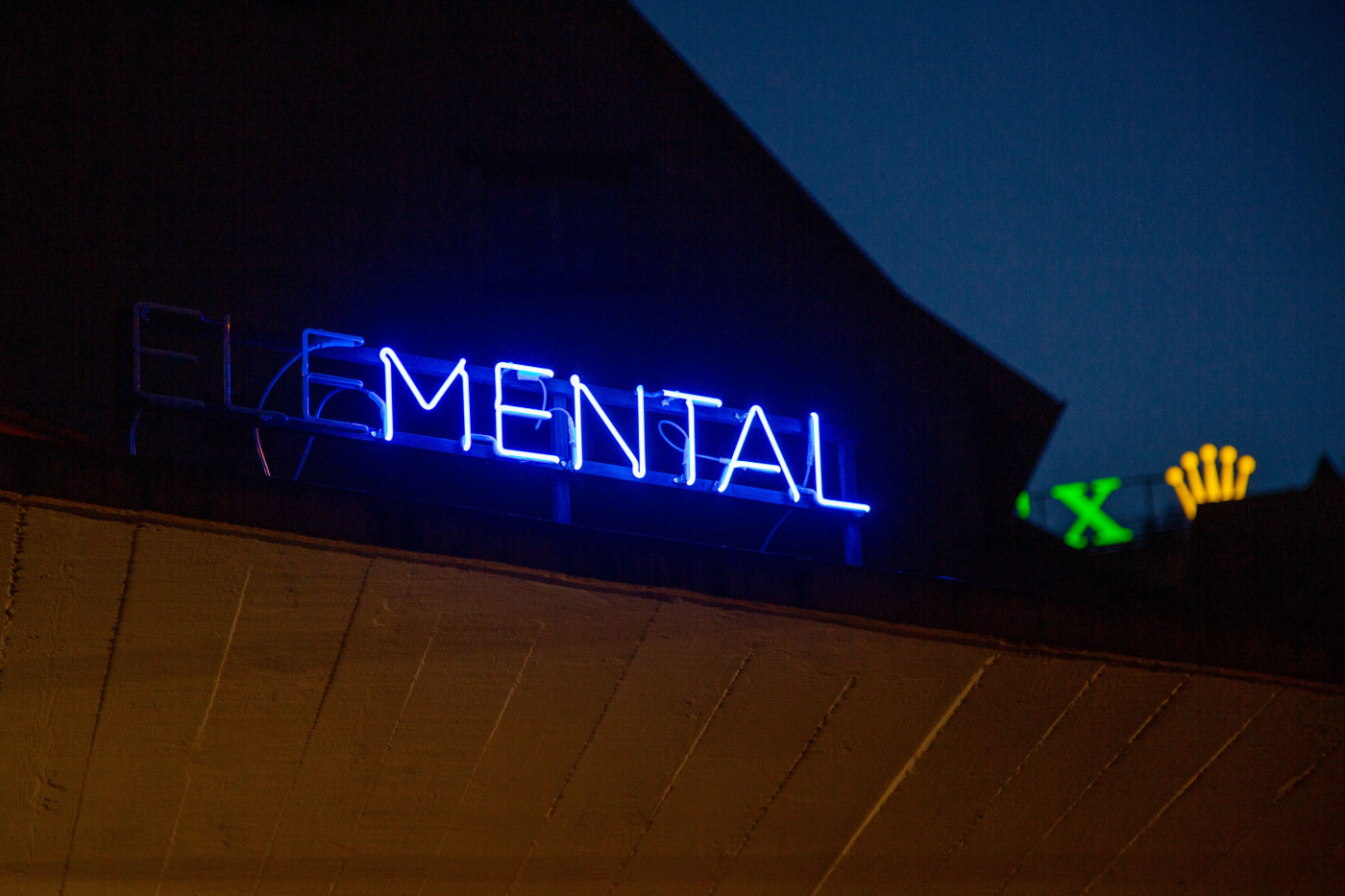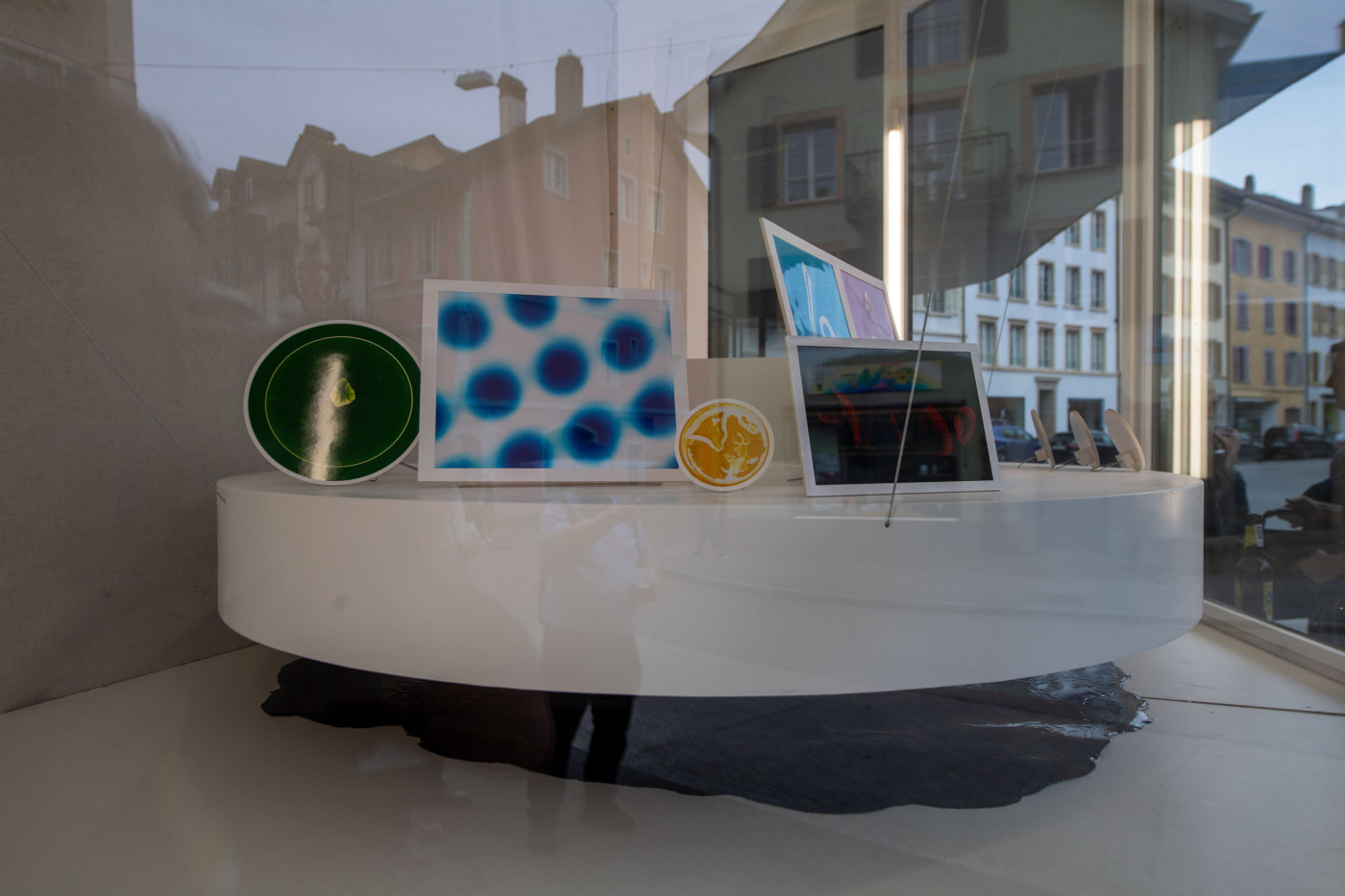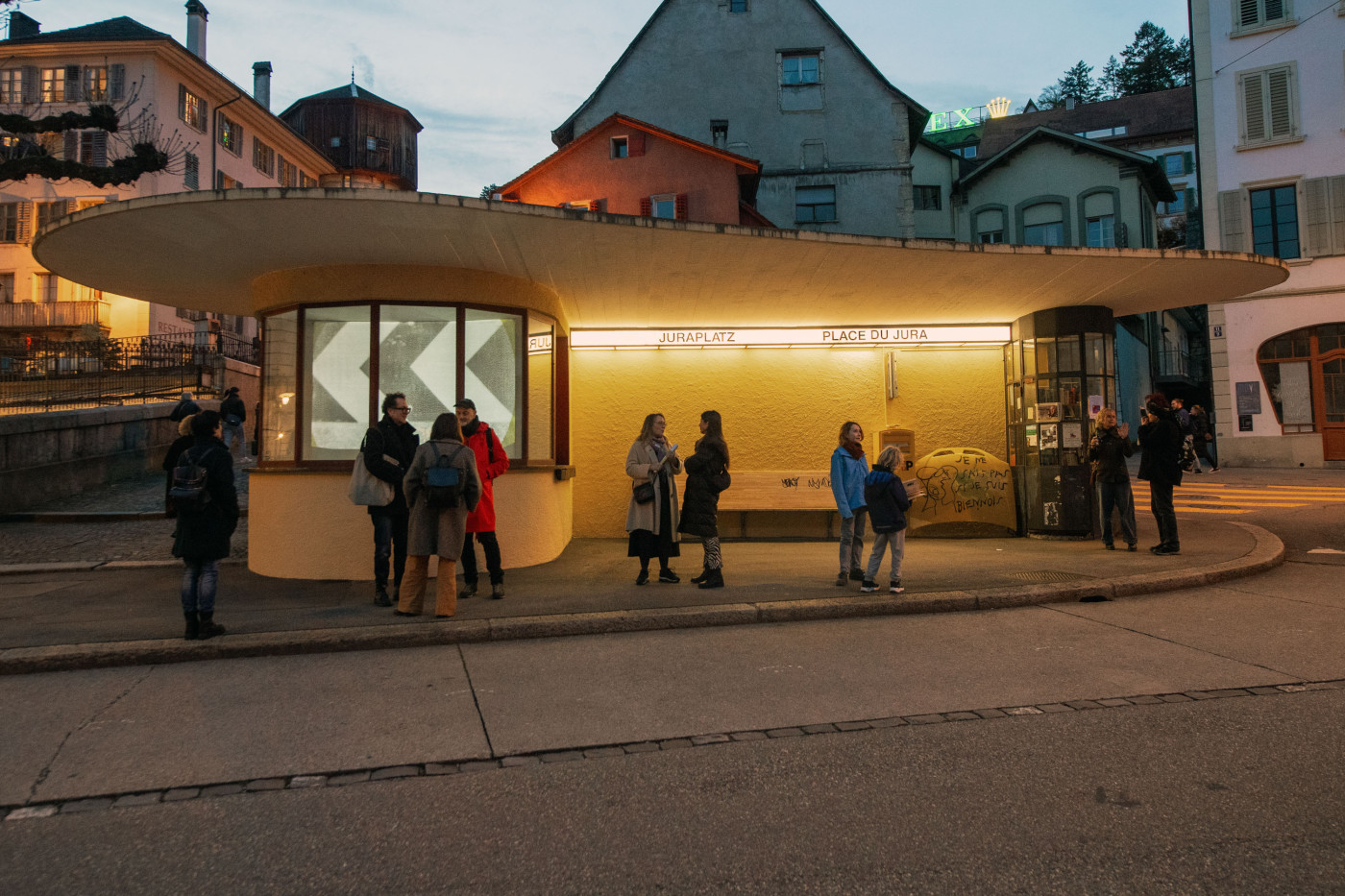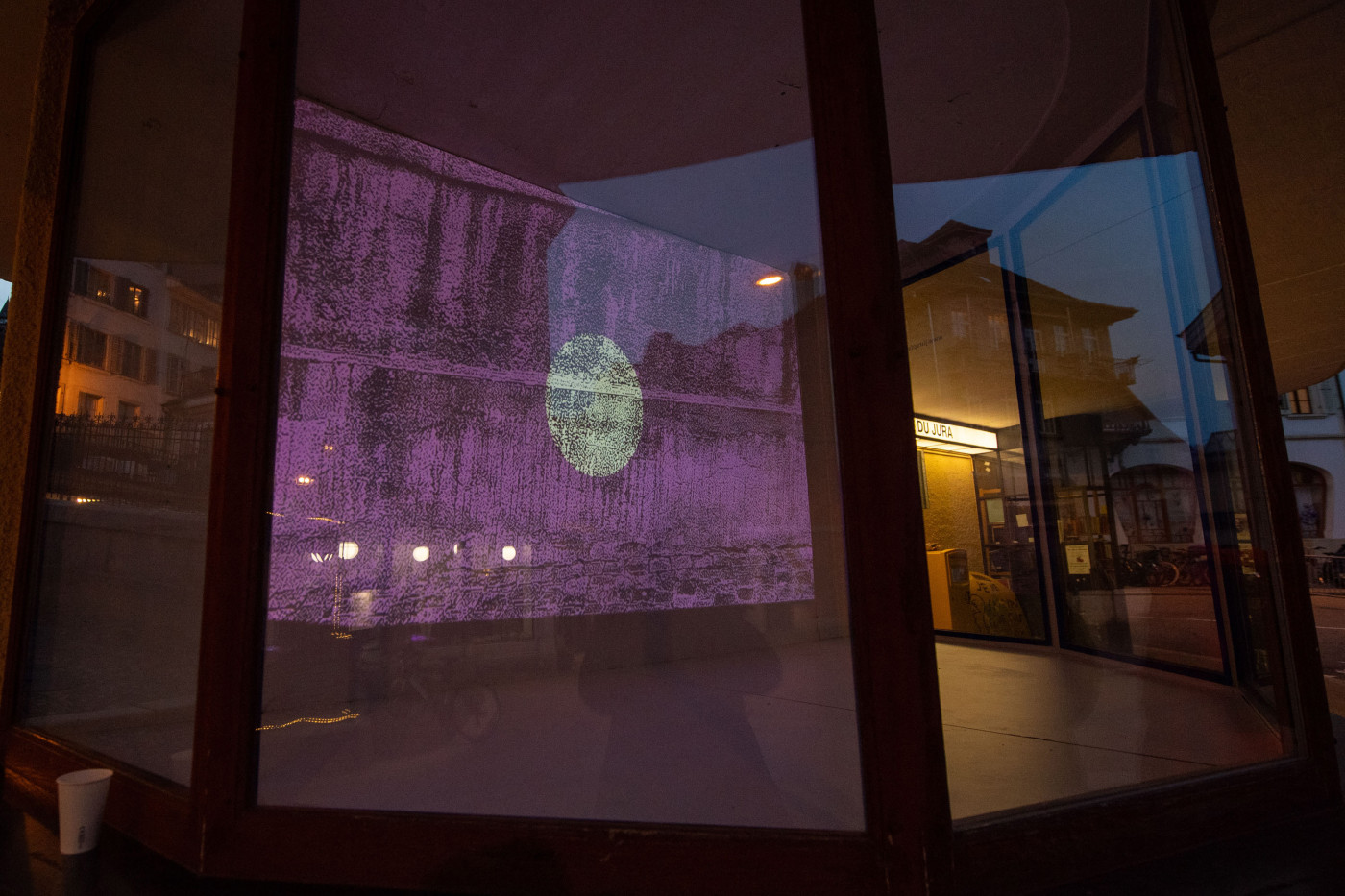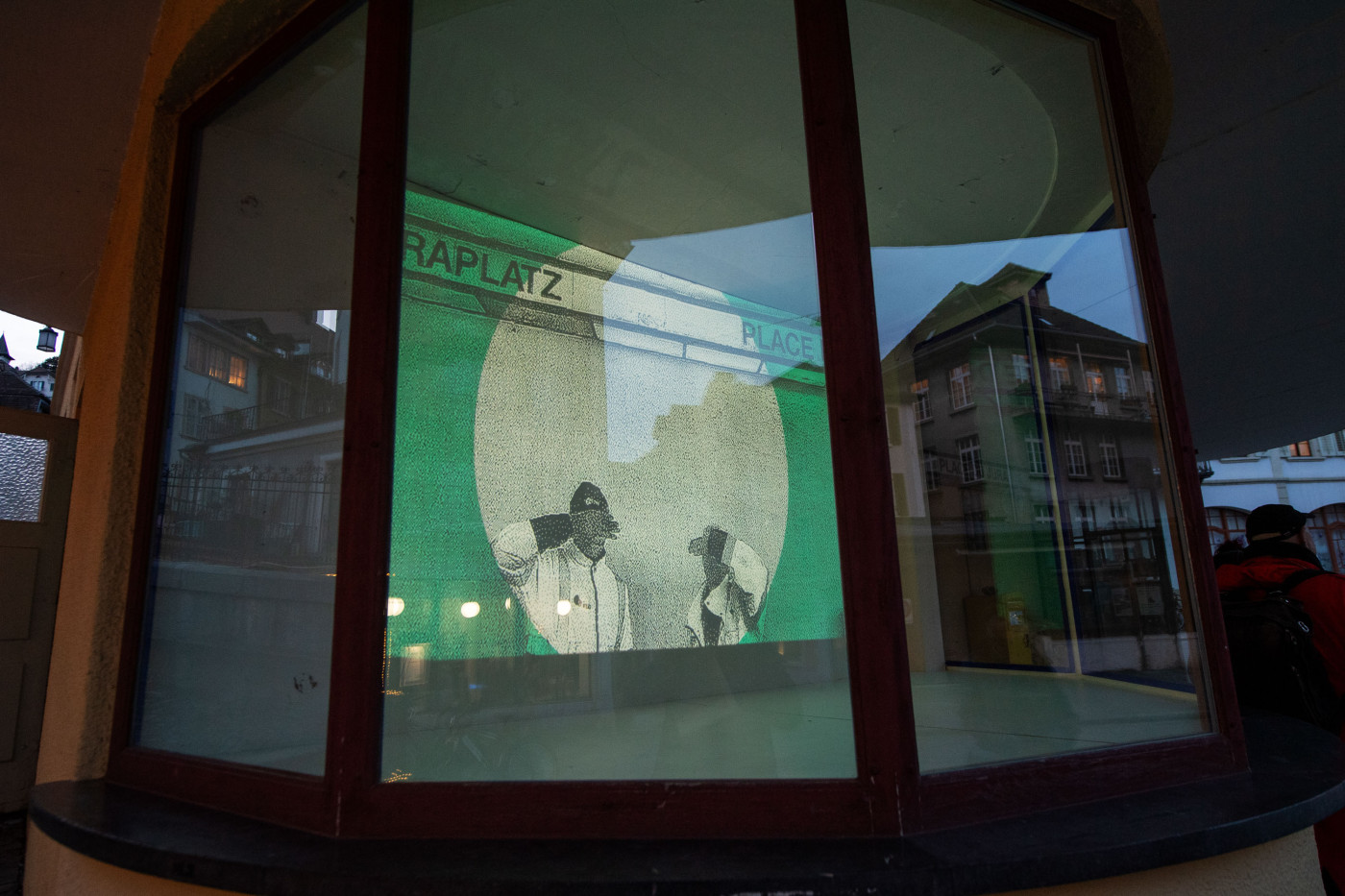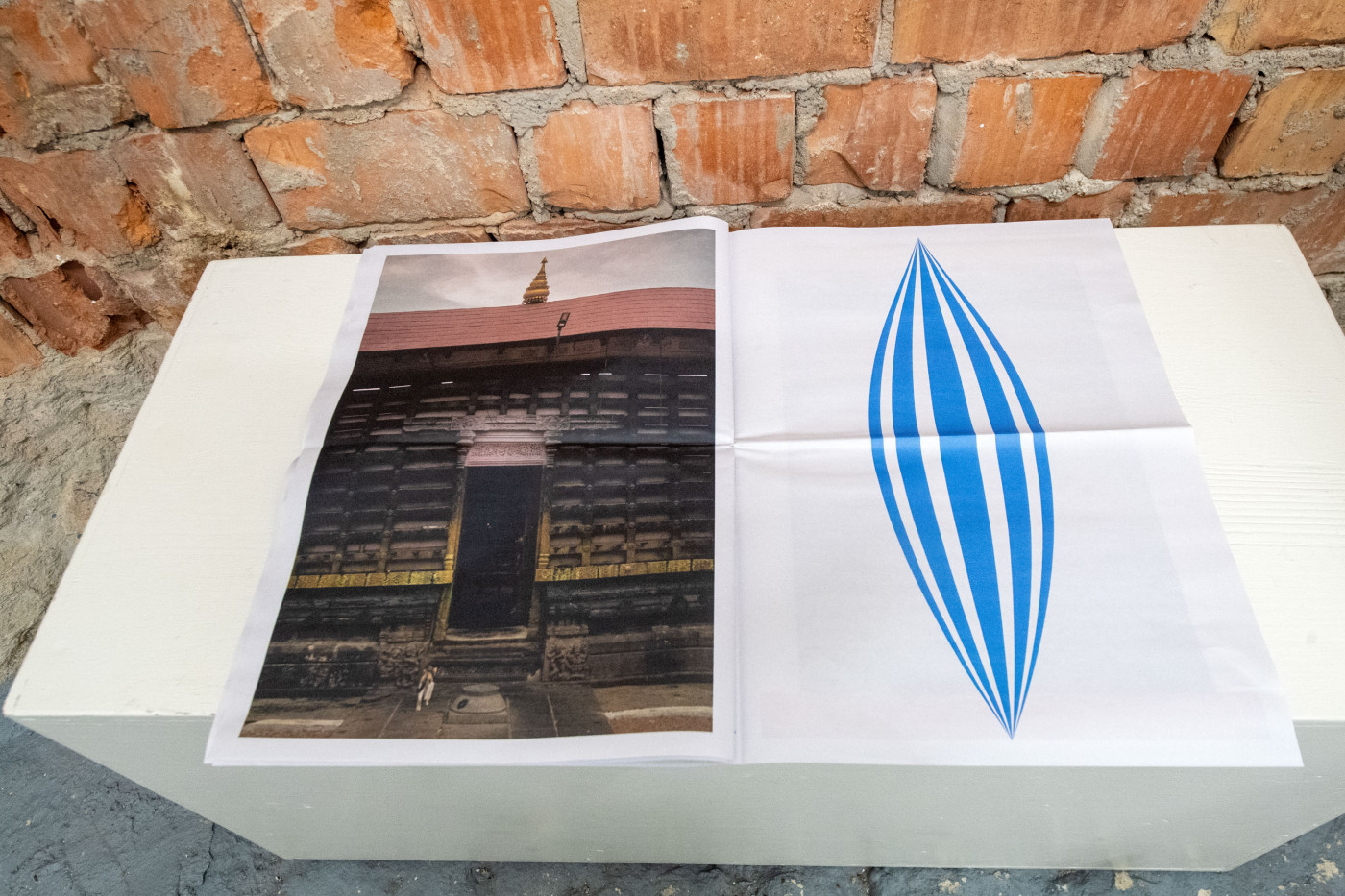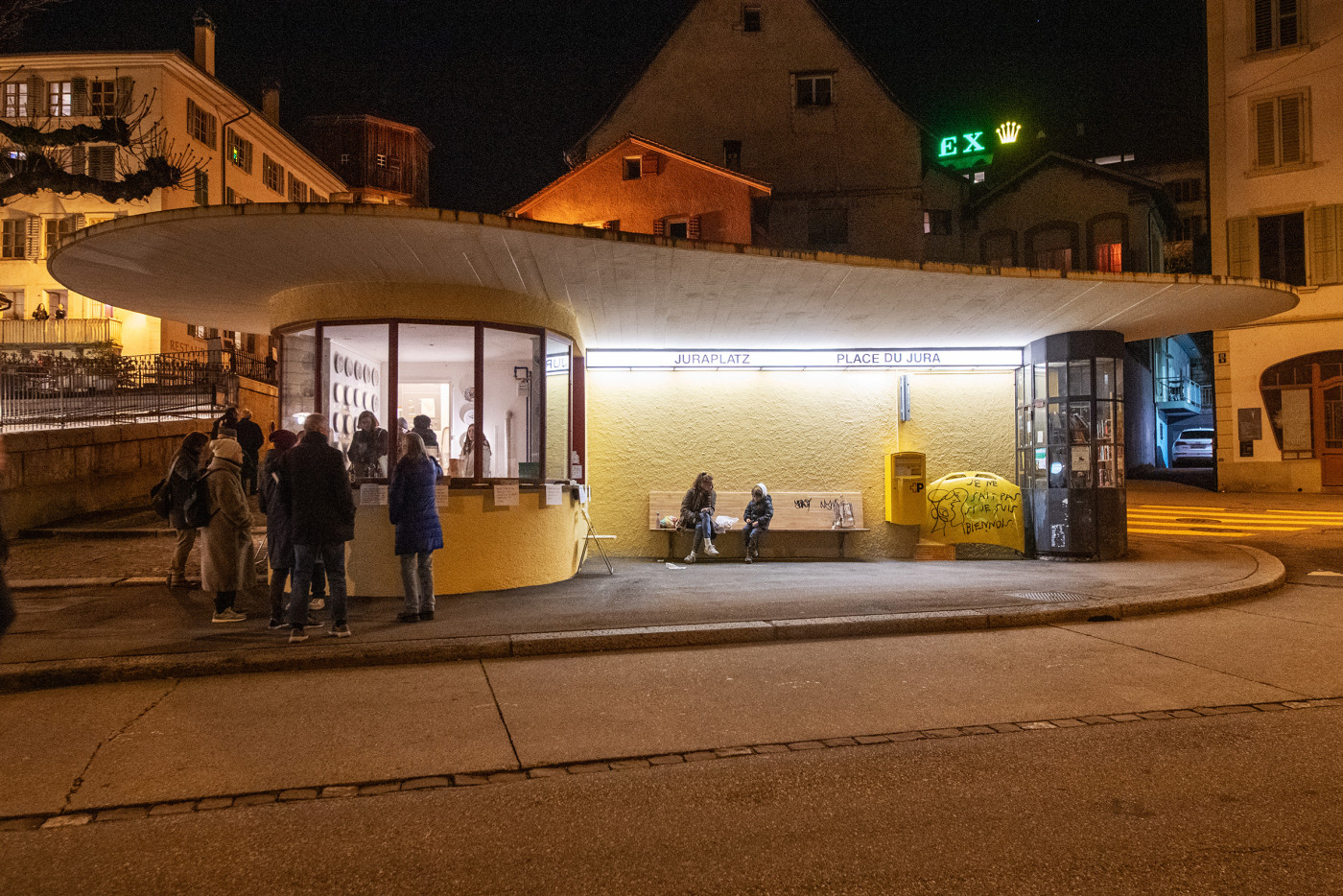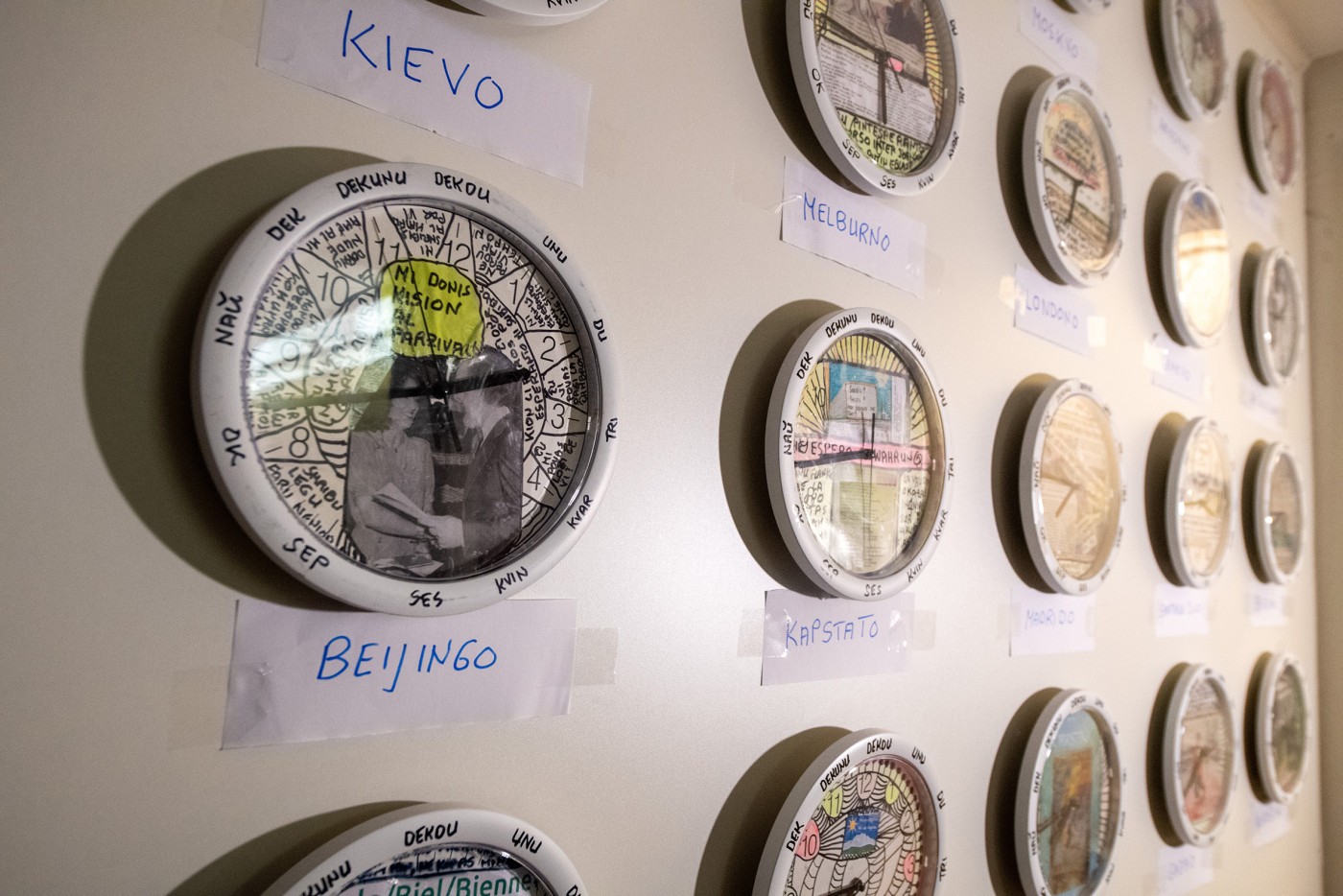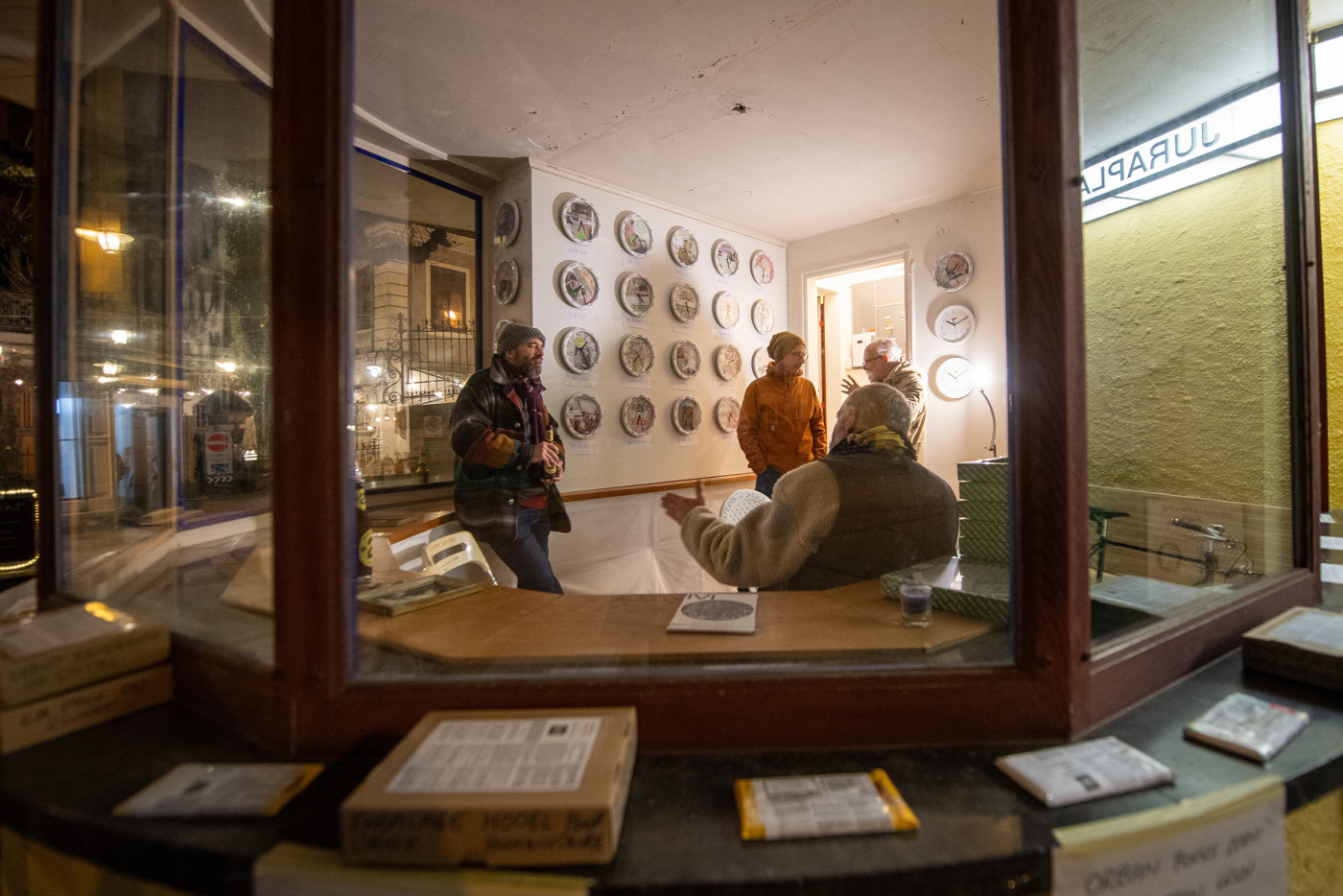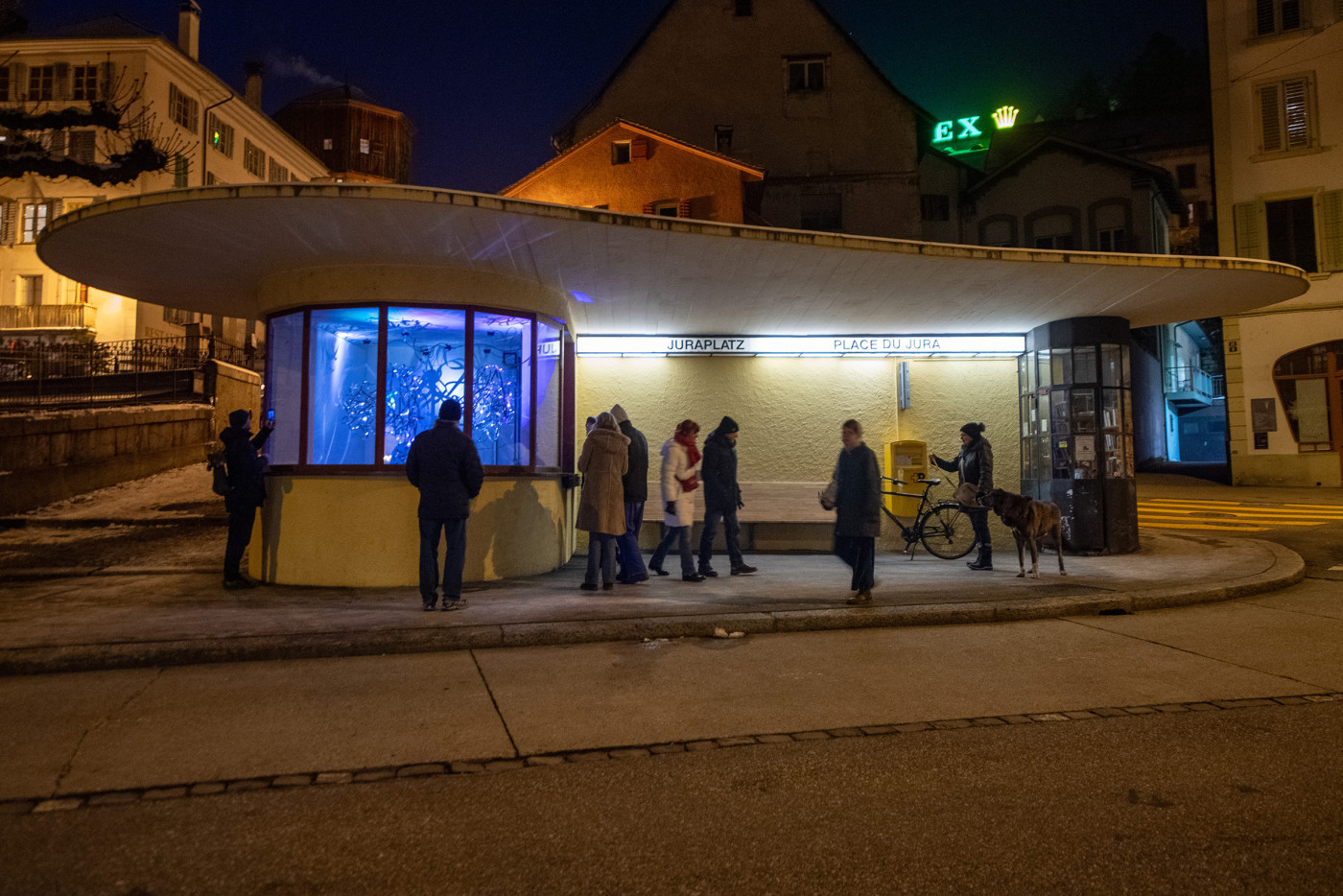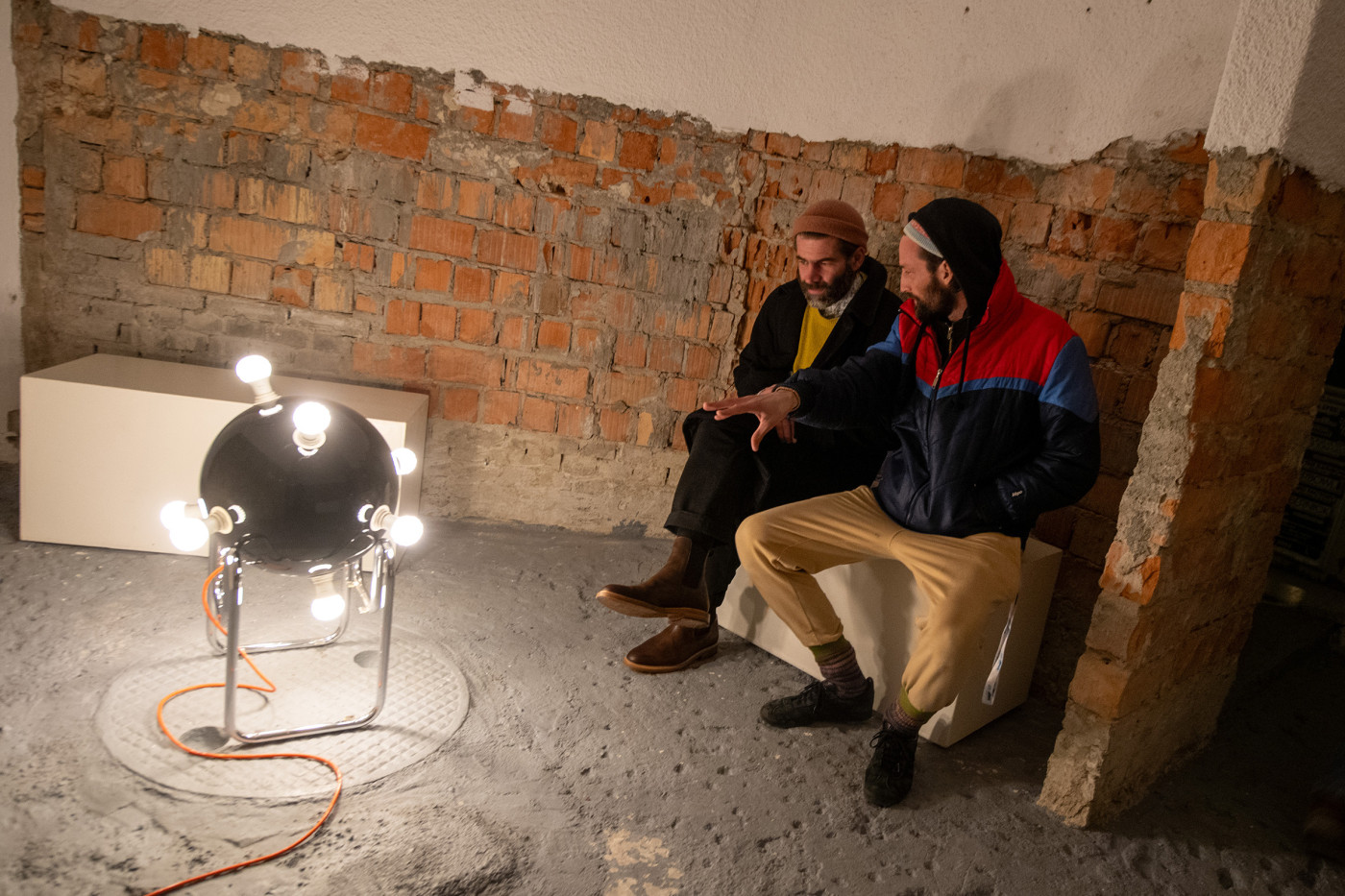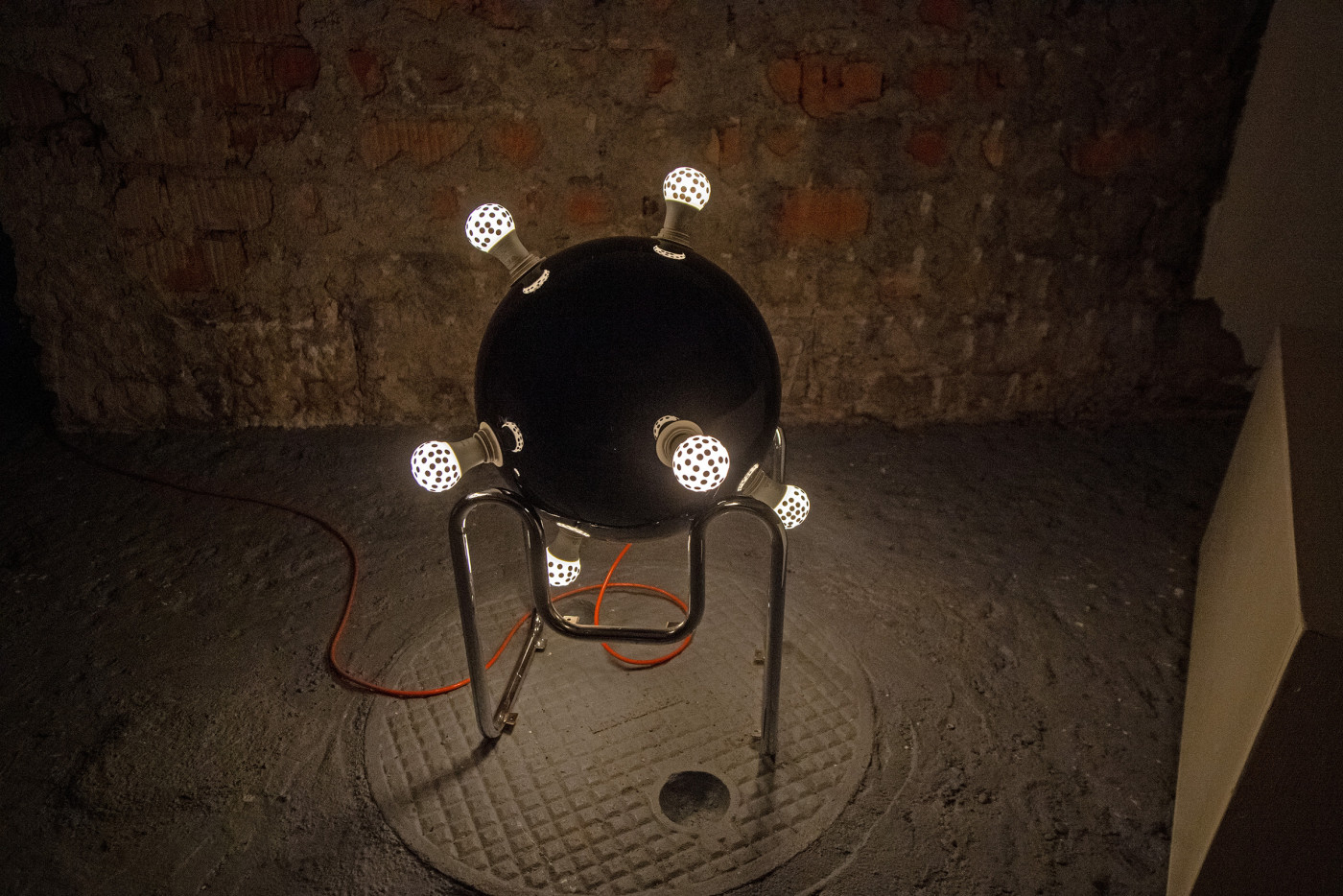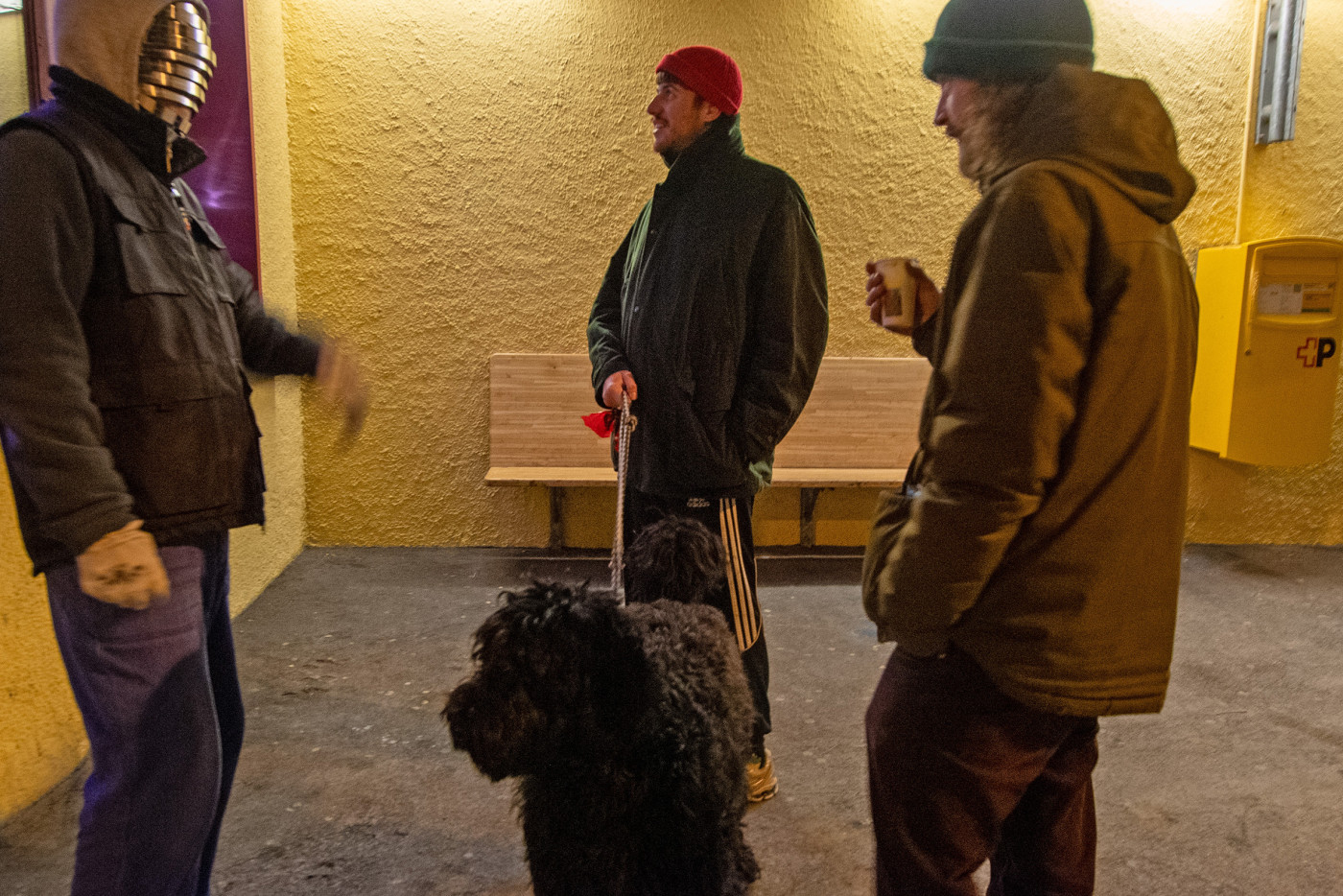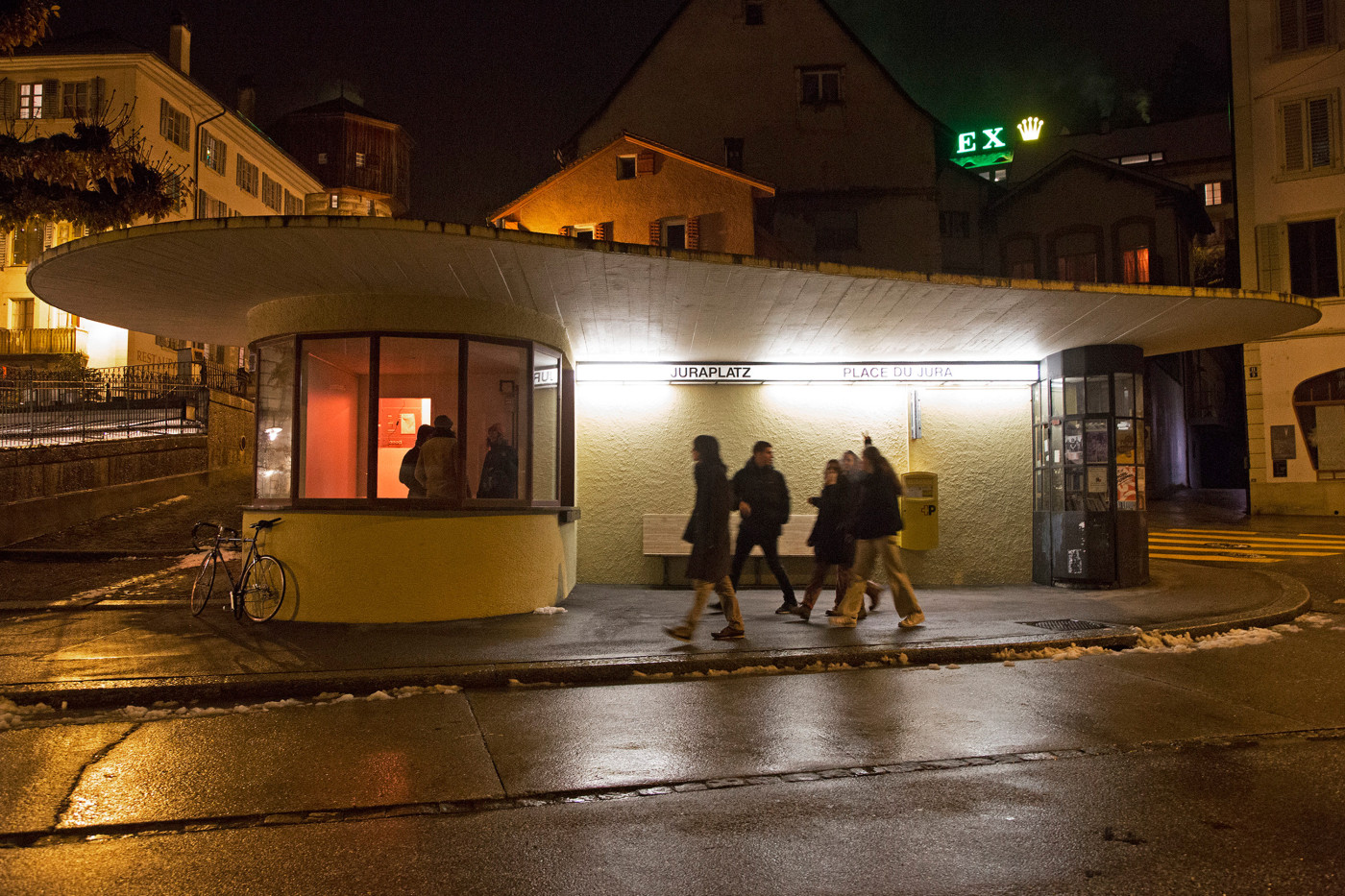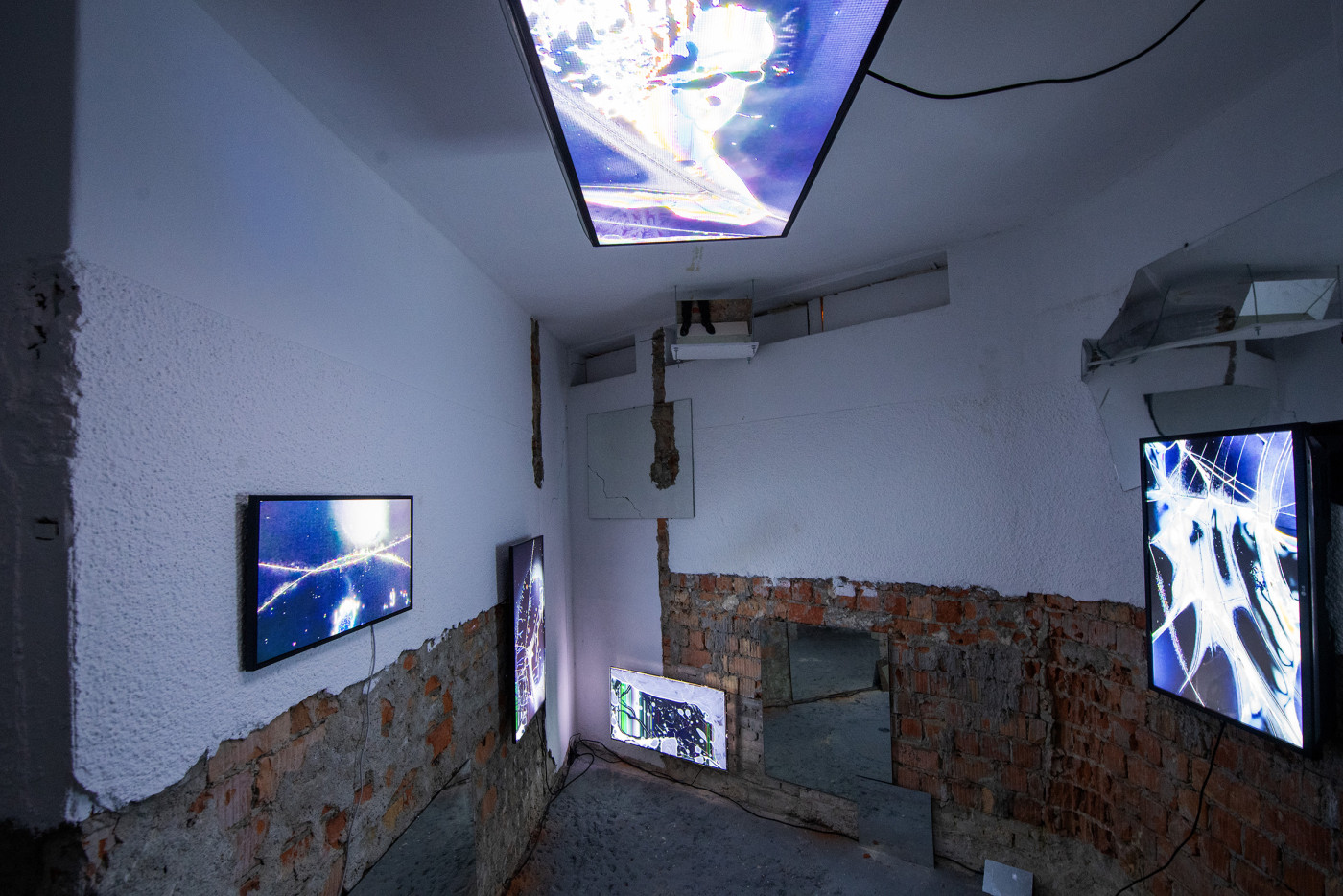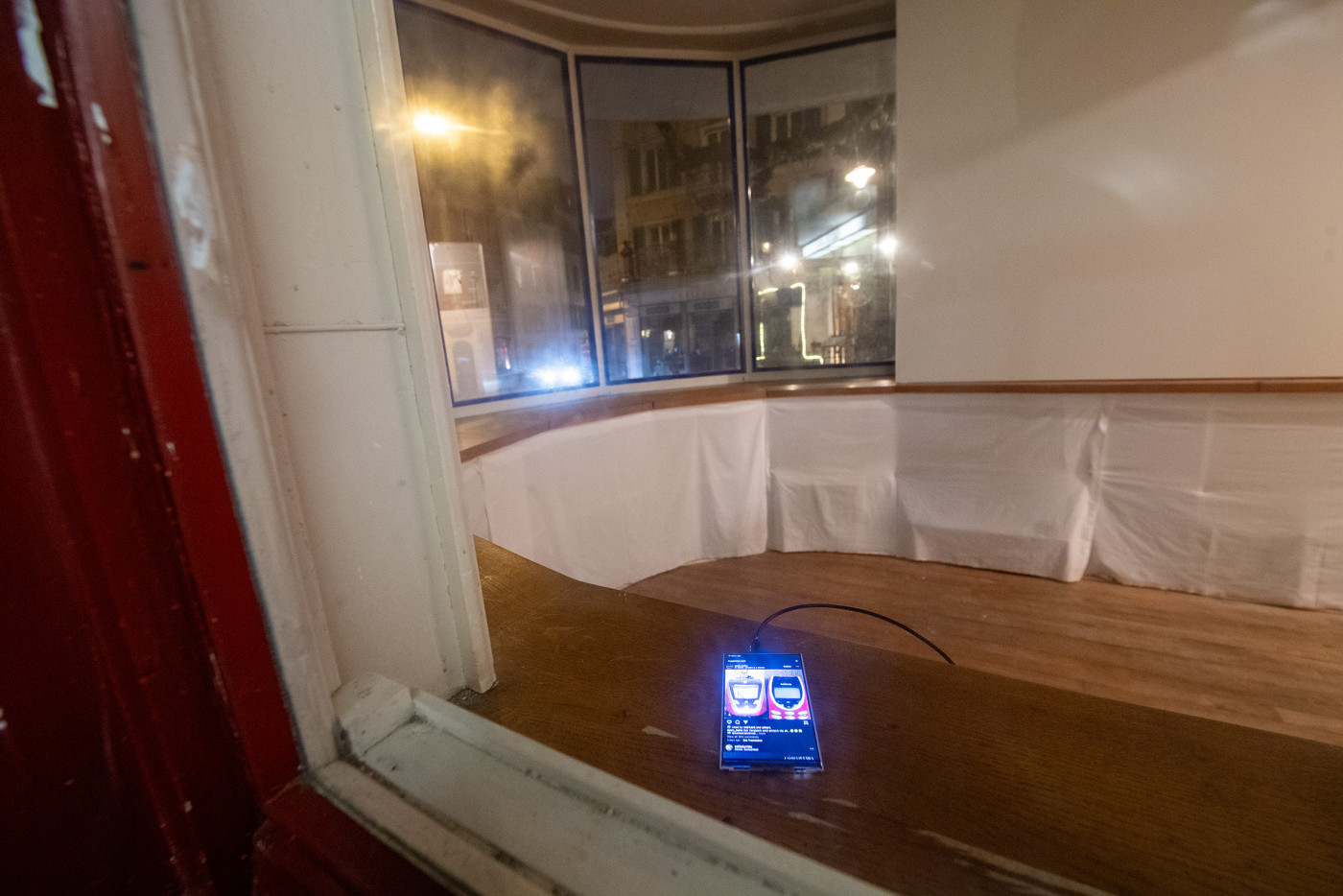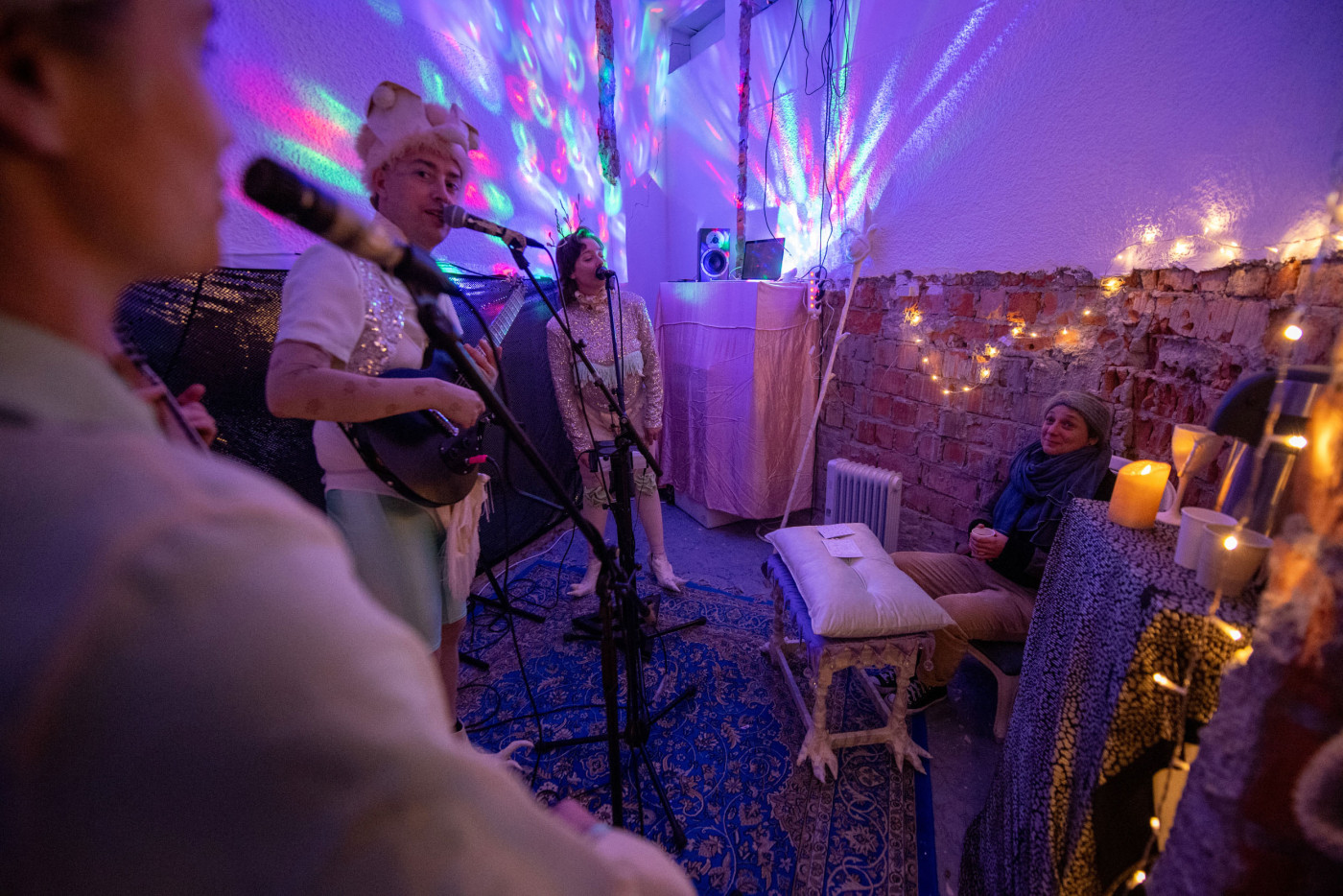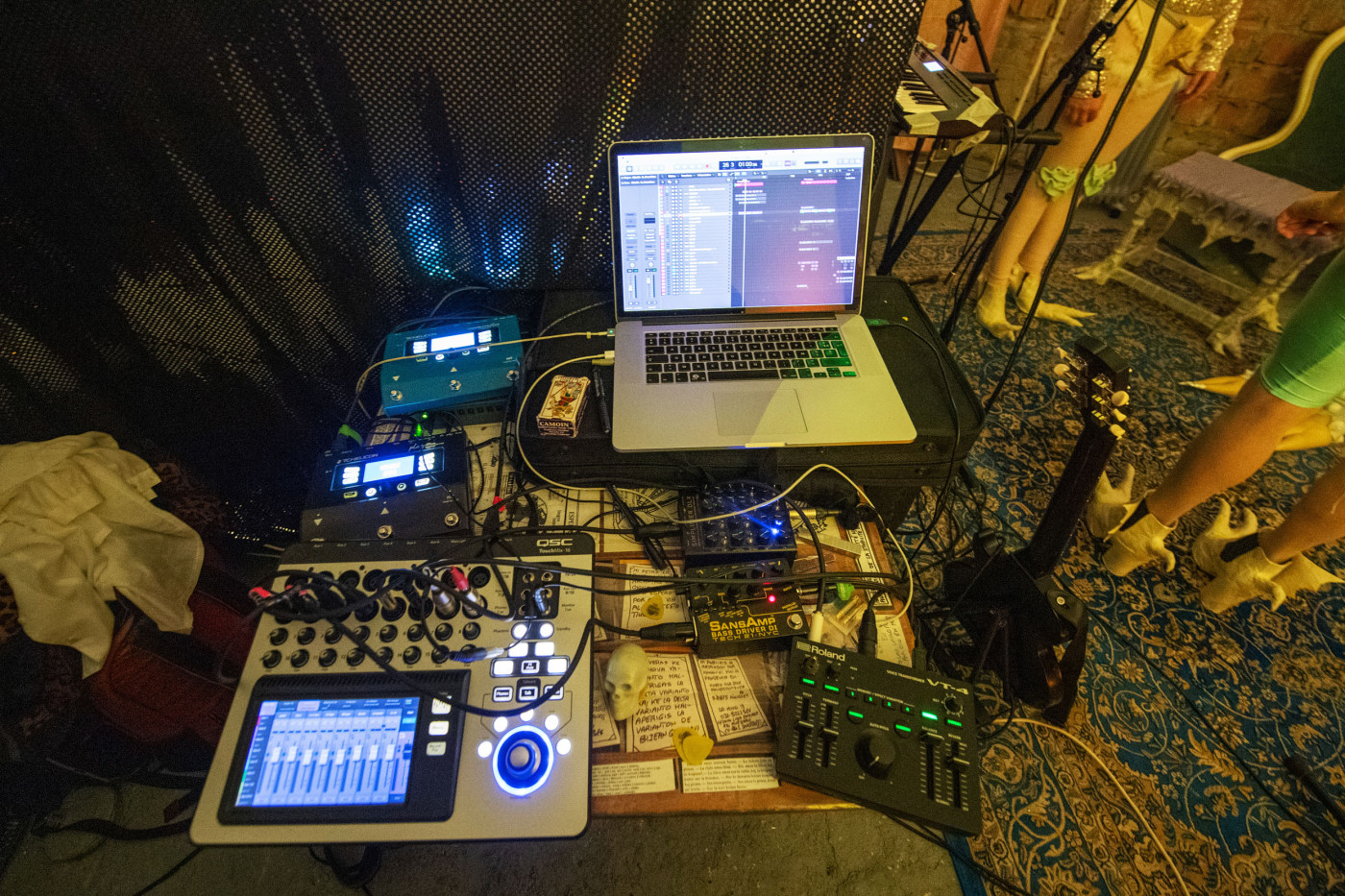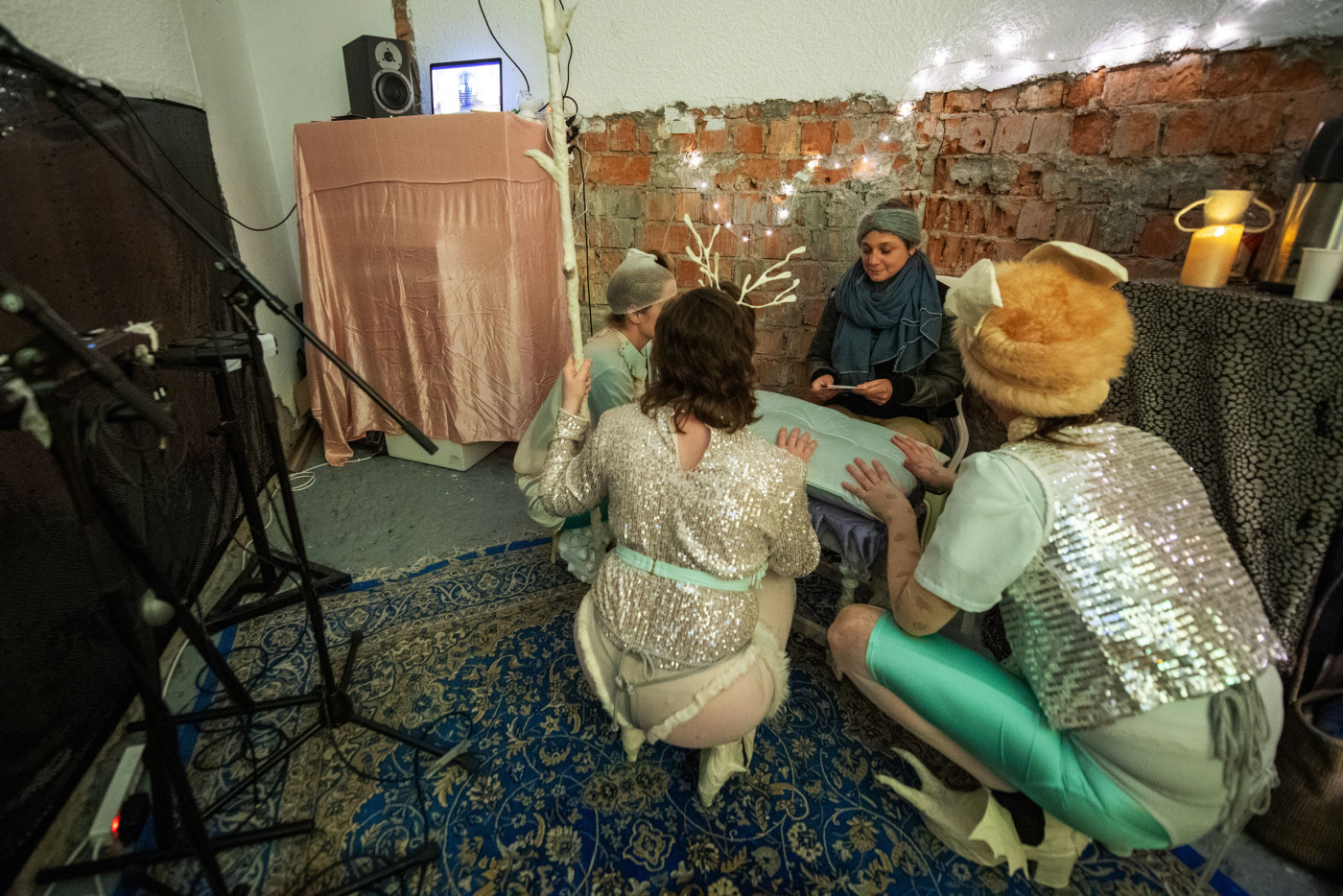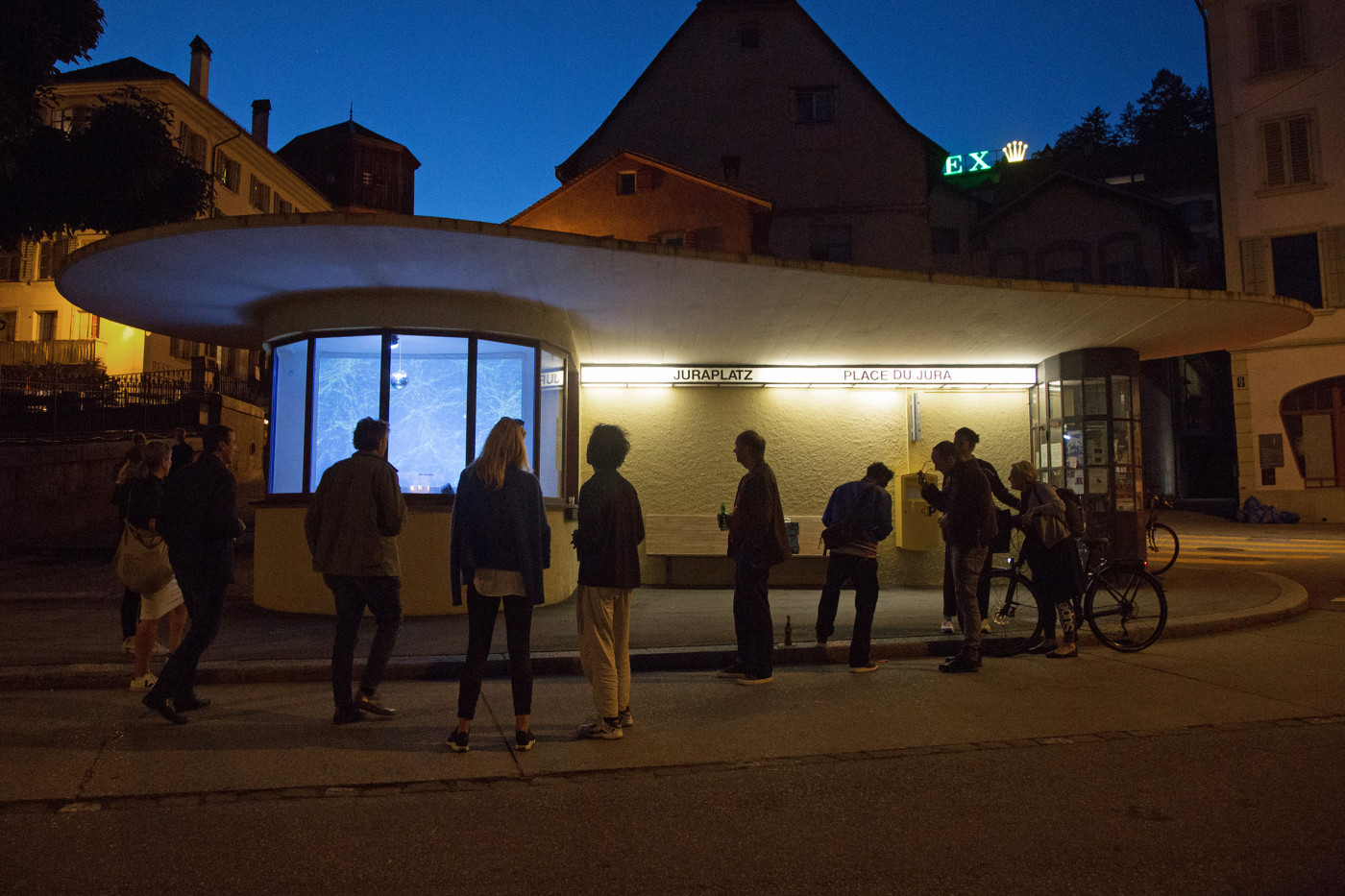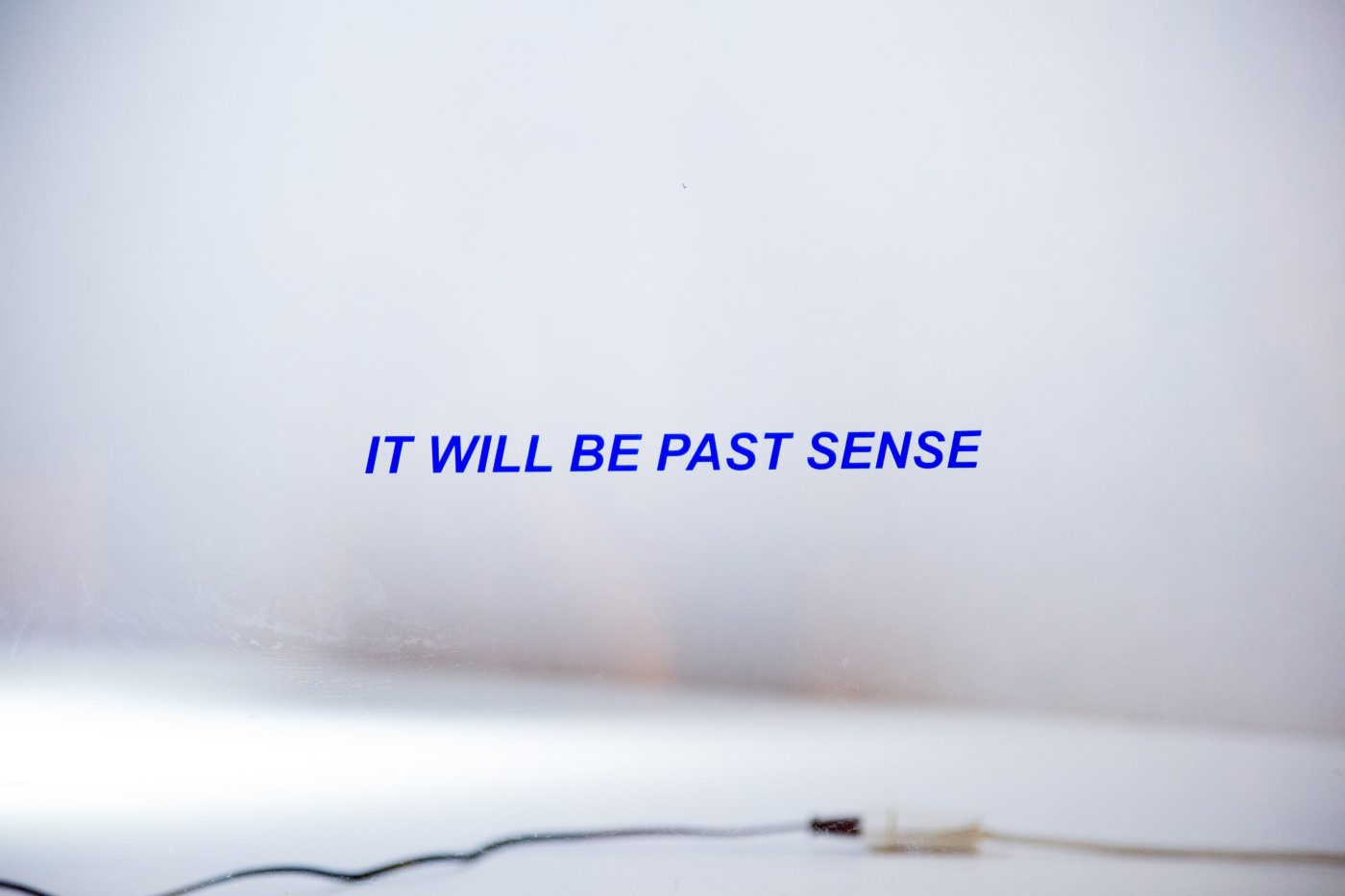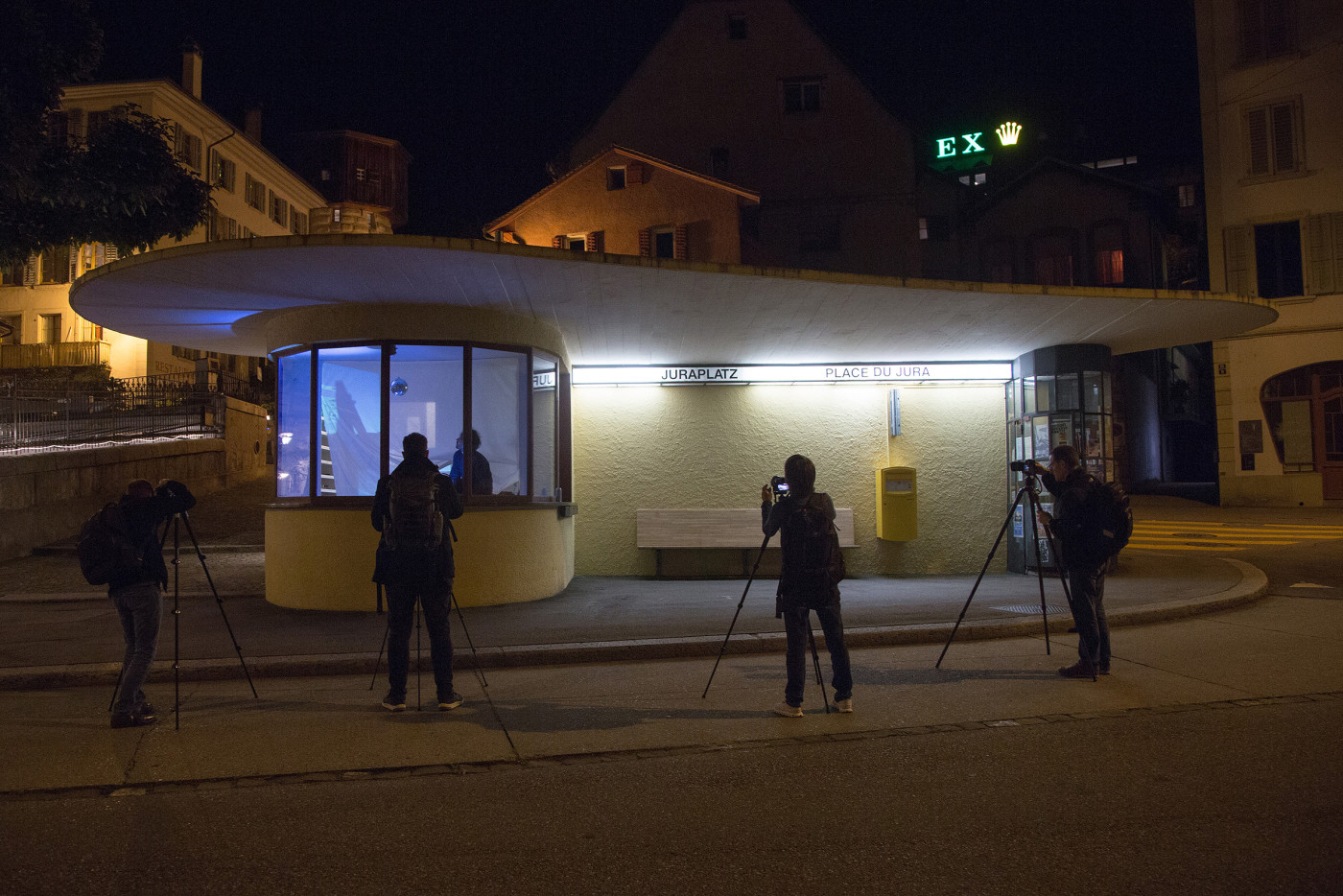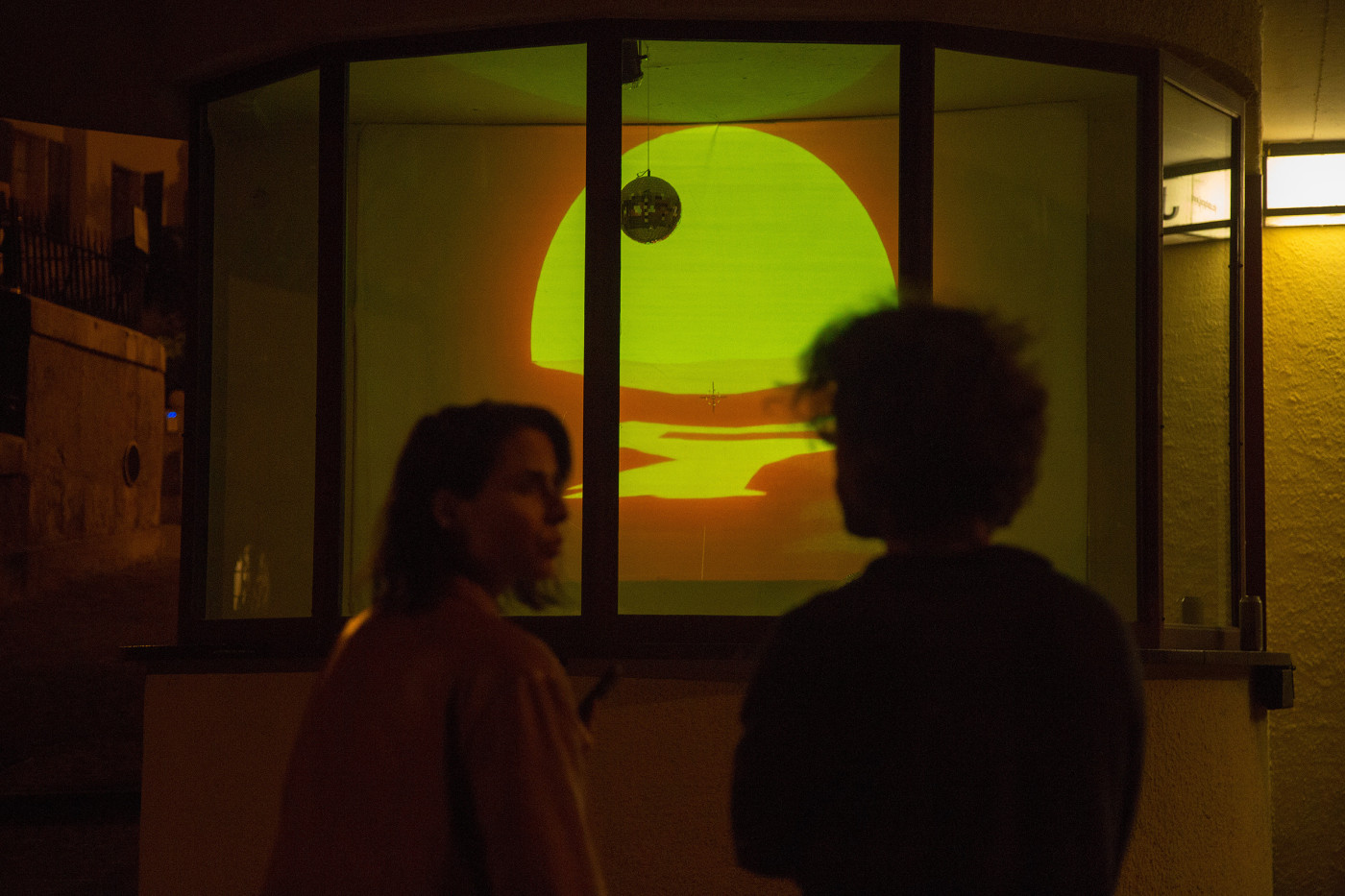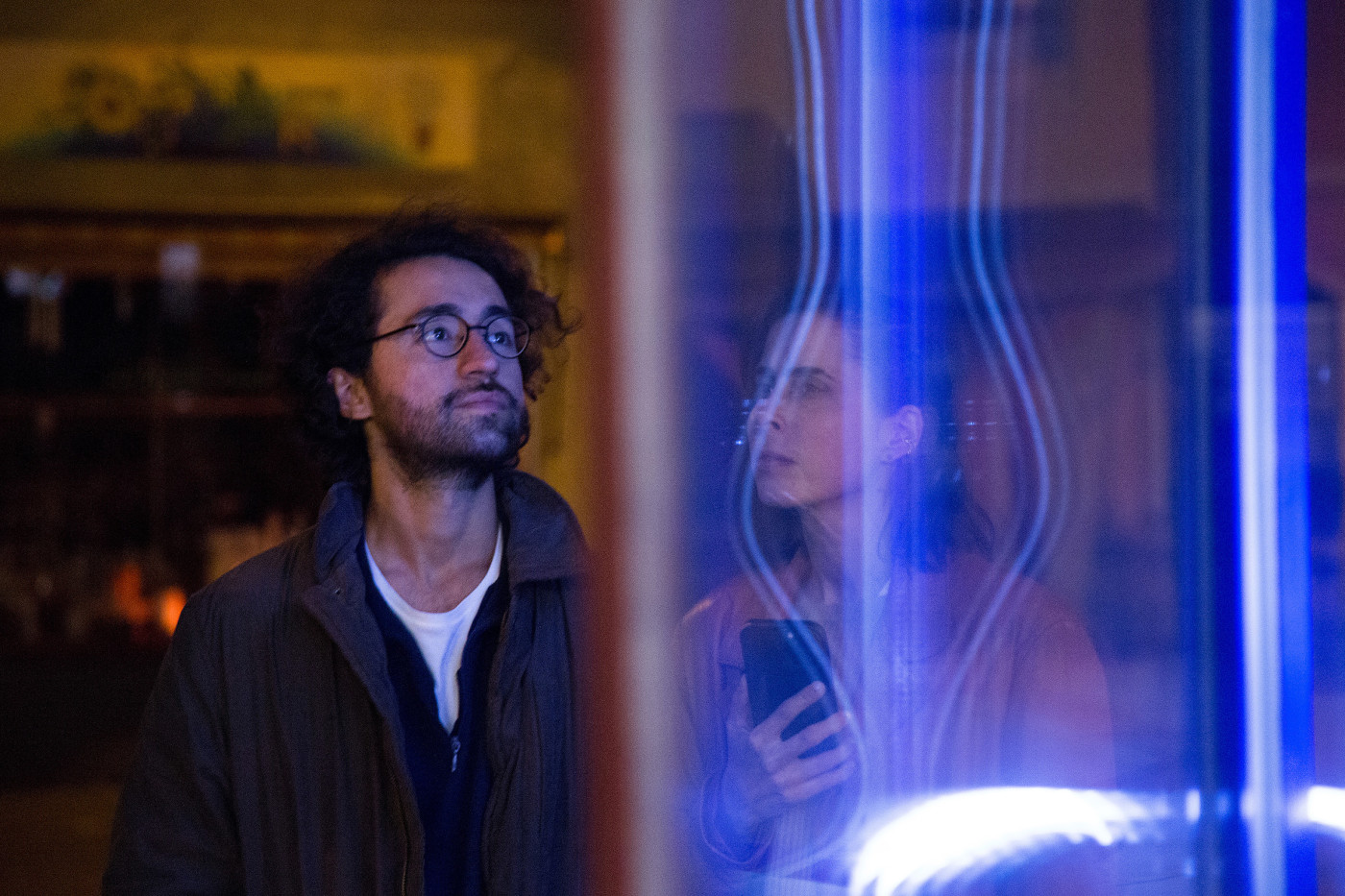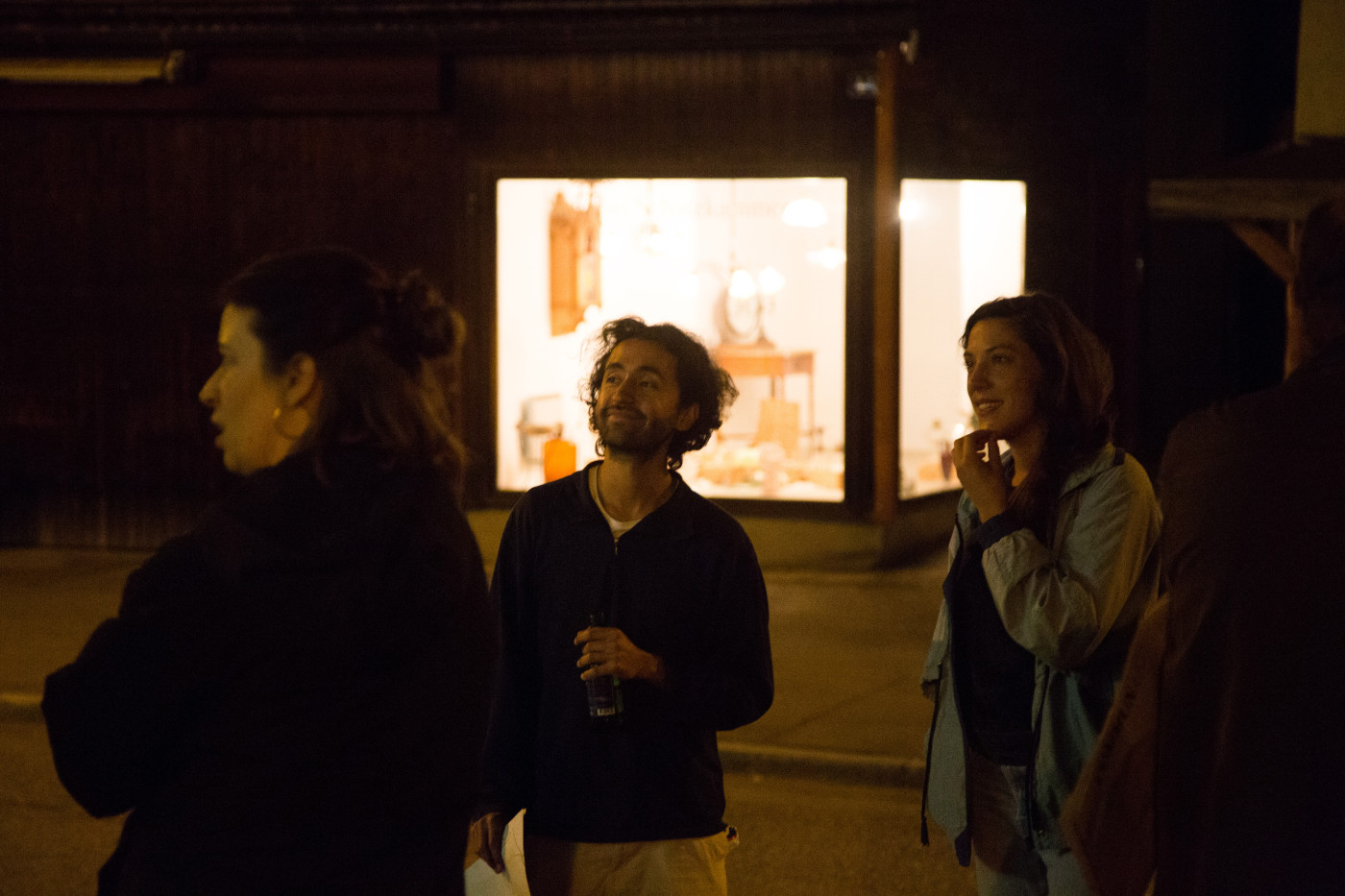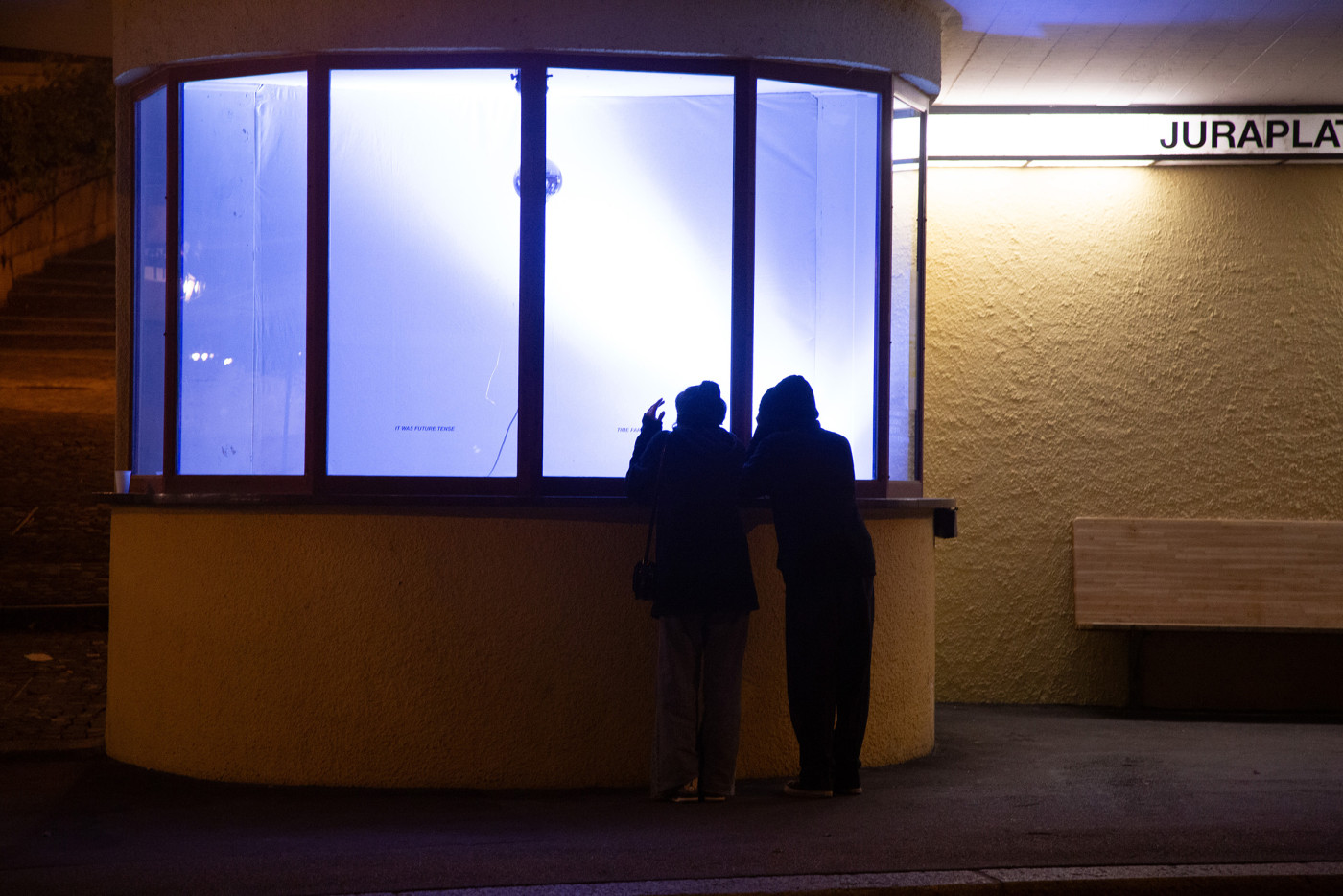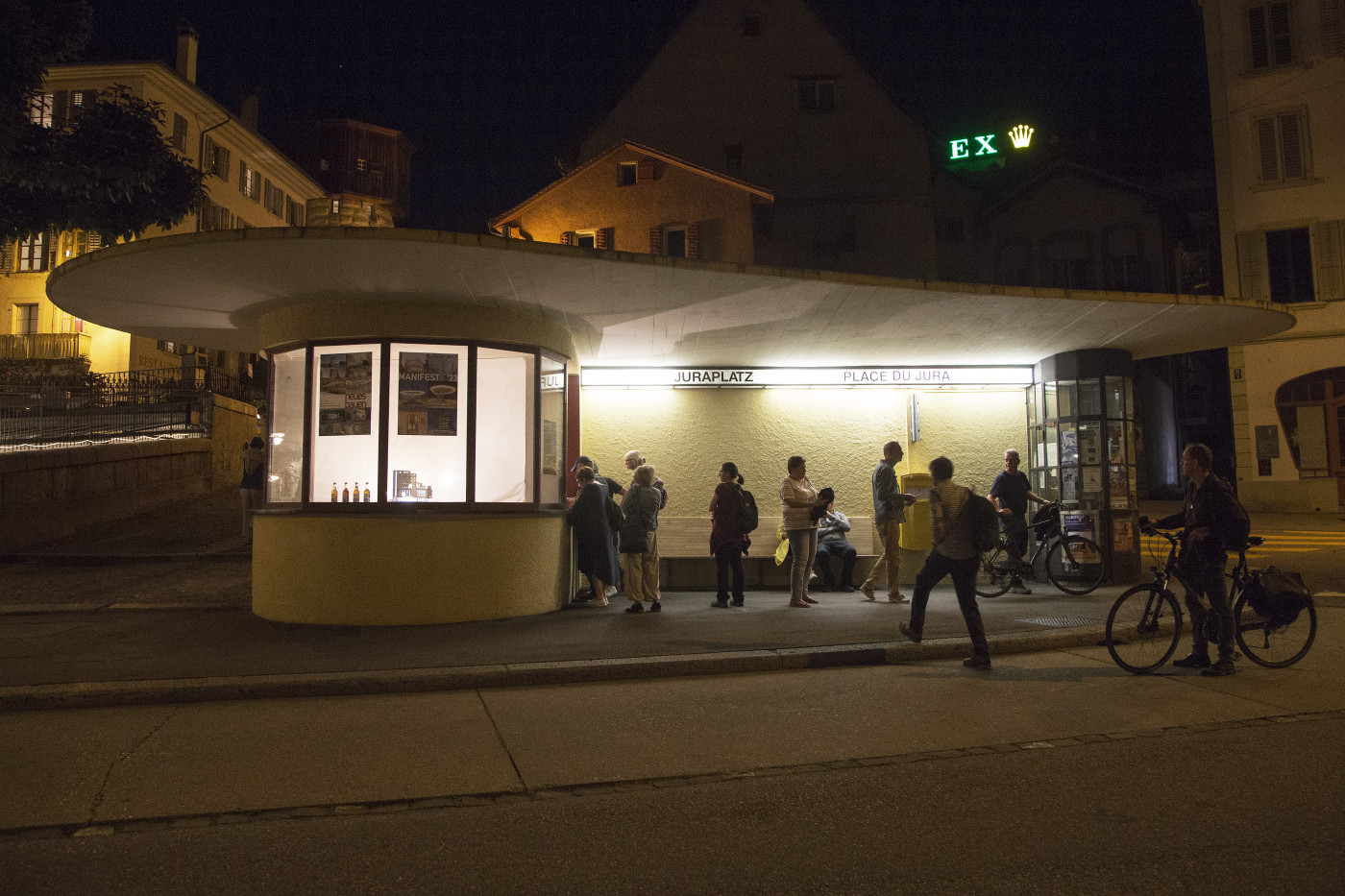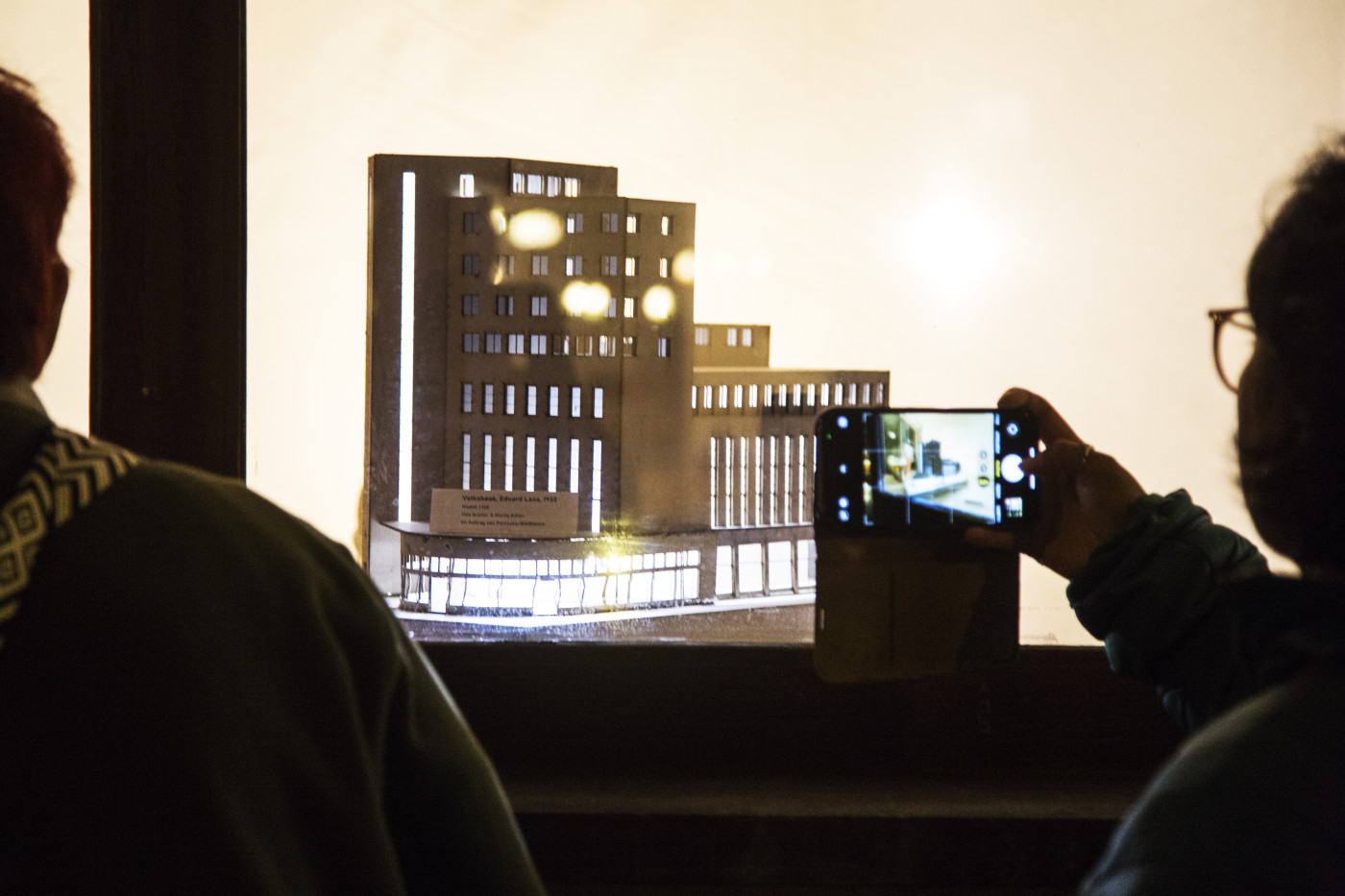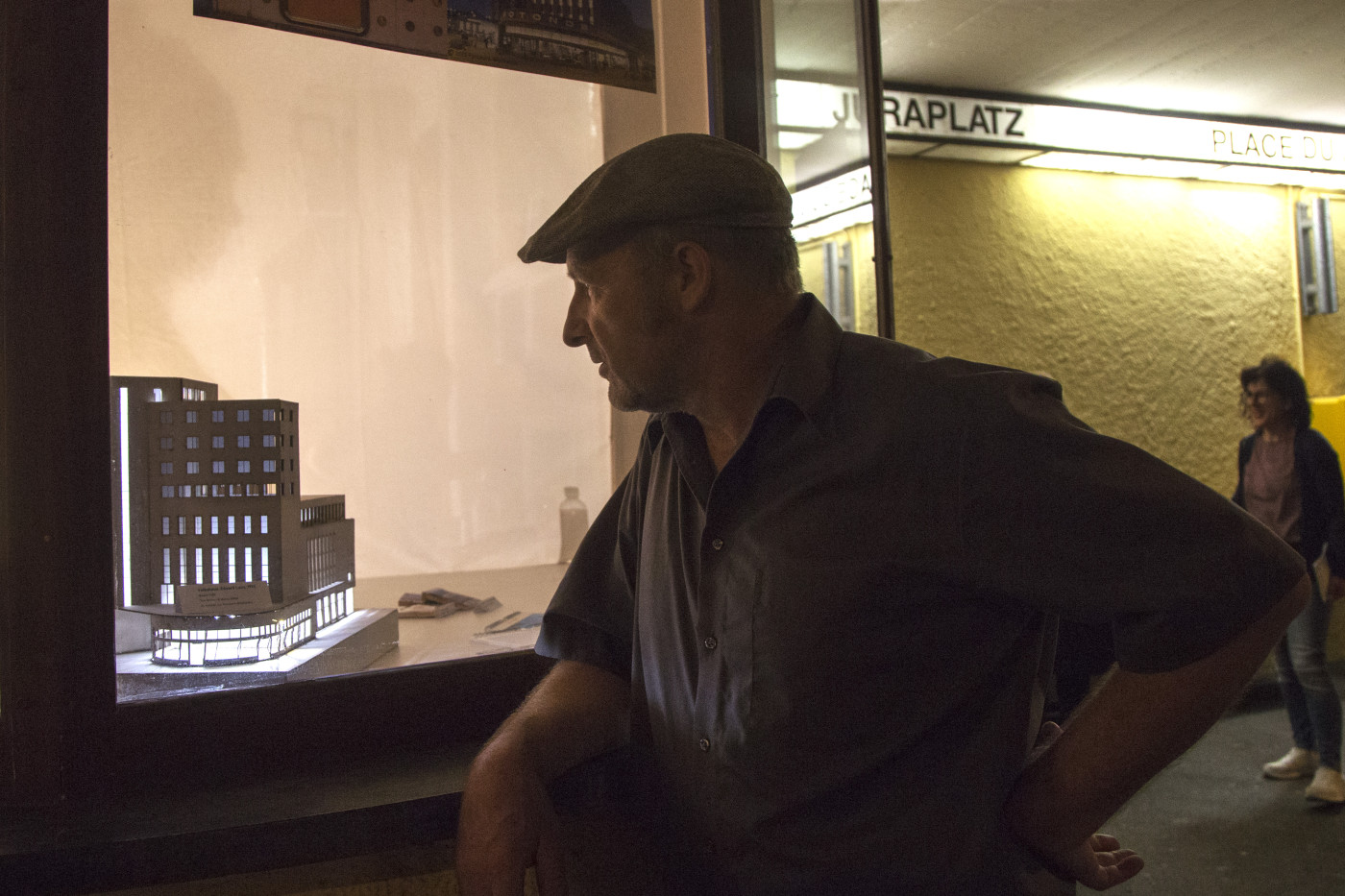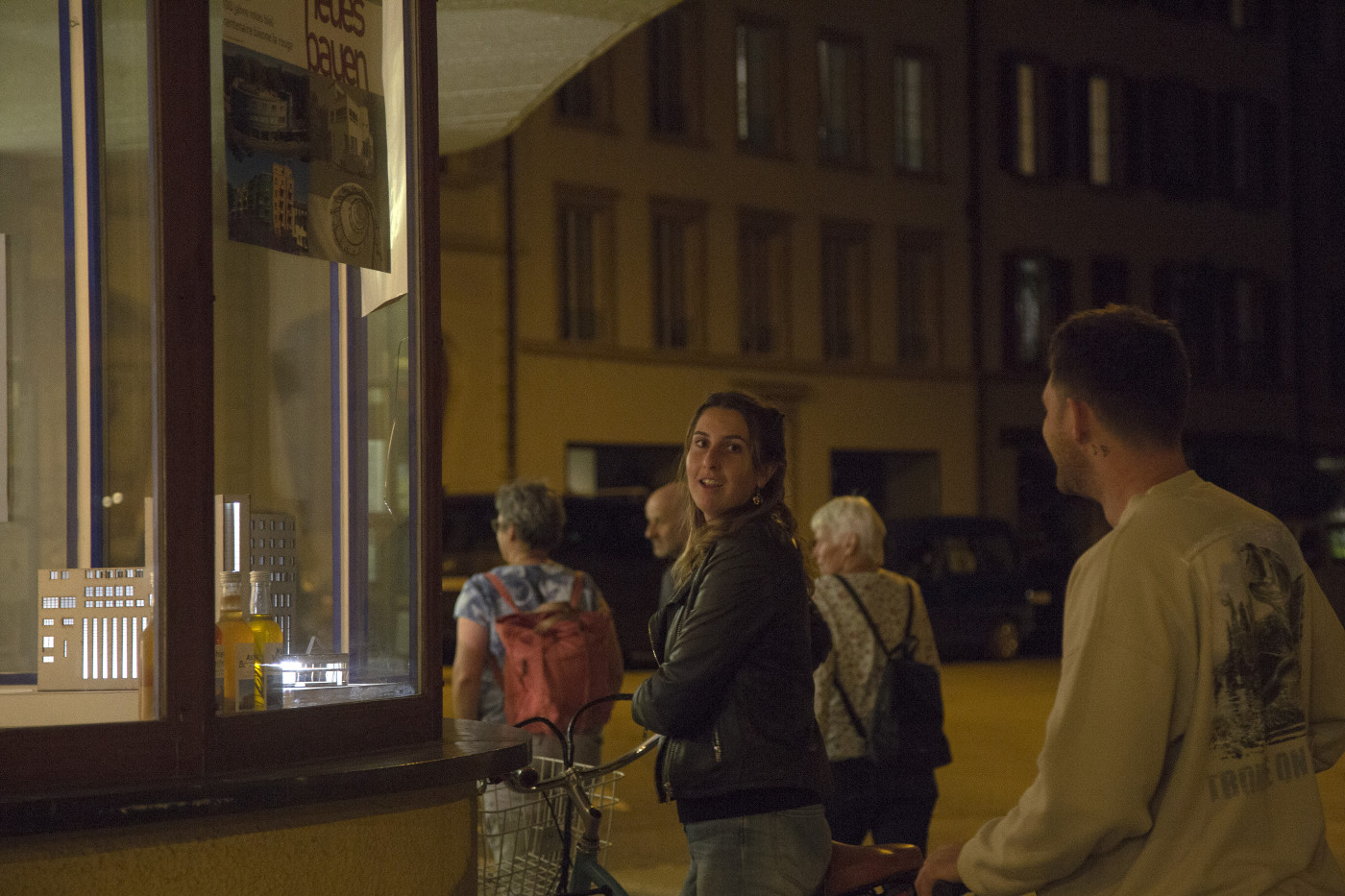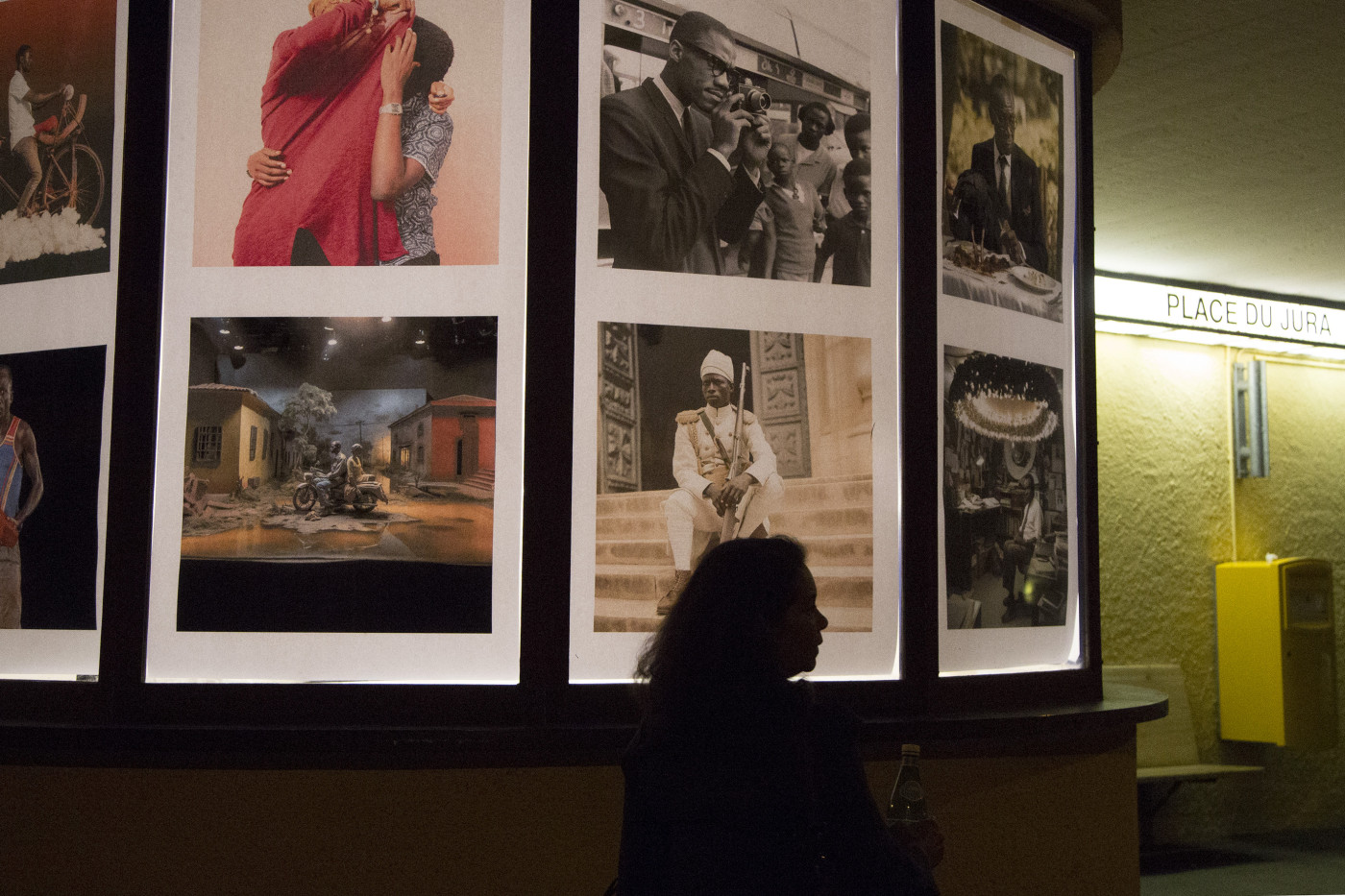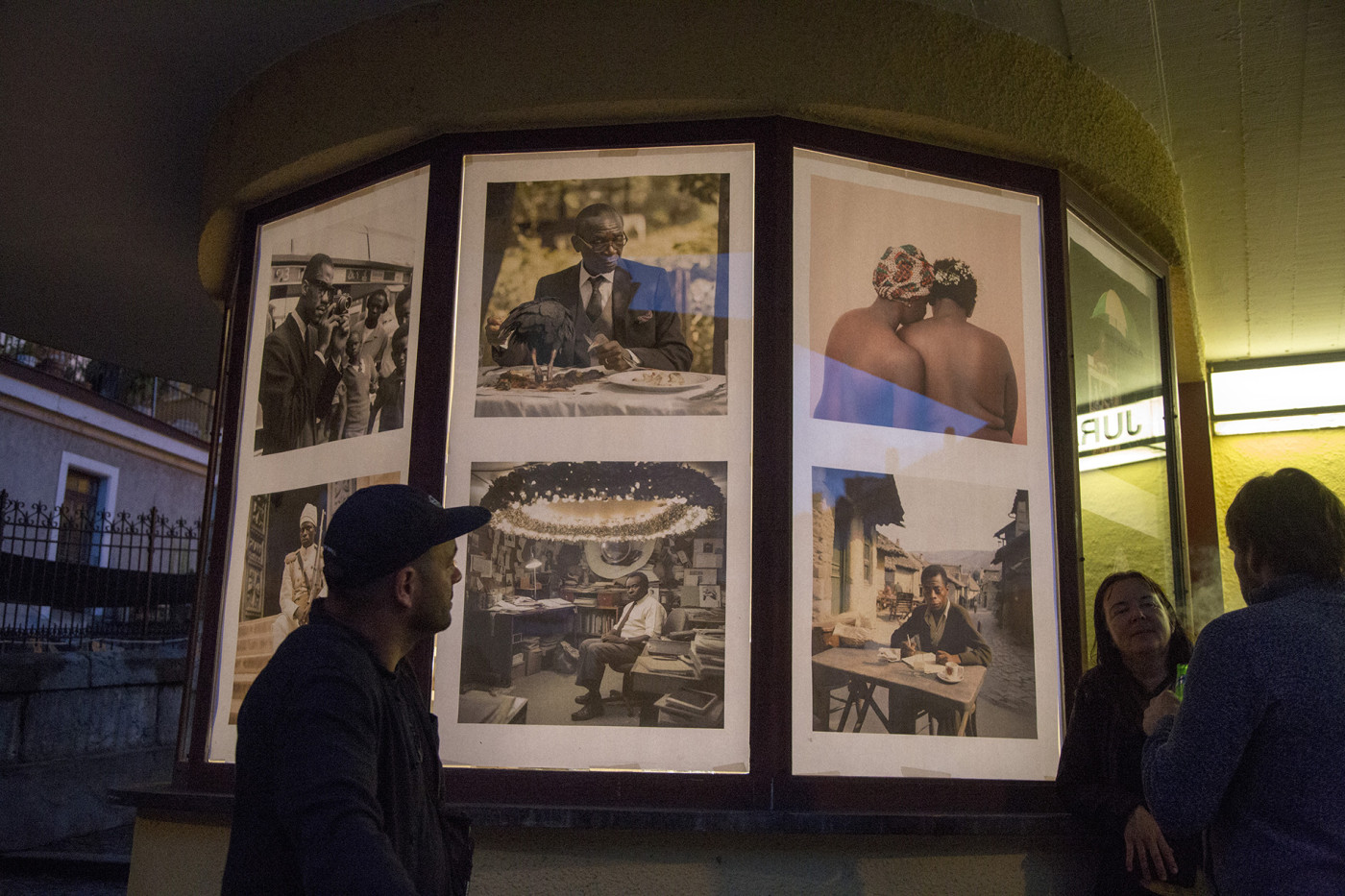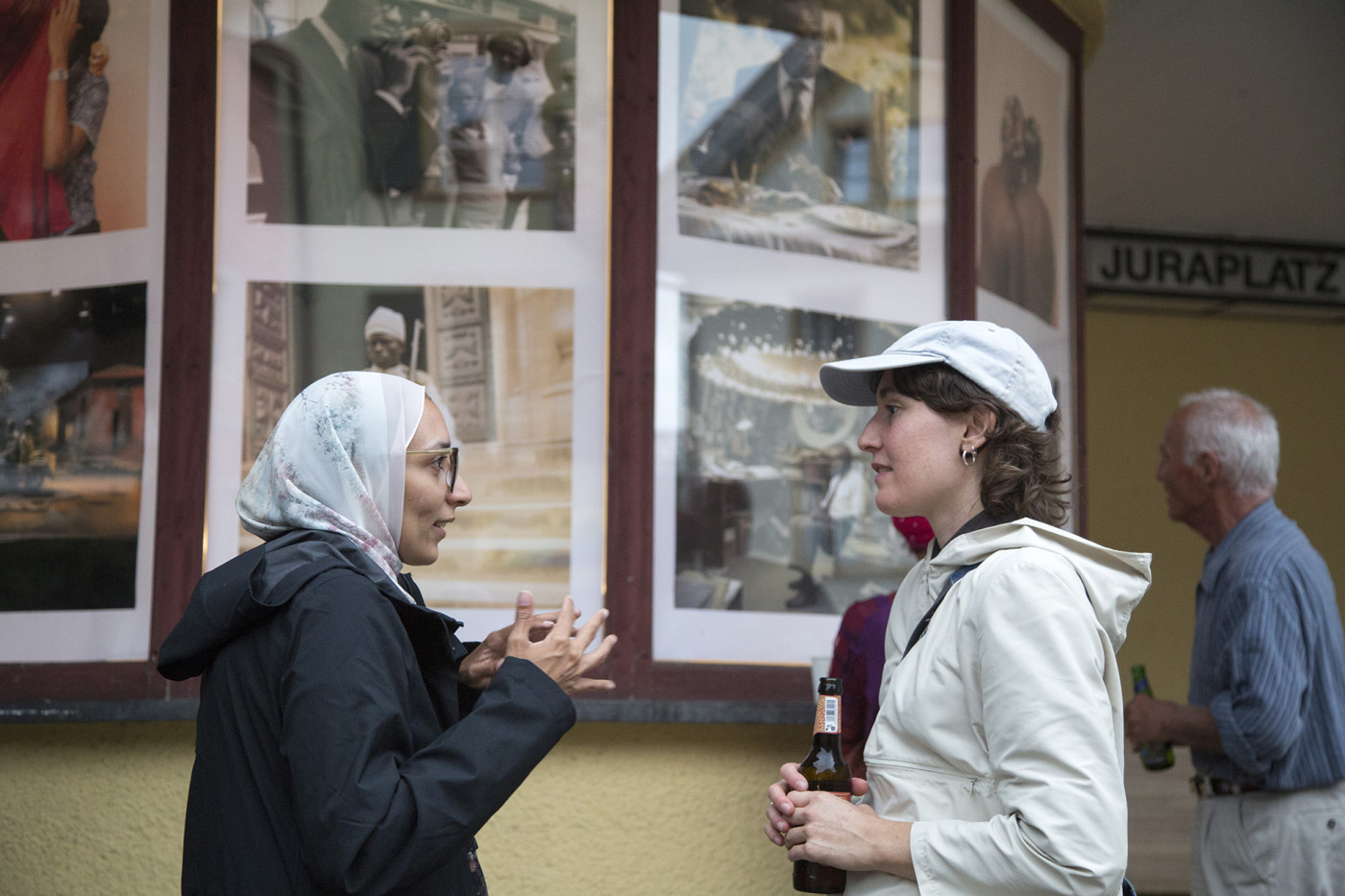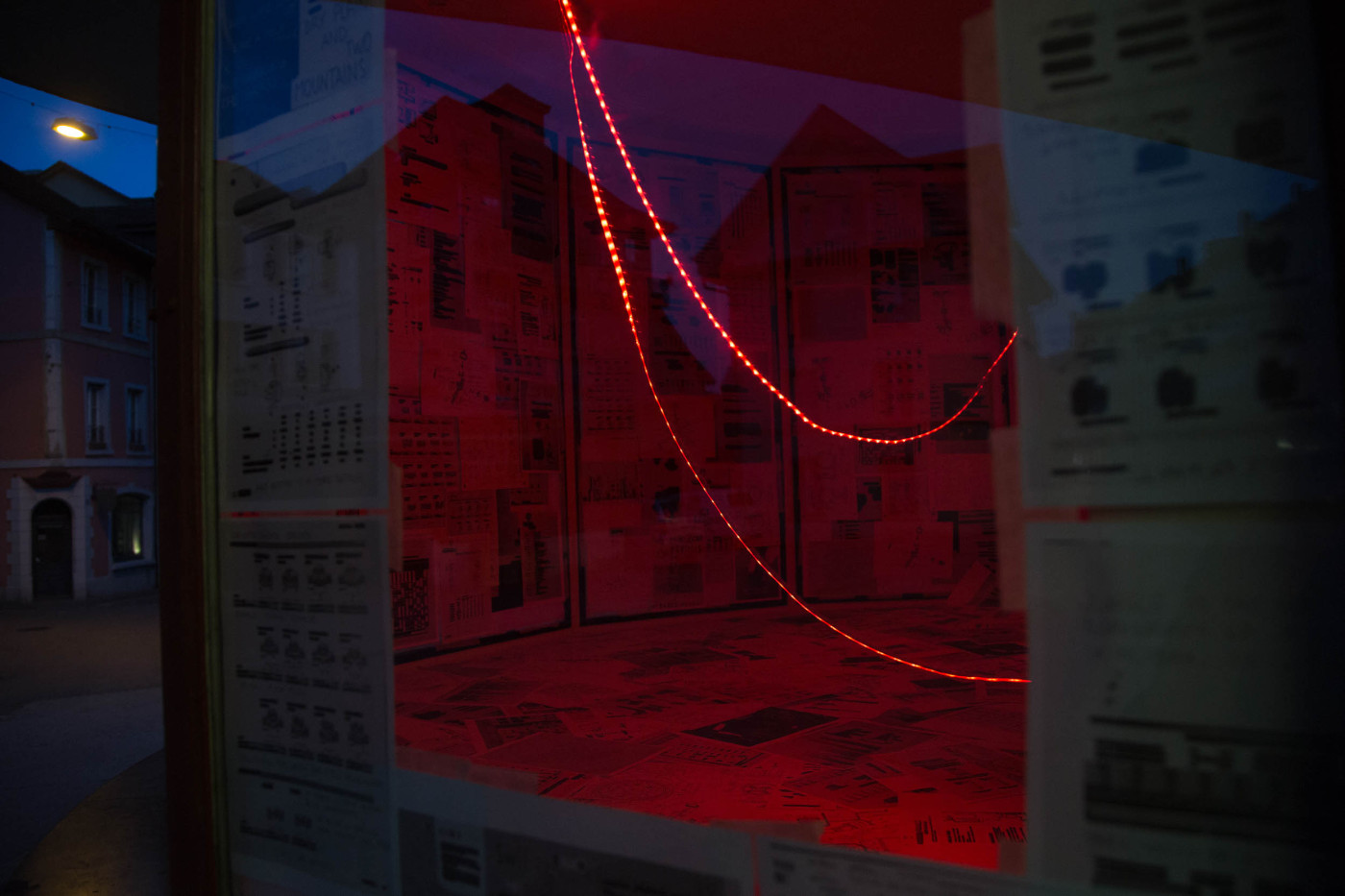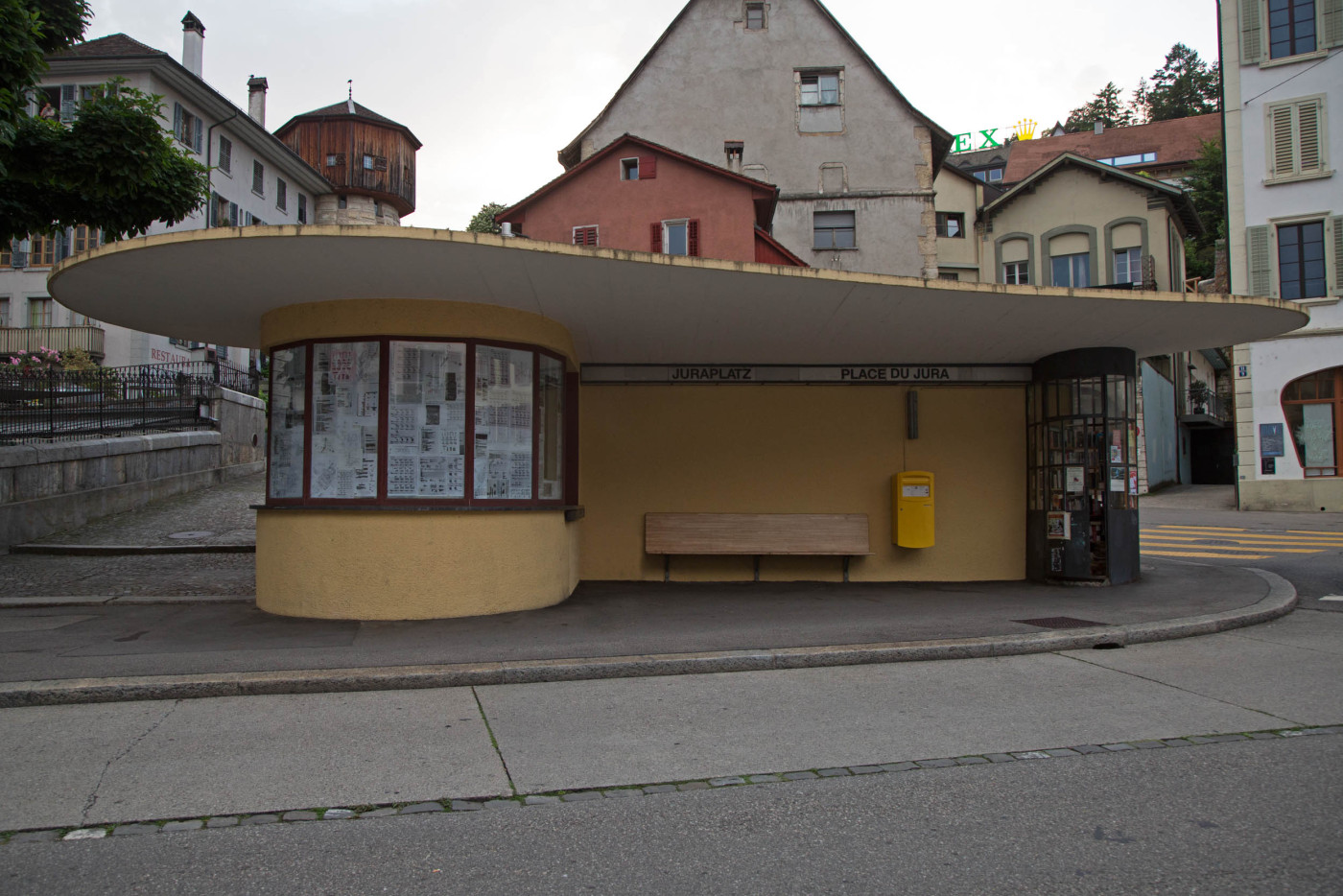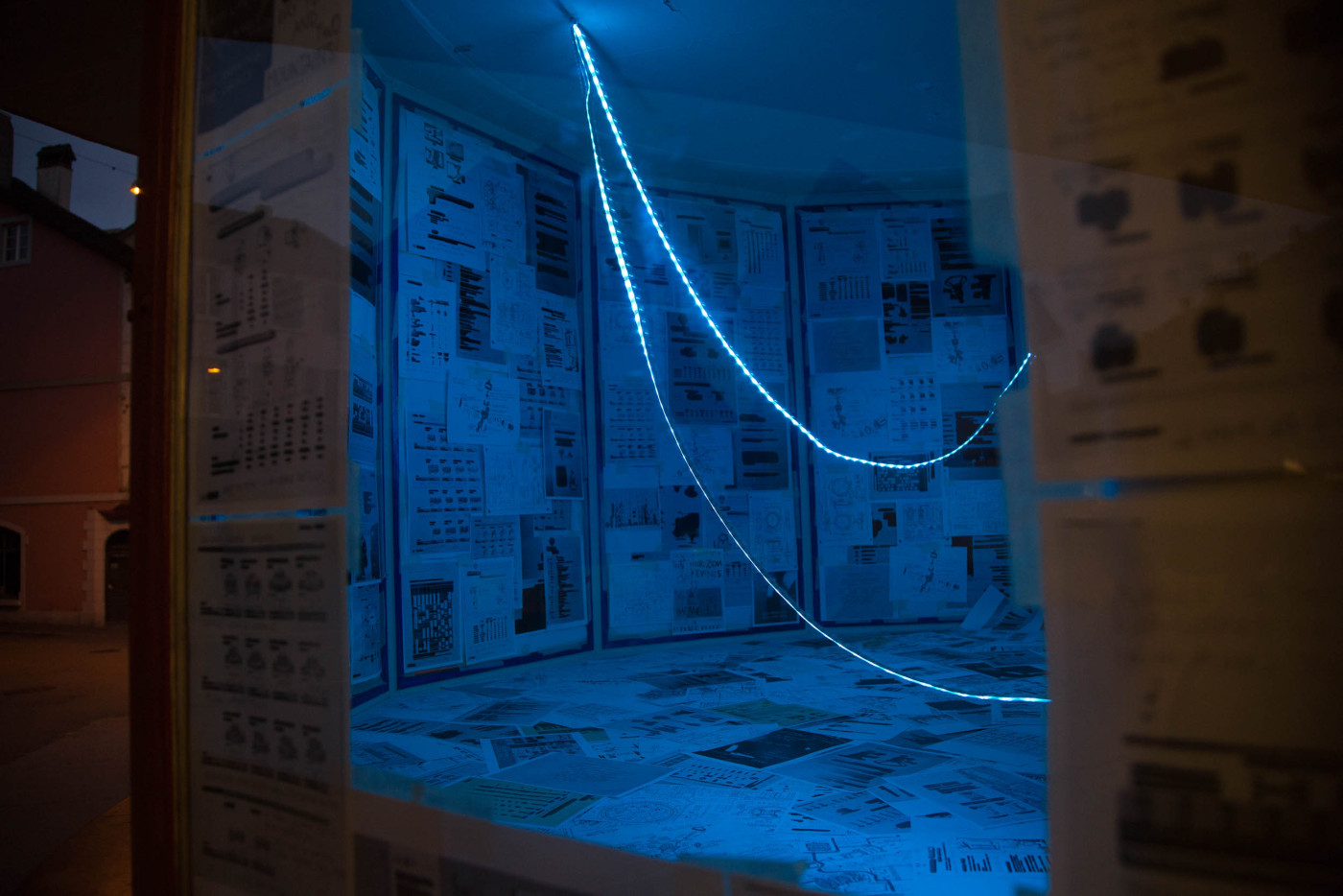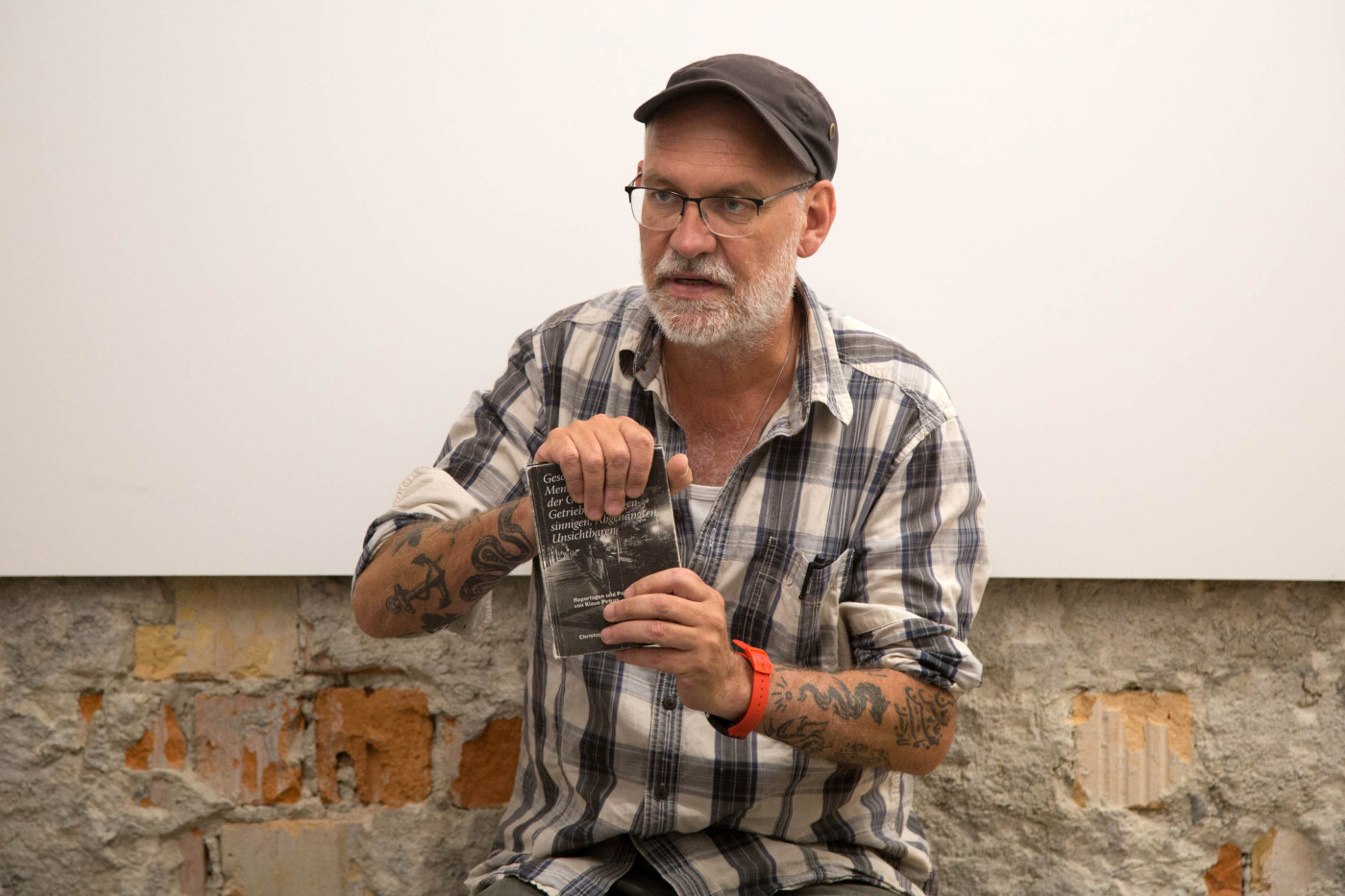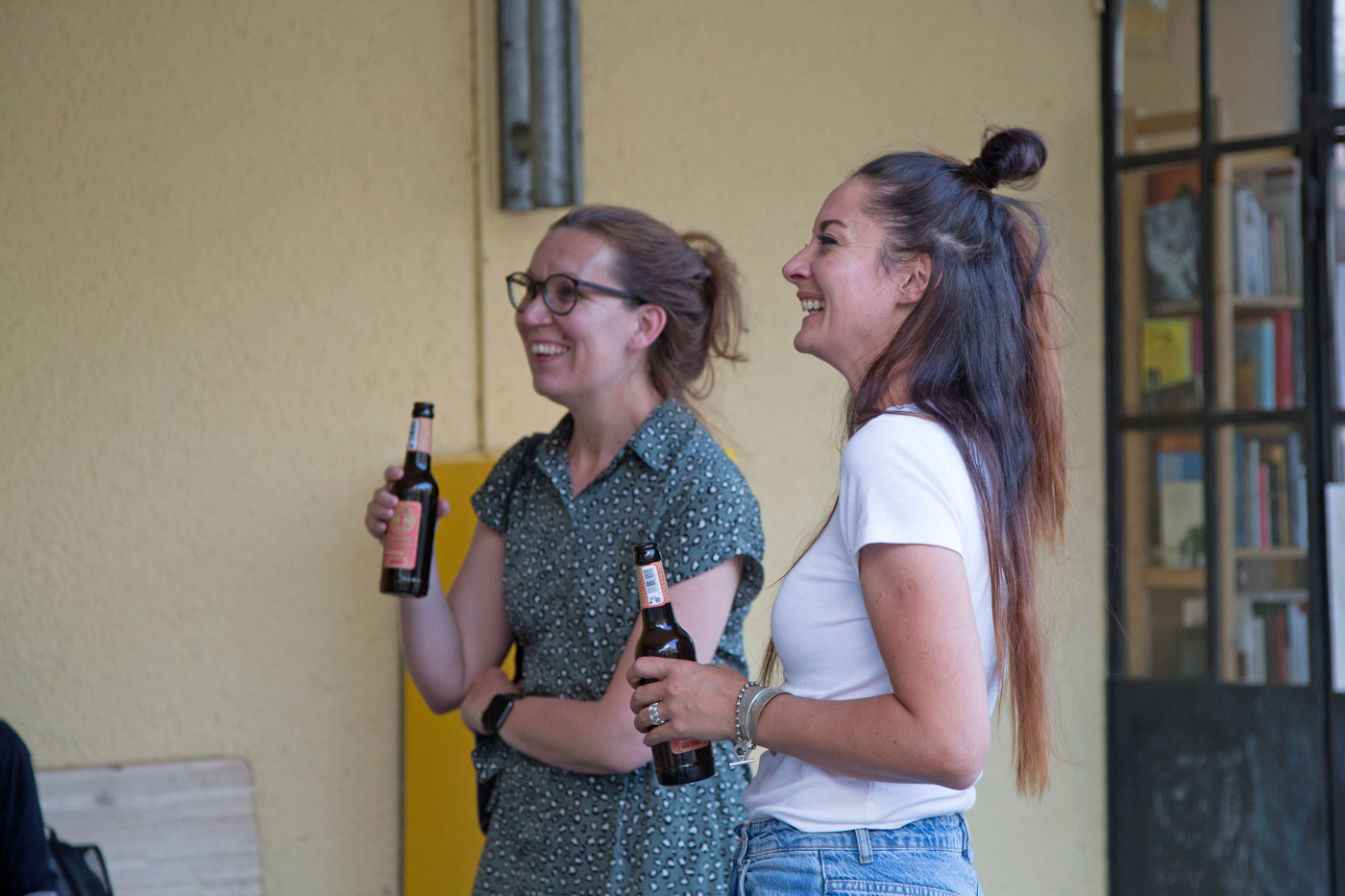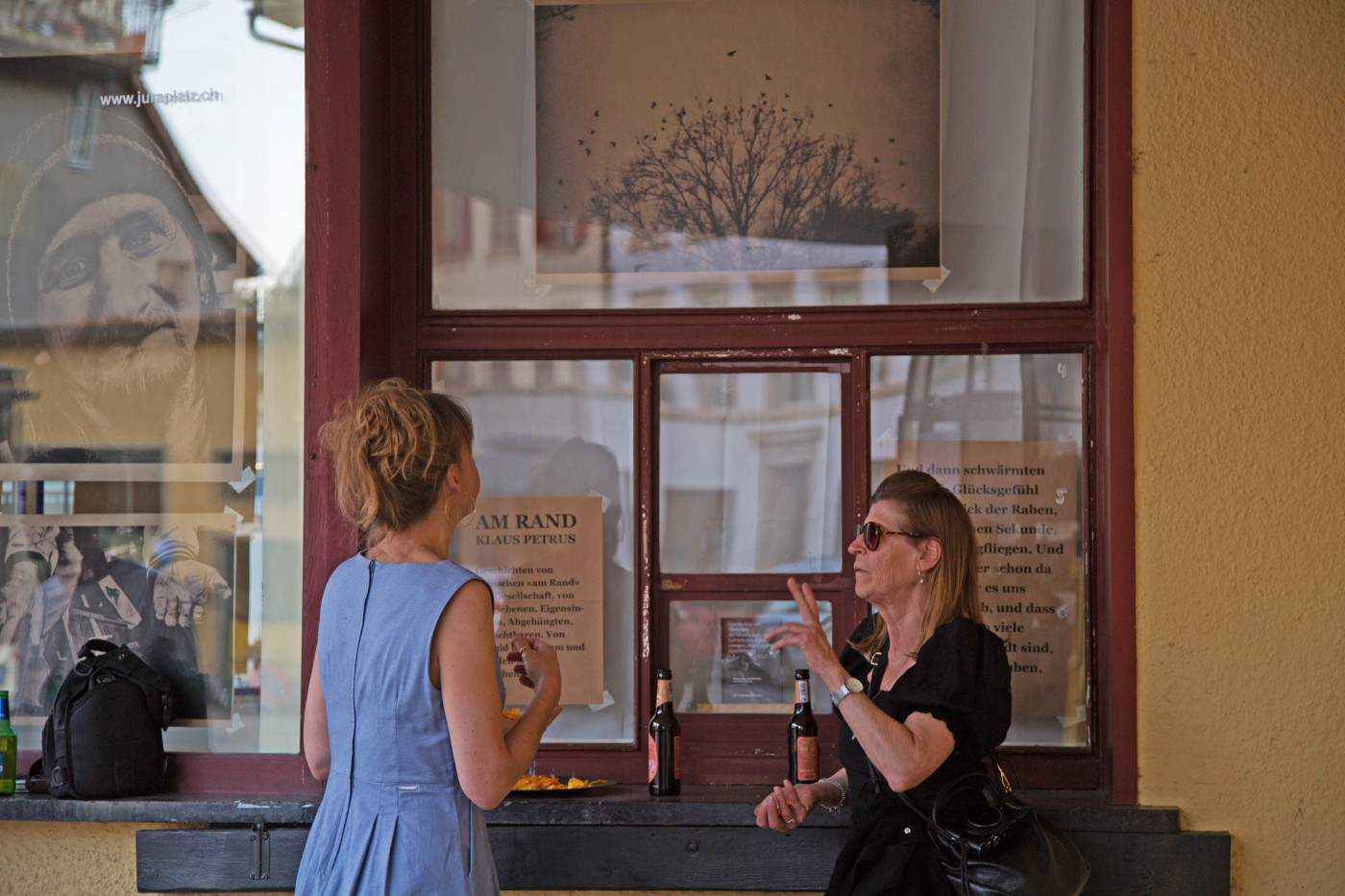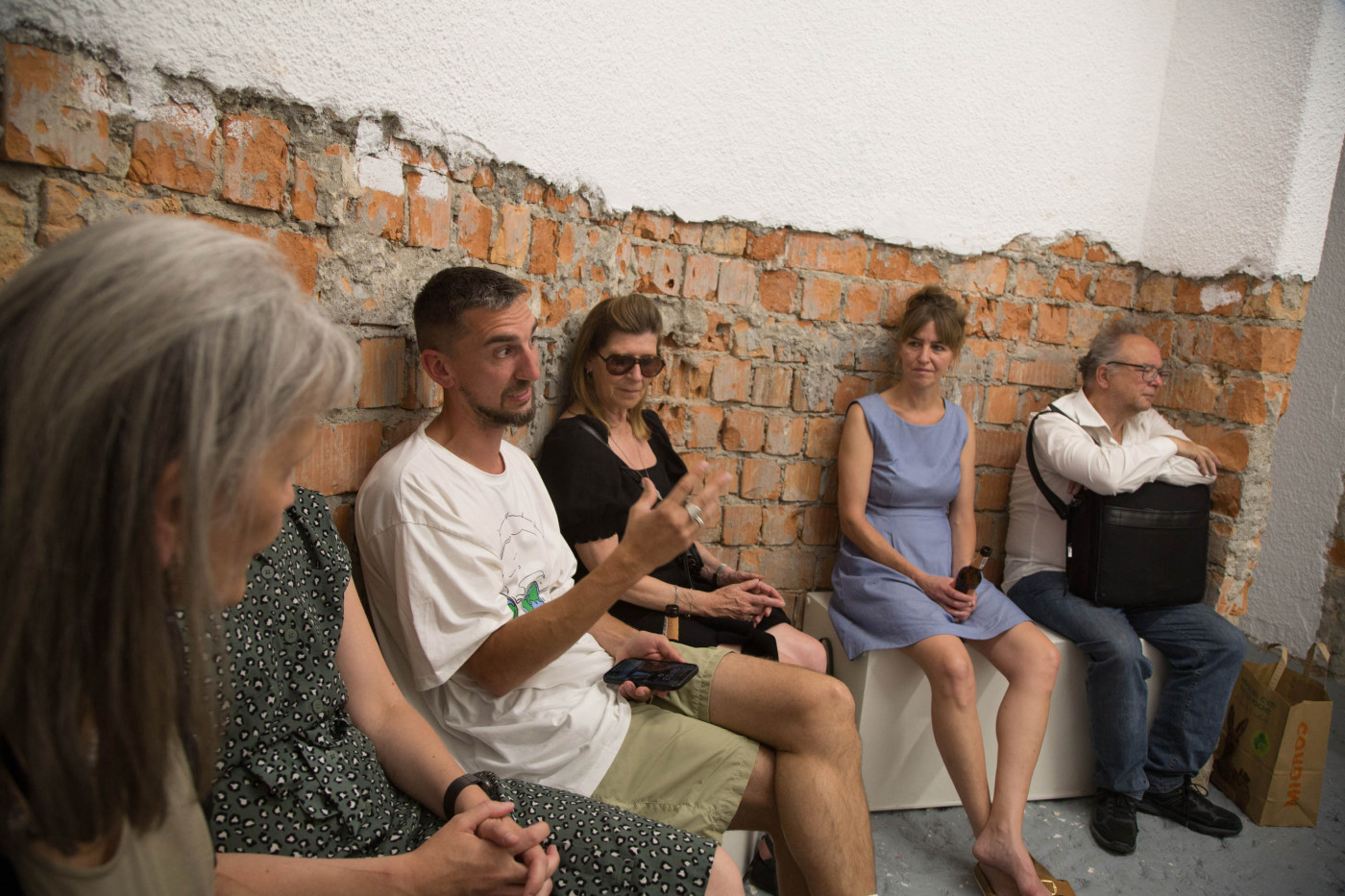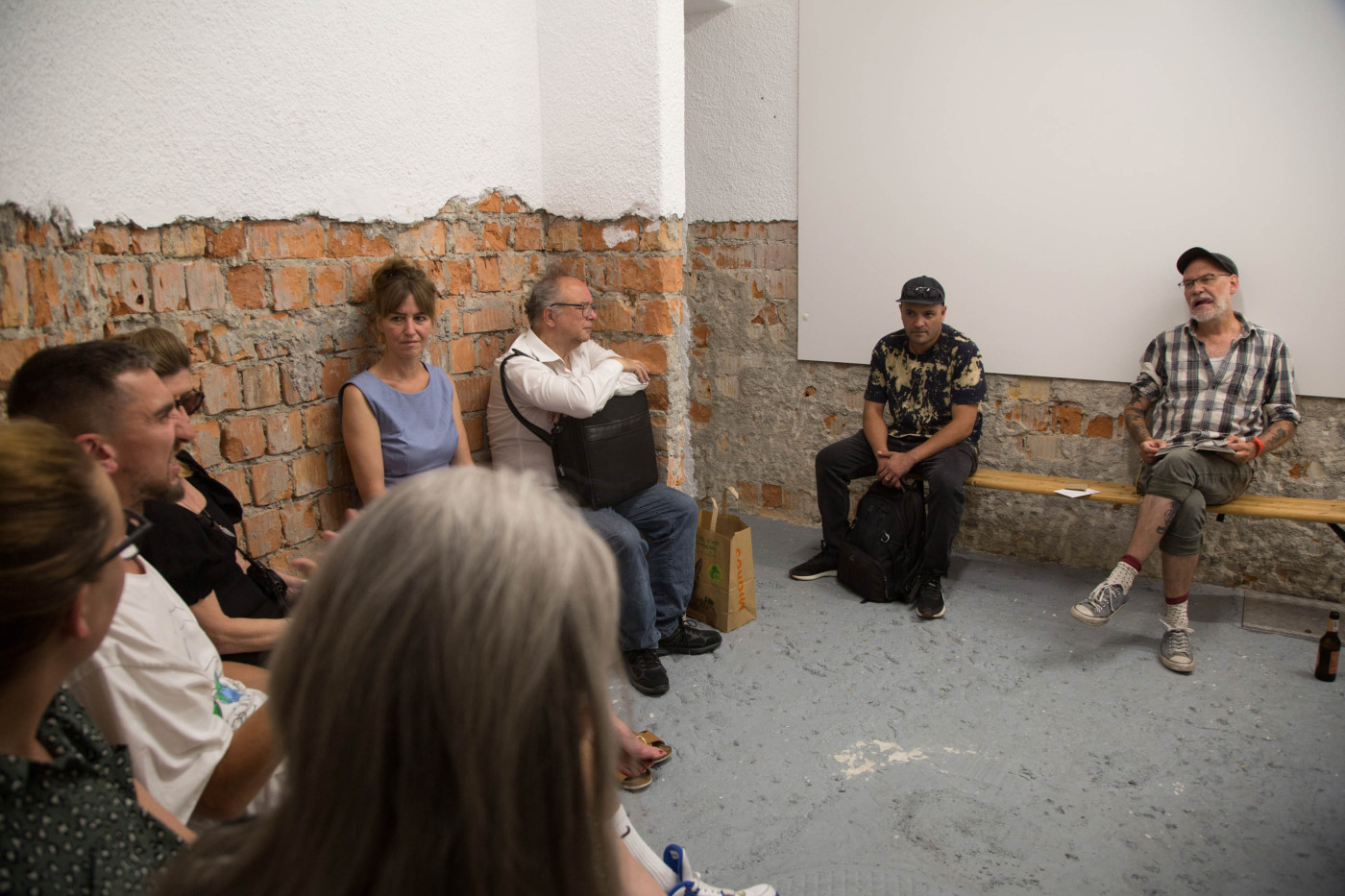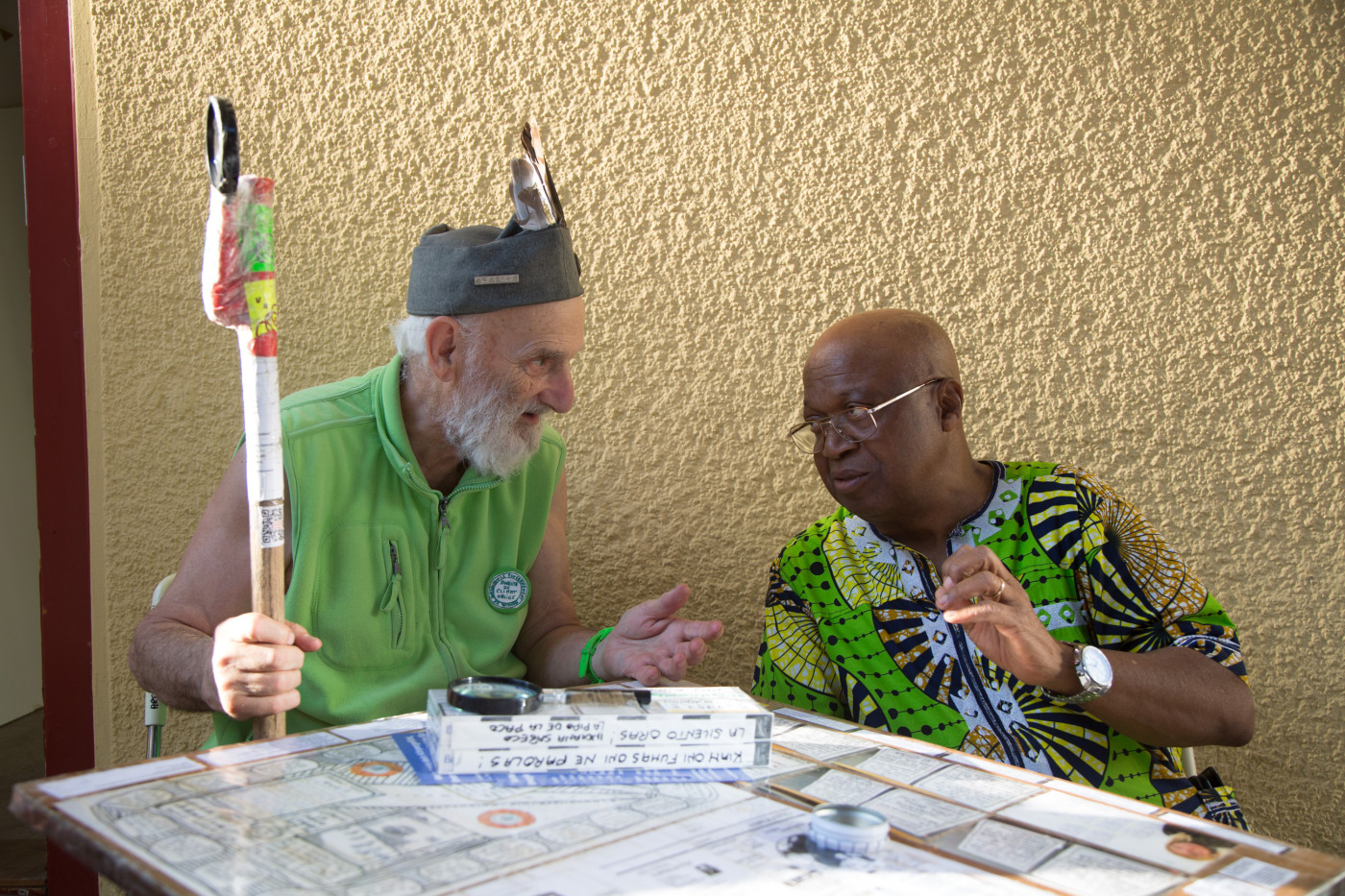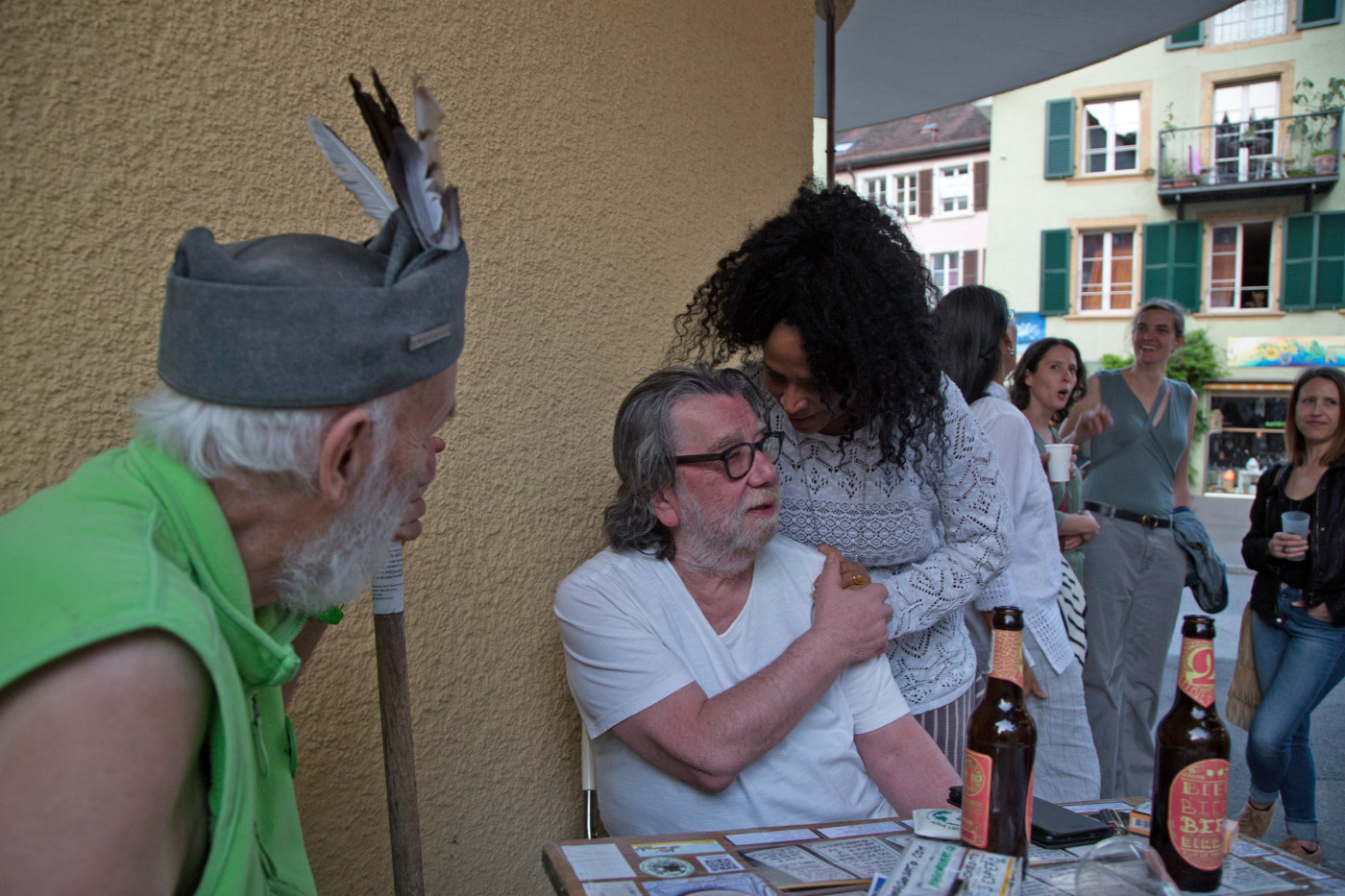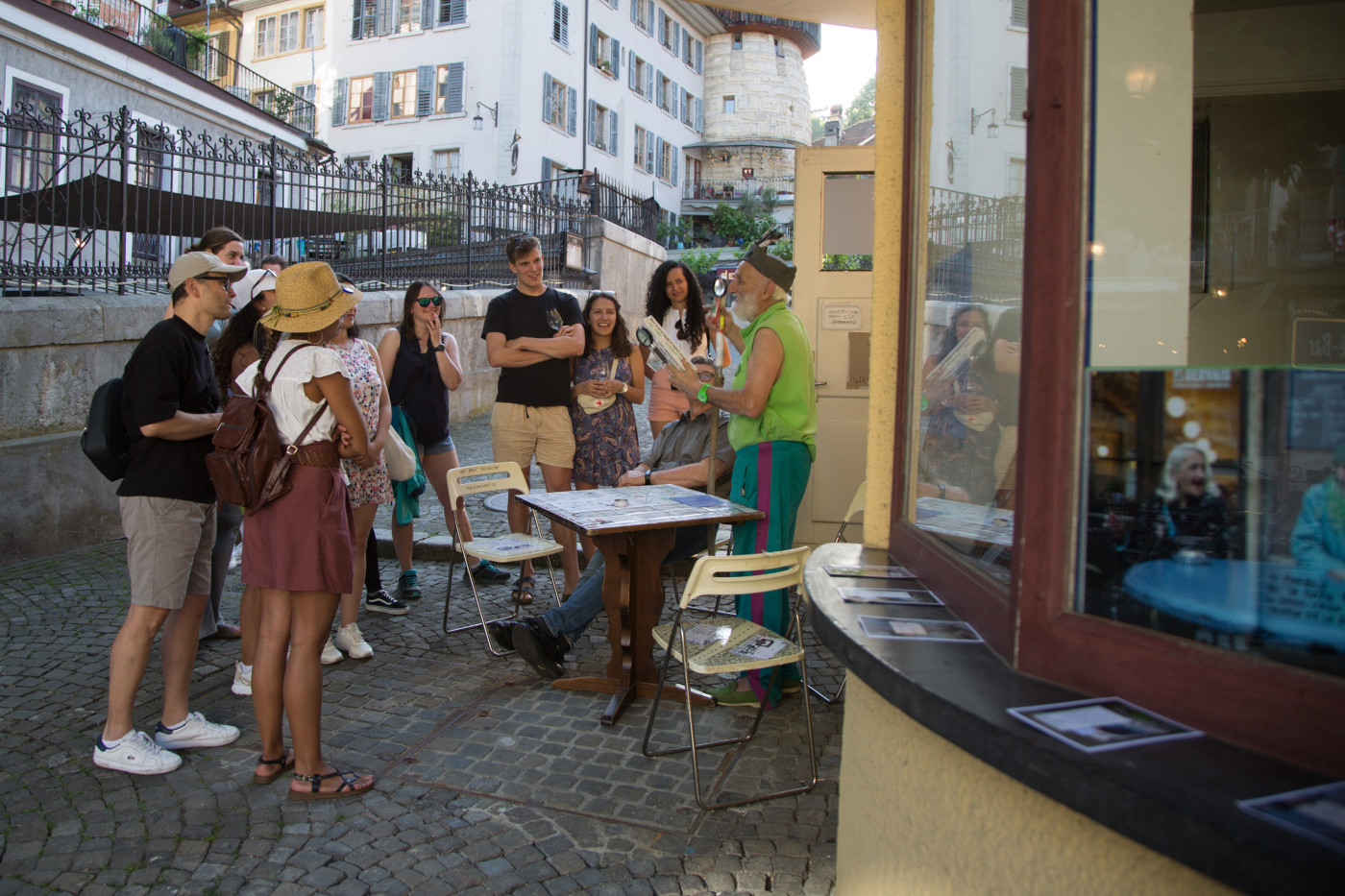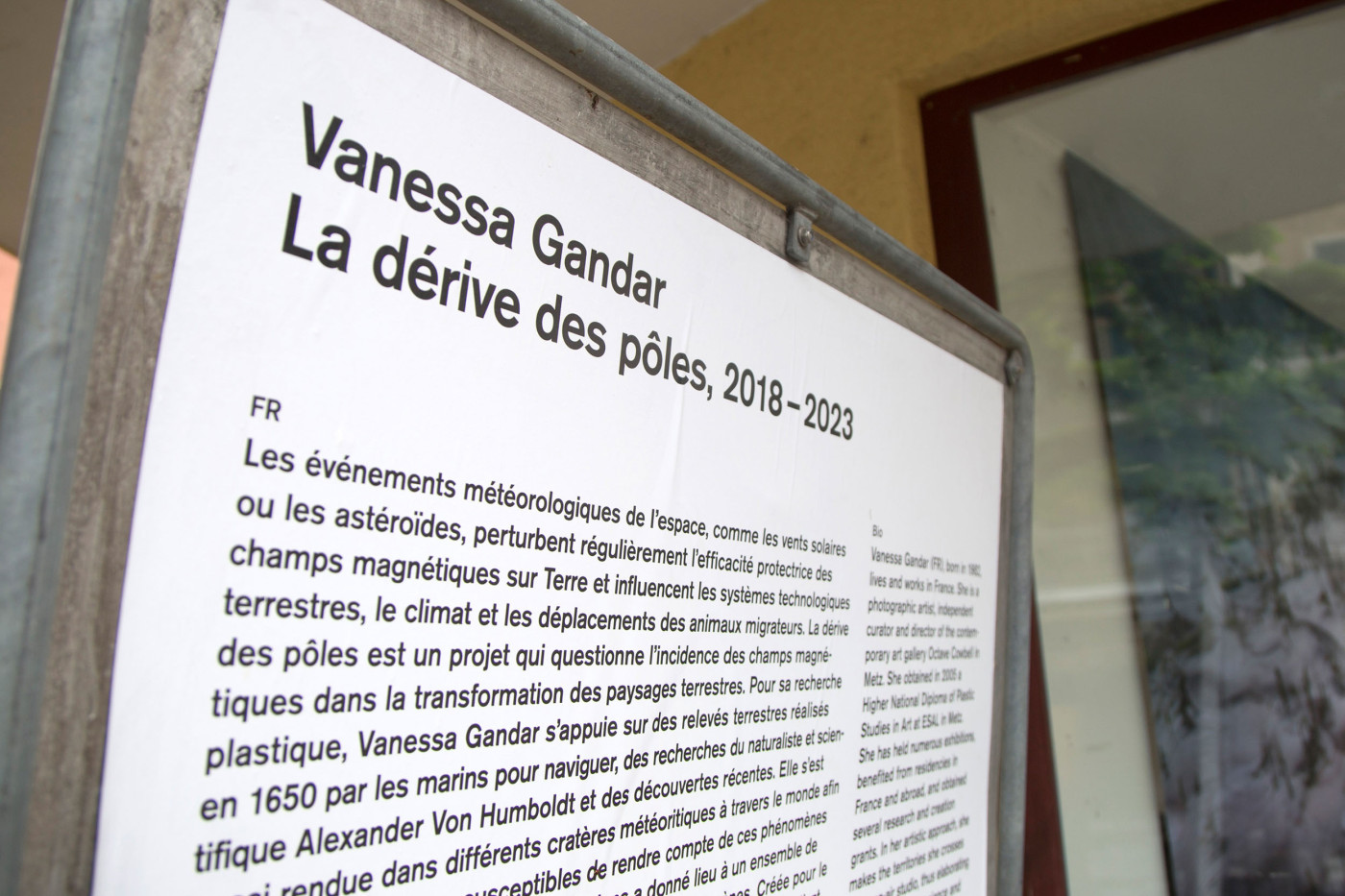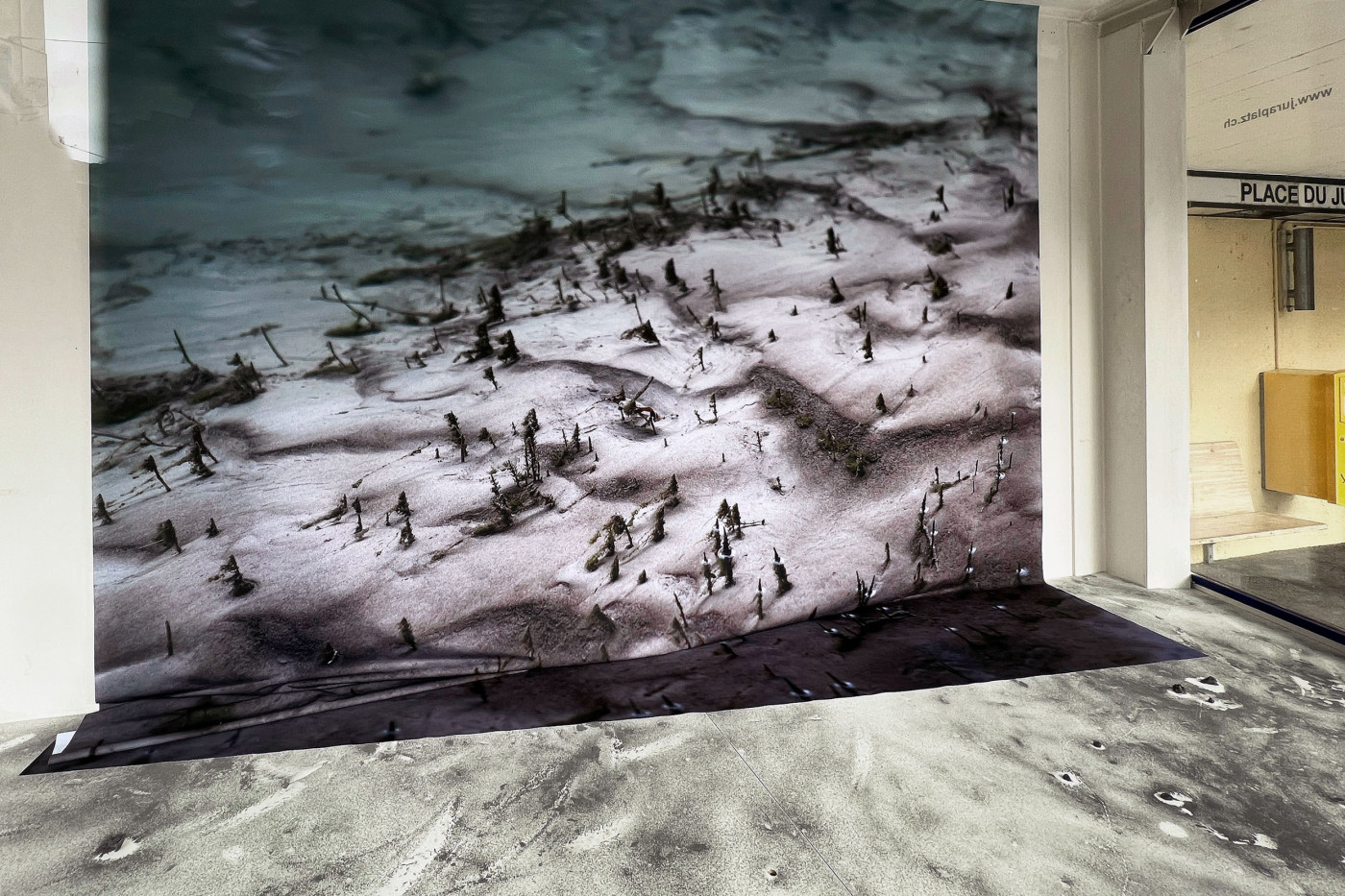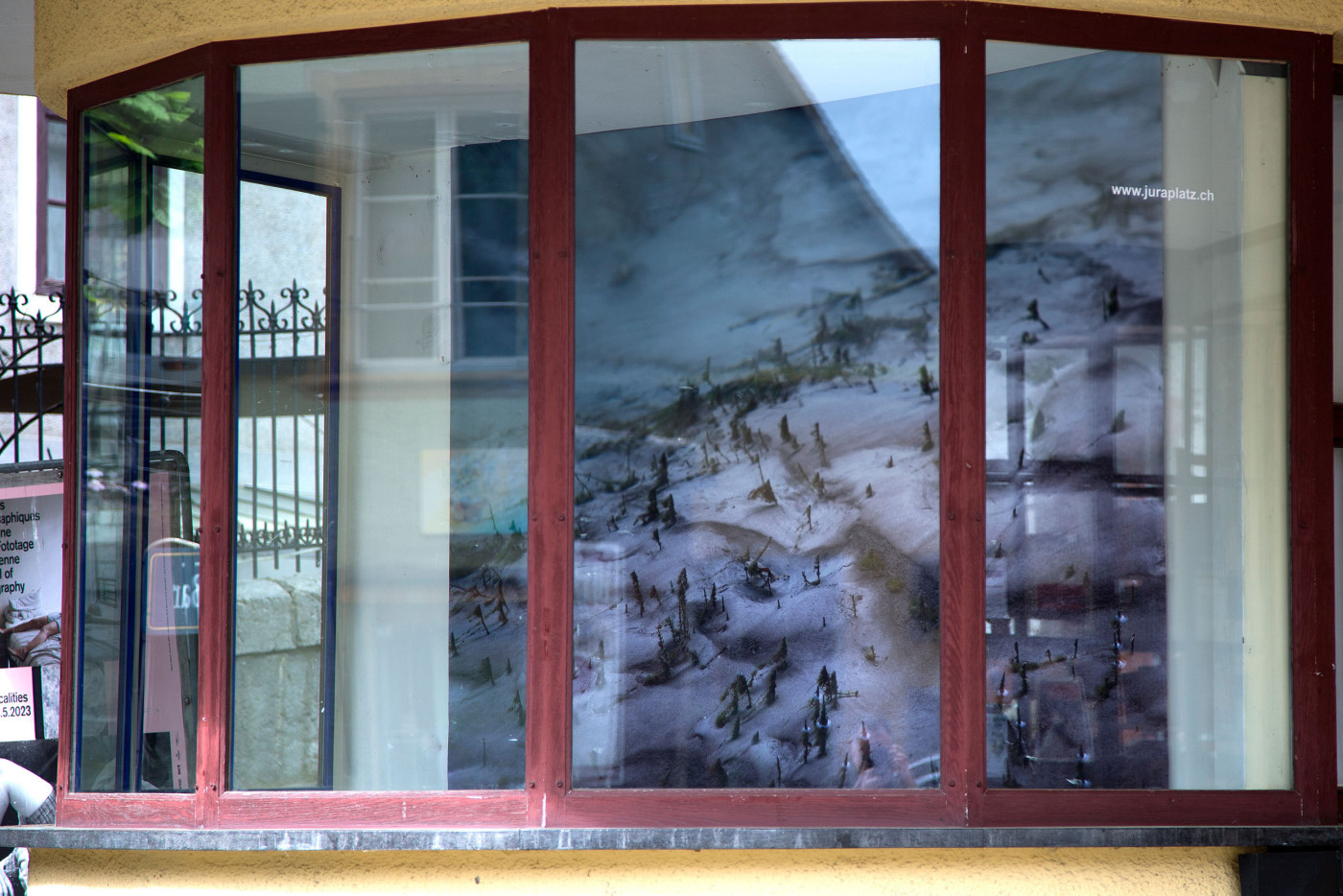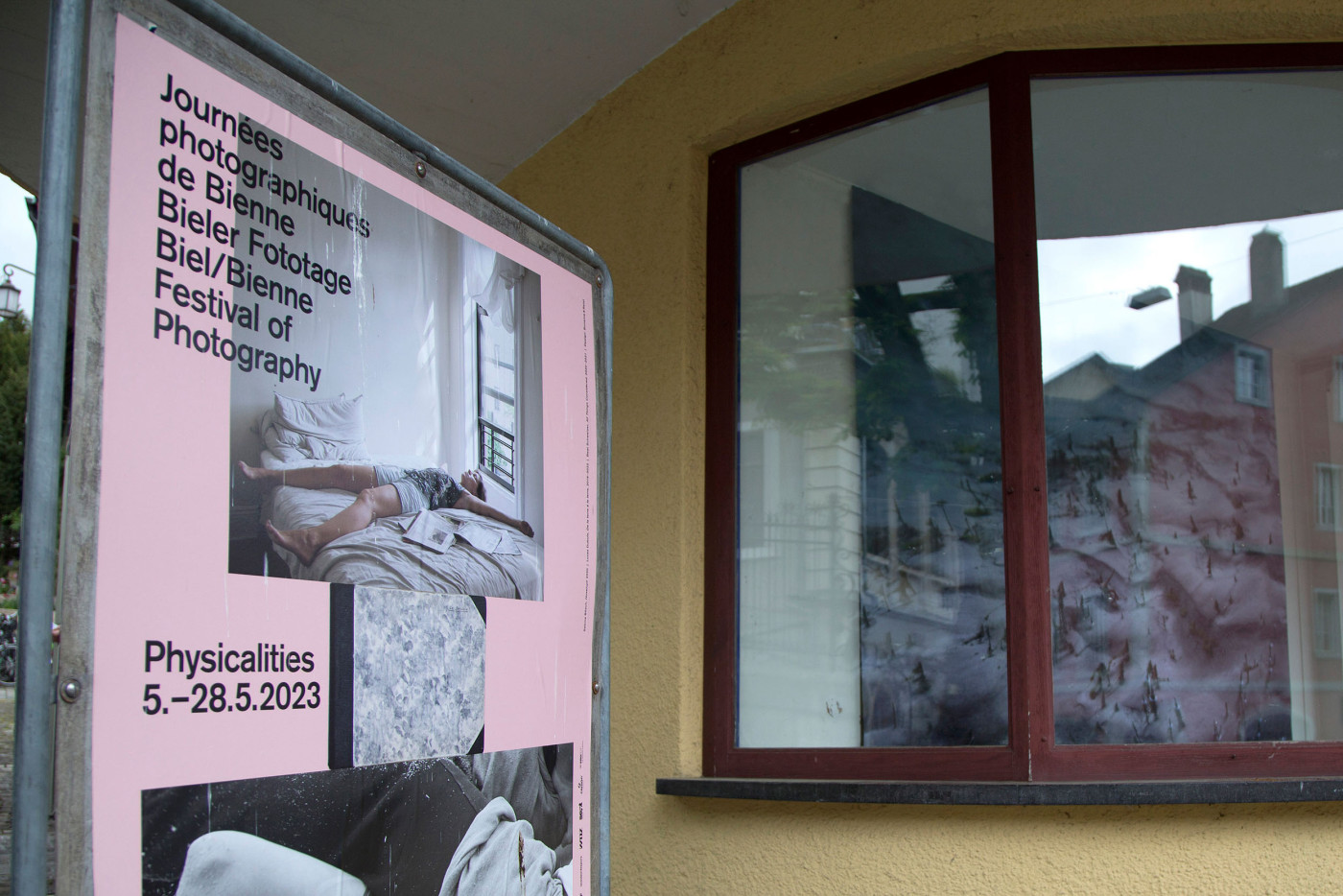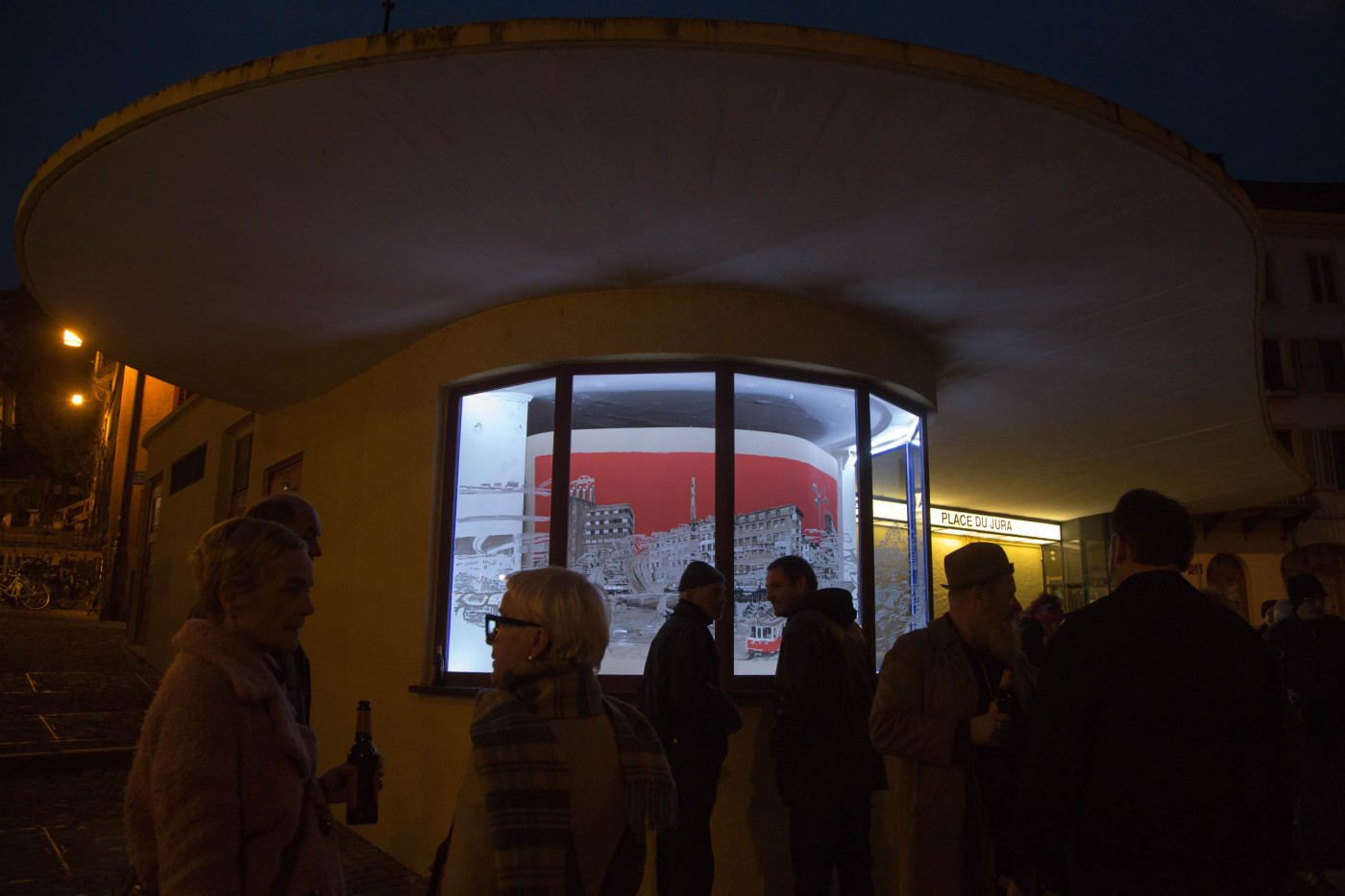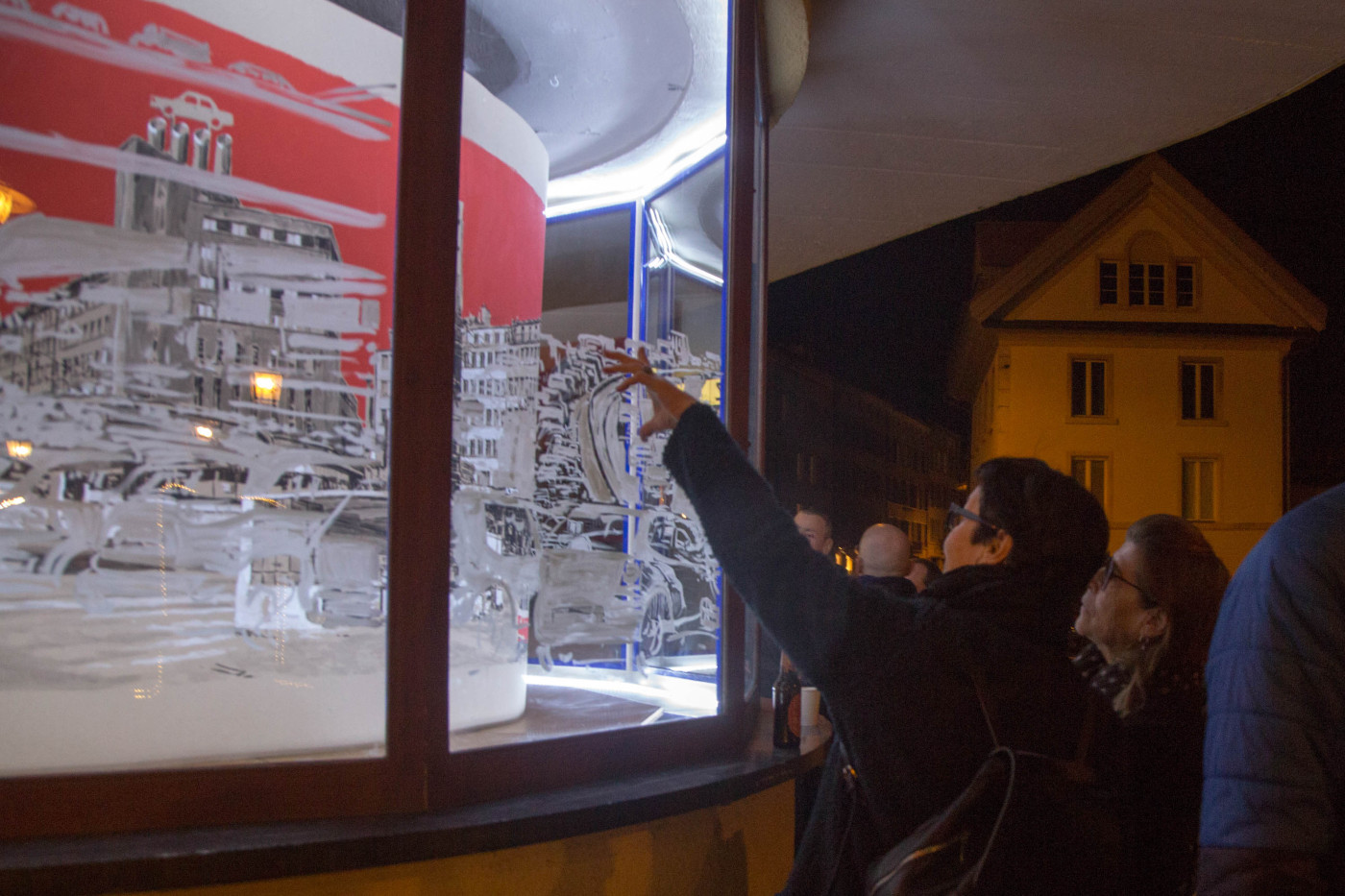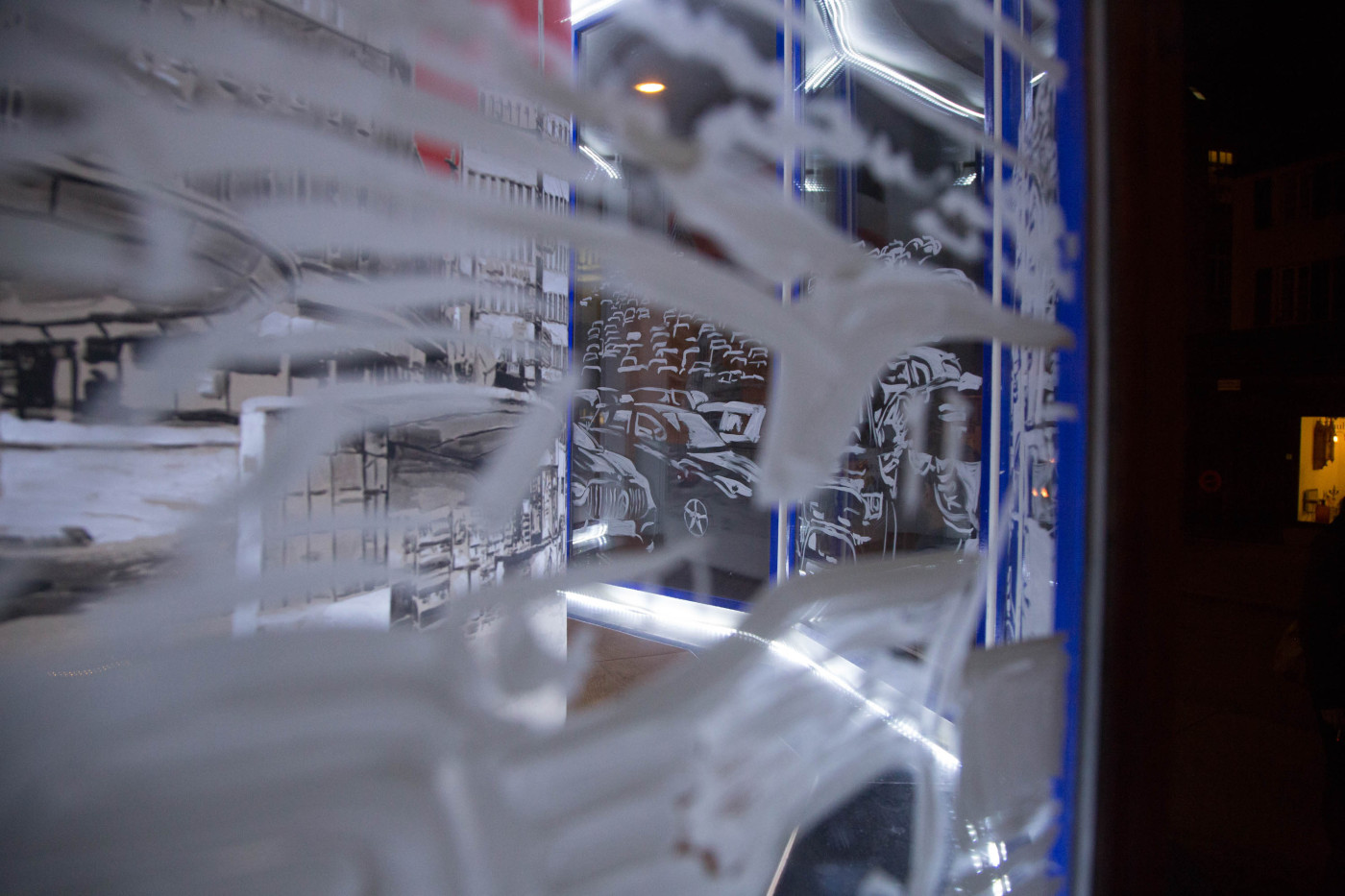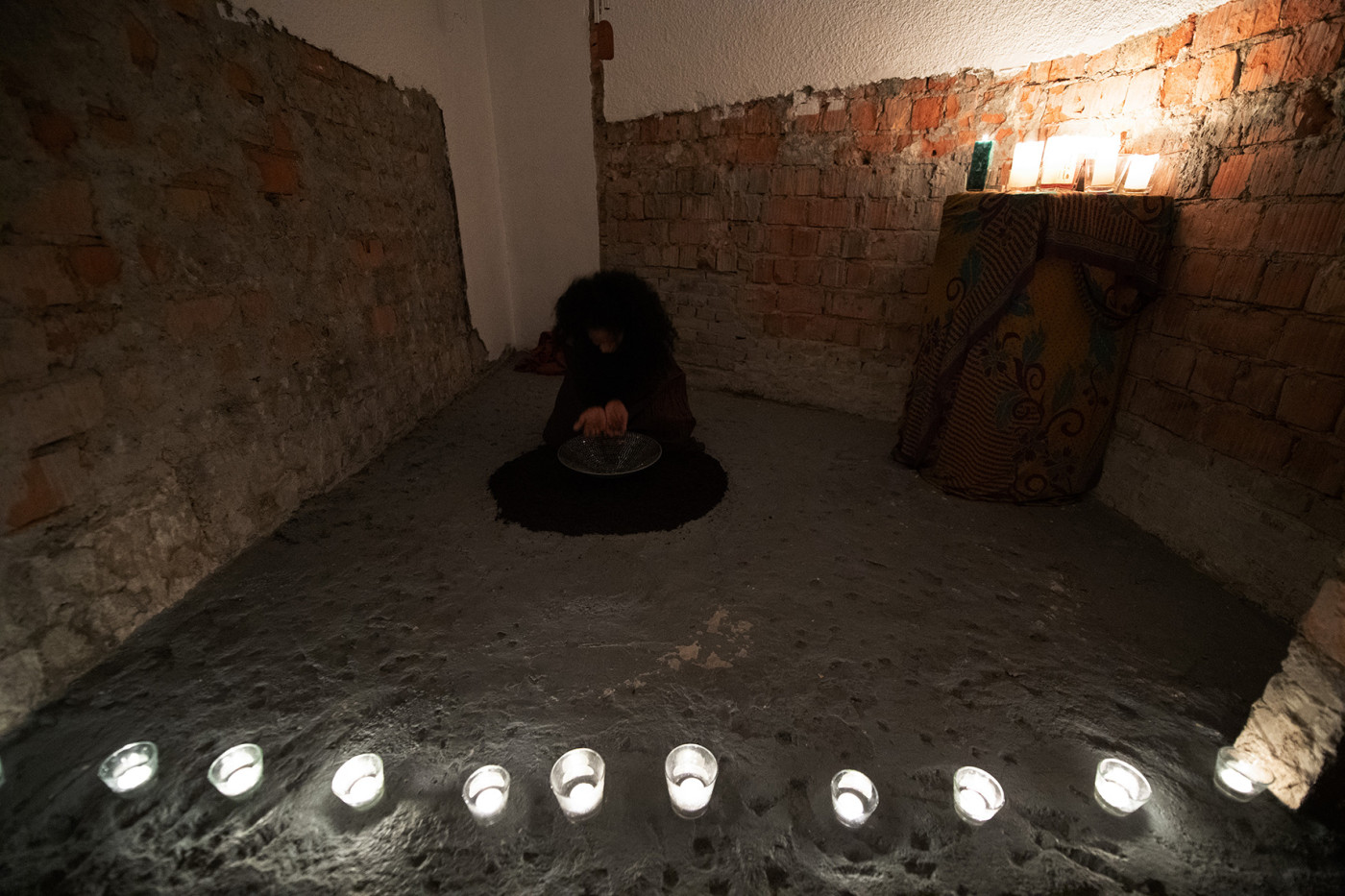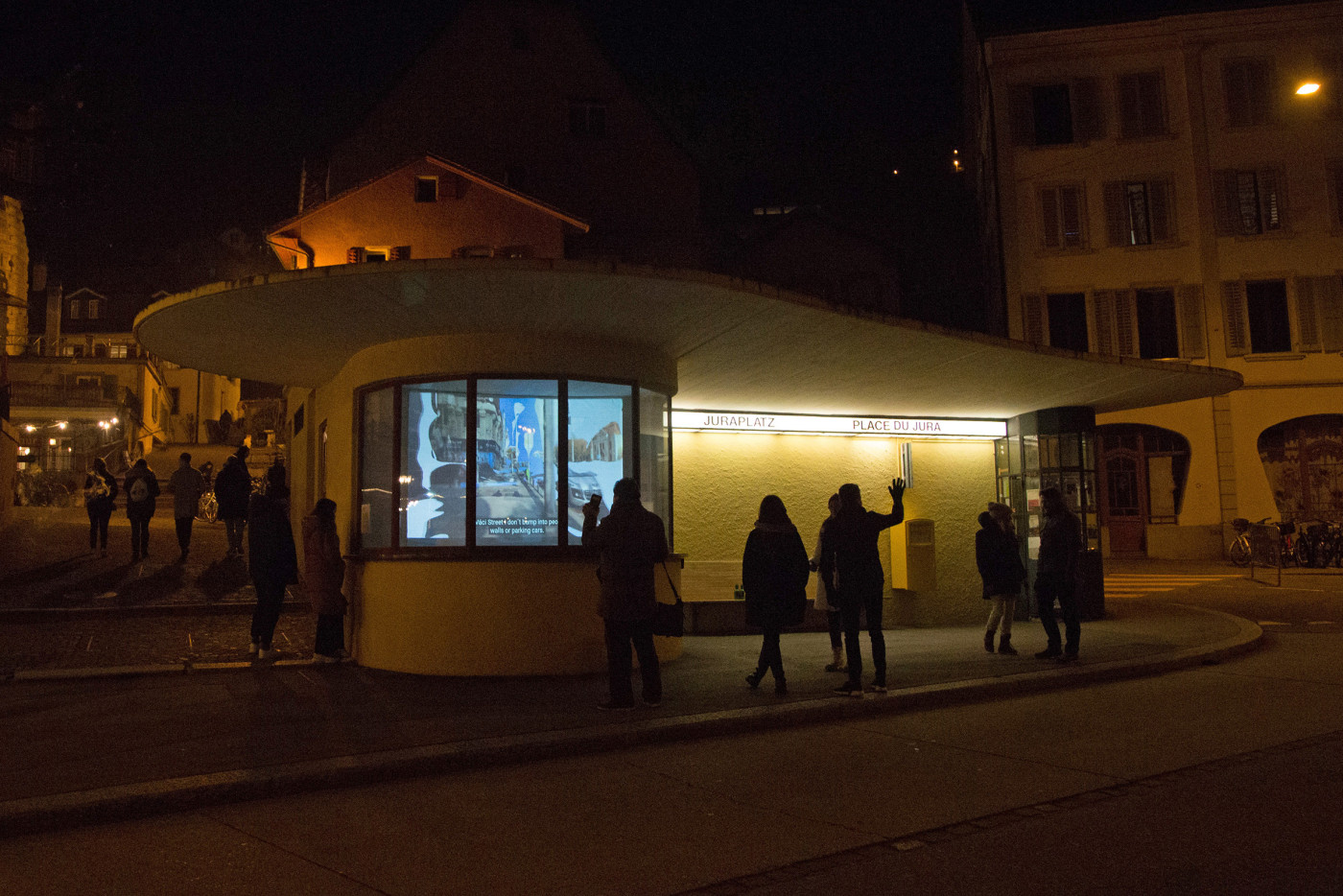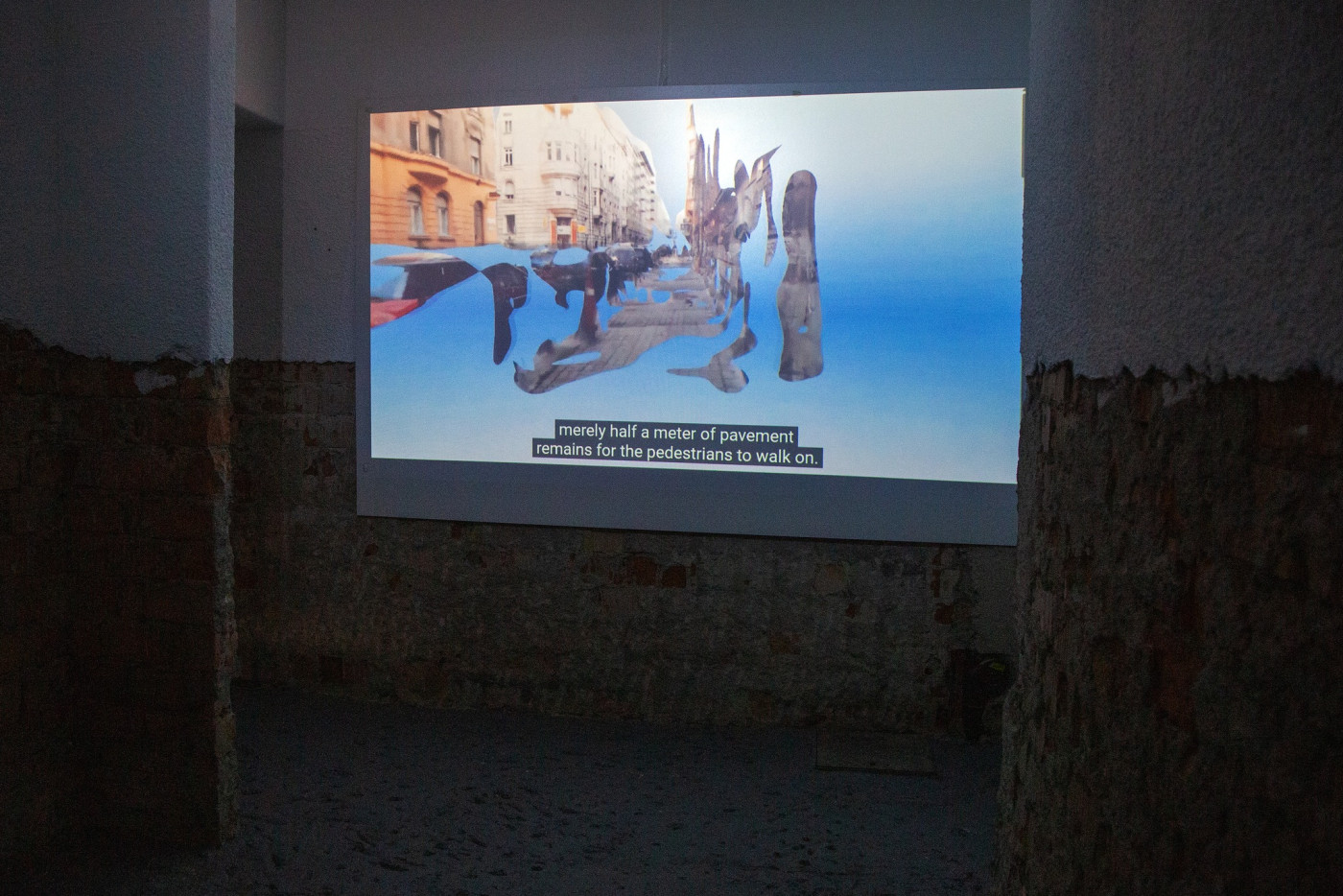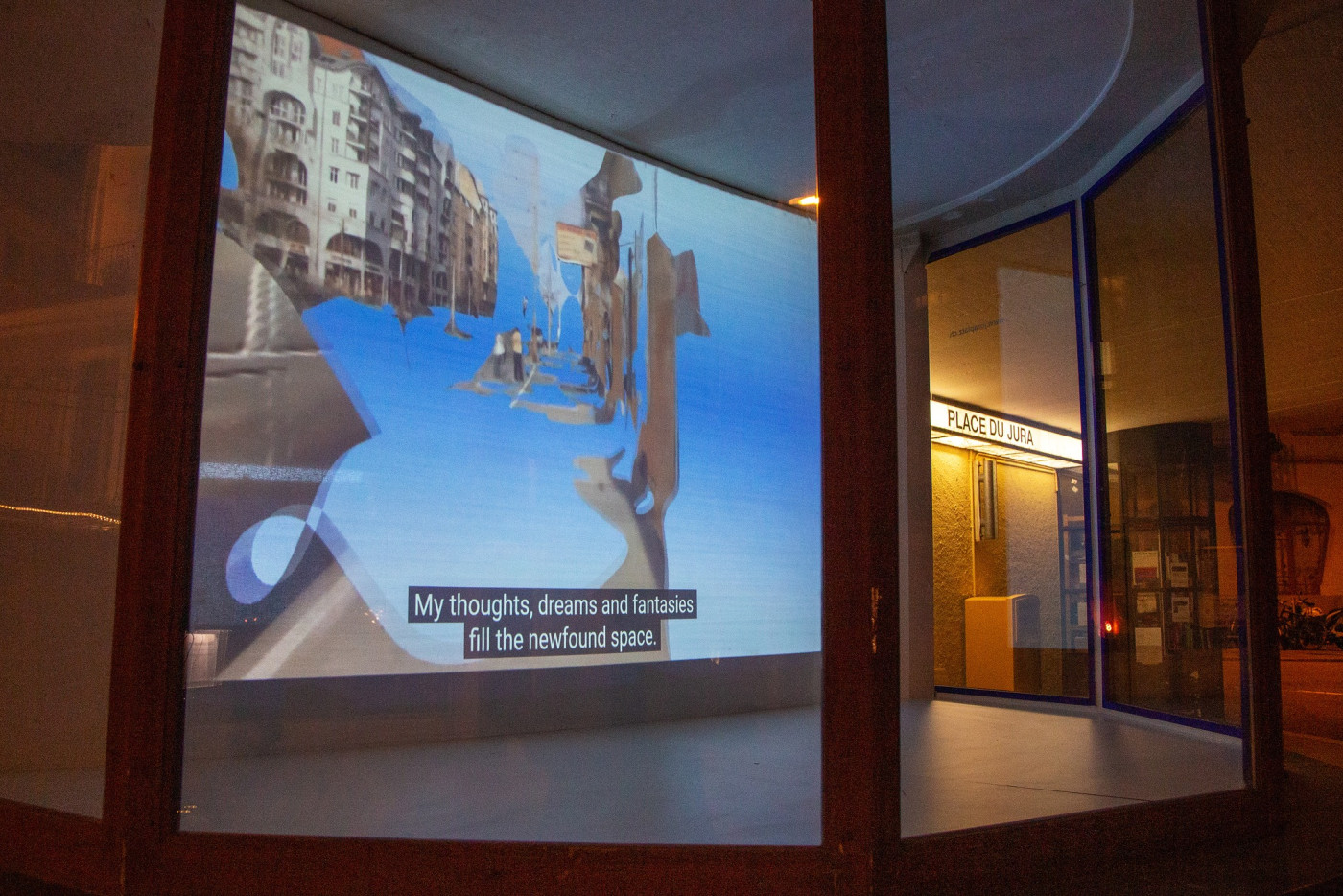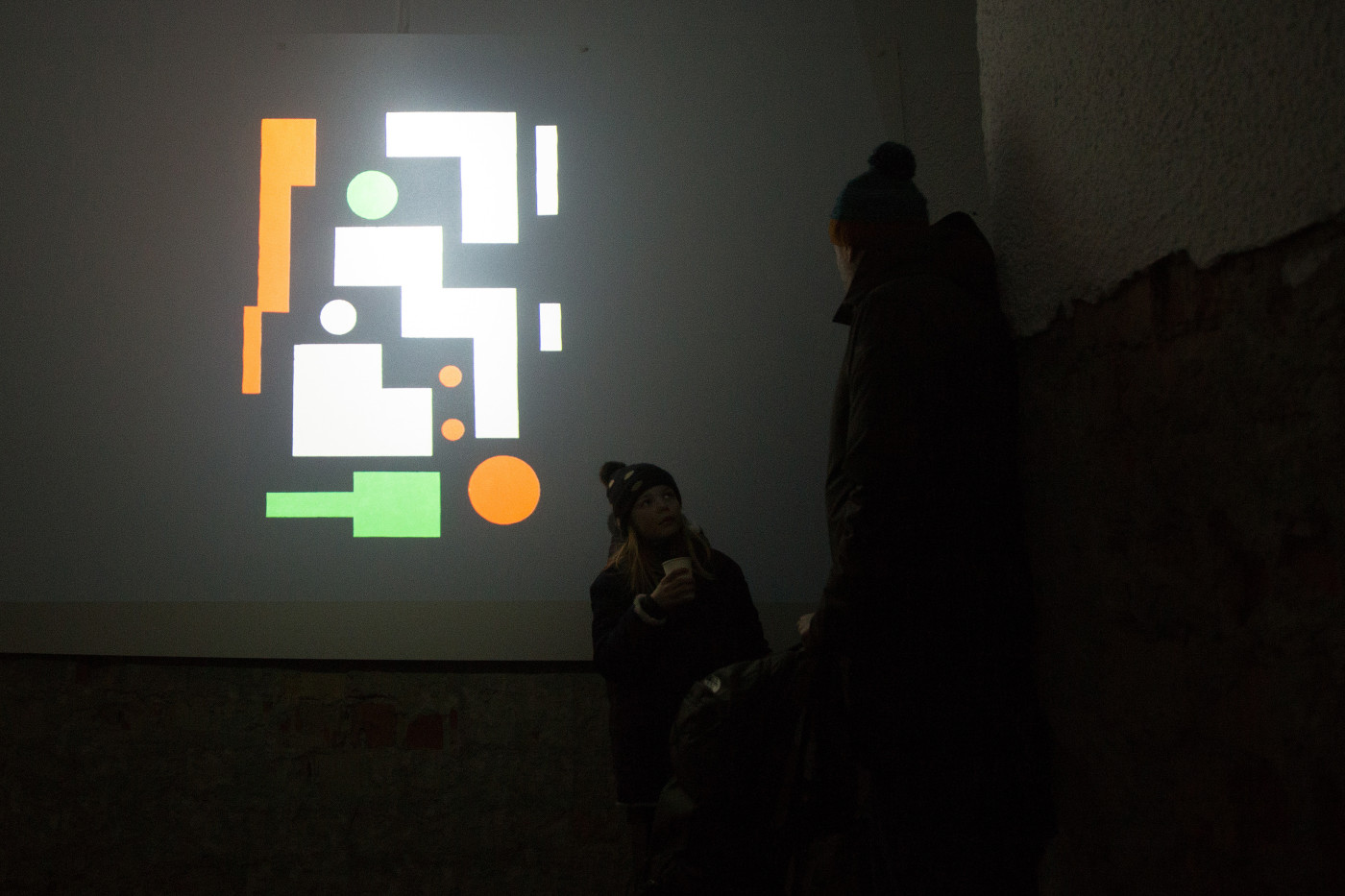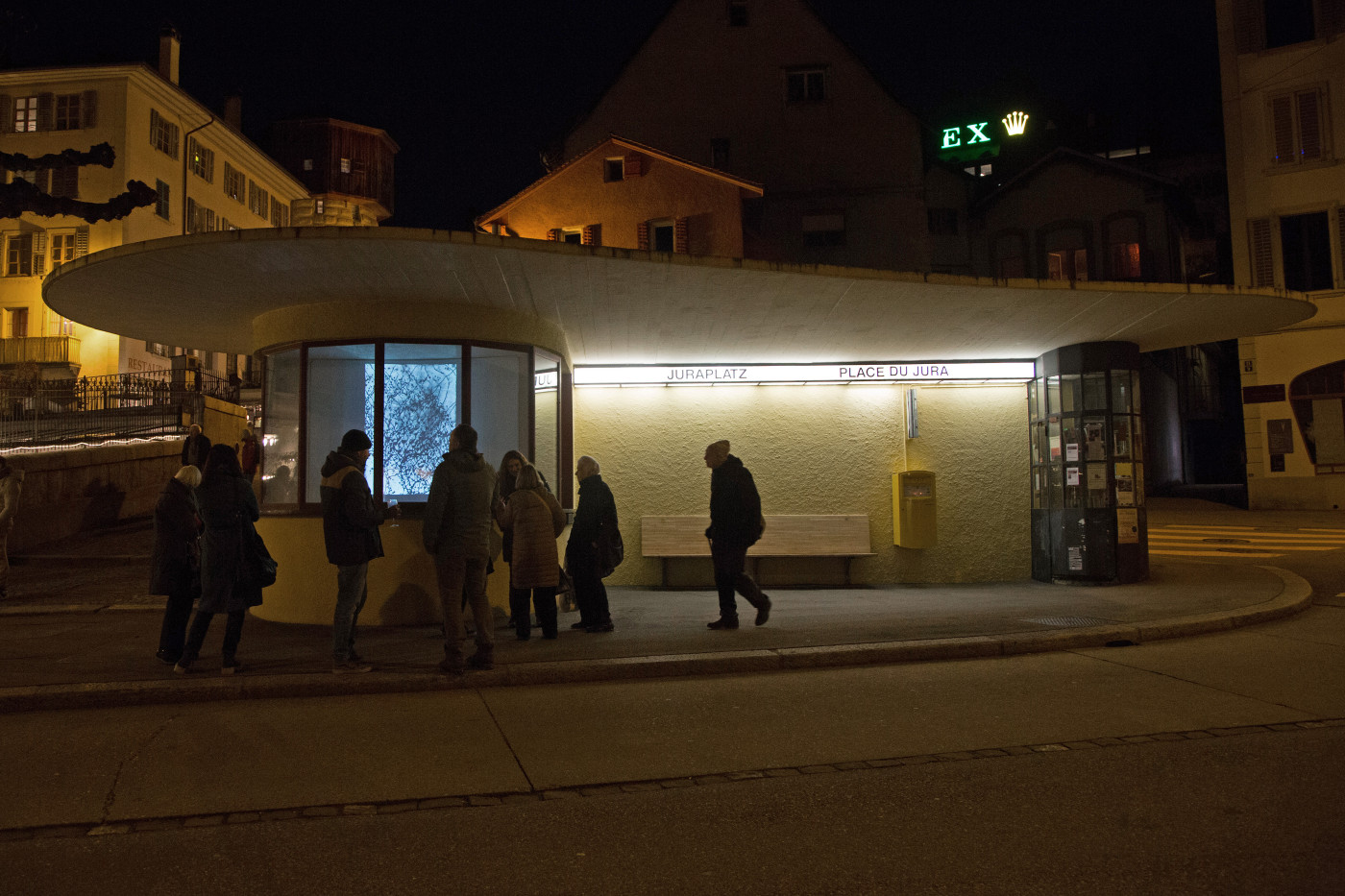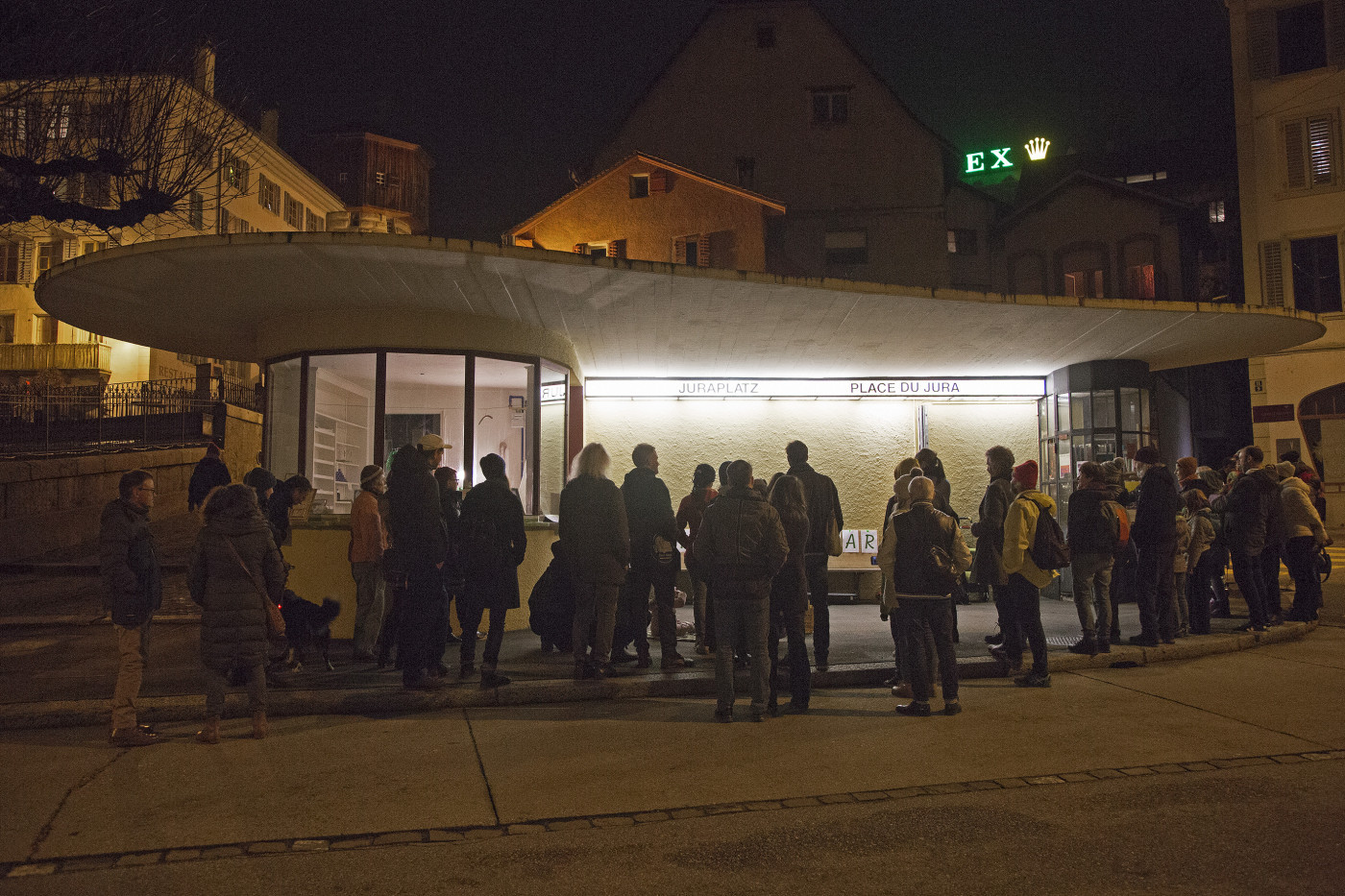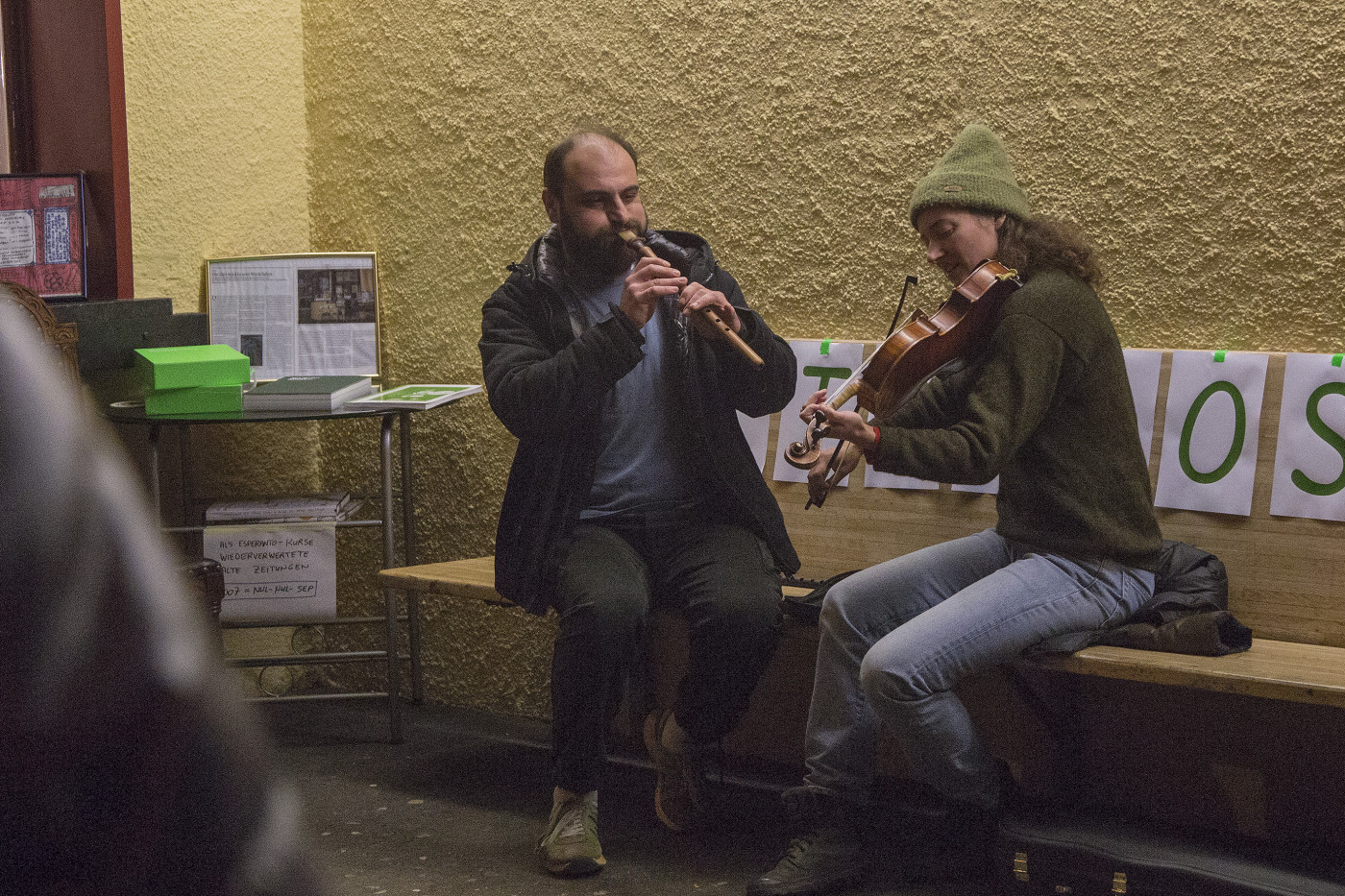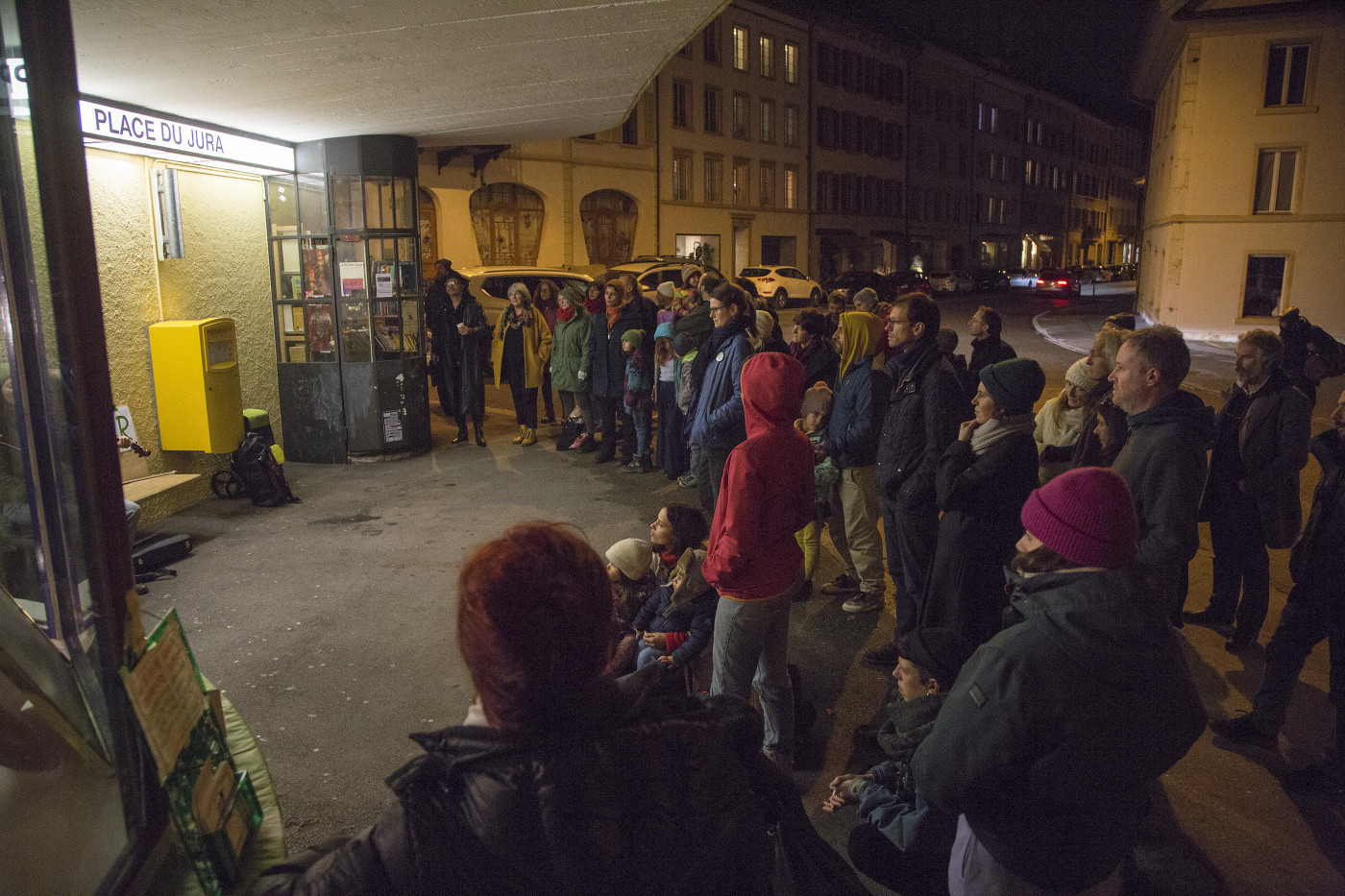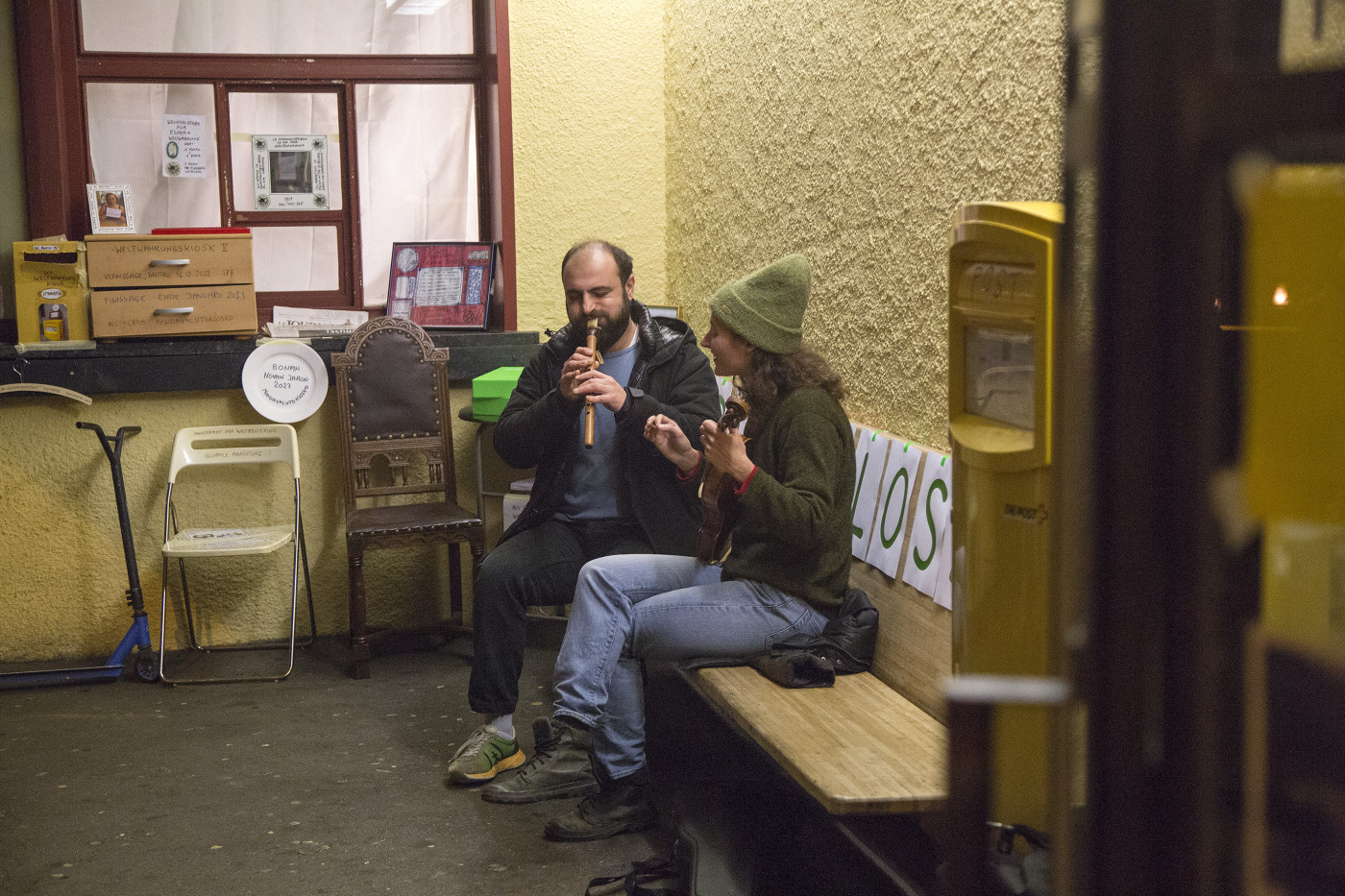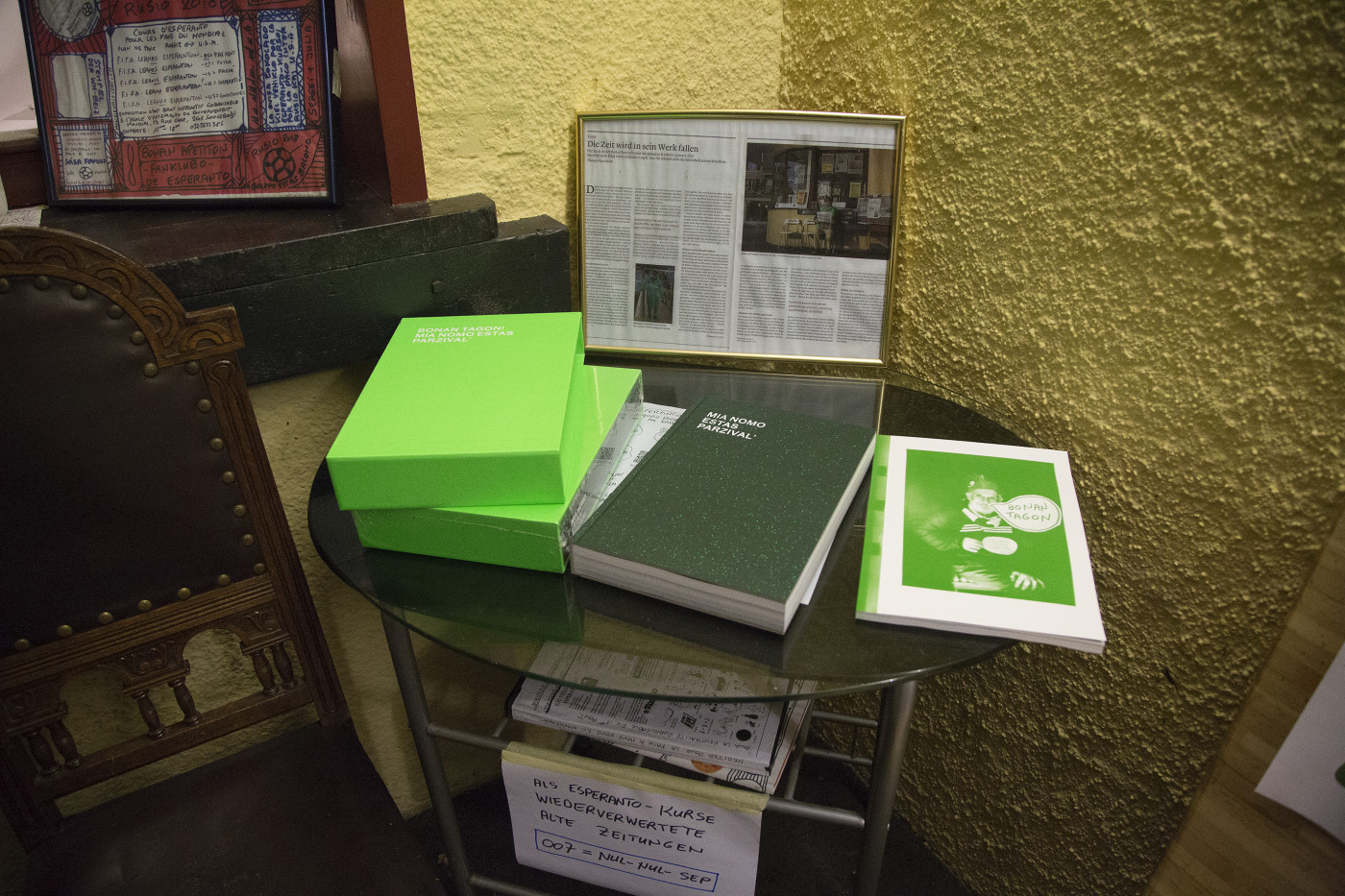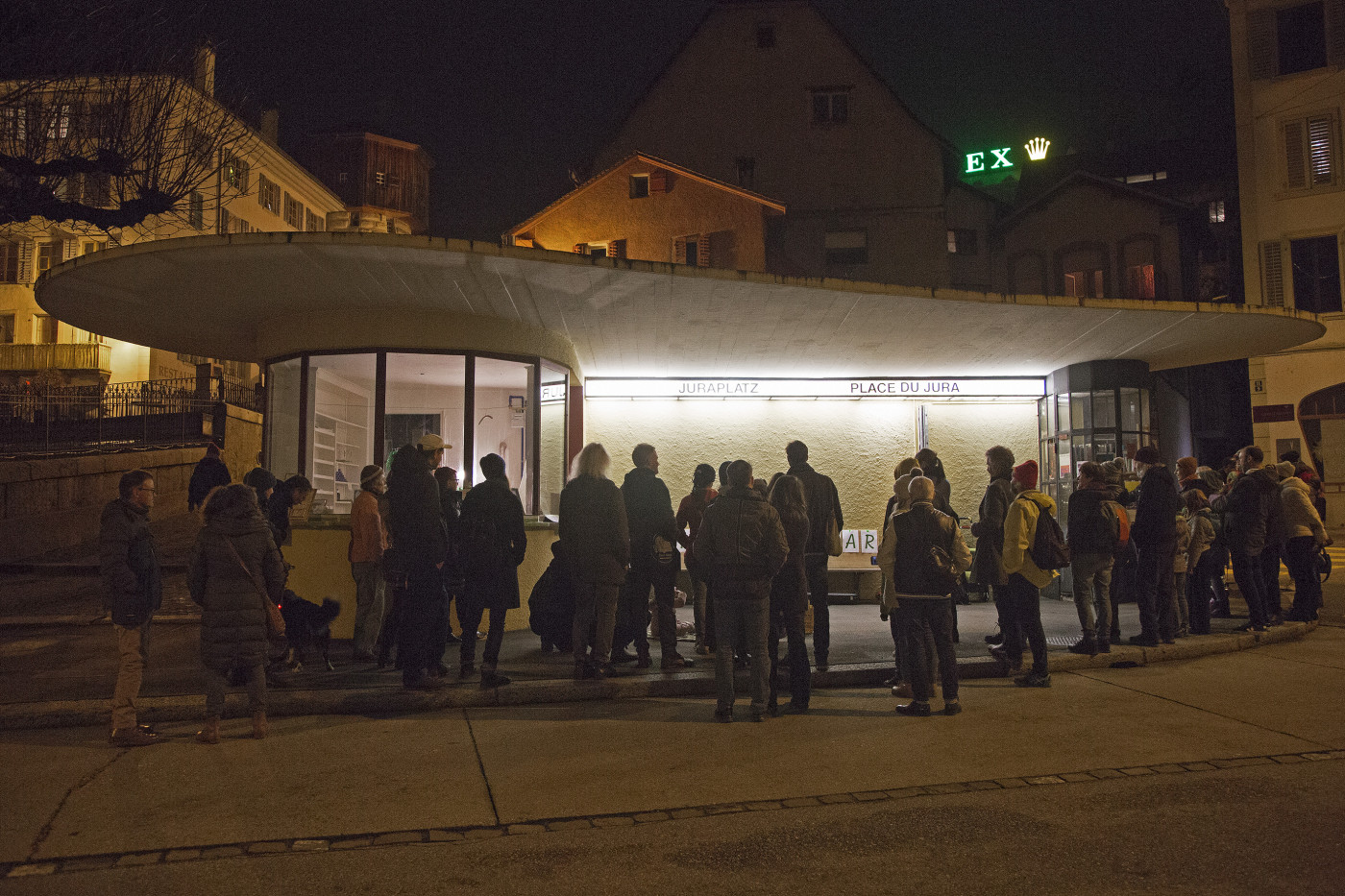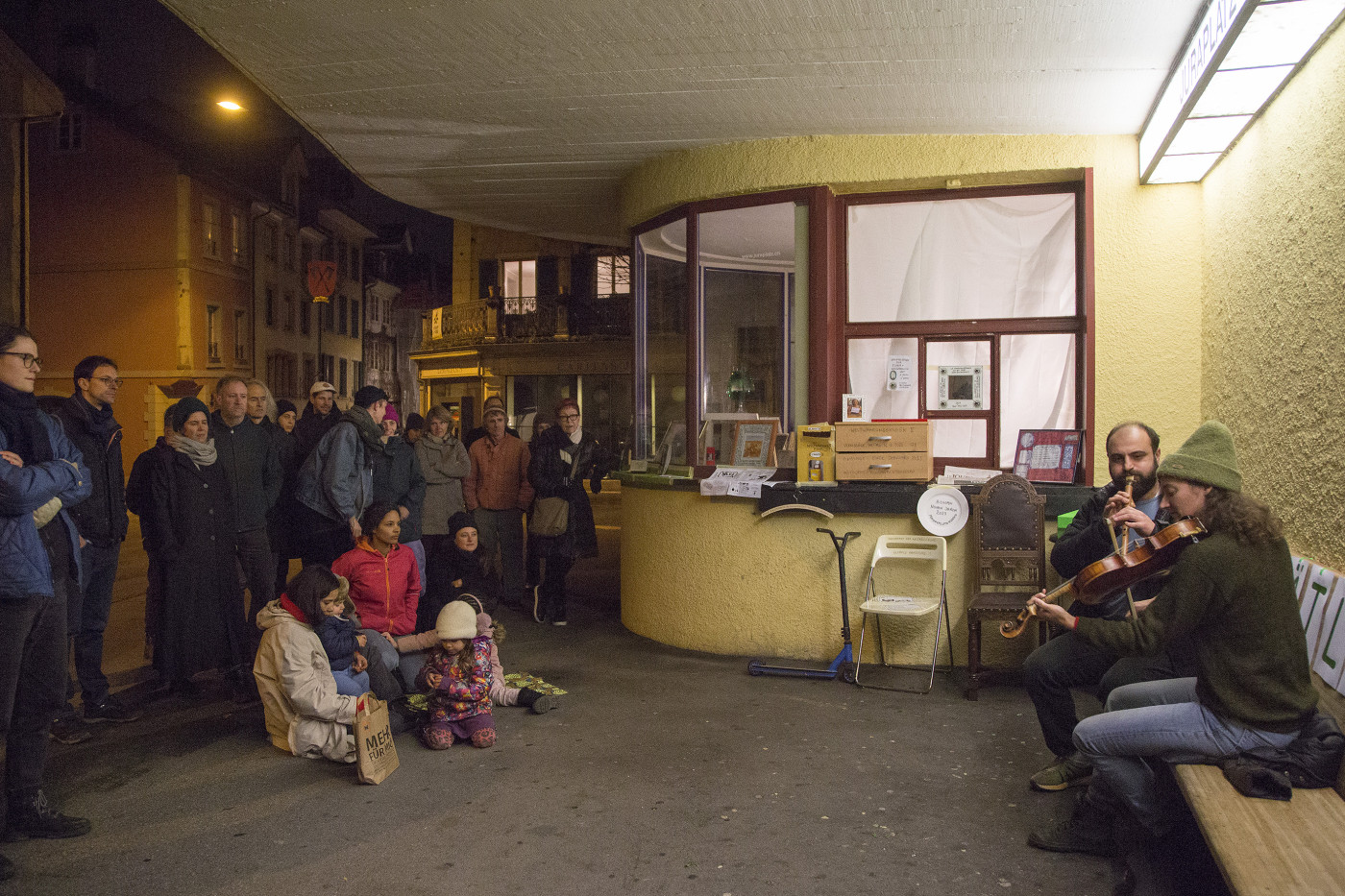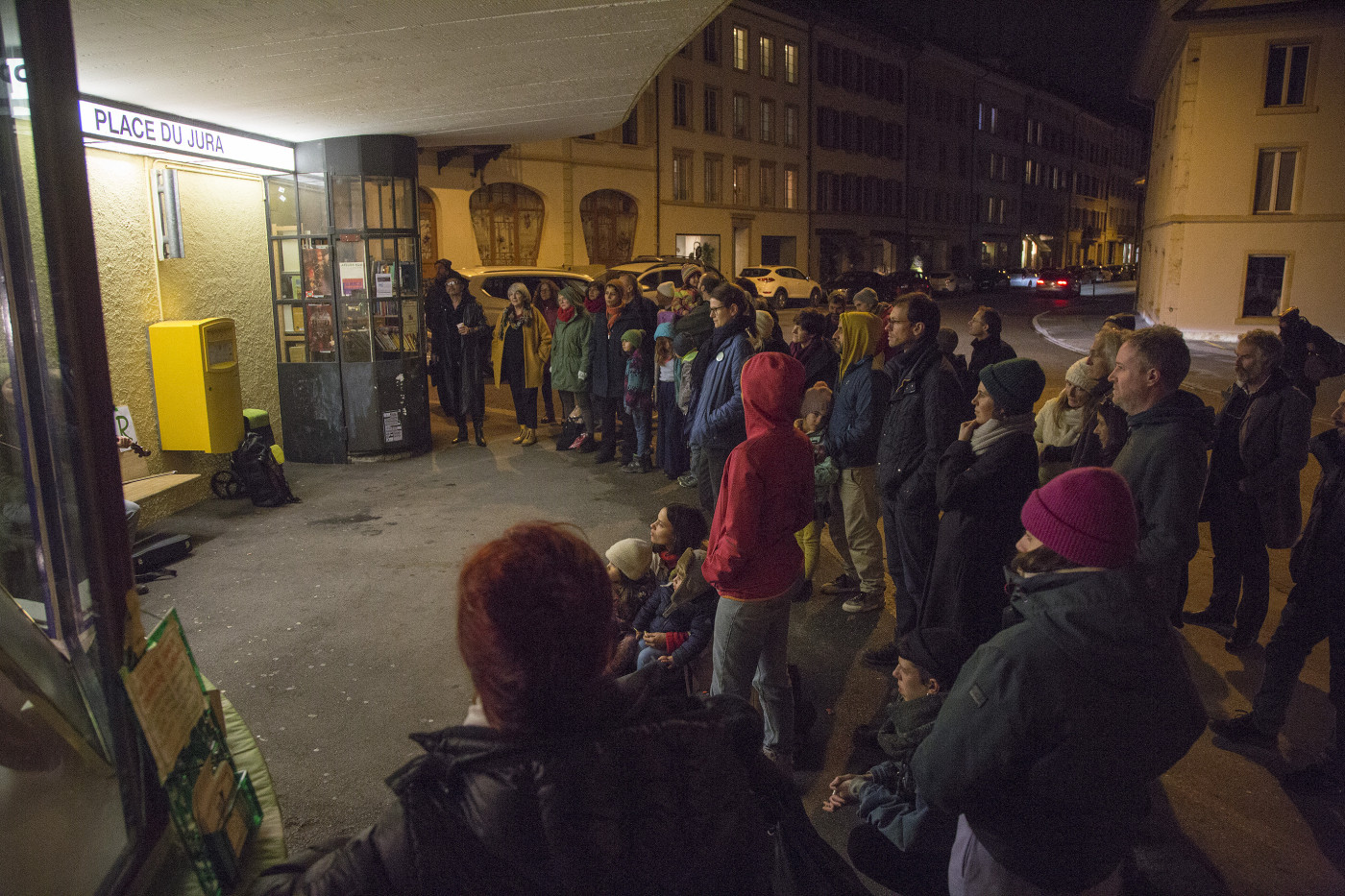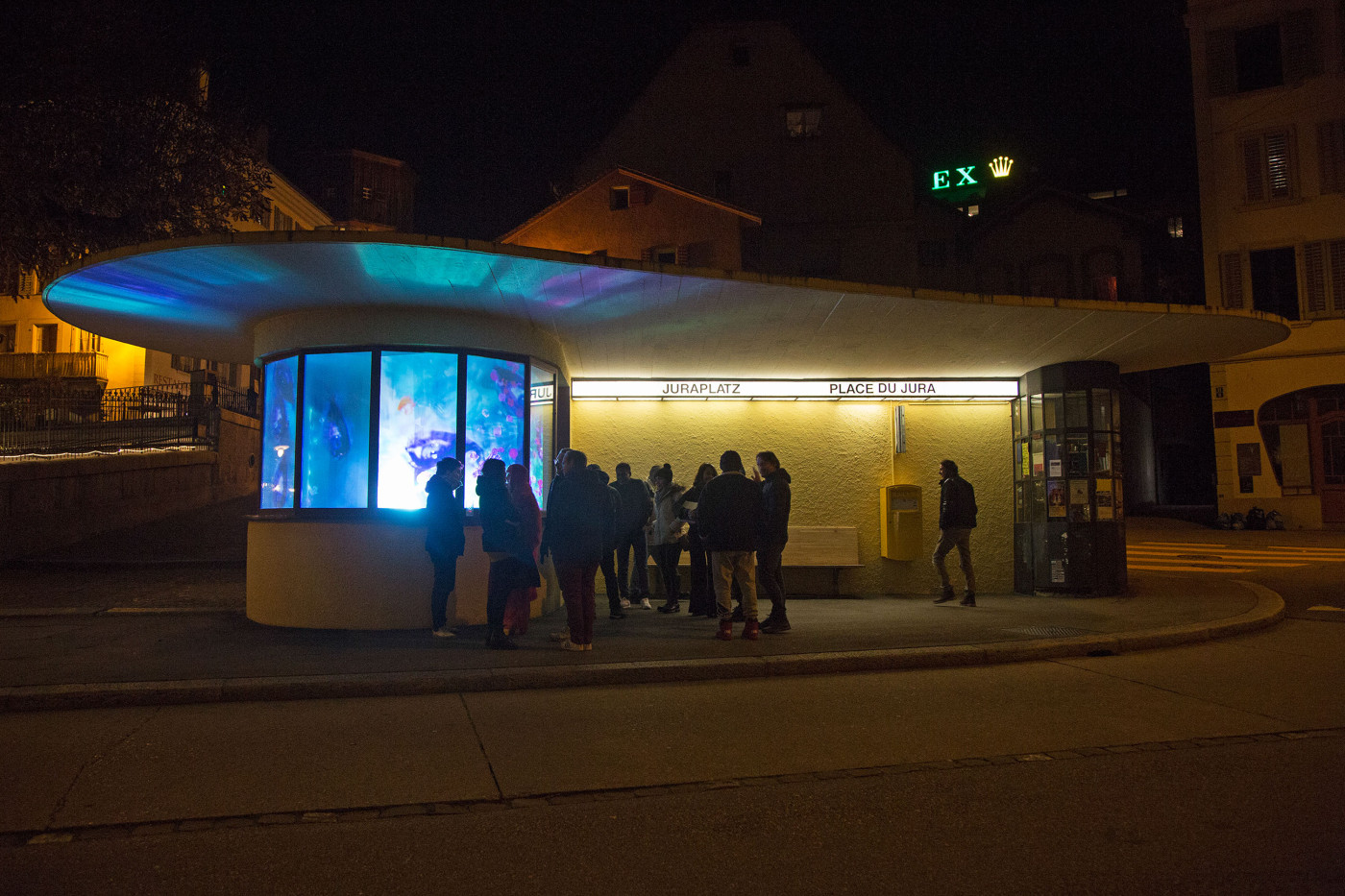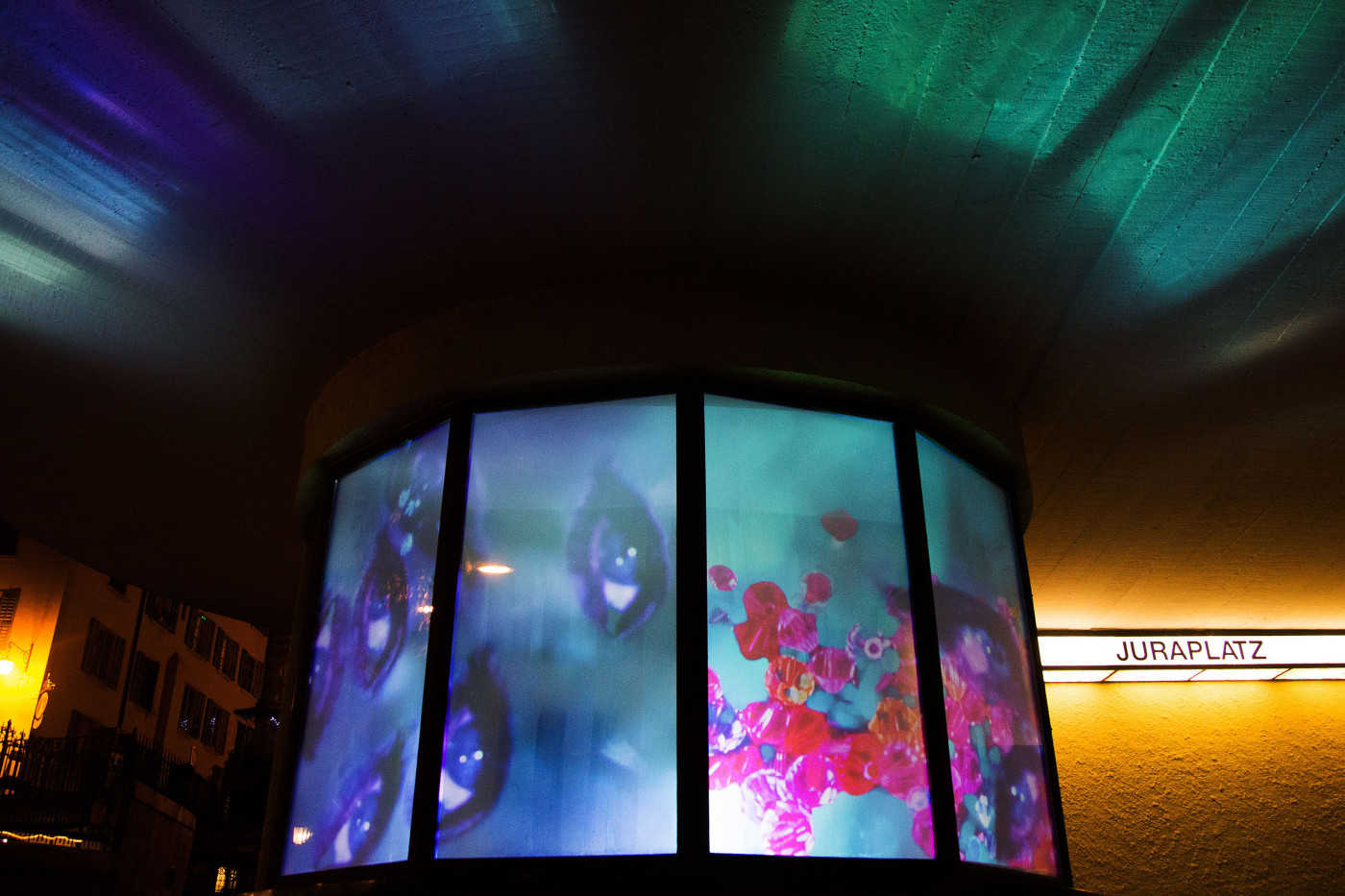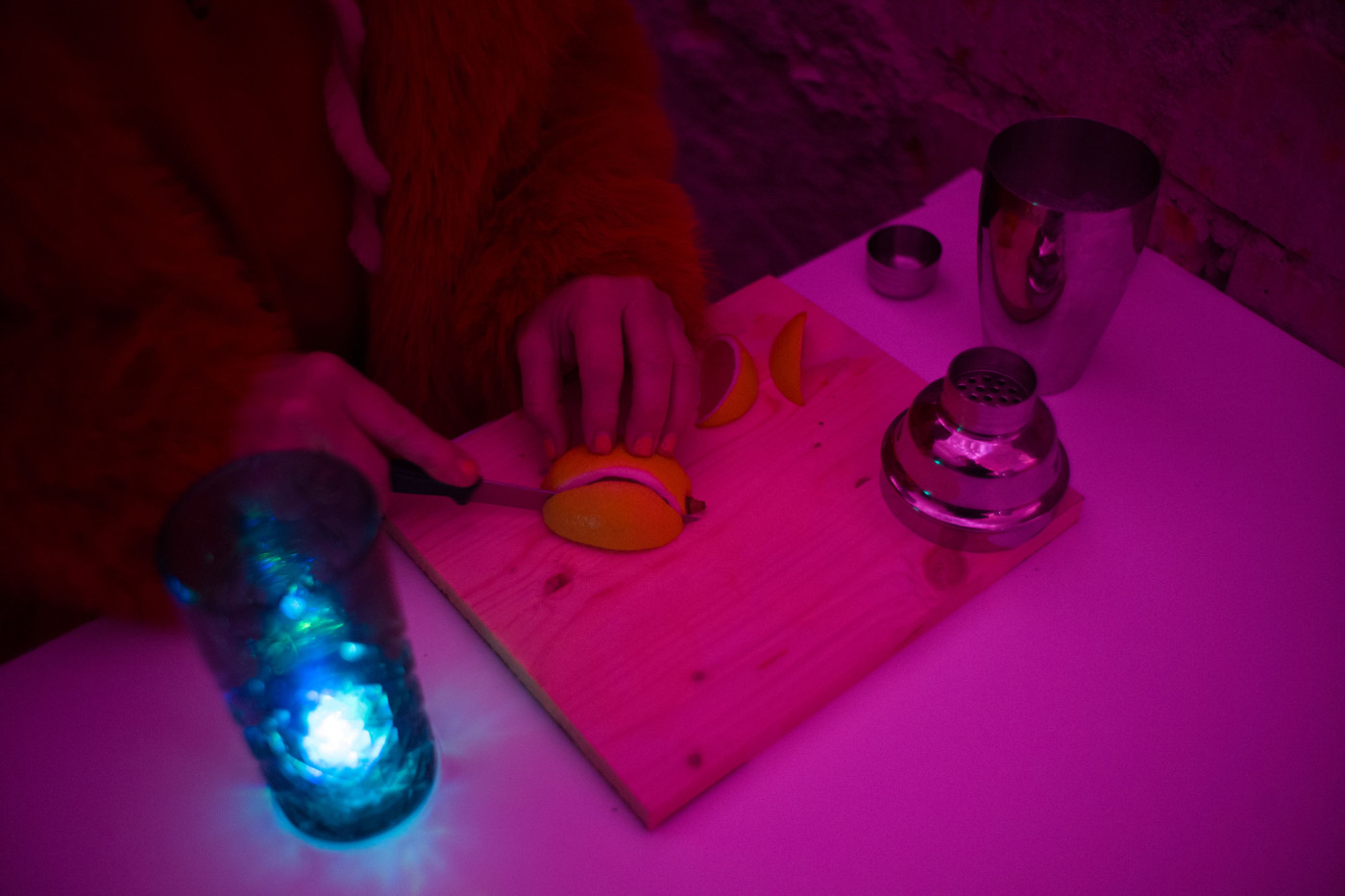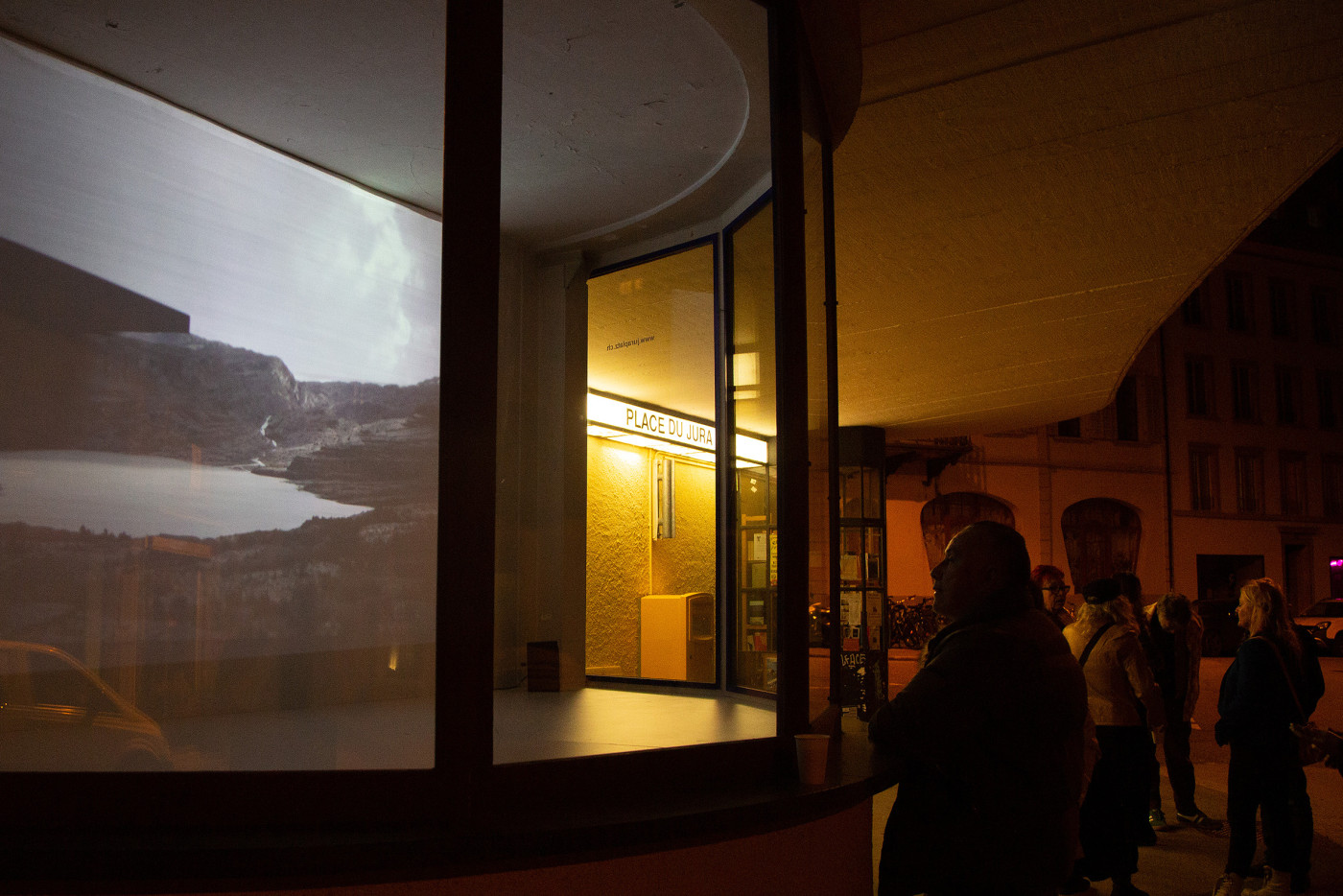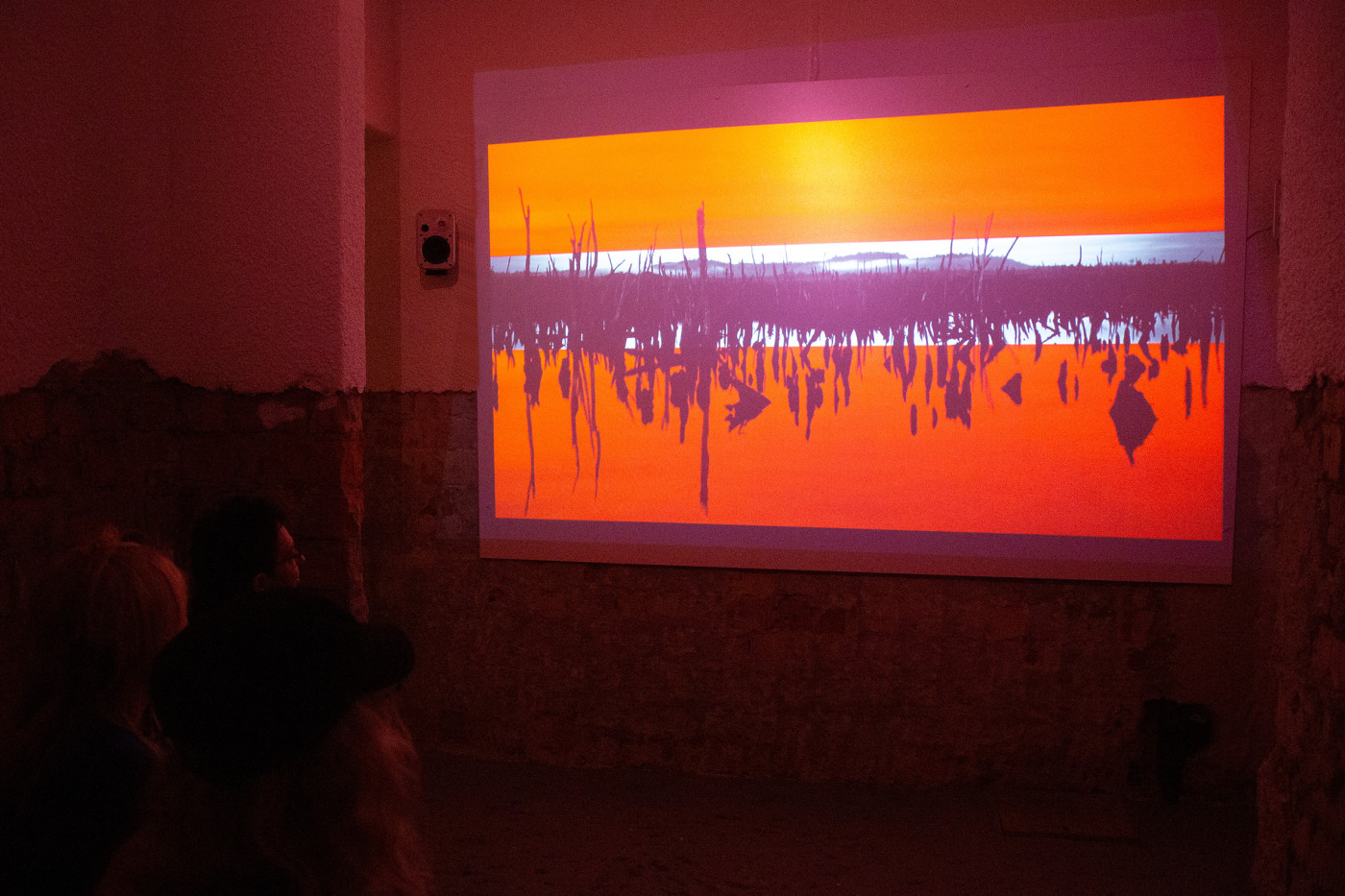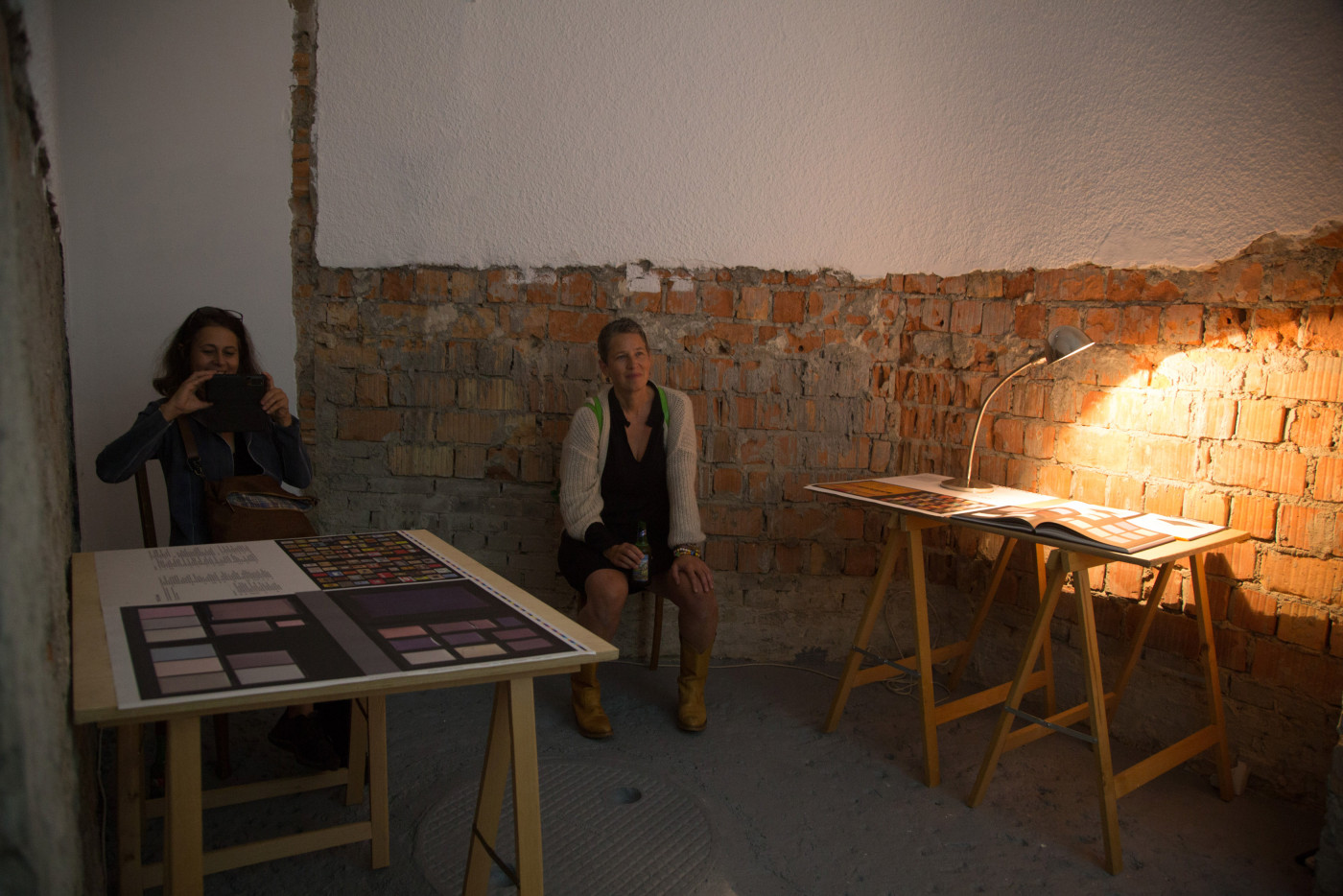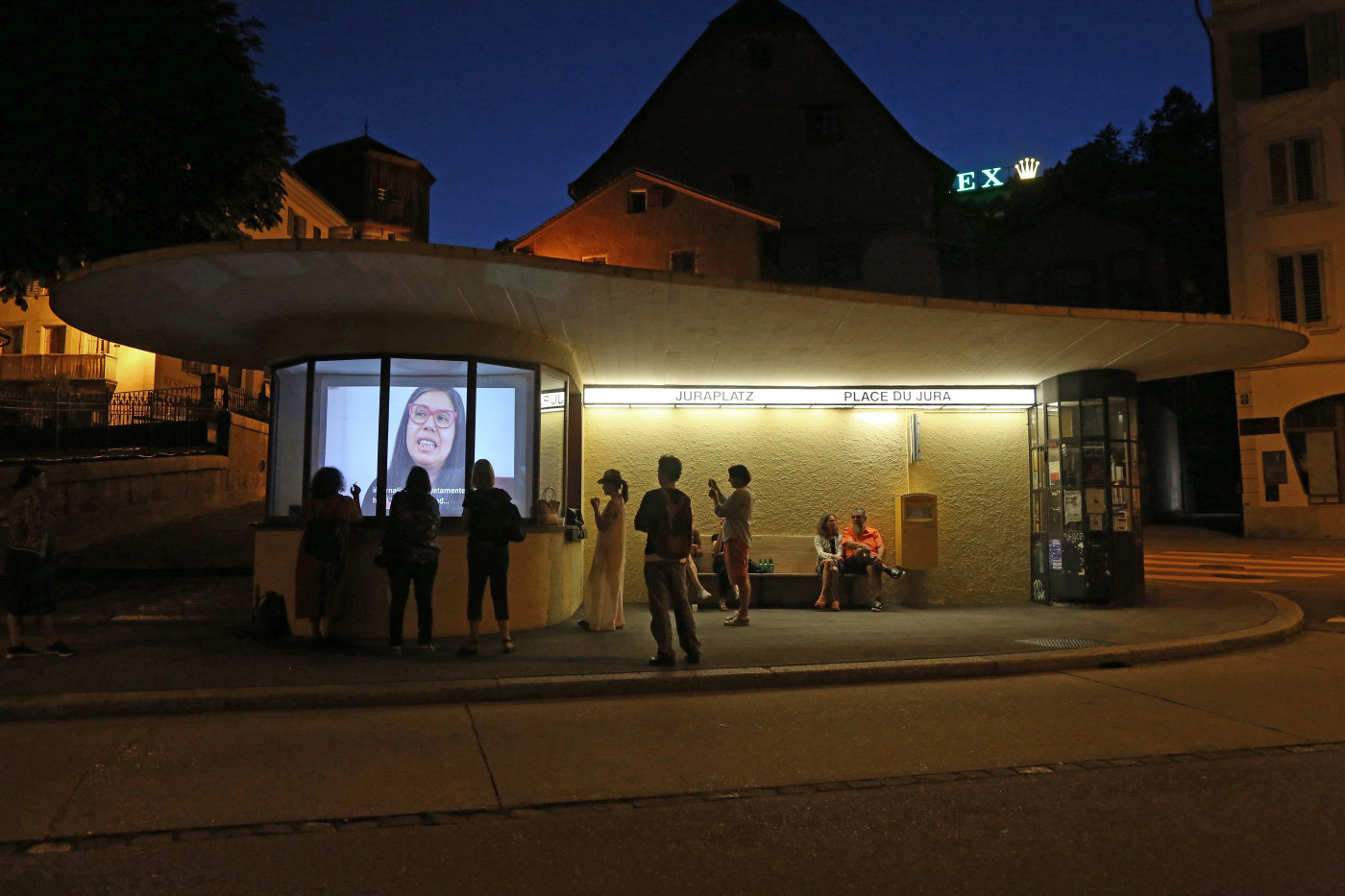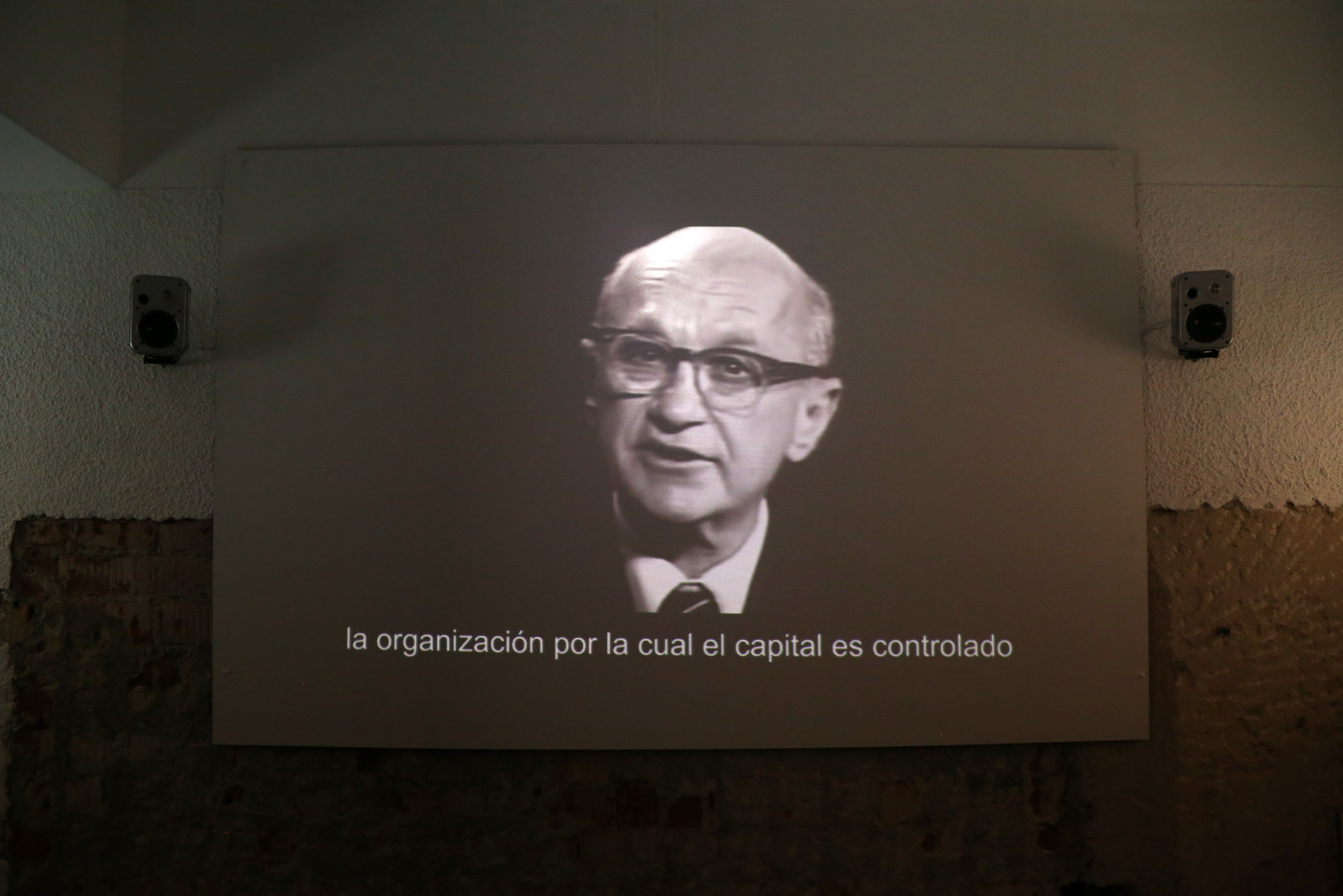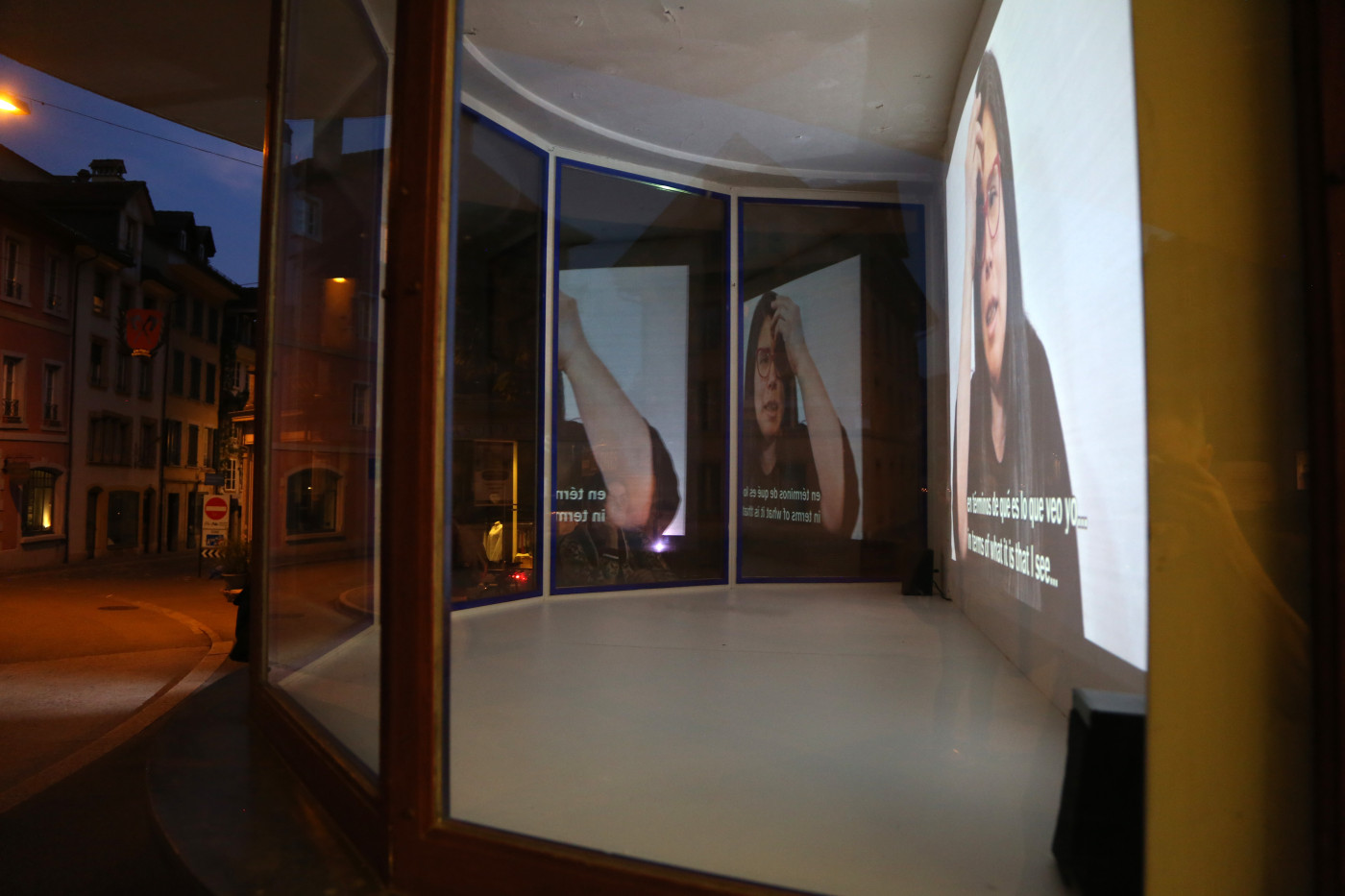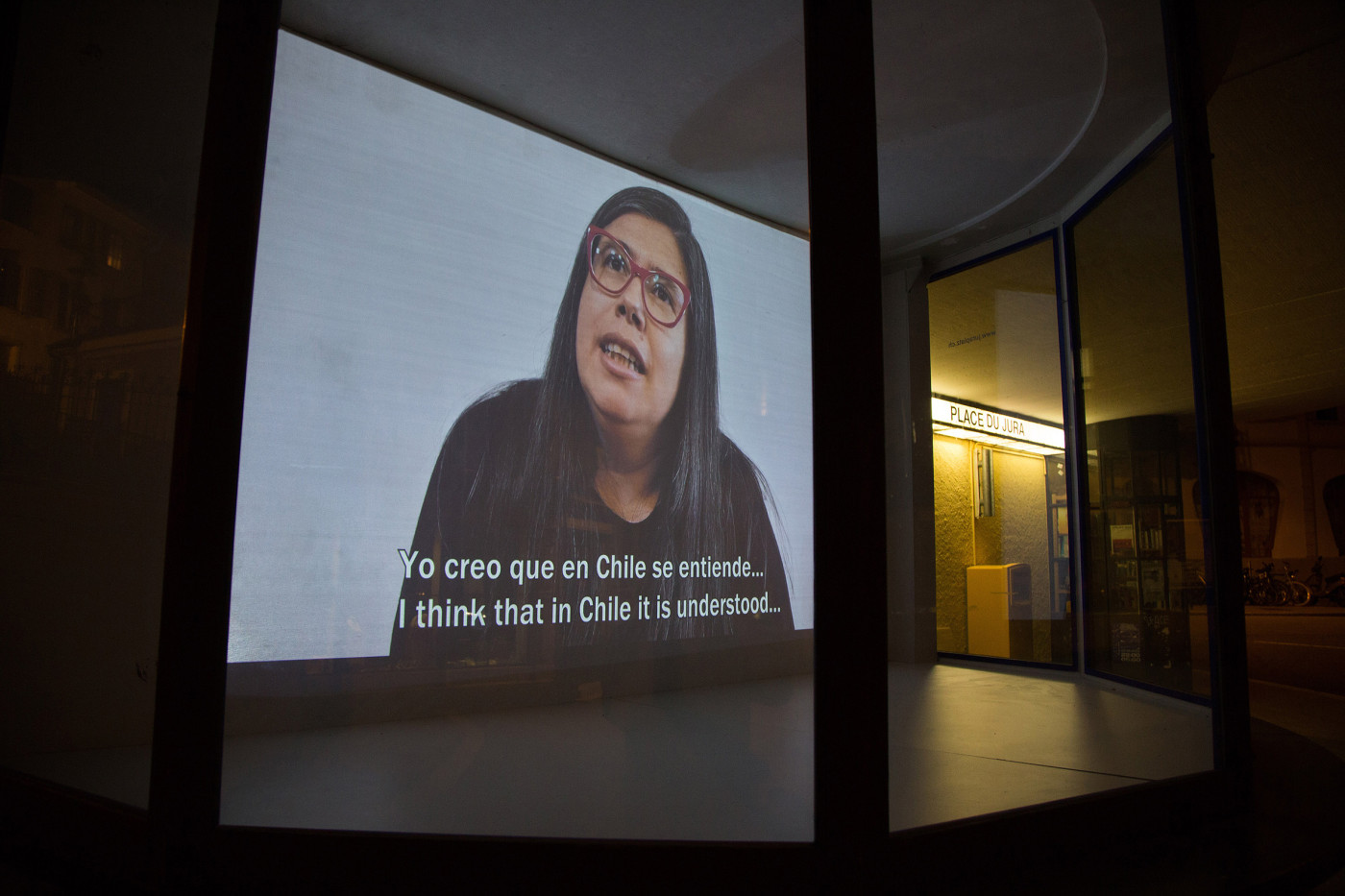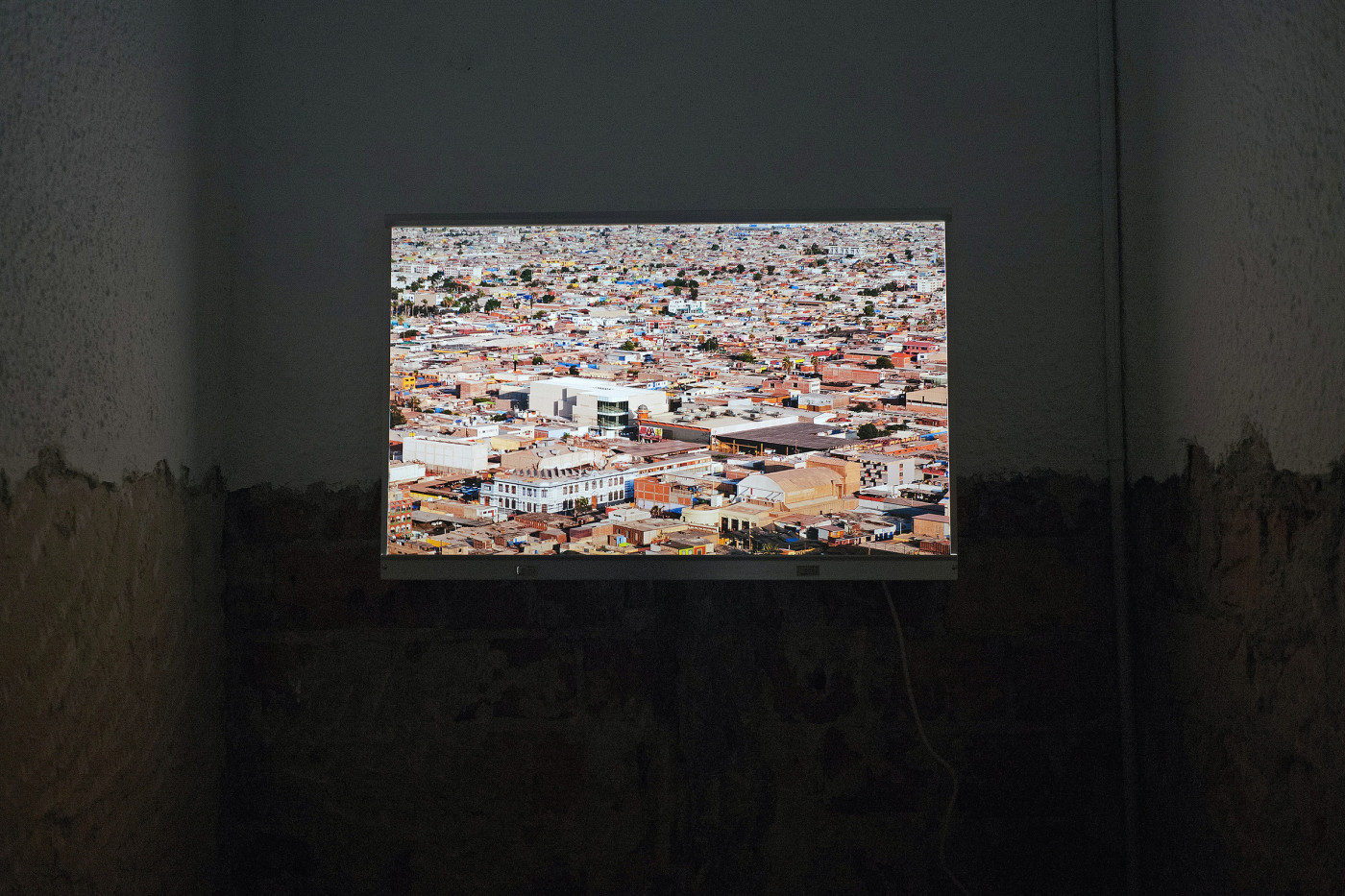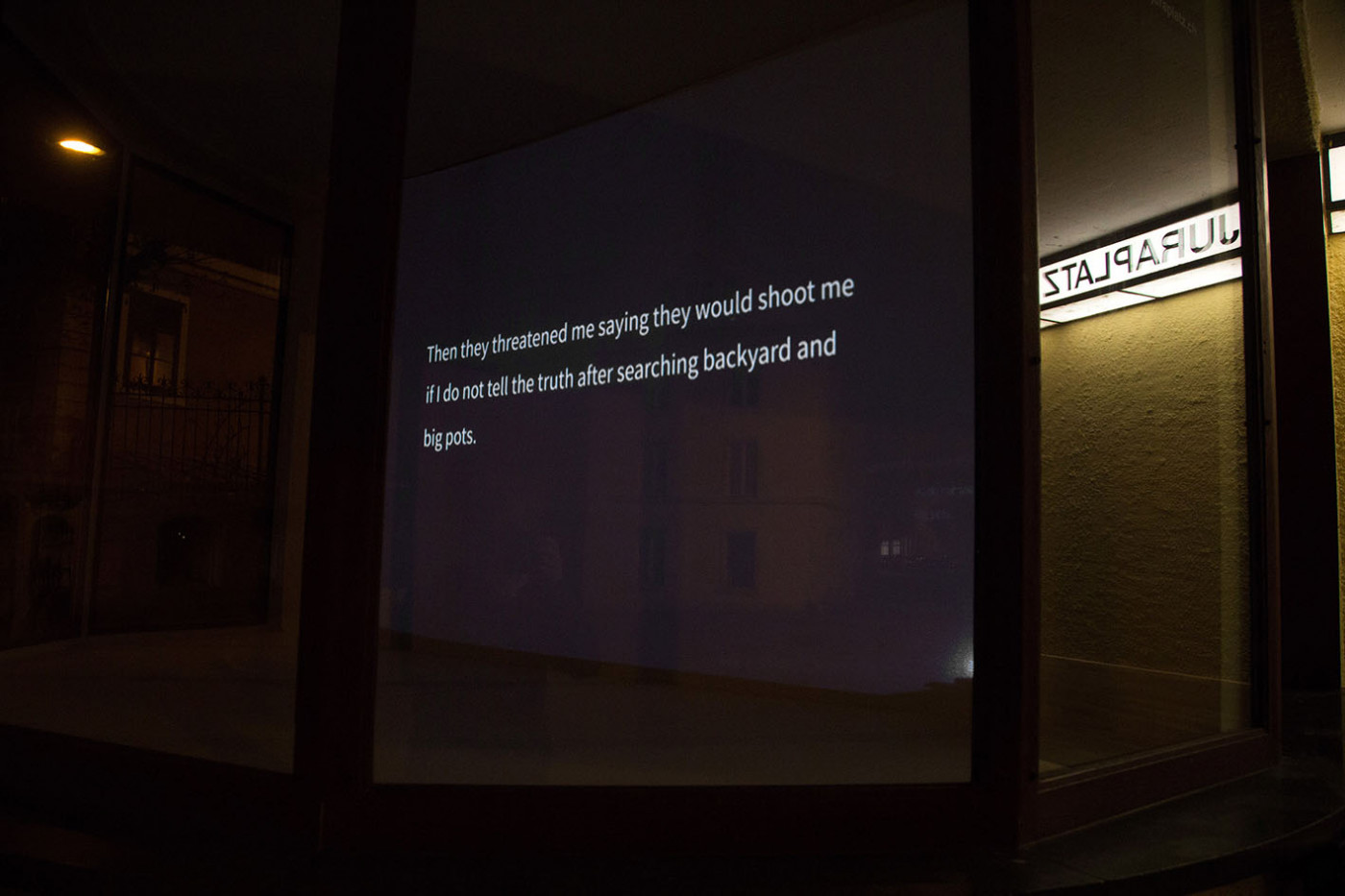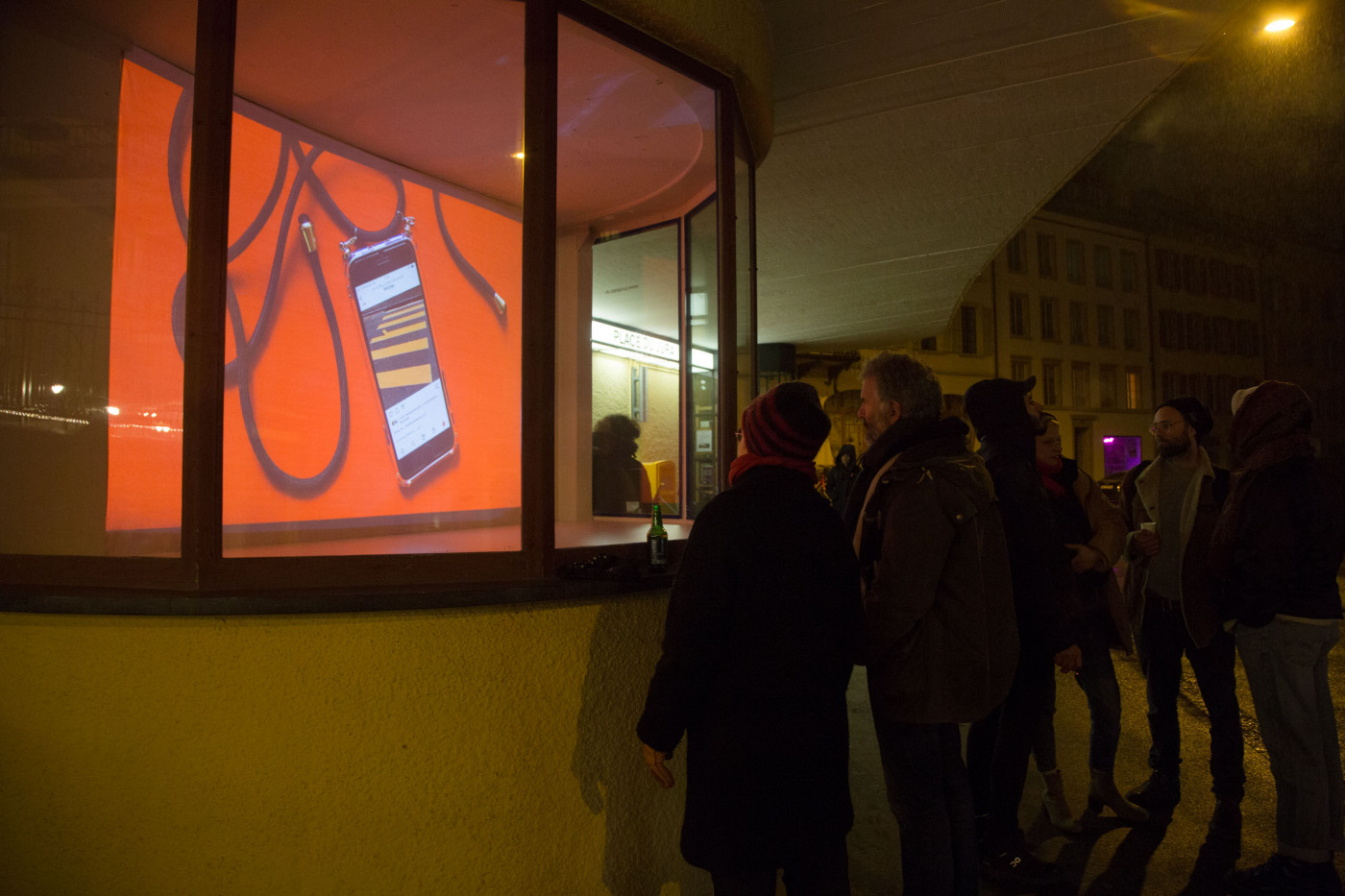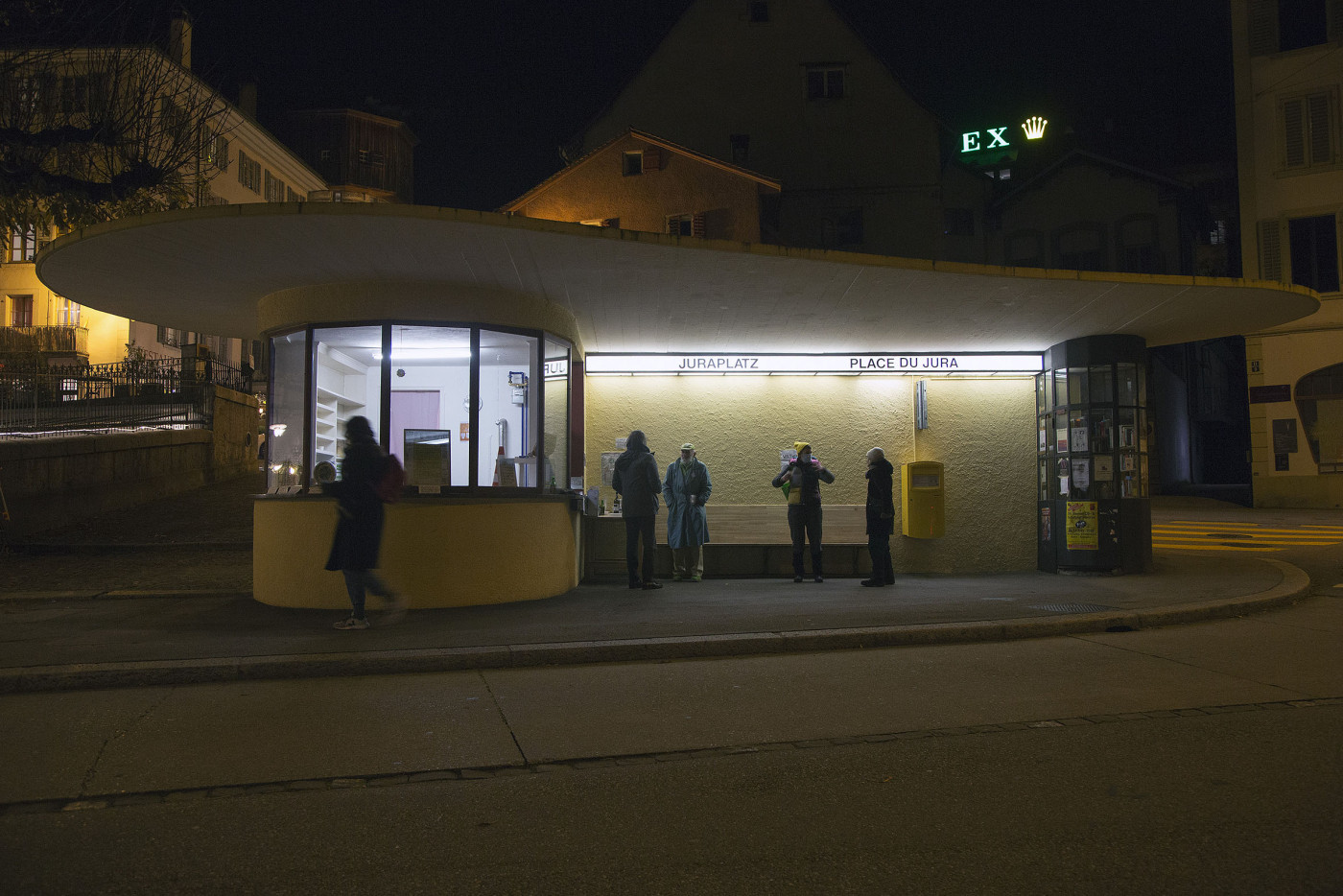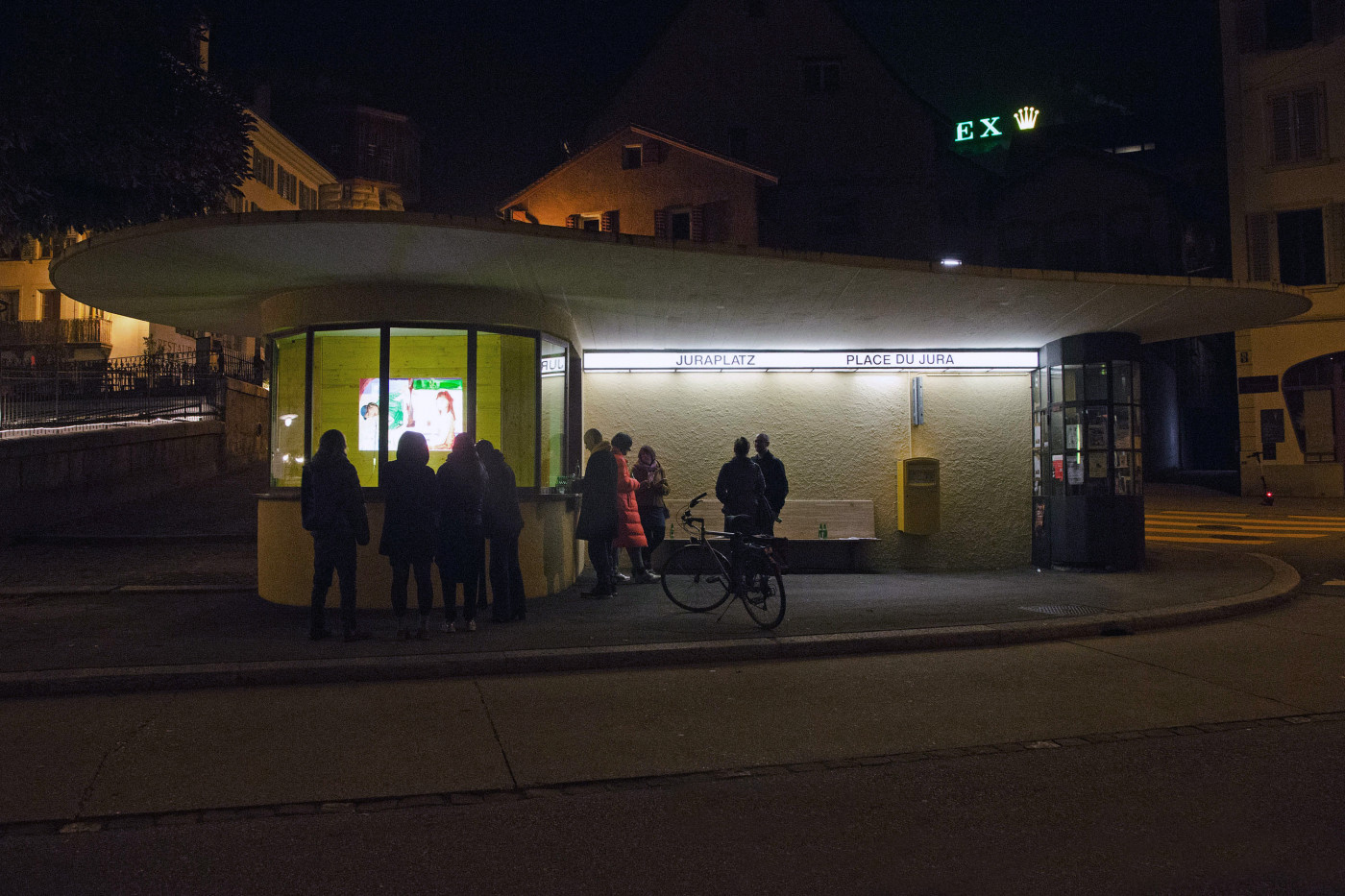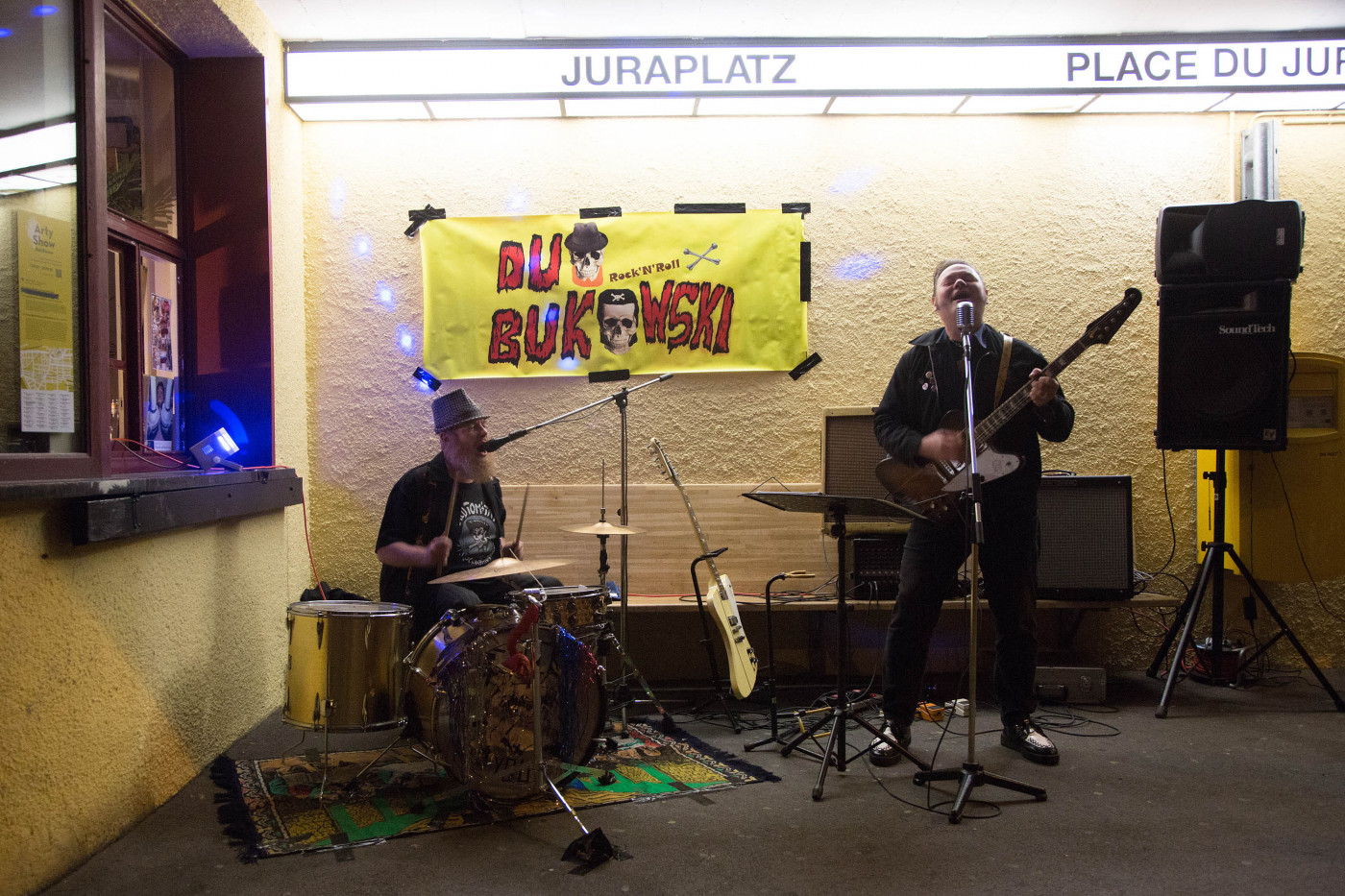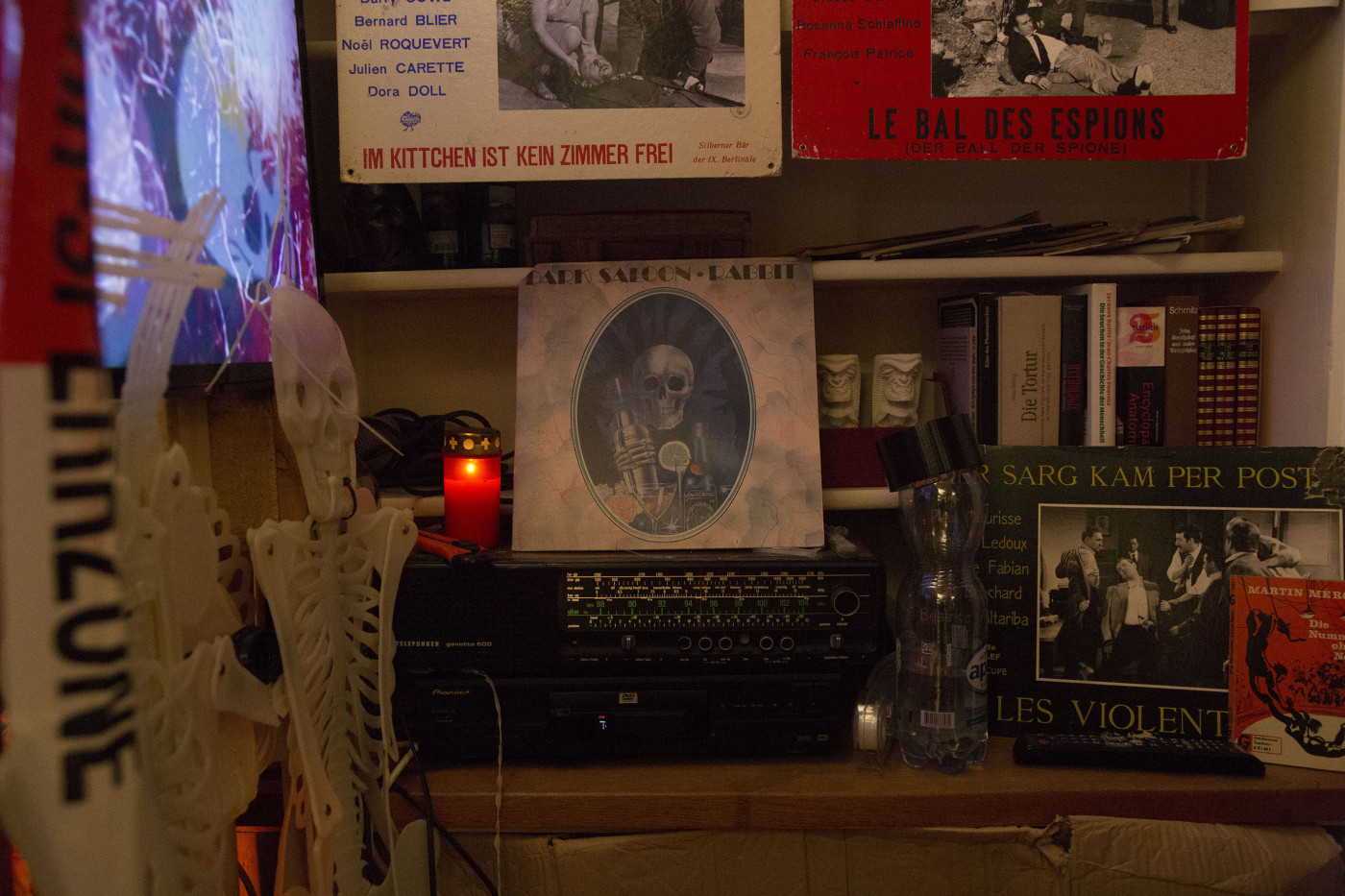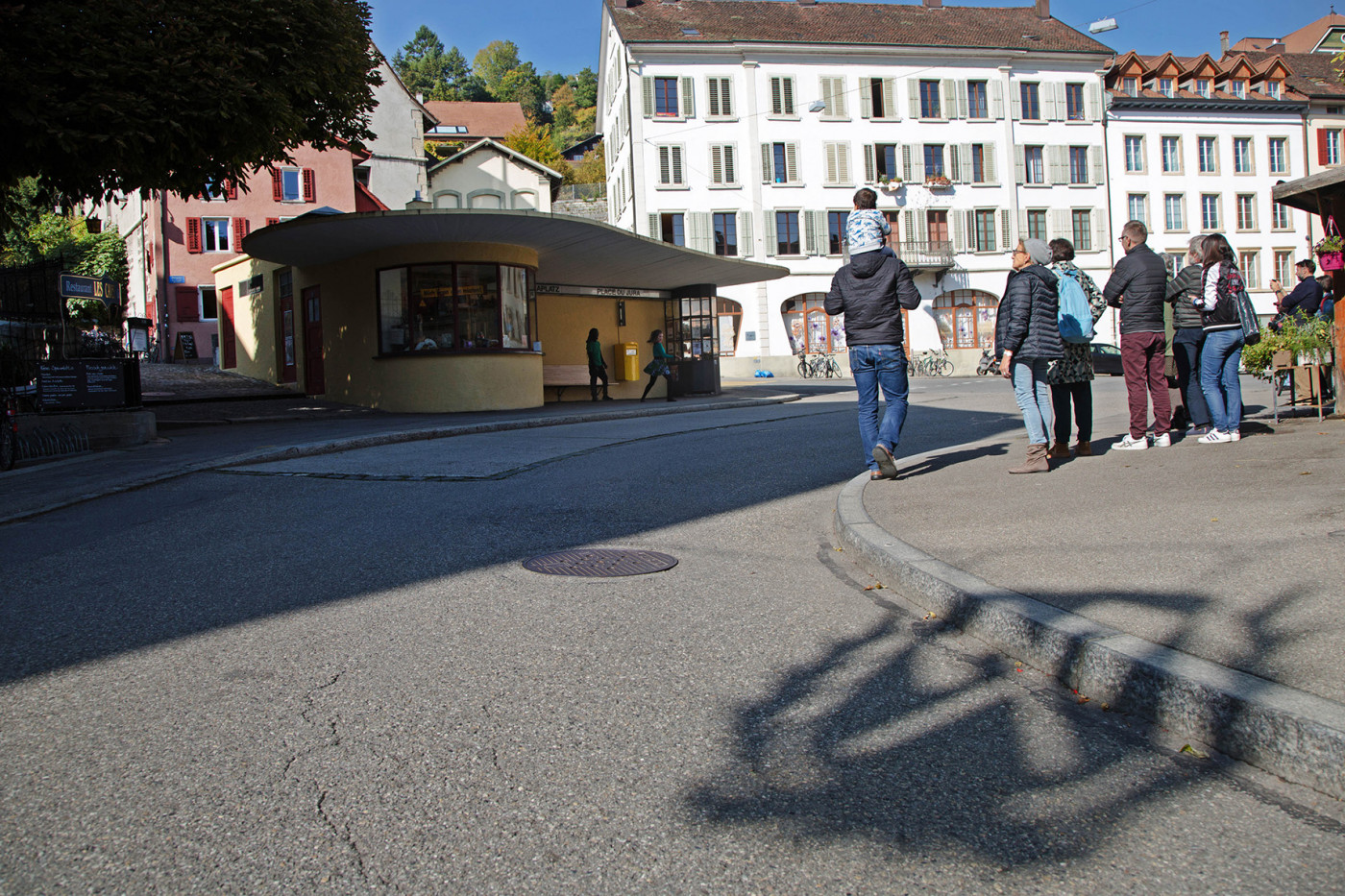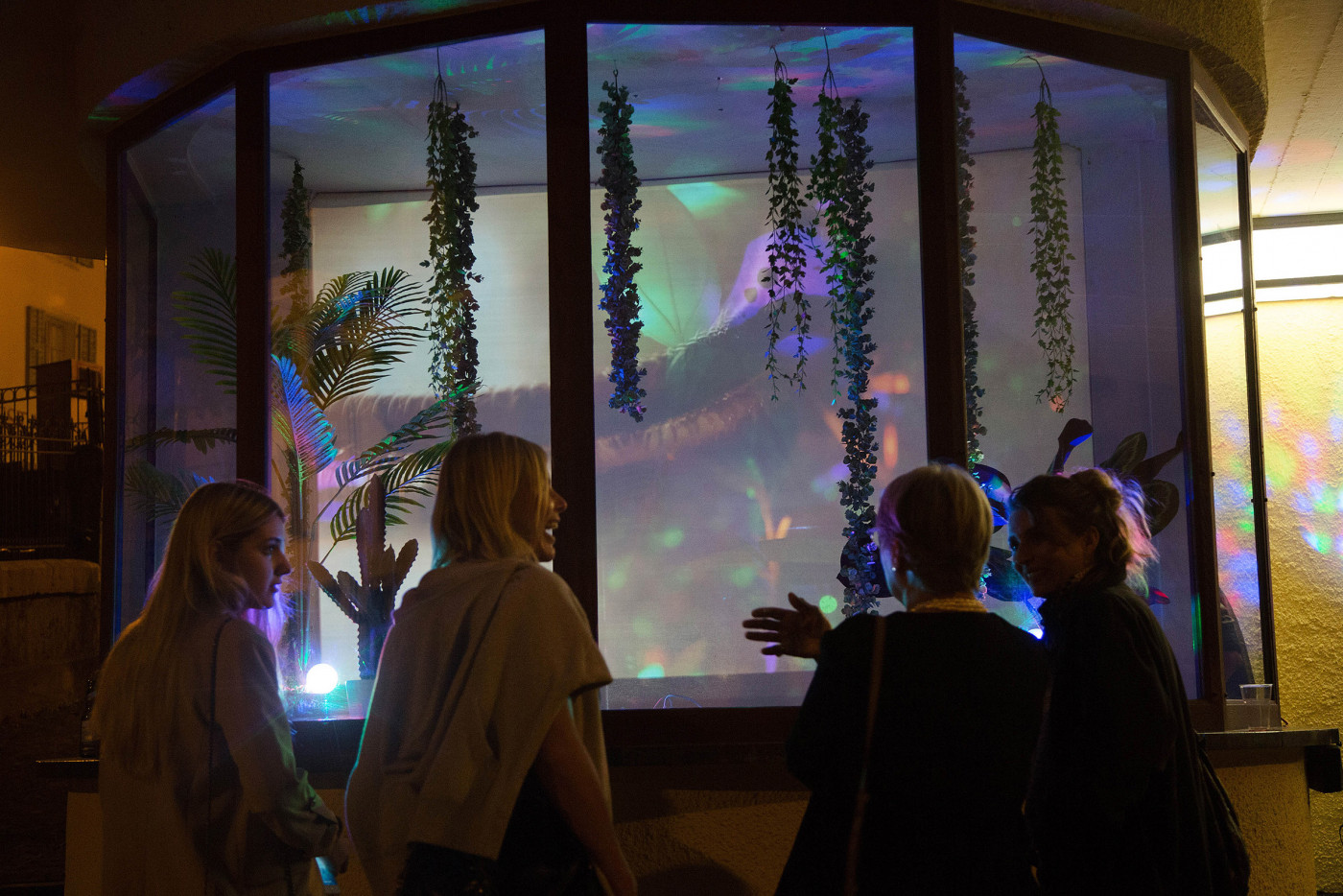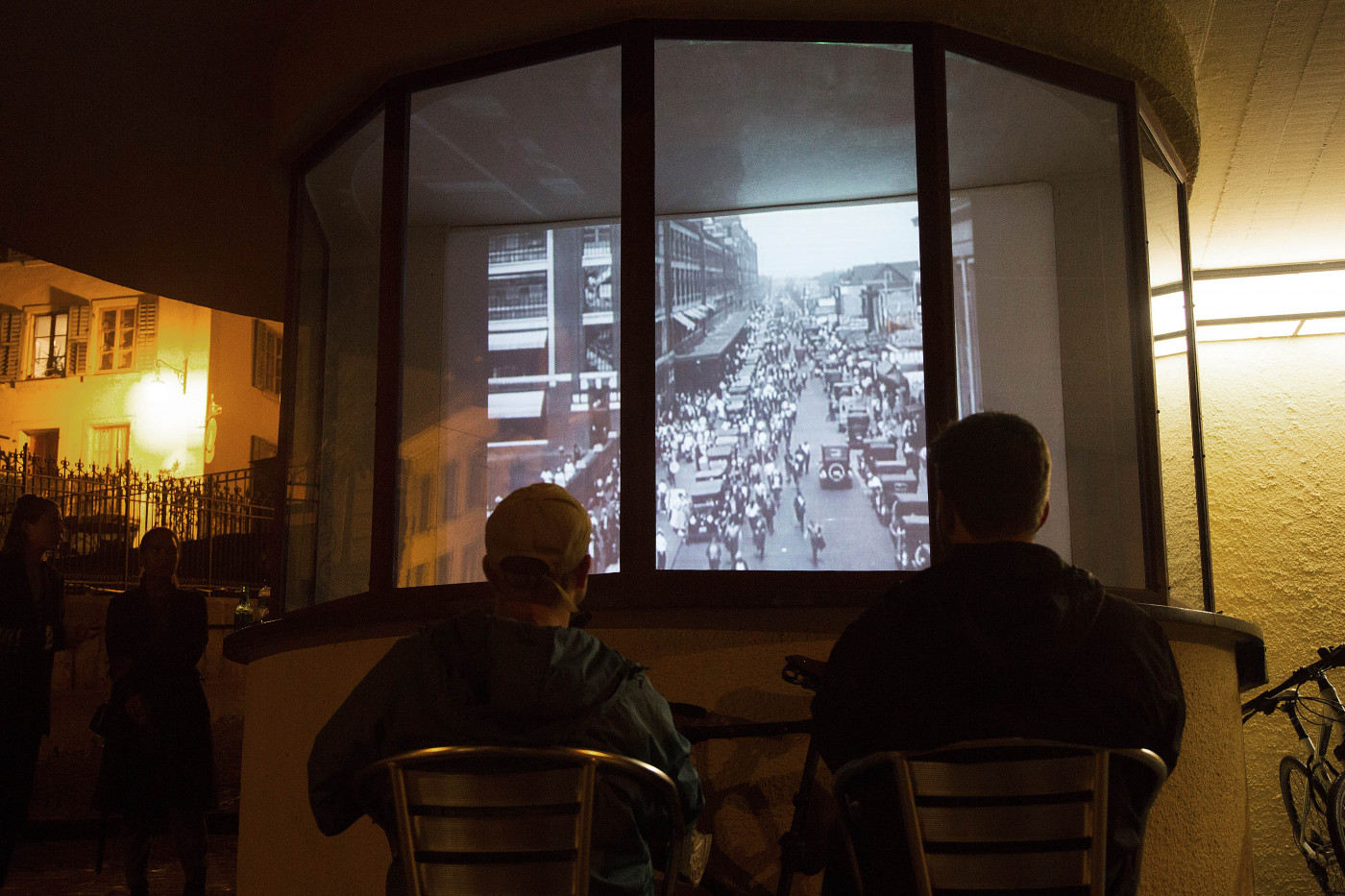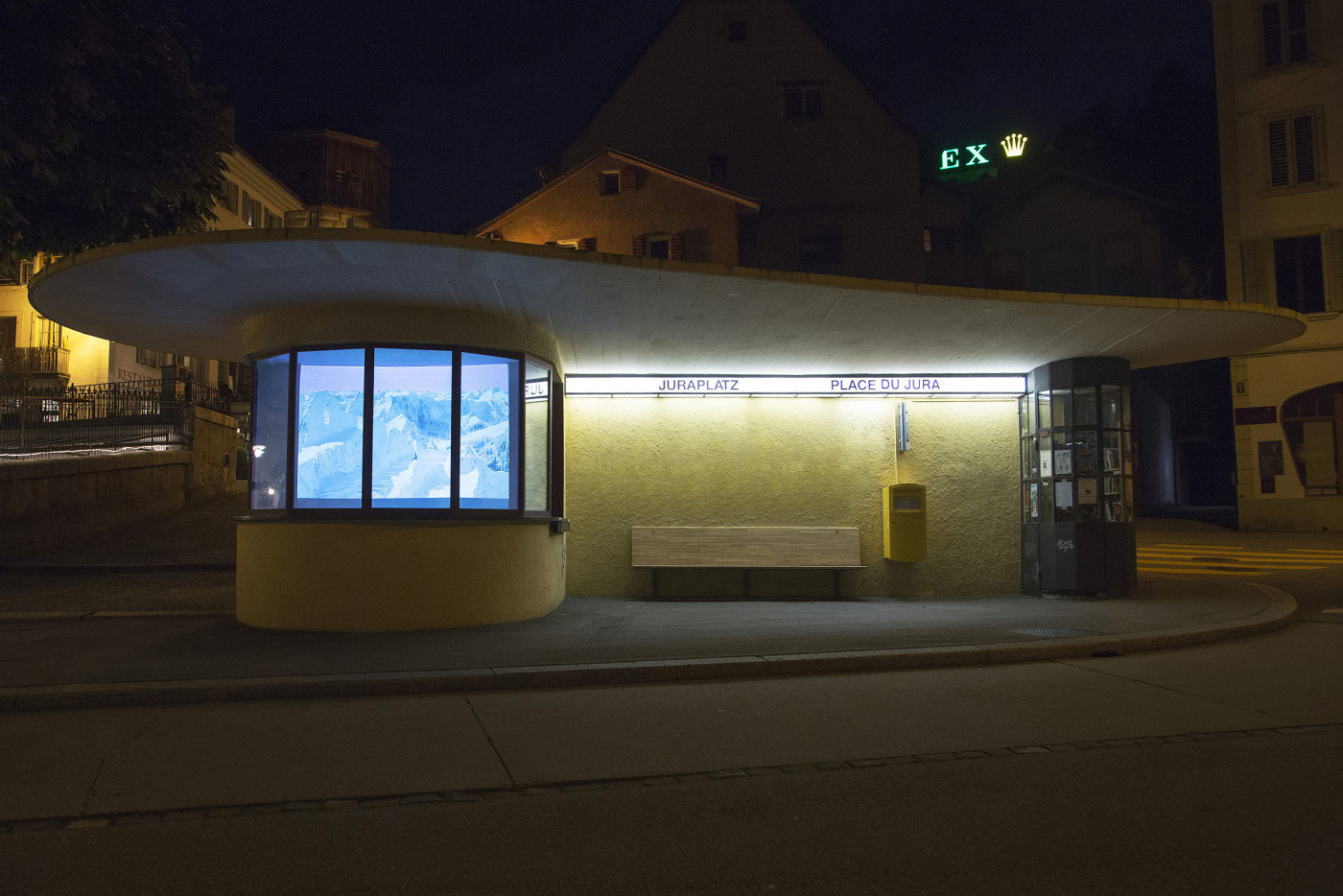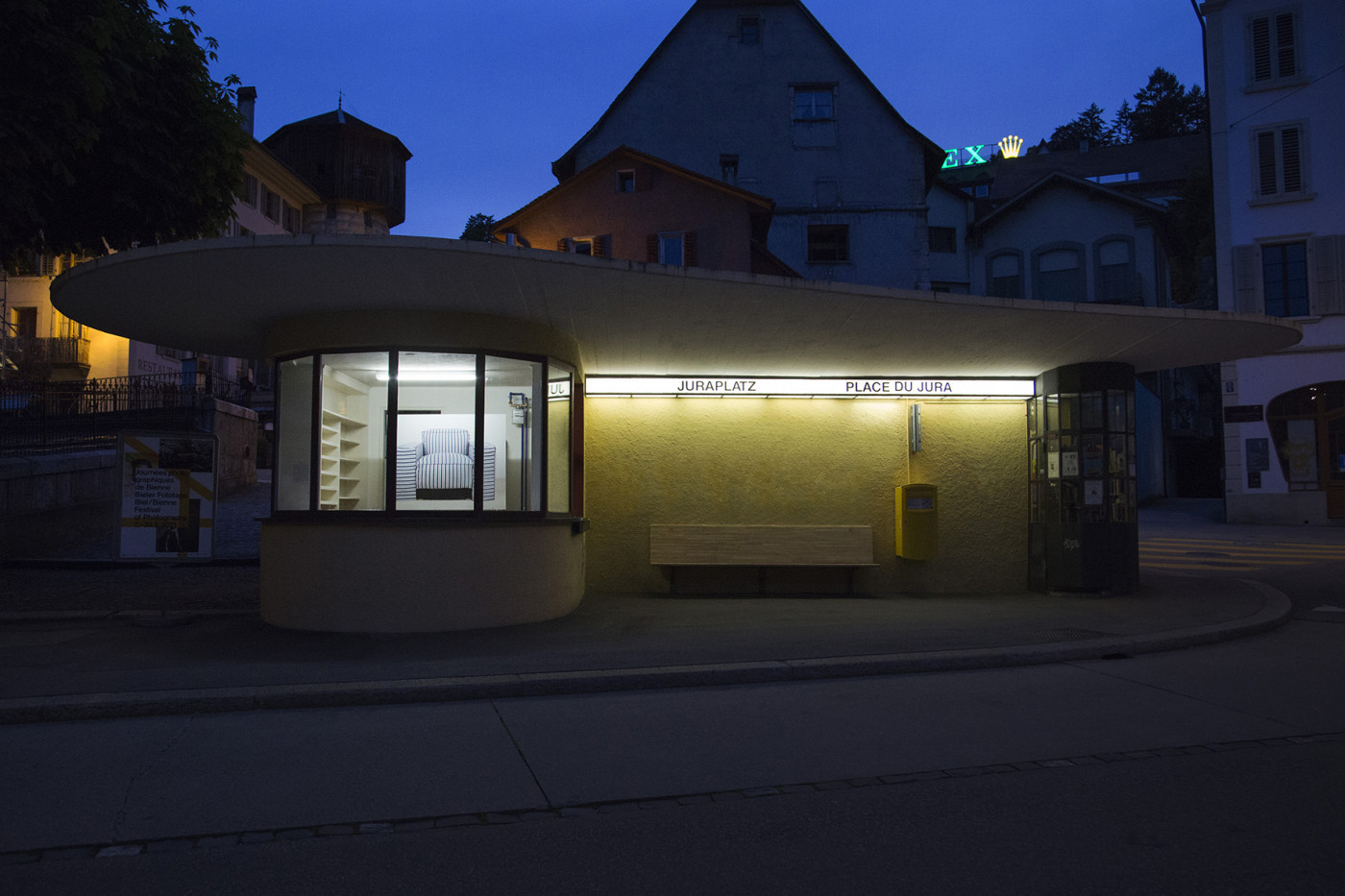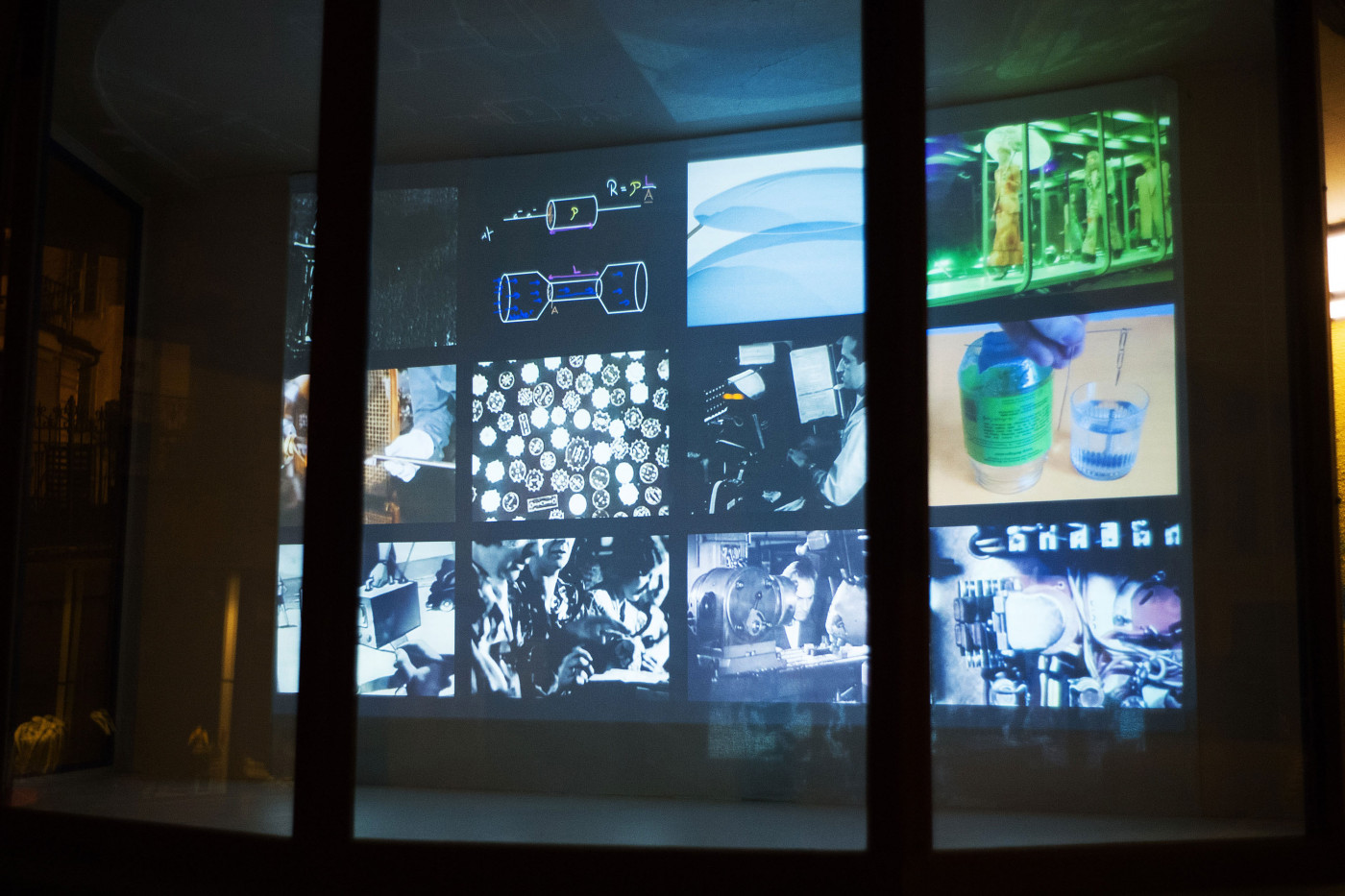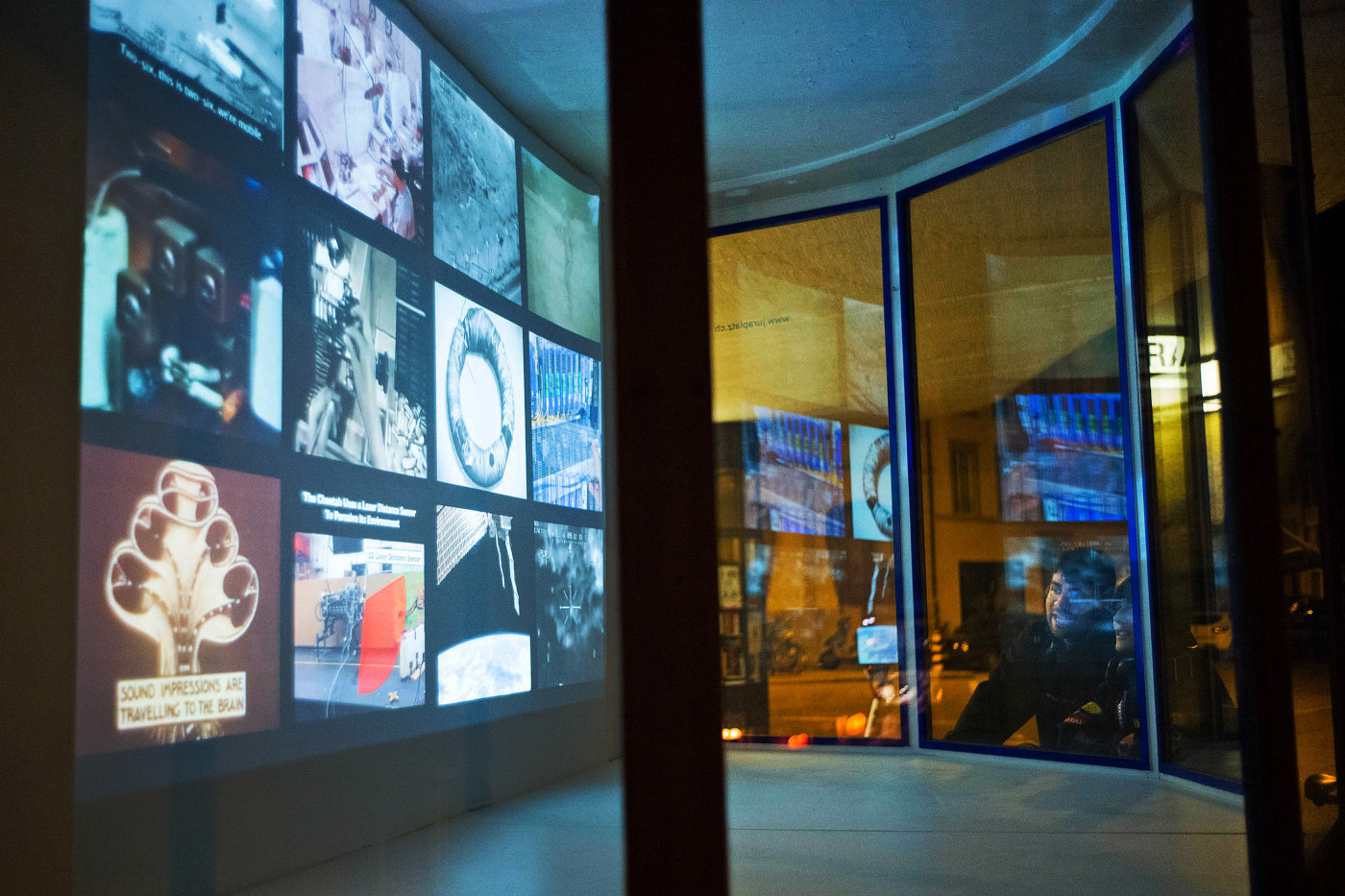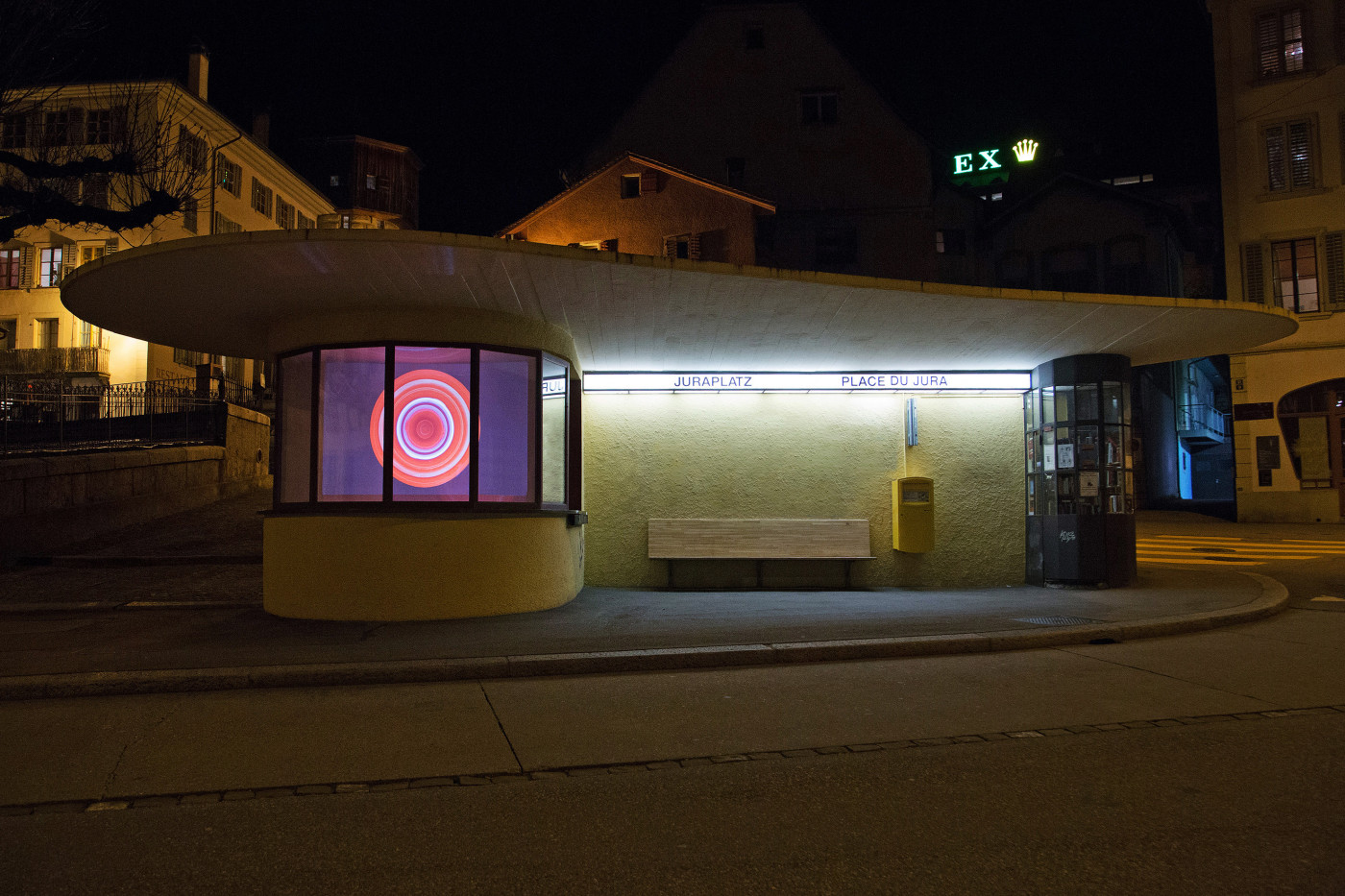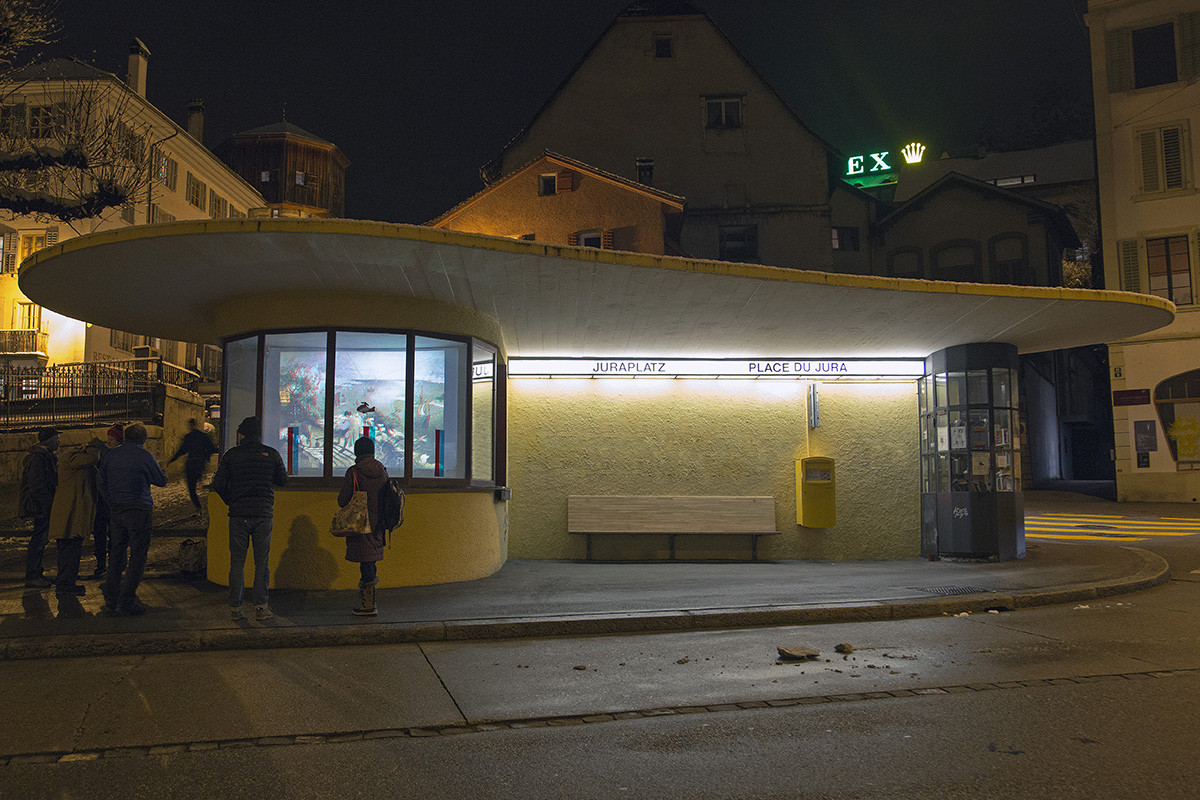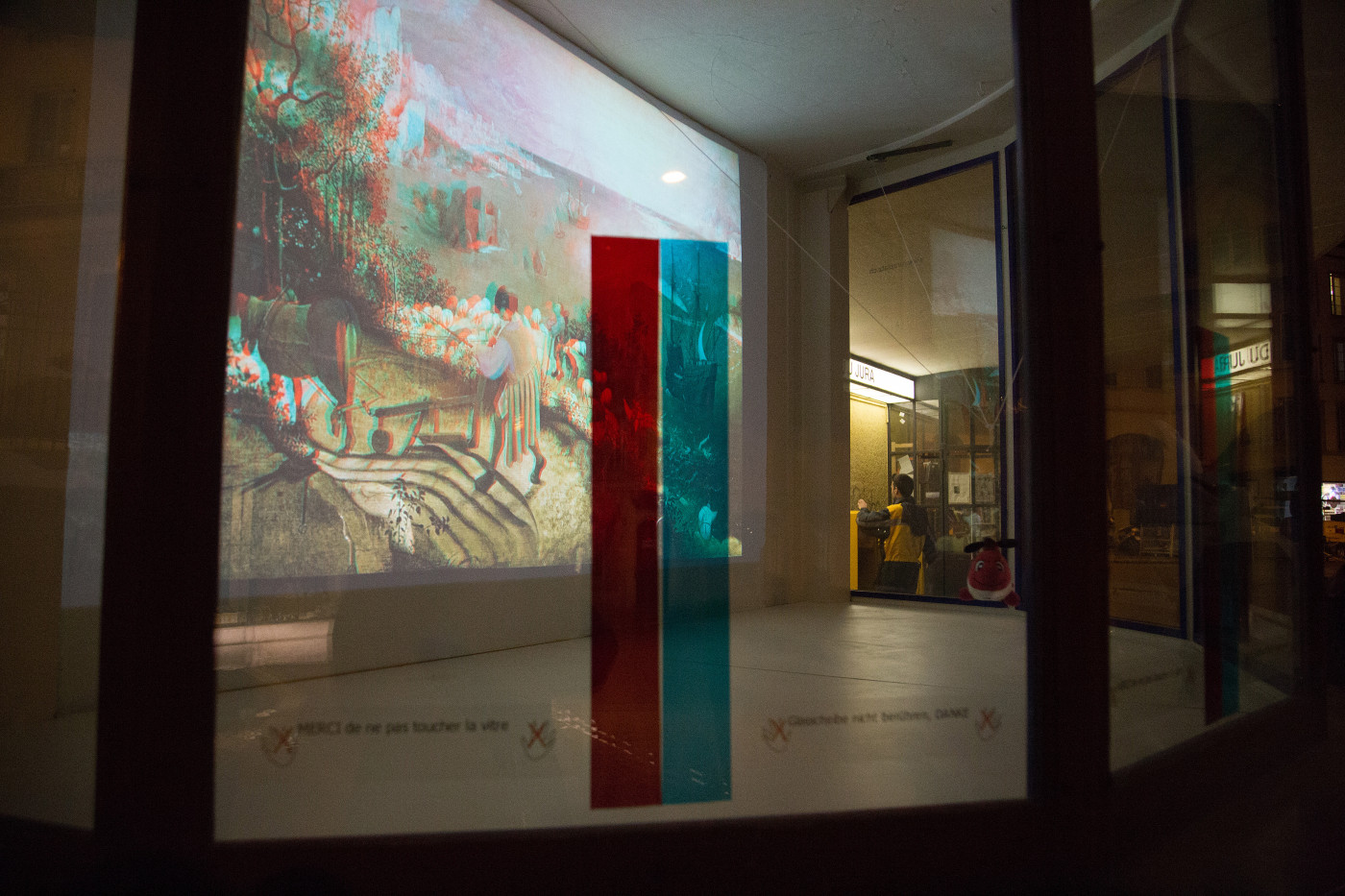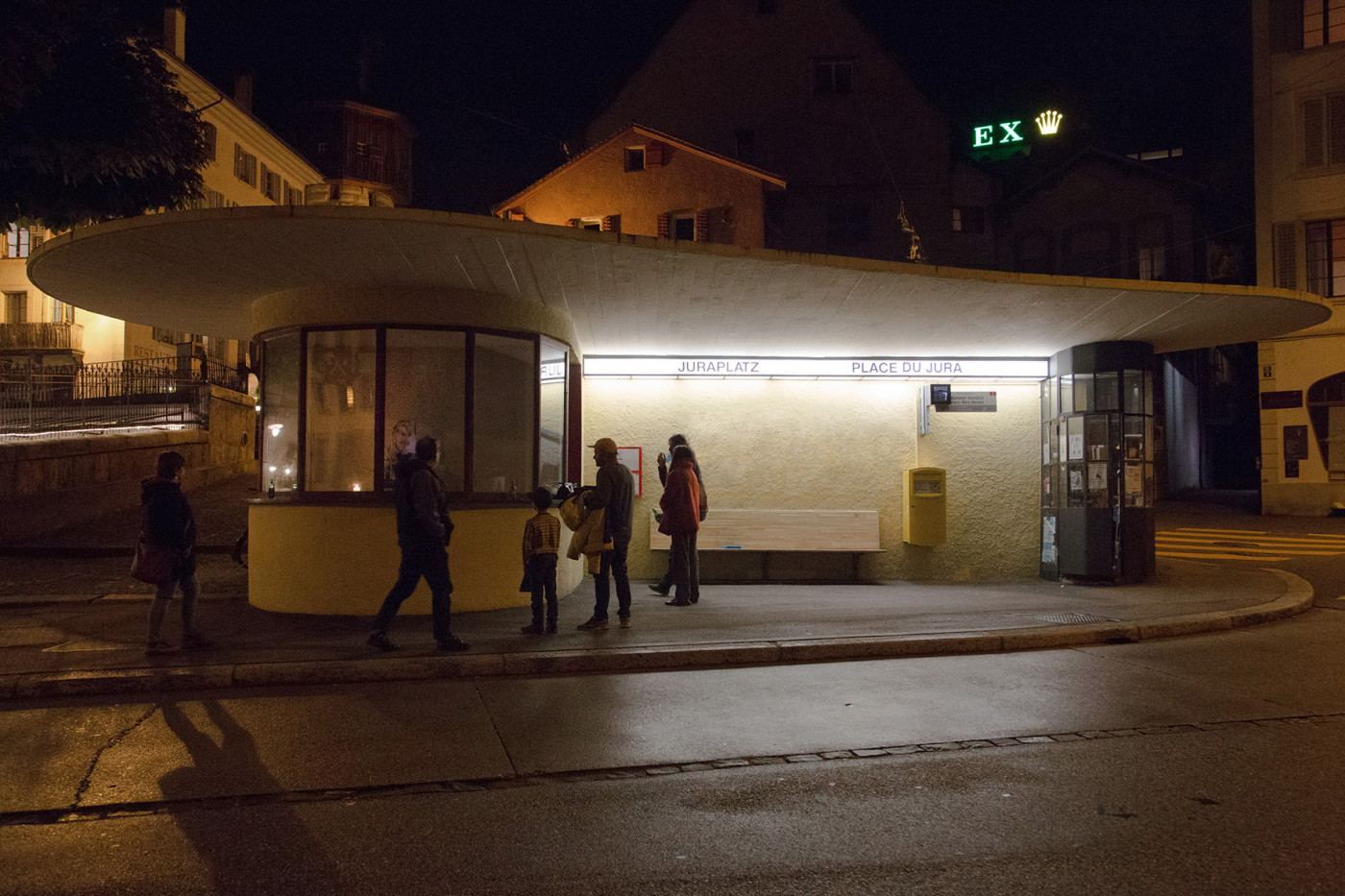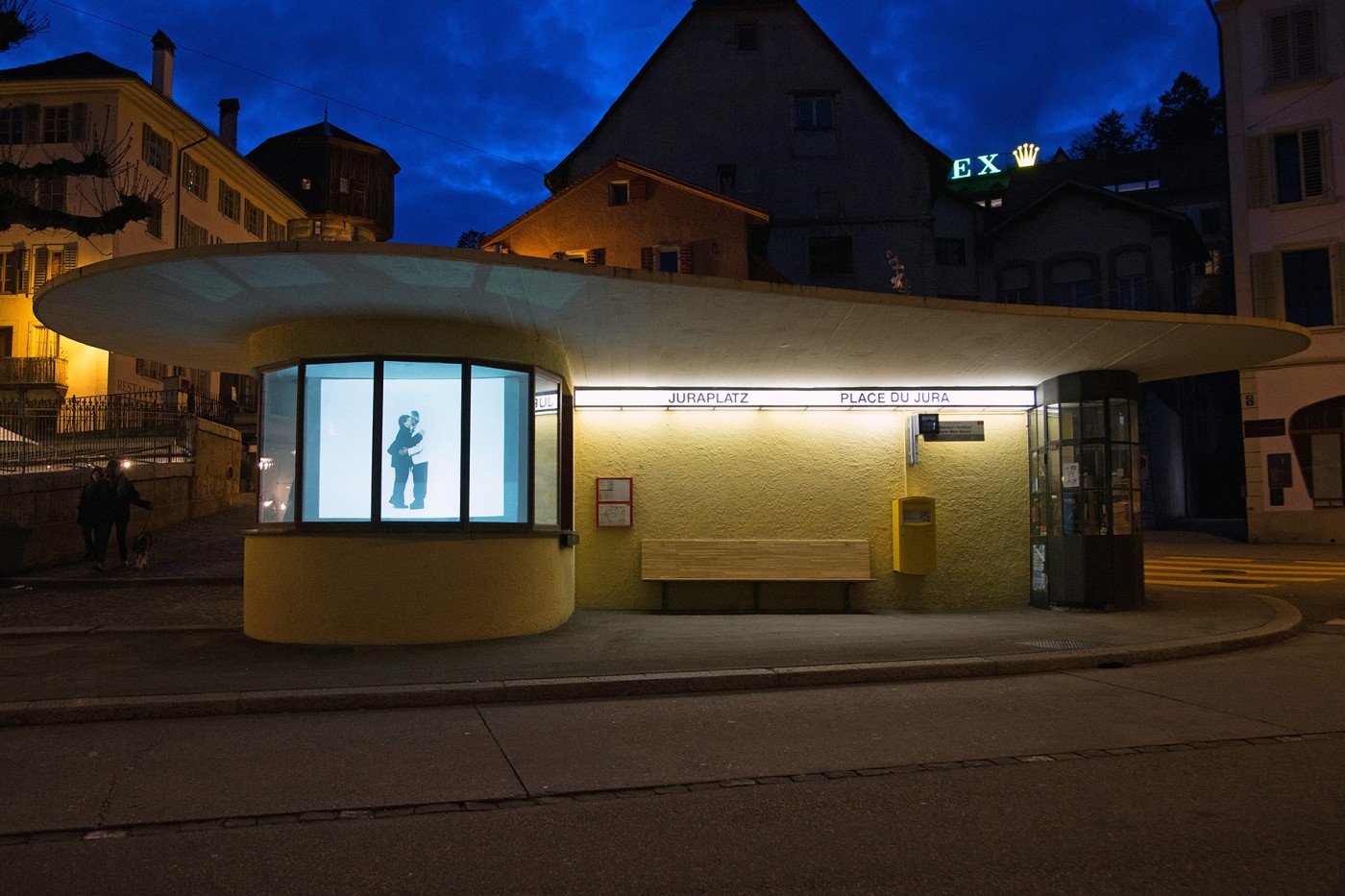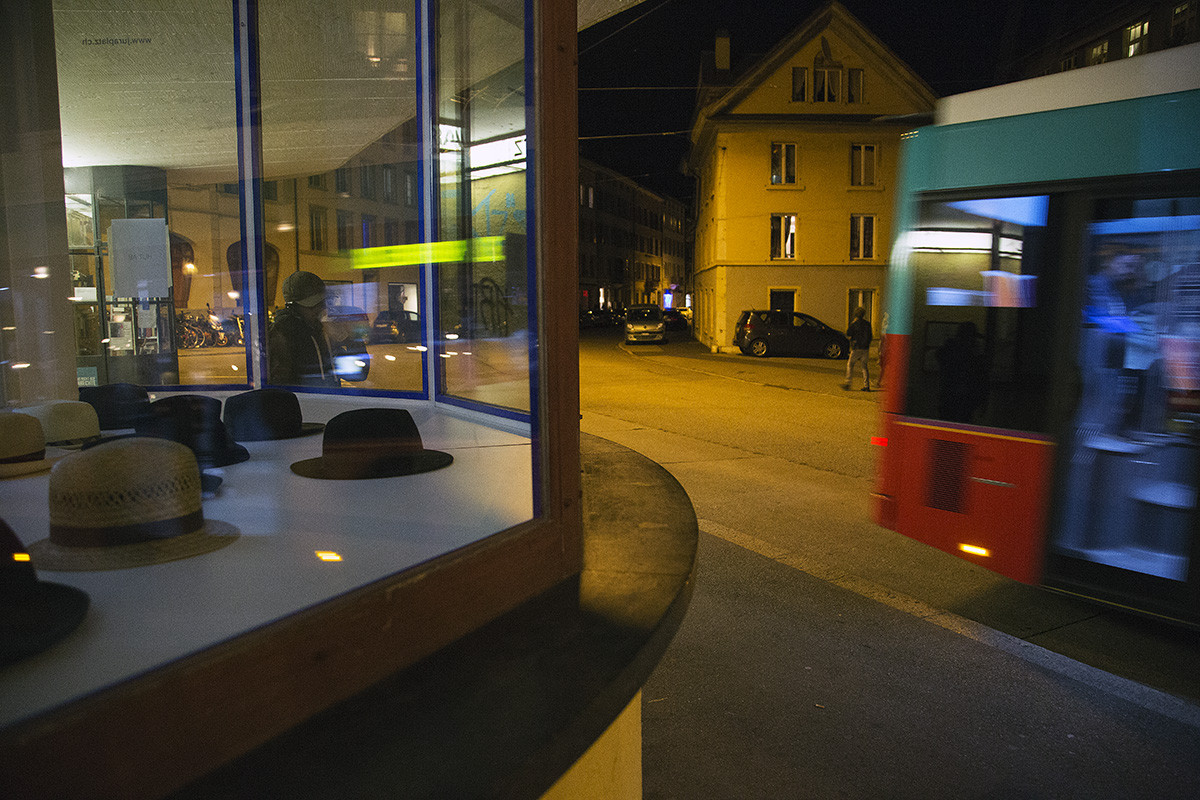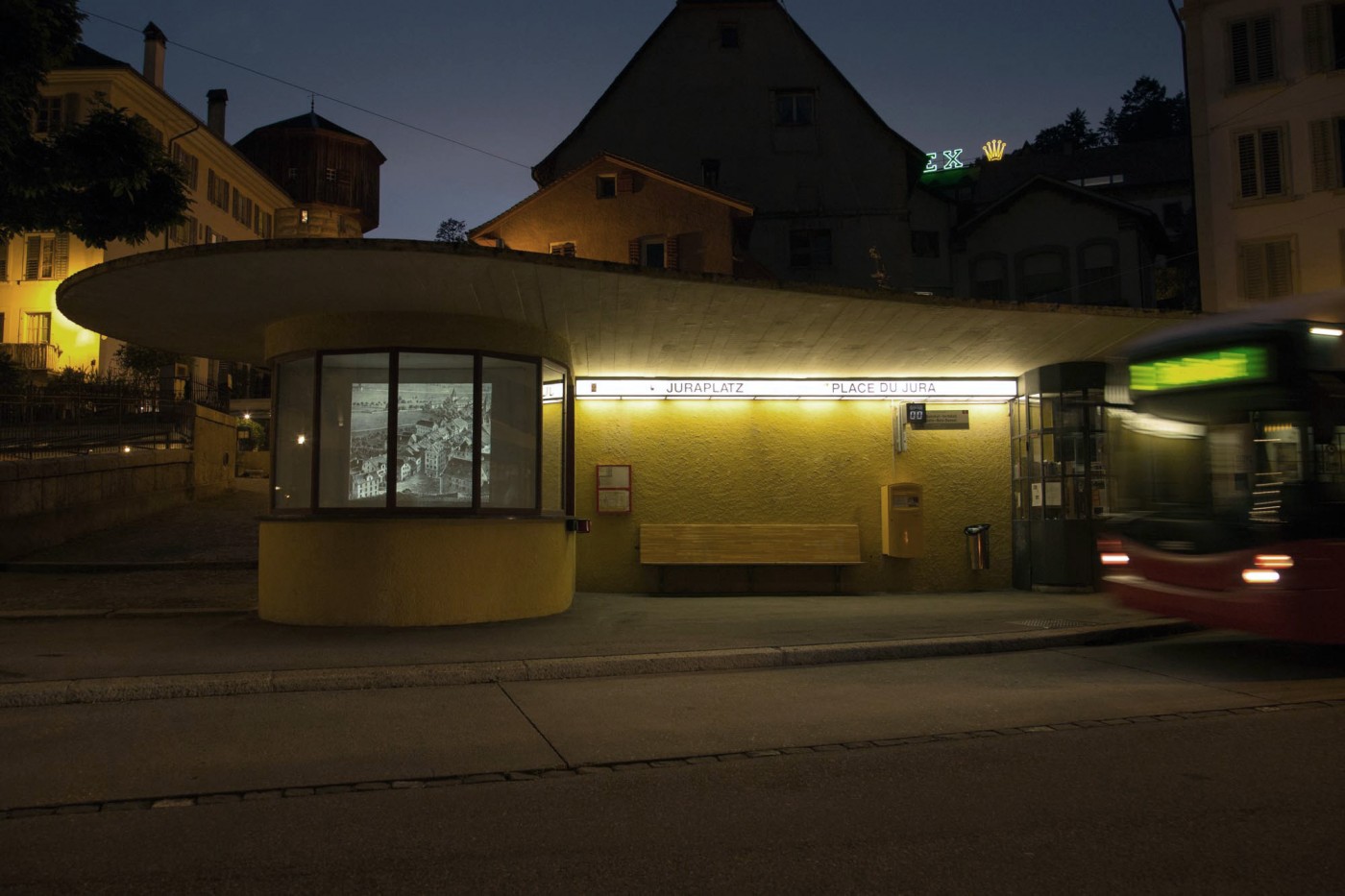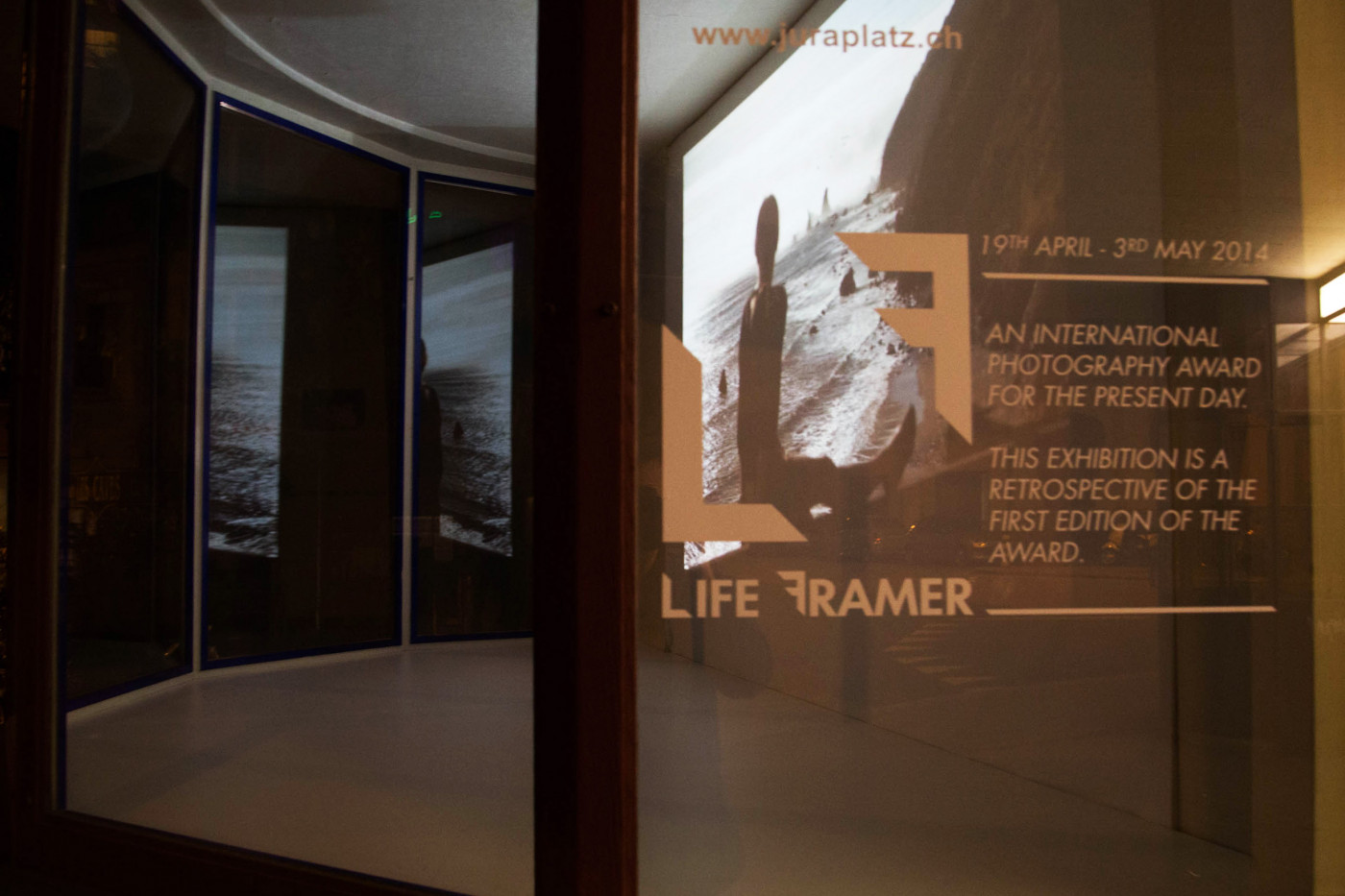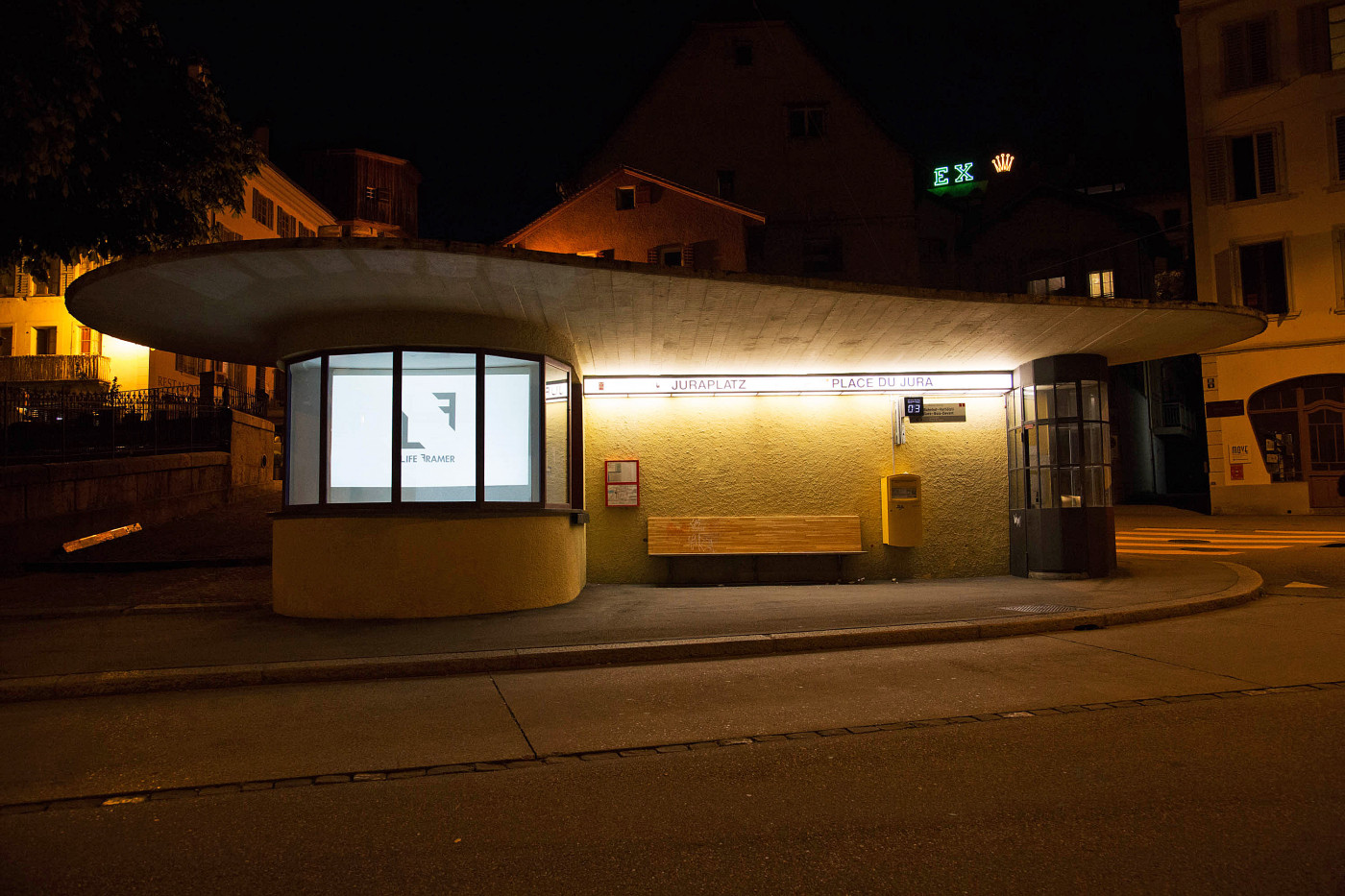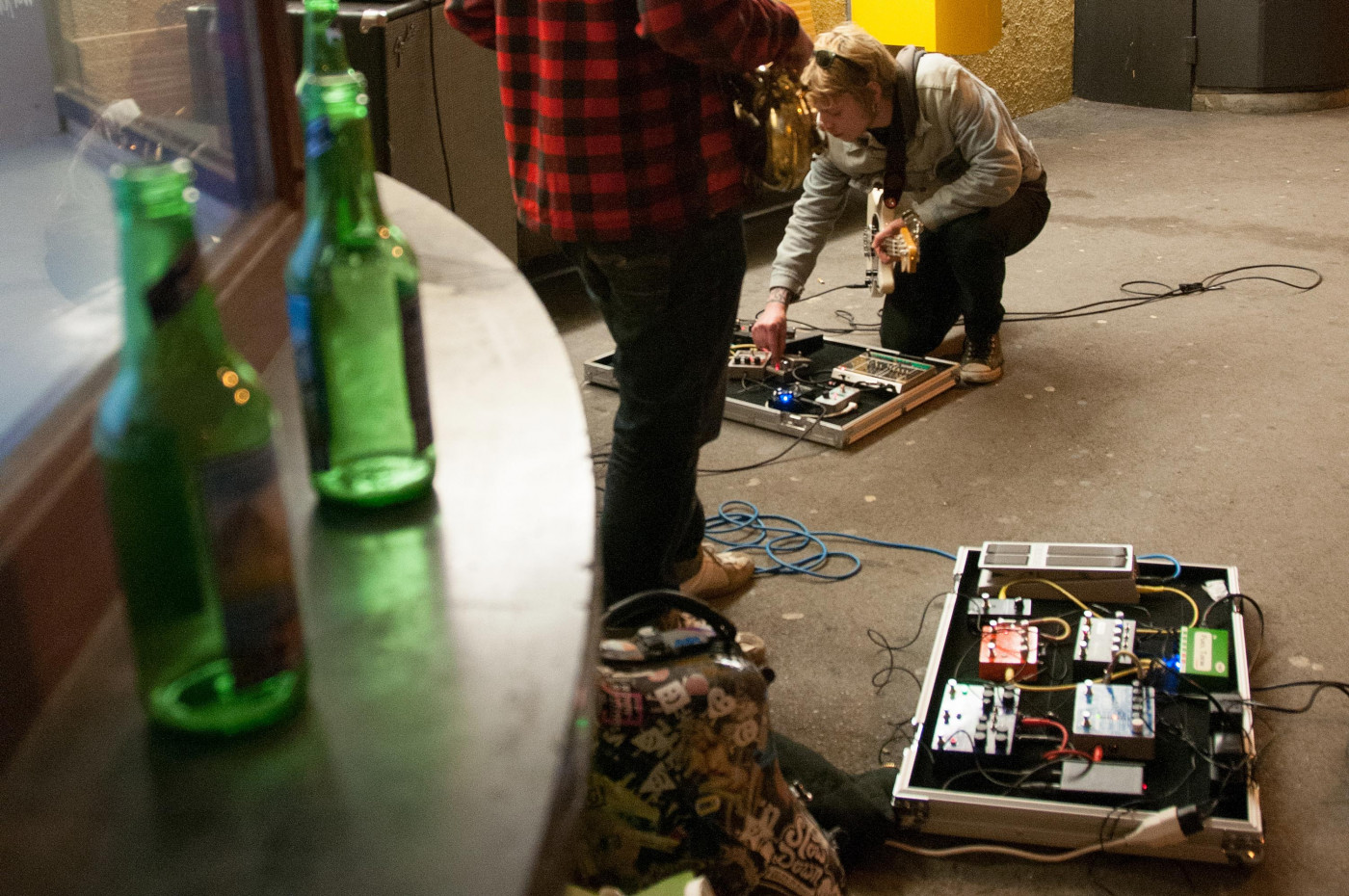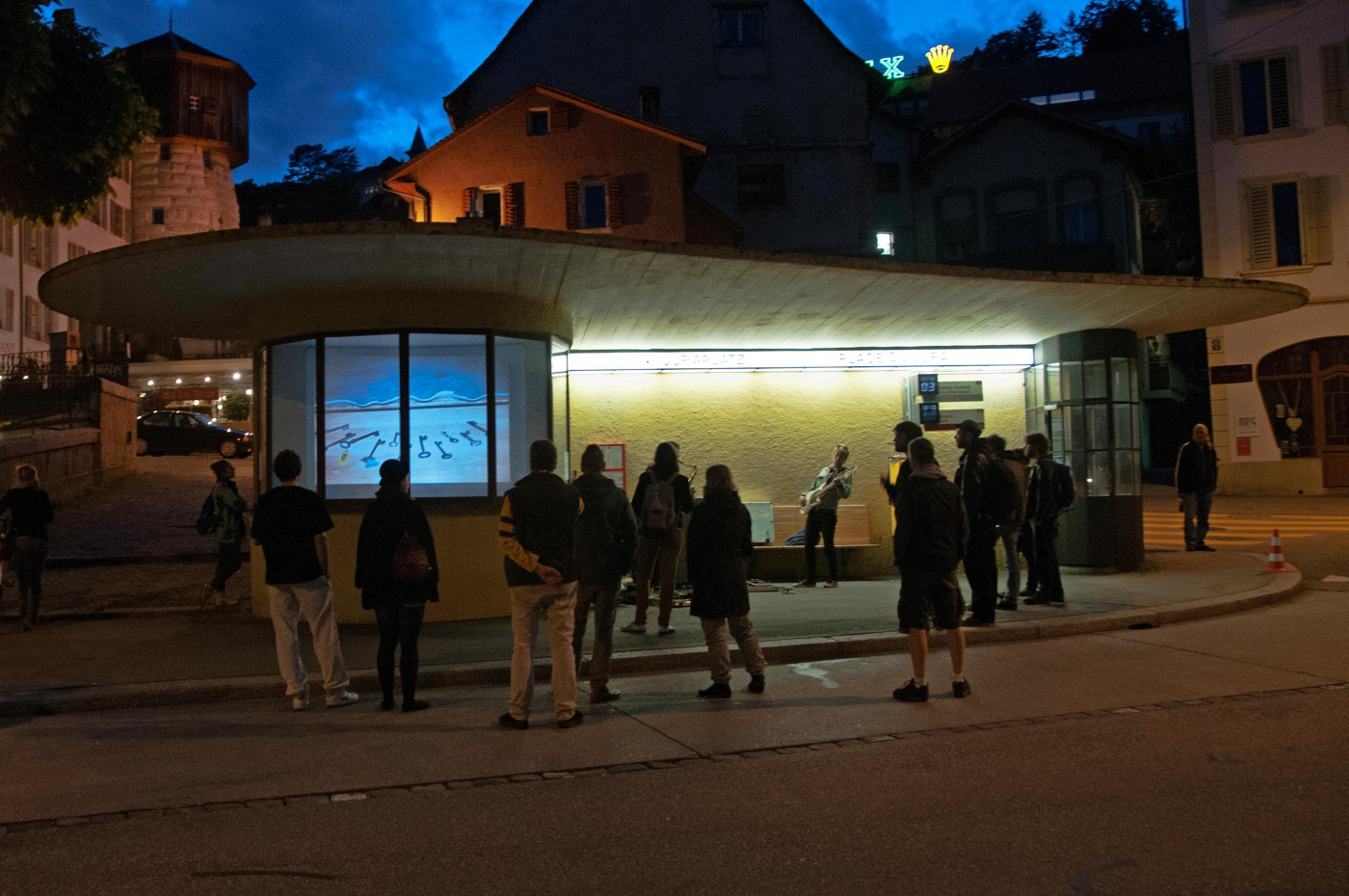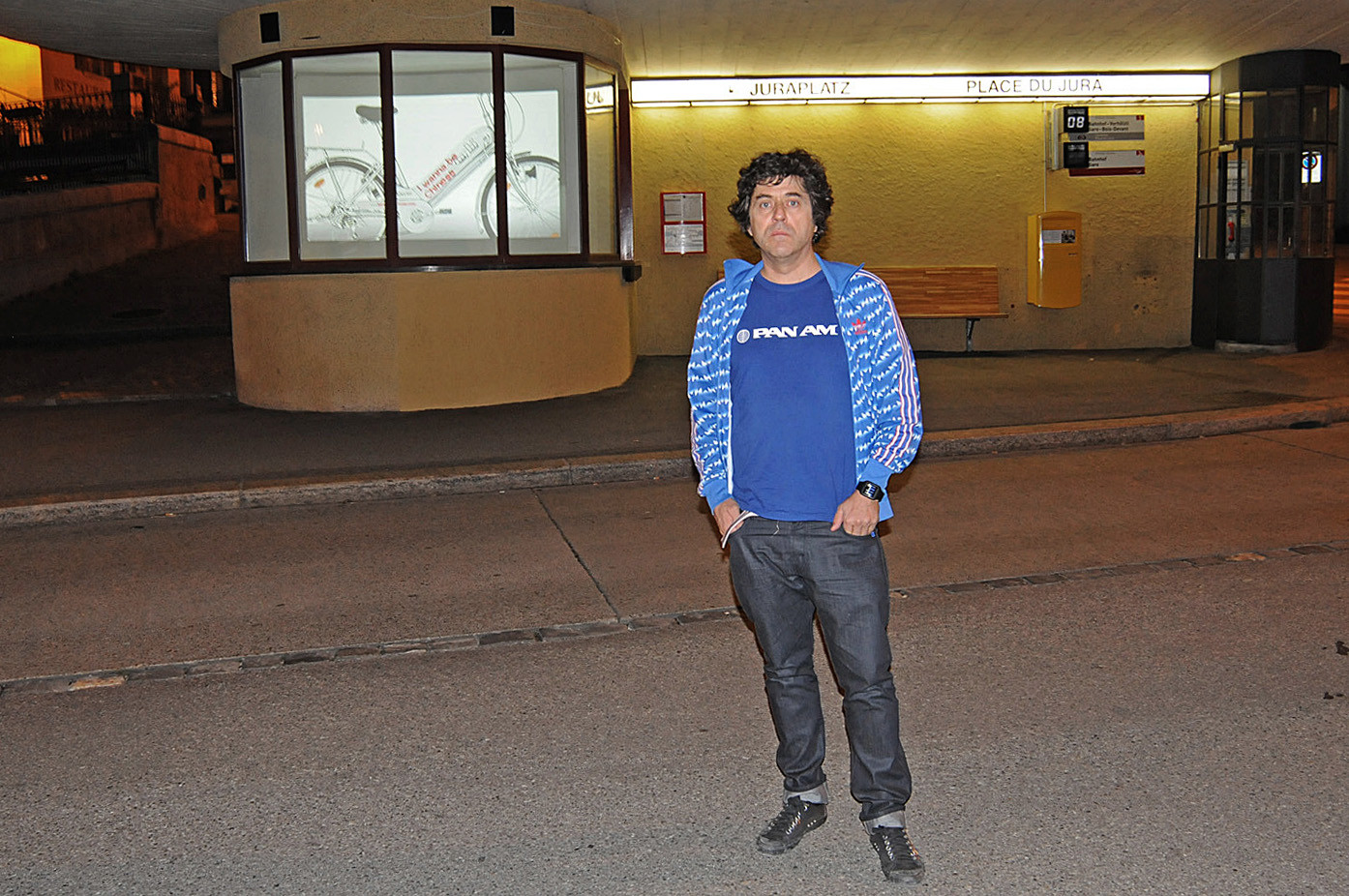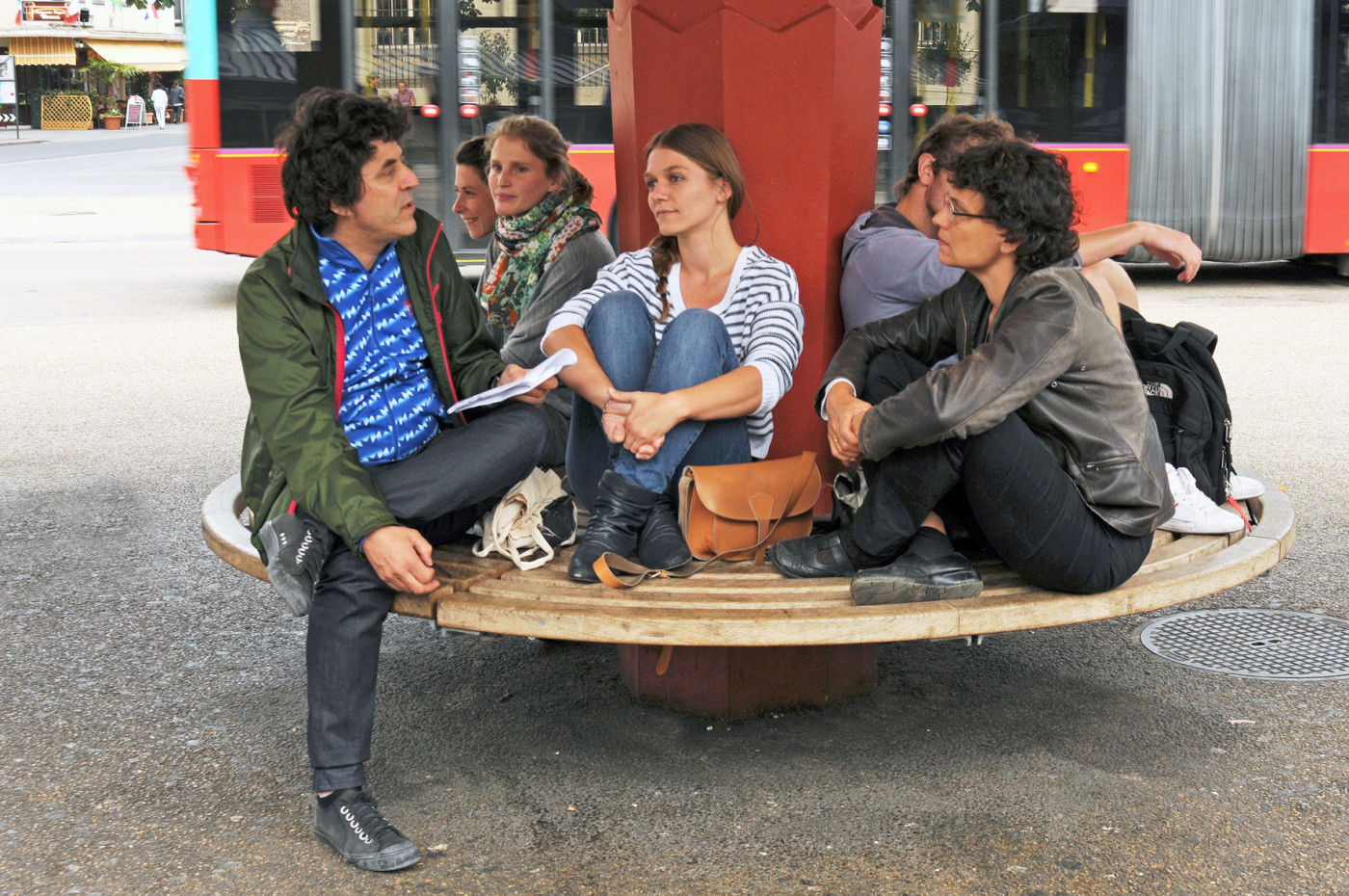This extractivist exploitation is not new. It has endured since the European colonial expansion of 1492. As the Ecuadorian Alberto Costa expresses so well[1]:
‘Extractivism is a form of accumulation that began to be forged on a massive scale 500 years ago (2). With the conquest and colonisation of America, Africa and Asia began the structuring of the world economy: the capitalist system. Since then, this form of extractivist accumulation was determined by the demands of the metropolitan centres of nascent capitalism. Some regions were specialised in the extraction and production of raw materials, that is to say, in primary goods, whilst others assumed the role of manufacturing producers. The former export Nature, the latter import it…’
Extractivism follows the western-centric concept of ‘nature’ to the letter. The problem with the concept of ‘nature’ is that it continues to be a colonial concept, because the word is inscribed in the civilising project of modernity. For example, in other cosmogonies the word ‘nature’ does not appear, does not exist, because the so called ‘nature’ is not an object but a subject, and forms part of life in all its forms (human and non-human). Therefore, the concept of nature is of itself already euro-centric, western-centric and anthropocentric. It is a highly problematic concept because it implies the division between subject (human) and object (nature), where the subject (human) is that which has life, and all other things are nature because they are considered as inert objects. As a result, these forms of life are inferior to the human, and are inscribed in the means-end logic of western rationality, where nature becomes a means to an end. In summary, in the western-centric world-view, the human is conceived as external to nature, and nature as a means to an end. When one accepts this rationality and applies it to the production of technology during the last five centuries of modernity, you have the rationality for the destruction of life. This is because any technology that is created based on a concept of nature understood in this western-centric manner will have inscribed within itself the rationality for the destruction of life, because no thought has been given to the matter of reproducing life. Thus, it is a problematic concept of the colonialism of power, knowledge and being. However, in ‘non-western’ world-views, that do not share the dualistic view of the world but that contain the concept of diversity within uniqueness, you have a completely different view. ‘Nature’ does not exist, there is ‘cosmos’, and we are all within it. Ecology and its forms of life and existence are not therefore a means towards an end, but an end in itself. Any technology that is created based on this principle carries within itself the rationality for the reproduction of life. It is important to note how a cosmological principal has enormous consequences for the production/reproduction of life (human and non-human), for the cosmos and for the planetary ecology. Modernity is a civilising project and, as say the indigenous peoples of the planet, is a civilisation of death, because it has destroyed more forms of life (human and non-human) that any other civilisation in the history of humanity, to the extent that today we do not know if the human species, or other species, will survive western civilisation. The decolonisation of the western-centric view of the cosmos, towards more holistic views, is fundamental for the future of life on the planet. Extractivism is one of those industries that destroy life.
If we observe what occurs in places of extractivist production, in the peripheral spaces considered planetary non-being zones due to being thought of as inhabited by racially inferior subjects, the materiality of domination includes looting and violence. Places of copper extraction like Chile, or of gold extraction like South Africa, are spaces where these extractivist companies destroy the ecology of the area, causing illnesses in the zone’s inhabitants. These companies utilise shameless violence against workers who rebel against them. Meanwhile, in the planetary being zones; inhabited by those considered racially superior beings and, therefore, the fortunate of the earth; the finished objects, that produce death in the places of extraction, are enjoyed. The enjoyment of objects such as copper chips for computers or iphones and gold for jewellery and information conductors, is not within the reach of the human subjects who produce them in the non-being mining zones. Whilst life is produced in one place, the other place produces death. The means of enjoying life in one place has, as a condition of possibility, the destruction of life in the other; the fortunate of the earth live at the expense of the condemned of the earth. Death in one place produces life in the other. This system of global injustice is at the centre of the discussion about extractivism. As Acosta says:
‘Extractivism has been a constant in the economic, social and political life of many countries of the global South. In this way, with varying degrees of intensity, these practices cut across all Latin American countries. This dependency on metropolises, through the extraction and exportation of raw materials, has been maintained practically unaltered until the present day ….Therefore, beyond a few differentiations of greater or lesser importance, the modality of extractivist accumulation seems to be the essence of the productive proposal of neoliberal governments as much as of progressive governments.’
I have cited Alberto Acosta extensively because he has brilliantly synthesised the economics-politics of extractivism. As in the face of racism, in the face of extractivism there are no differences between westernised governments of the left or right. Irrespective of the government of the day, the same practices of exploitation, destruction and violence produced by the multinational extractivists are repeated. In the face of their victims, these governments behave with equal measures of violence. The concept of development forms part of the western-centric logic of left or right, and in the face of this end all measures are justified, including the destruction of and violence against all forms of life (human and non-human) that extractivism produces.
[1] All citations of Alberto Acosta in this text come from the following online article:
Alberto Acosta 2012 ‘Extractivismo y neoextractivismo: dos caras de la misma maldición’ [‘Extractivism and neoextractivism:
two side of the same malediction’] ECO 25/07/2012
https://www.ecoportal.net/temas-especiales/mineria/extractivismo_y_neoextractivismo_dos_caras_de_la_misma_maldicion/
Ingrid Wildi Merino
Ingrid Wildi Merino was born in Santiago de Chile on September, 19th in 1963. In the 80’s she migrated with her family to Switzerland in the midst of the civil-military dictatorship. Since 2016 she lives and works in Santiago de Chile and is artist, author, video-essayist, curator and teacher at different Universities. Her artistic practice is focused on research and involves her fieldwork on the results of colonization and globalization. In her video essays and installations, the artist links interviews and cinematographic sequences of landscapes showing different sociocultural issues, which has led her to develop the notion of Transparencias, concept that philosophically addresses within her pieces of writing and symbolically within her work as visual artist. The Ingrid Wildi Merino’s intercultural and interdisciplinary proposal covers different types of work that maintain a dialogue among different means: video essays, interviews, texts, performances, photography and diagrams which converge in special installations. Her work also adopts the shape of journals, conferences, curatorship research projects and collaboration with collectives and the decolonial network of Santiago de Chile.
Her writing and video-essay work is focused on the research of contemporary migration and globalization issues, from which projects like Portrait Oblicuo (2005), Los invisibles (2007), Dislocación (2010 –2011), Arica y Norte de Chile; No lugar y lugar de todos (2009- 2010), Arquitectura de las Transferencias, Arte, Política y Tecnología (2014- 2017), among others, emerge. In them it is proposed a glance at decolonization not only of peoples but also of knowledge, attitudes and practices willing to decolonize knowledge through a transcultural, transdisciplinary and transgenerational approach for societies.
The work of Ingrid Wildi Merino has been shown in collective international expositions such as Pabellón Suizo at 51ª Bienal Internacional de Venice, Italy (2005); 7ª Bienal de Mercosur – Rio Grande do Sul, Porto Alegre, Brazil (2009); P.S.1 Contemporary Arts Center, MoMA, New York, United States (2006); Fundación Telefónica, Buenos Aires, Argentina (2006); at Centre Pompidou, Paris, France (2007); Kunsthaus Zürich, Switzerland (2008); SESC Pinheiros, São Paulo, Brazil (2009); Württembergischer Kunstverein Stuttgart, Germany (2012-2013); Centro de Arte Contemporáneo Wilfredo Lam, La Habana, Cuba (2012); Centre for Contemporary Art Ujazdowski Castle, Warsaw, Poland (2014); Centro de Arte Contemporáneo, FRAC Lorraine in Metz, France; Museo de Arte Contemporáneo de Vigo, Spain (2015); Sogn og Fjordane Art Museum, SFKM, Norway (2015); Pecci, Prato, Italy (2016); Centro de Arte Contemporáneo, Cerrillos, Santiago de Chile (2016); among others.
Furthermore, her solo exhibitions highlight “Un Kilómetro de conocimientos invisibles”, Centro Cultural Matucana 100, Santiago, Chile (2019); “Los Invisibles”, Museo de la Memoria y los Derechos Humanos, Santiago, Chile (2019); “Arquitectura de las Transferencias”, D21 Proyectos de Arte, Santiago, Chile (2017); “Historias Breves”, Museo de Arte Contemporáneo y Galería Gabriela Mistral, Santiago, Chile (2007); “Quelquepart” Museo de Bellas Artes, Glarus, Switzerland (2006); “De Palabra en Palabra”, Aargauer Kunsthaus, Argovia, Switzerland and Centre d´Art Contemporain, Geneva, Switzerland (2004); among others.
In 2009 Ingrid Wildi Merino received the Meret Oppenheim Award. In 2011 she obtained the Swiss Exhibition Award, for her curatorship in “Dislocación” as the best 2011’s exposition in Switzerland, besides receiving other awards.
Her pieces of writings have been published in numerous books, among them Dislocación, Localización Cultural e Identidad en Tiempos de Globalización (2011) [catalogue], Berna, Switzerland, edited by Hatje Cantz; Interviews, oral History in Contemporary Art (2016), Ecav, école cantonale d’art du valais, Switzerland, and Arquitectura de las Transferencias, Arte, política y tecnología (2017), ABADA, Spain.
Ingrid Wildi Merino graduated in visual arts at Höherer Schle für Gestahltung, Studien Bereich Bildende Kunst Zúrich, Switzerland. She did postgraduate studies at Haute école d´art et design in Geneva, Switzerland and the Master of Arts in Fines Arts Zurich University of the Arts, ZHDK, Zurich, Switzerland. Since 2005 until 2016 she worked as a professor and senior researcher at Haute école d´art et design in Geneva, Switzerland. From 2016 she is professor at Campus Creativo, Universidad Andrés Bello, Santiago de Chile; at Universidad de Artes, Ciencias y Comunicación (UNIACC), Santiago, Chile; and at Universidad de Chile.
http://www.ingridwildimerino.net


